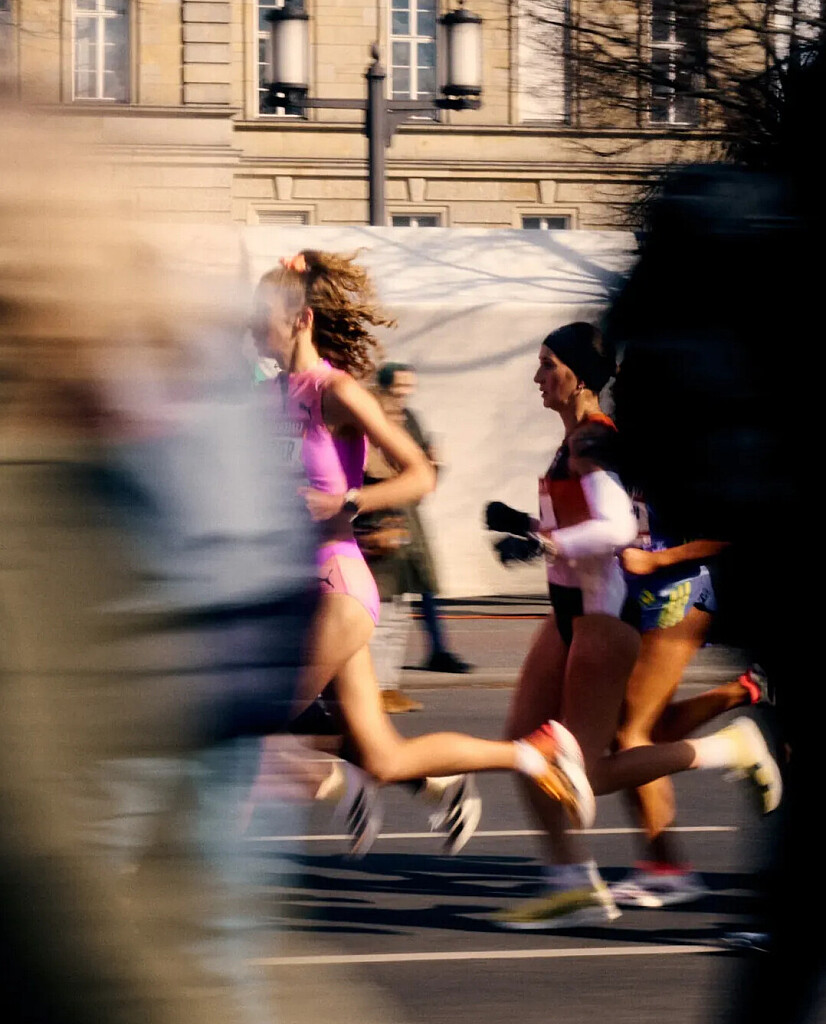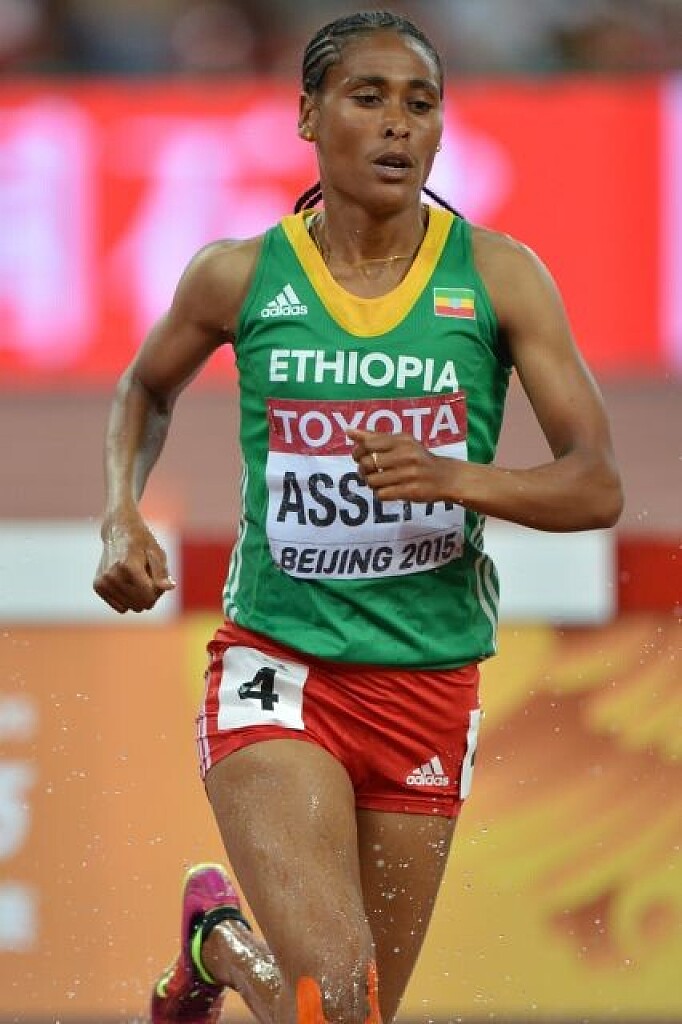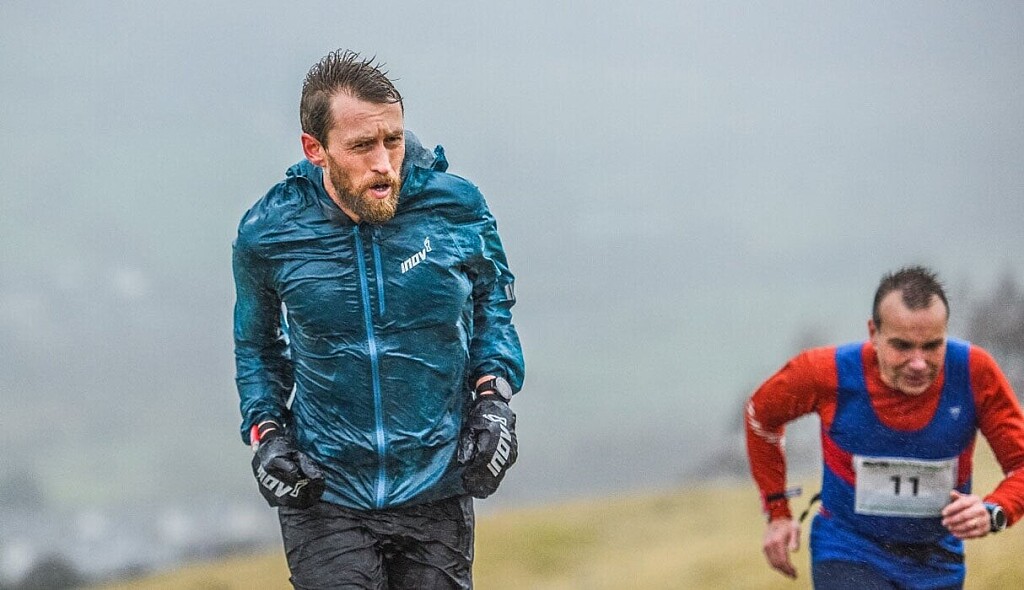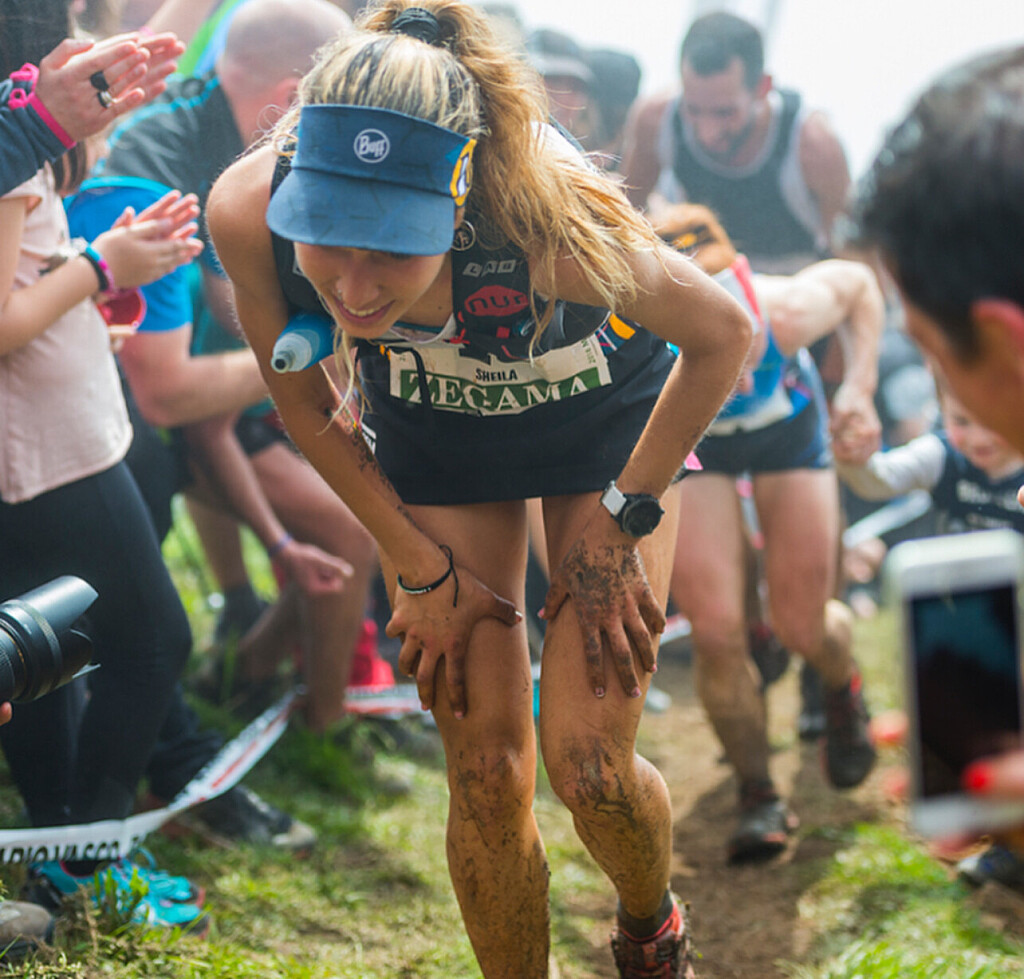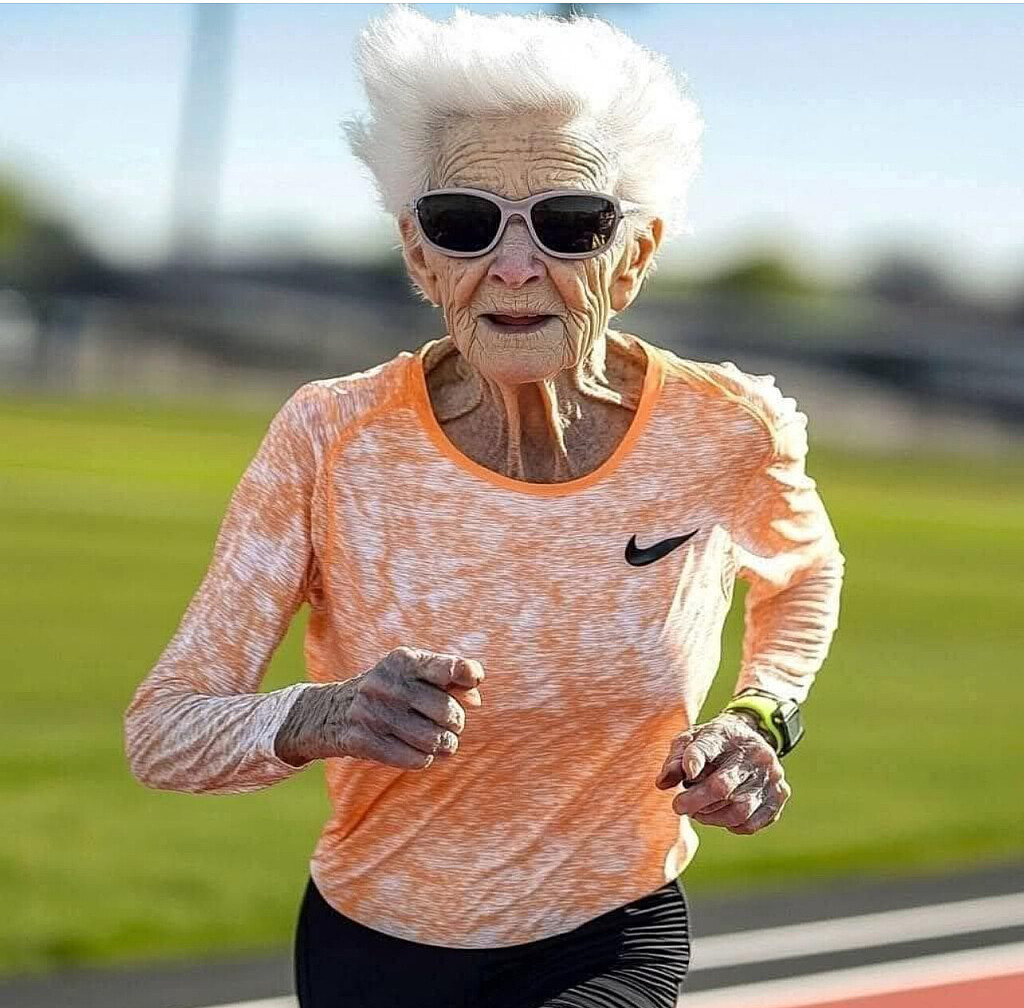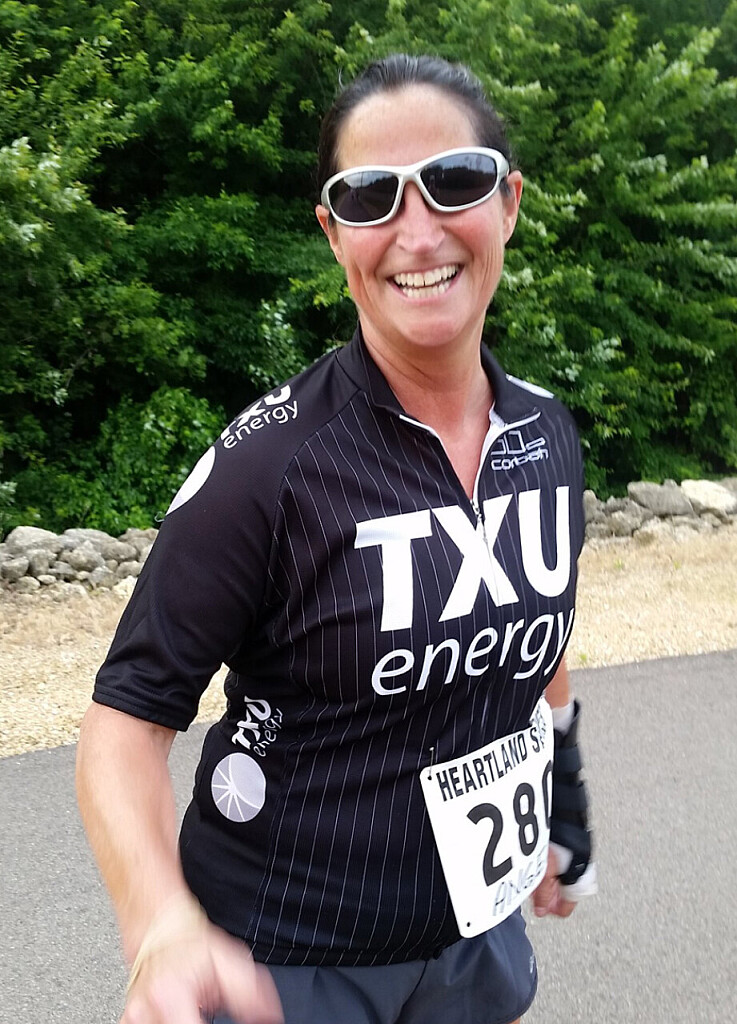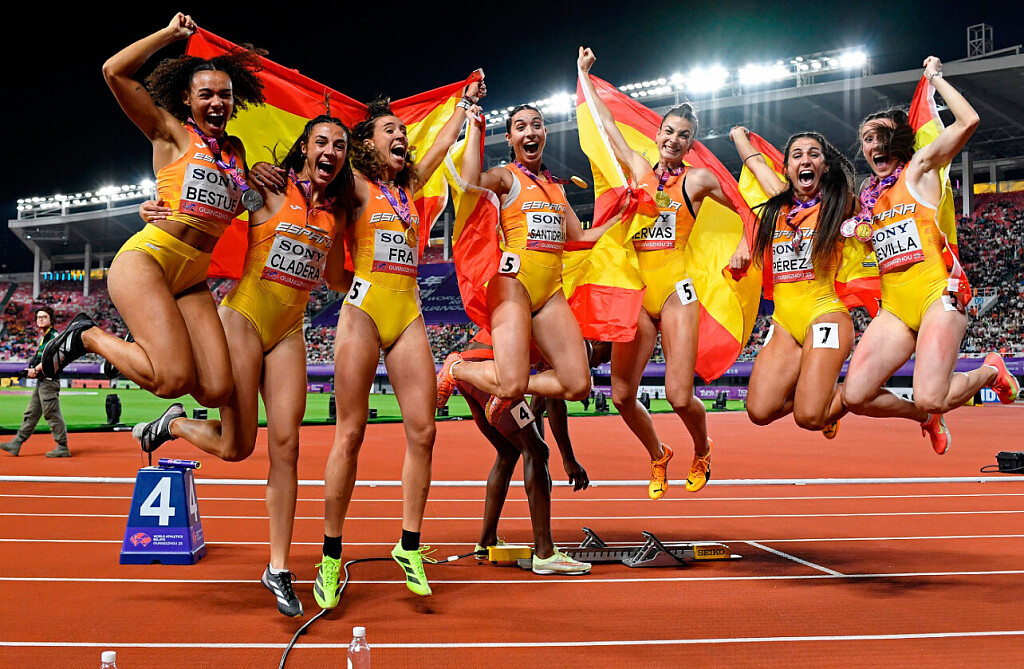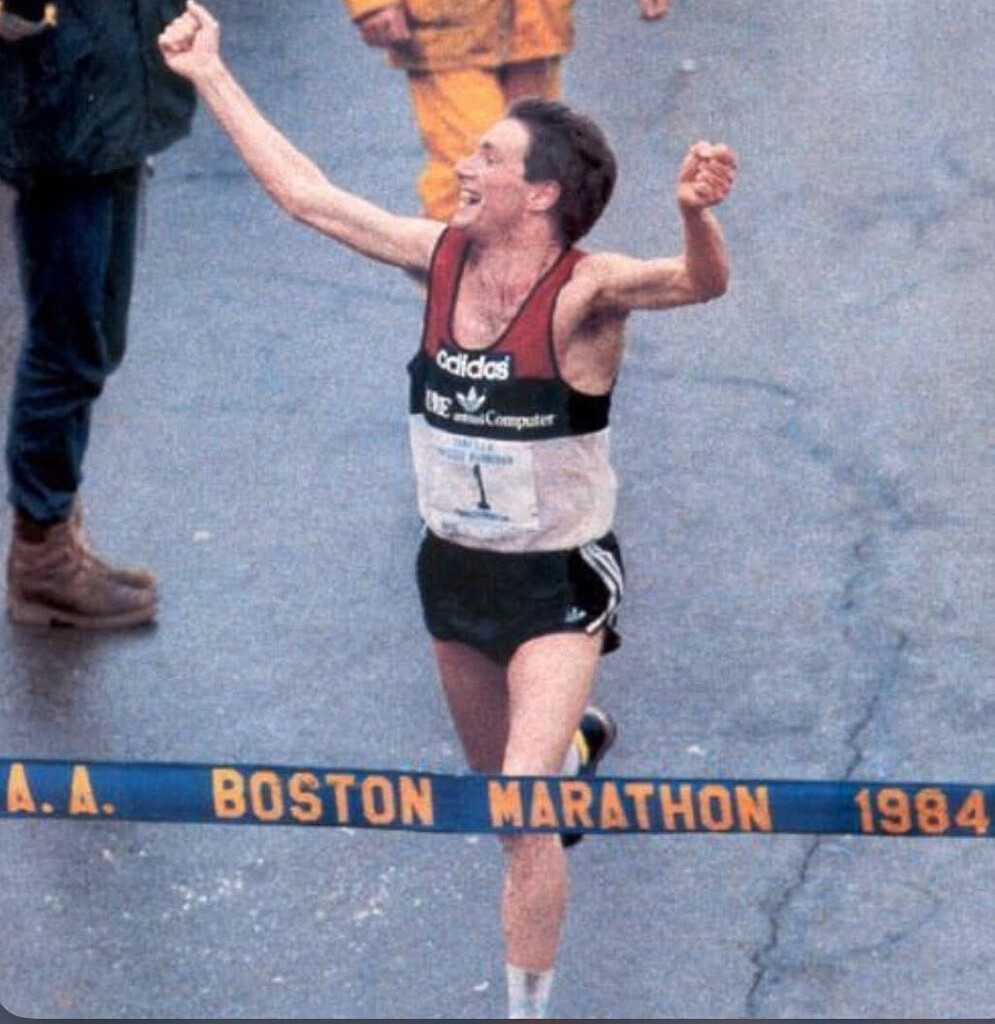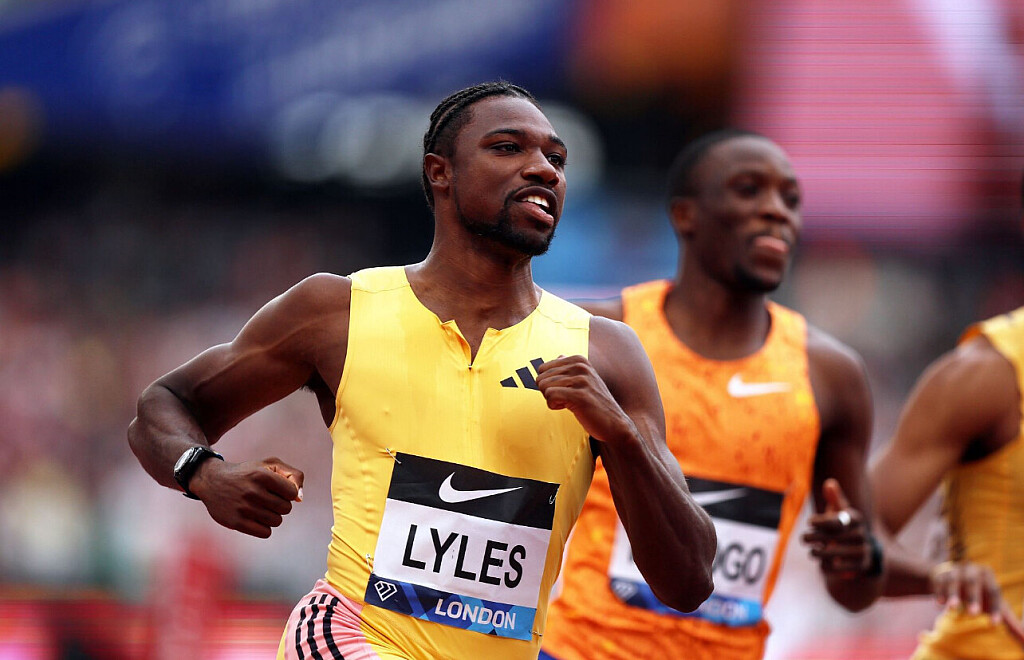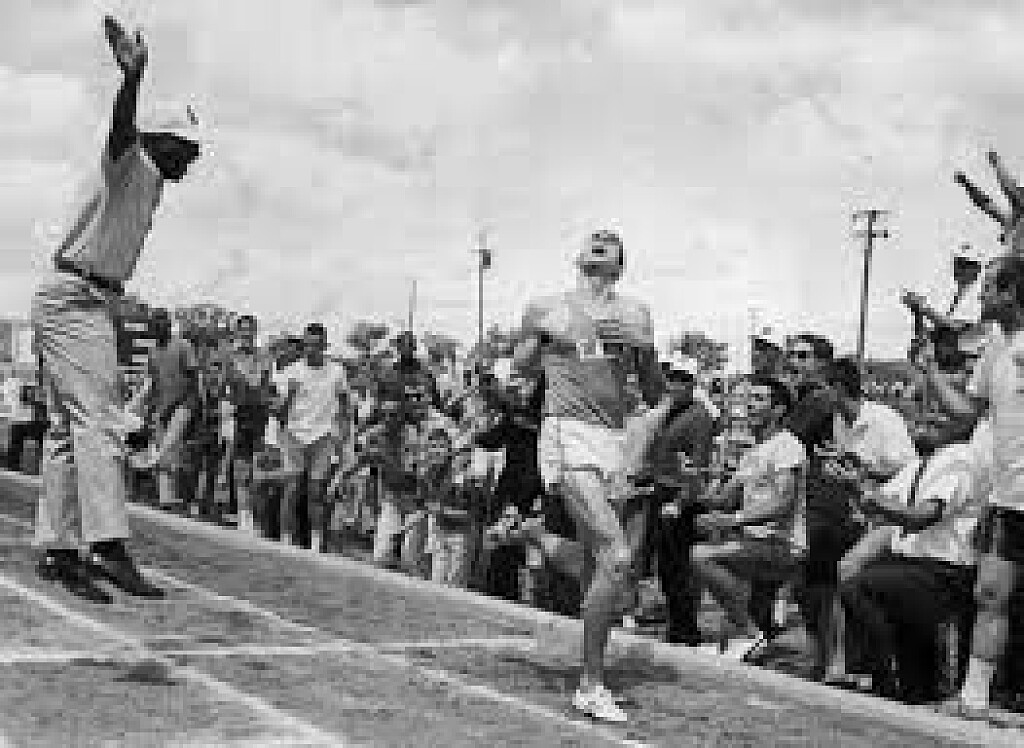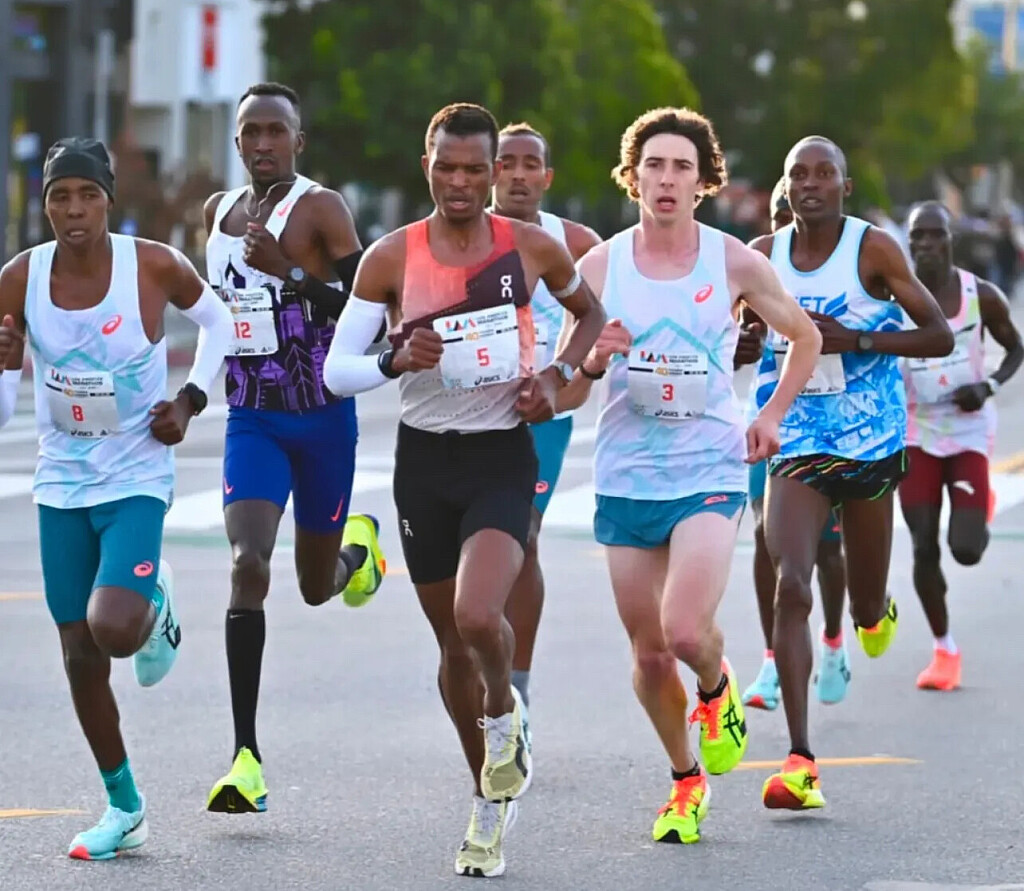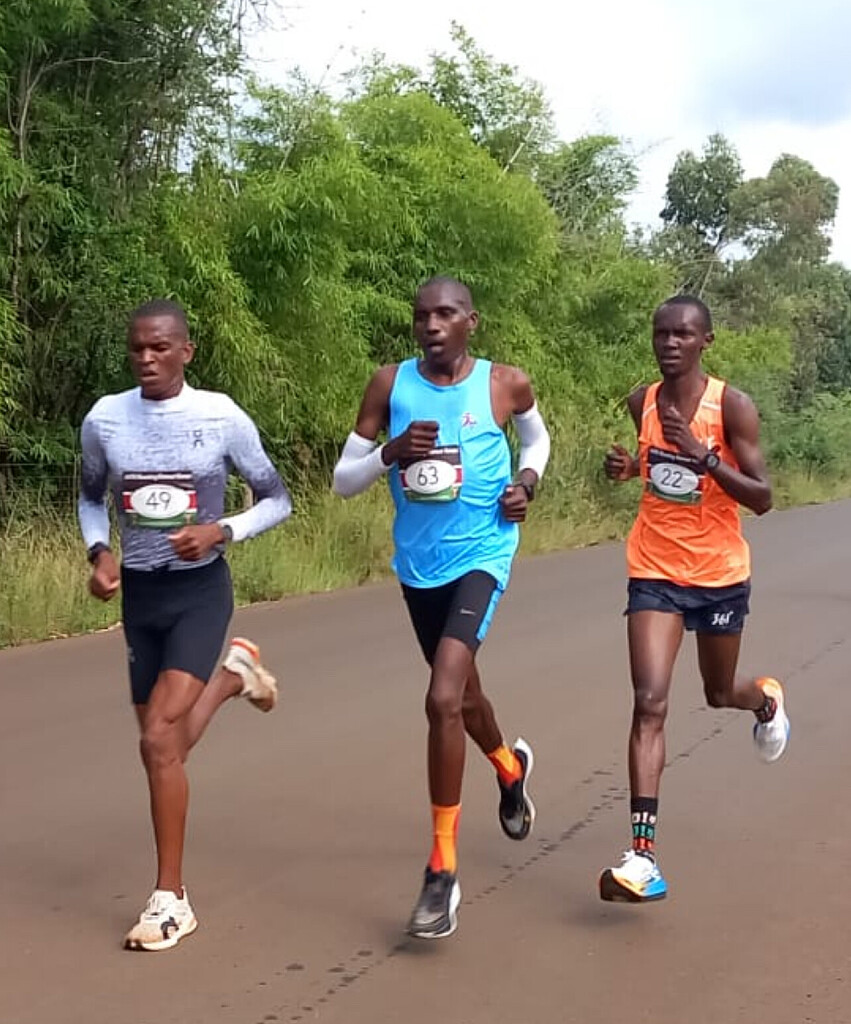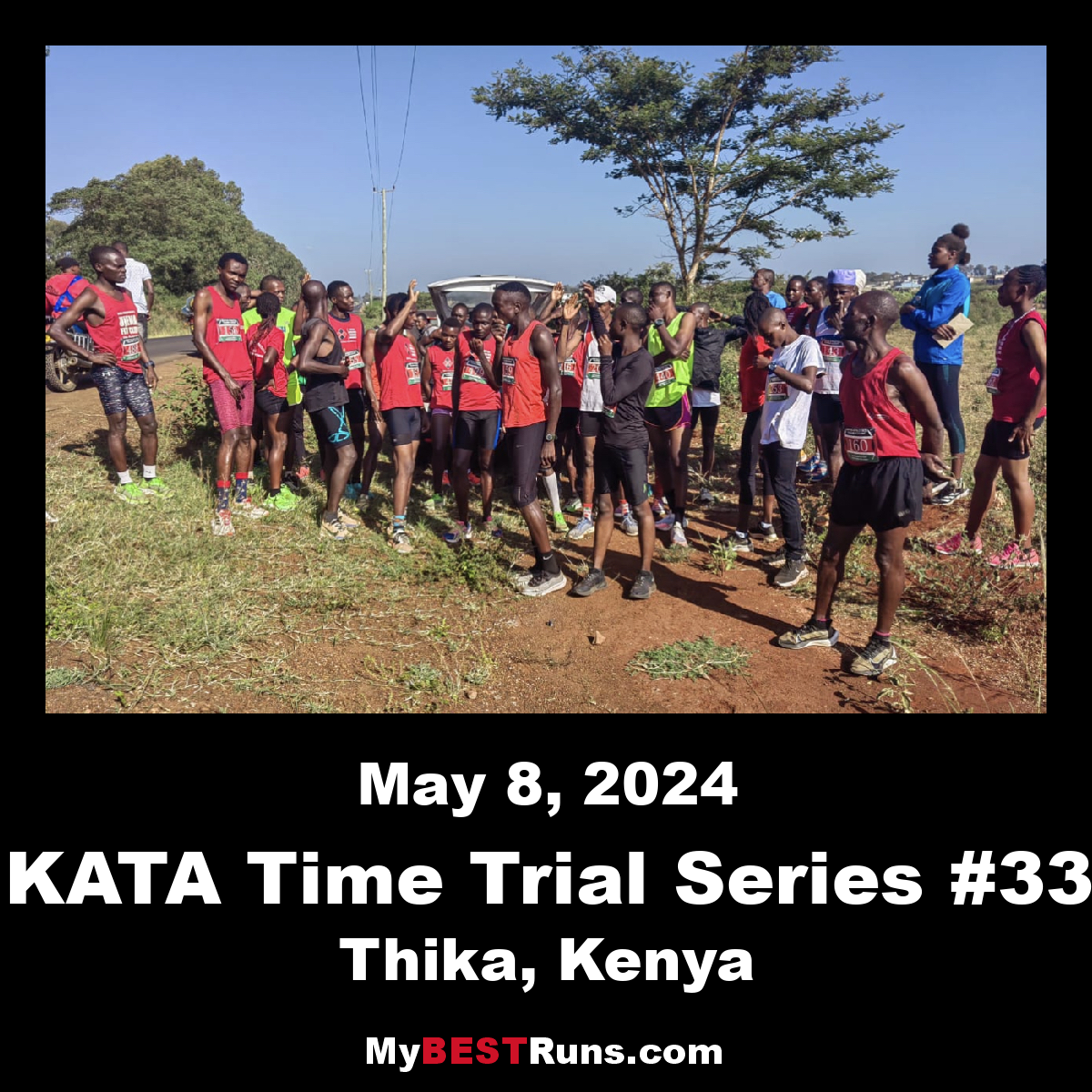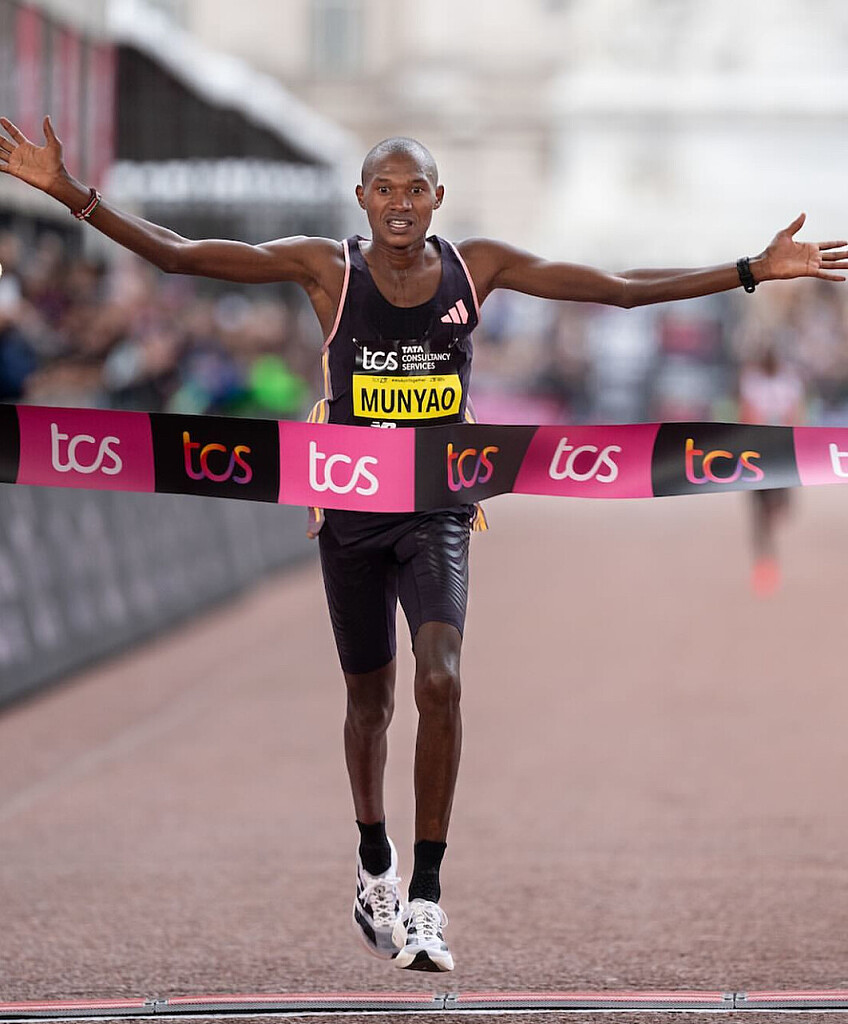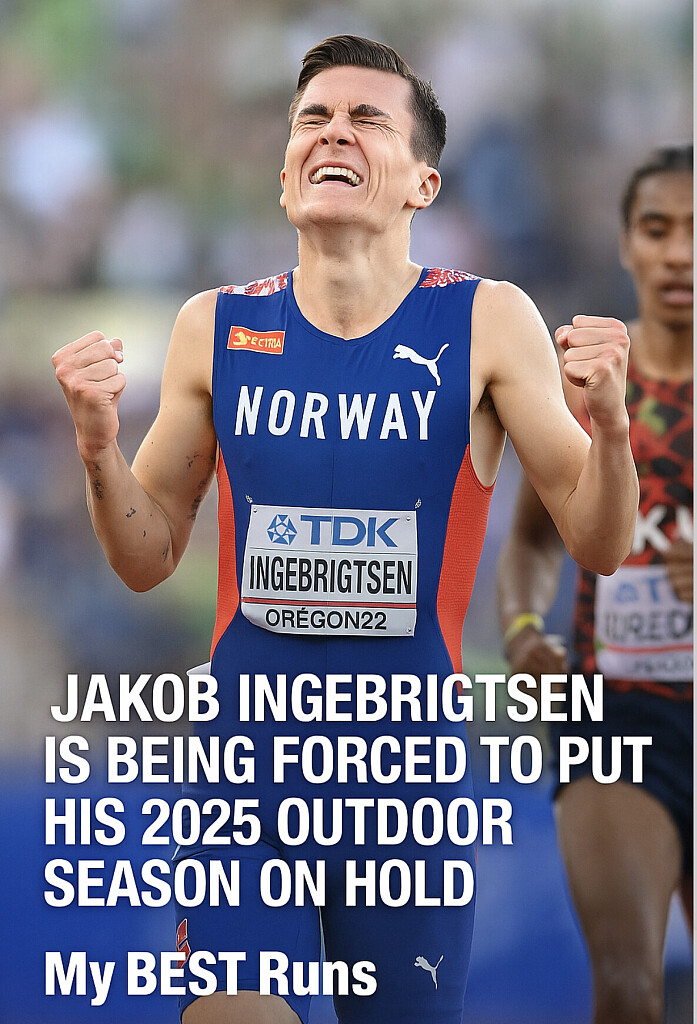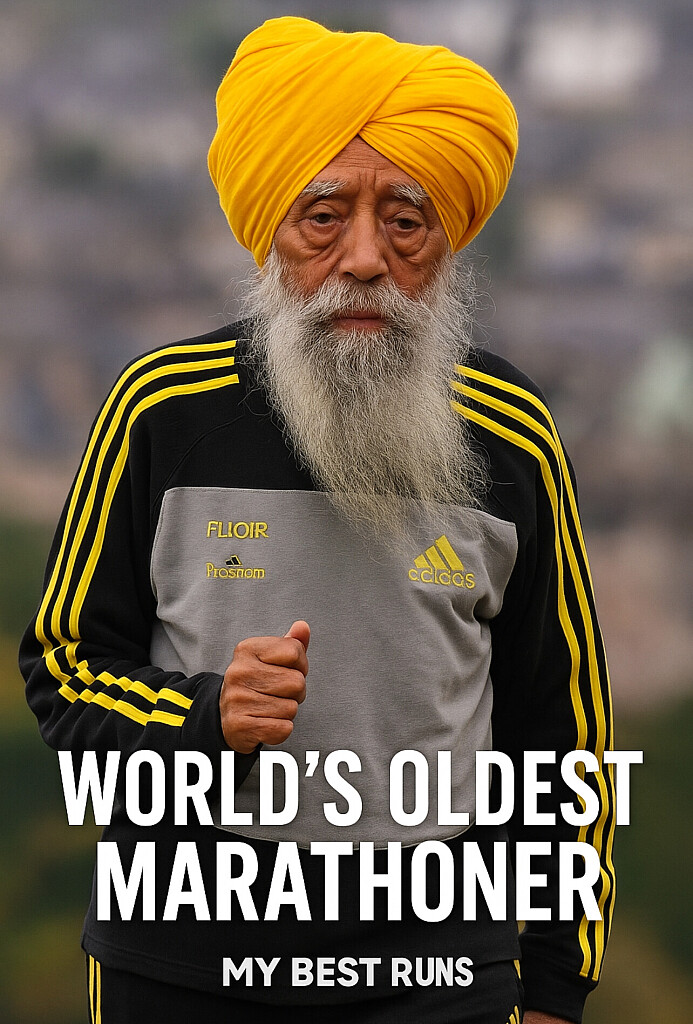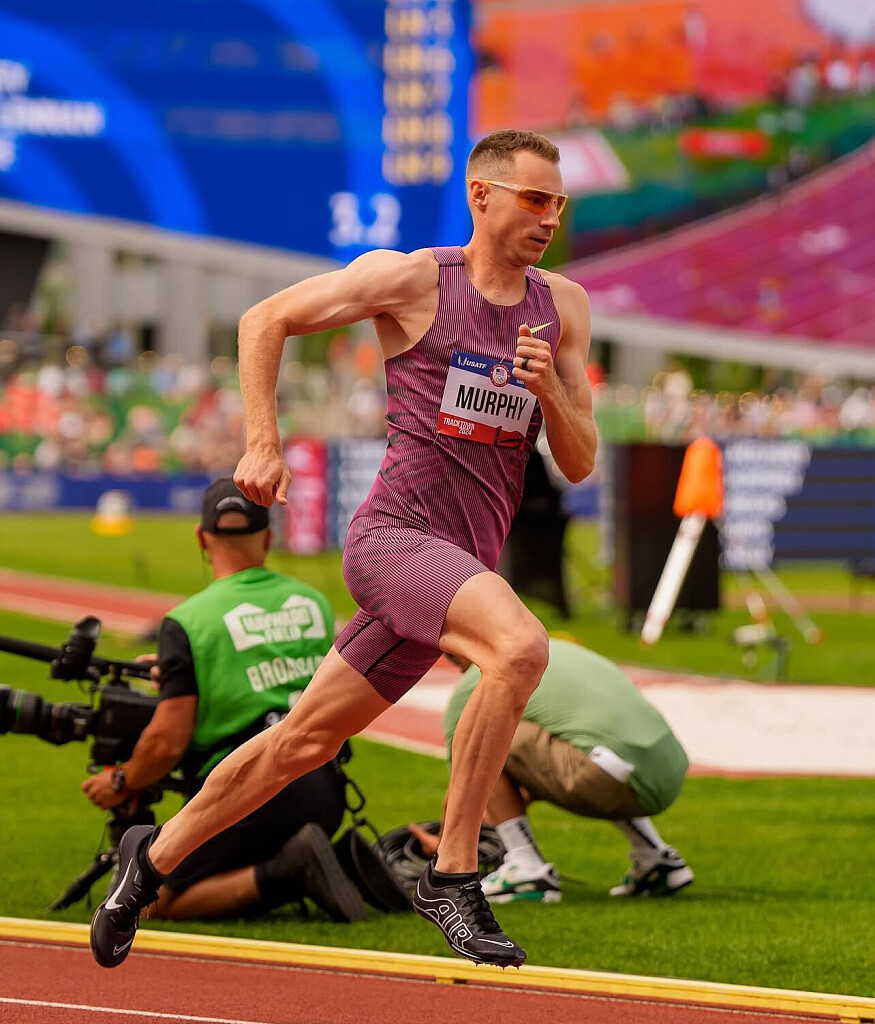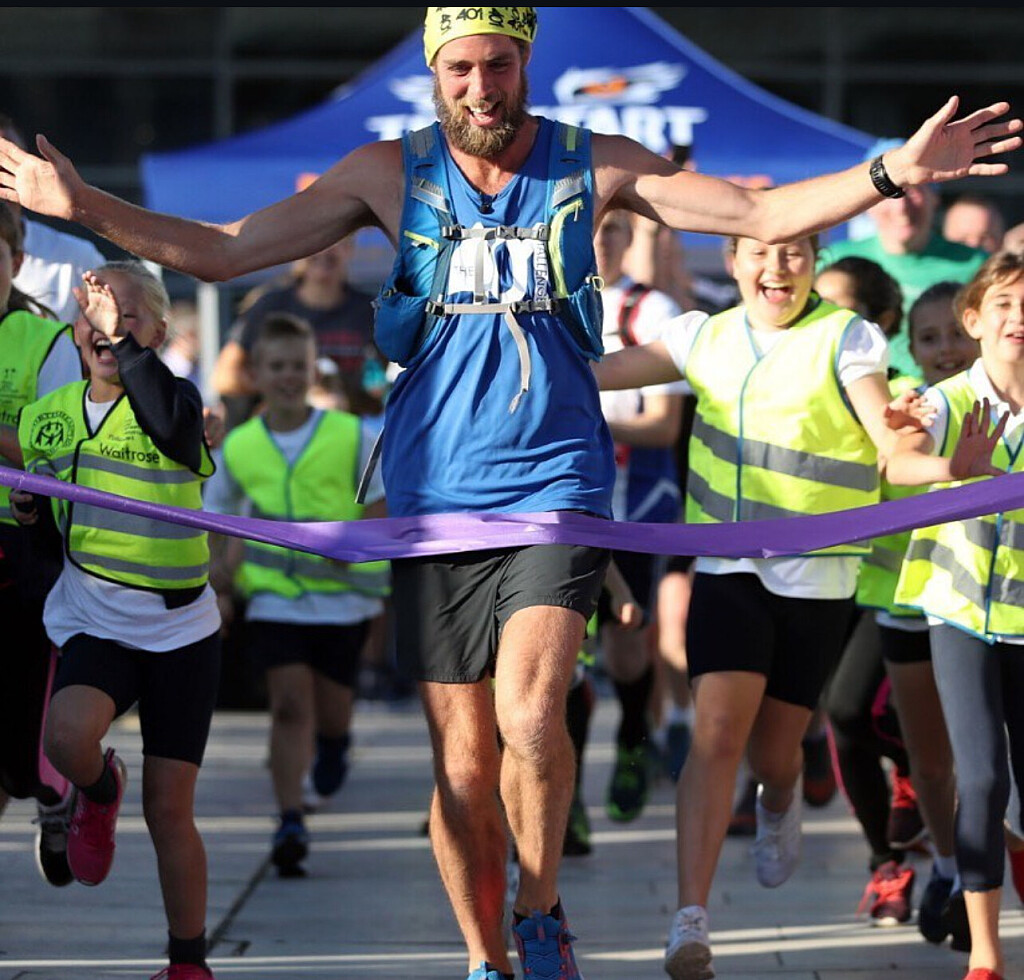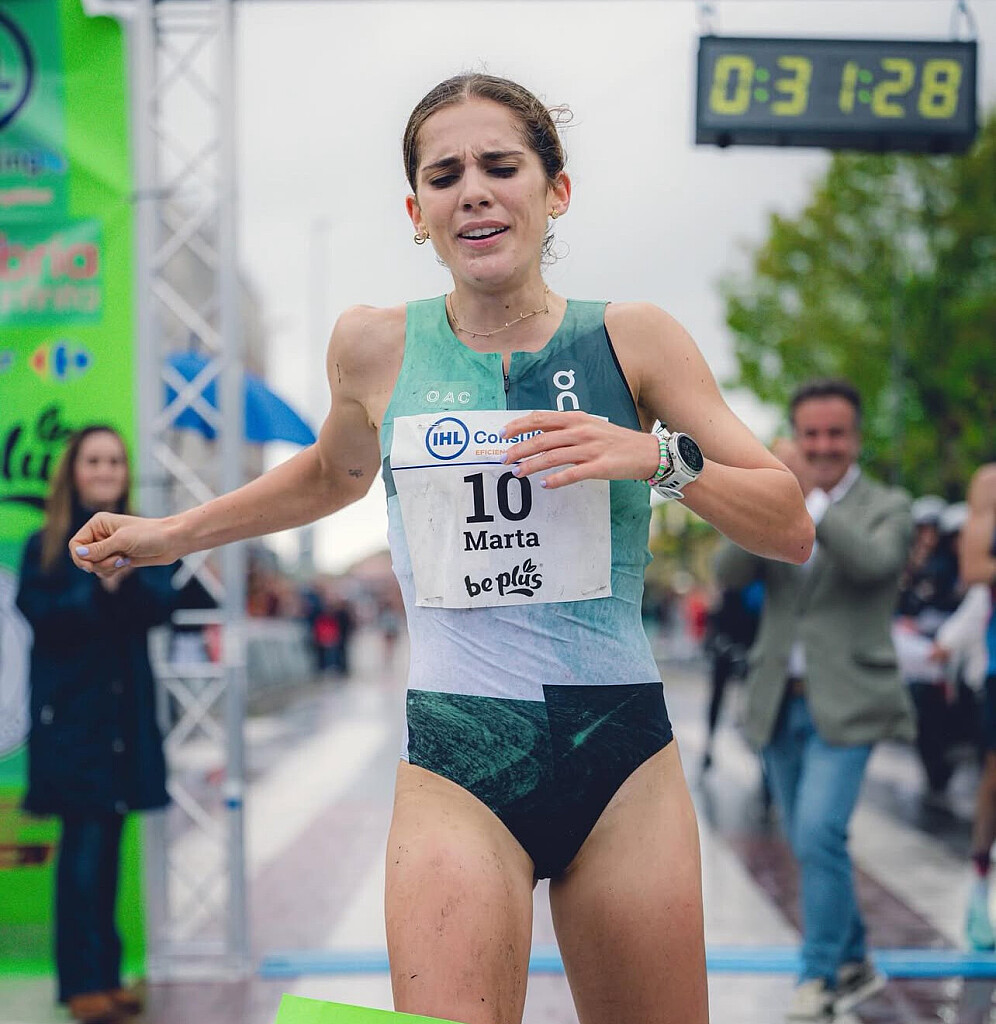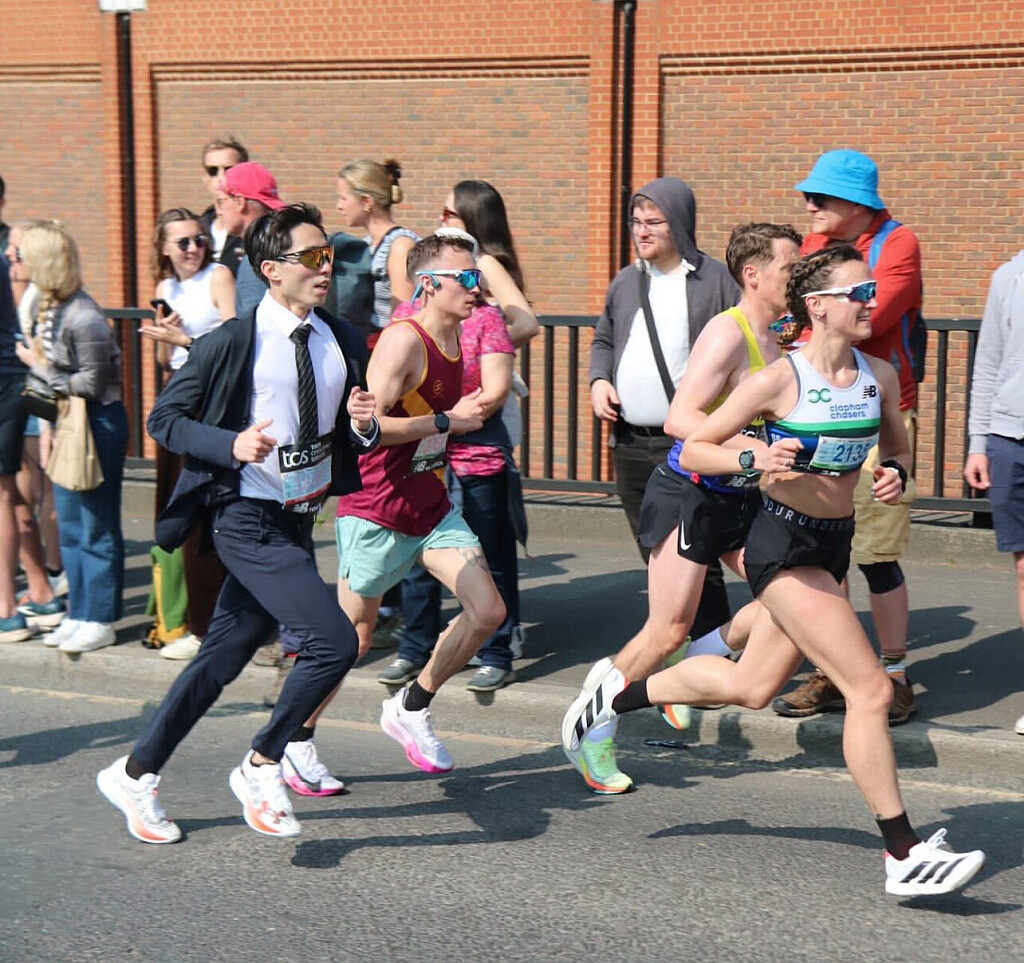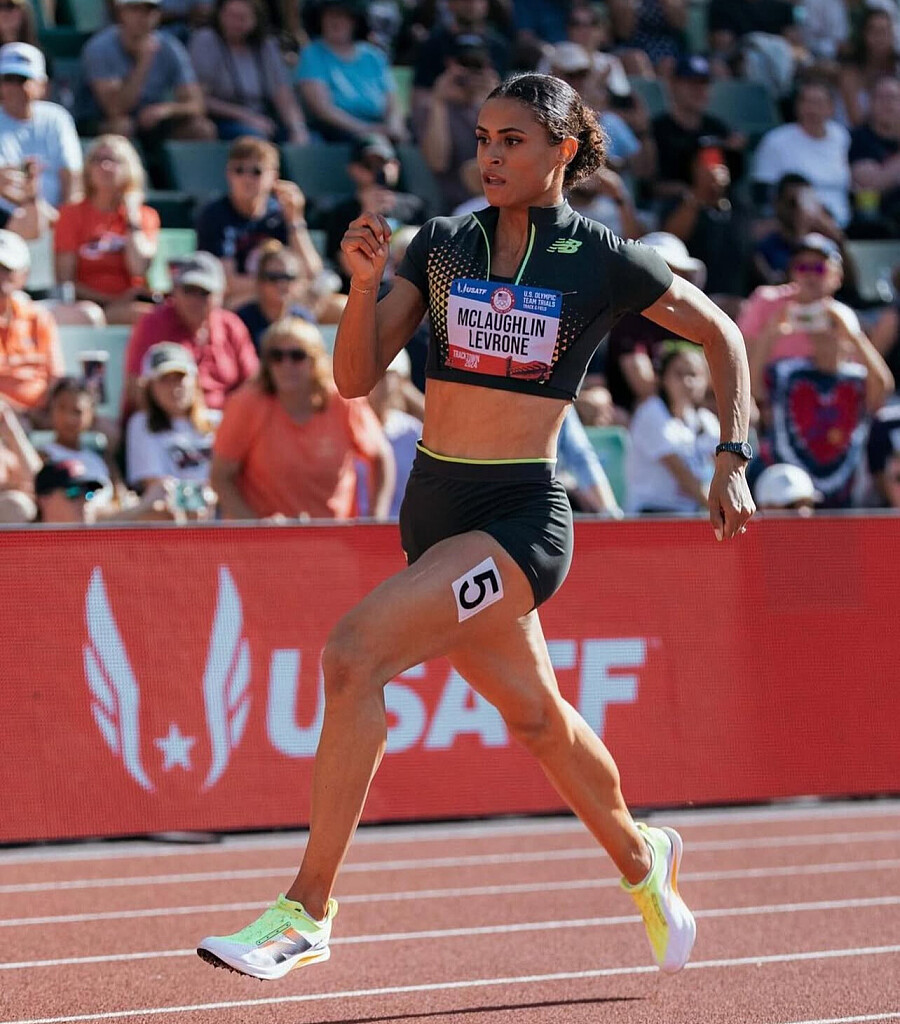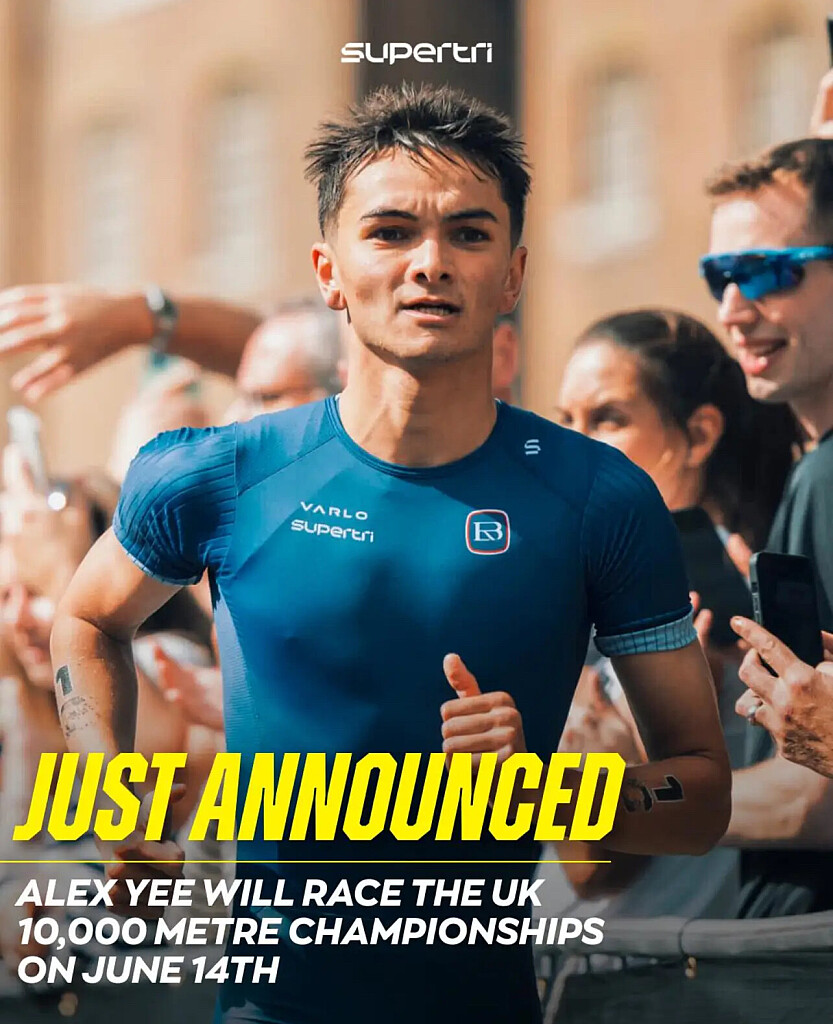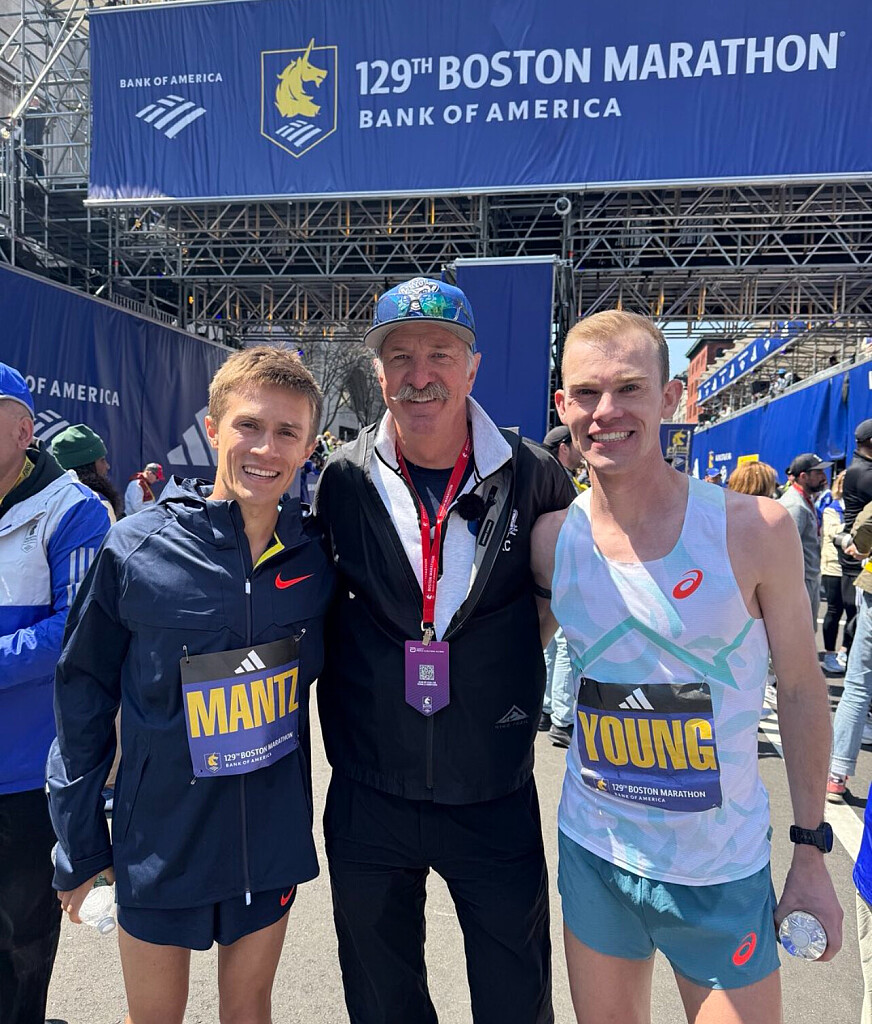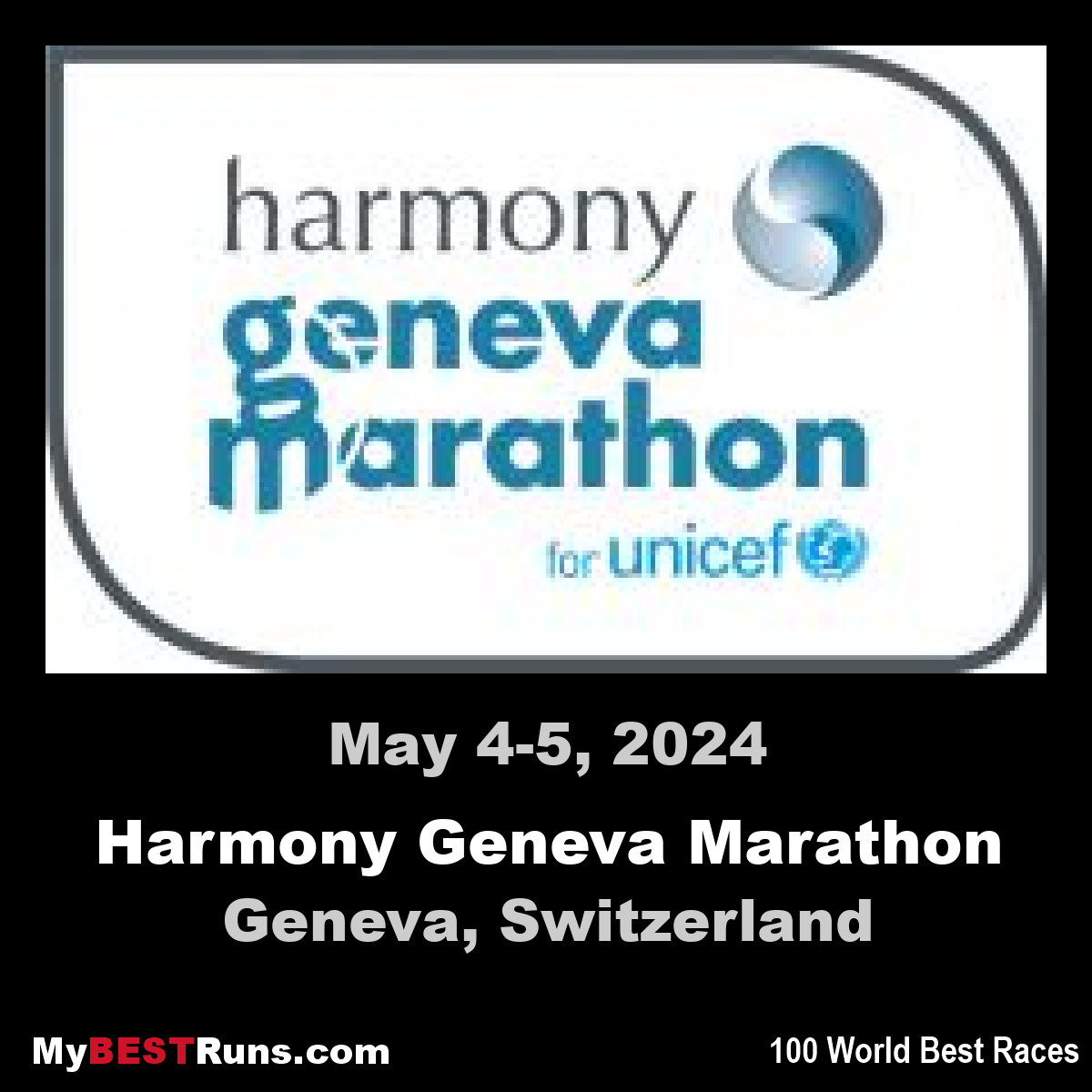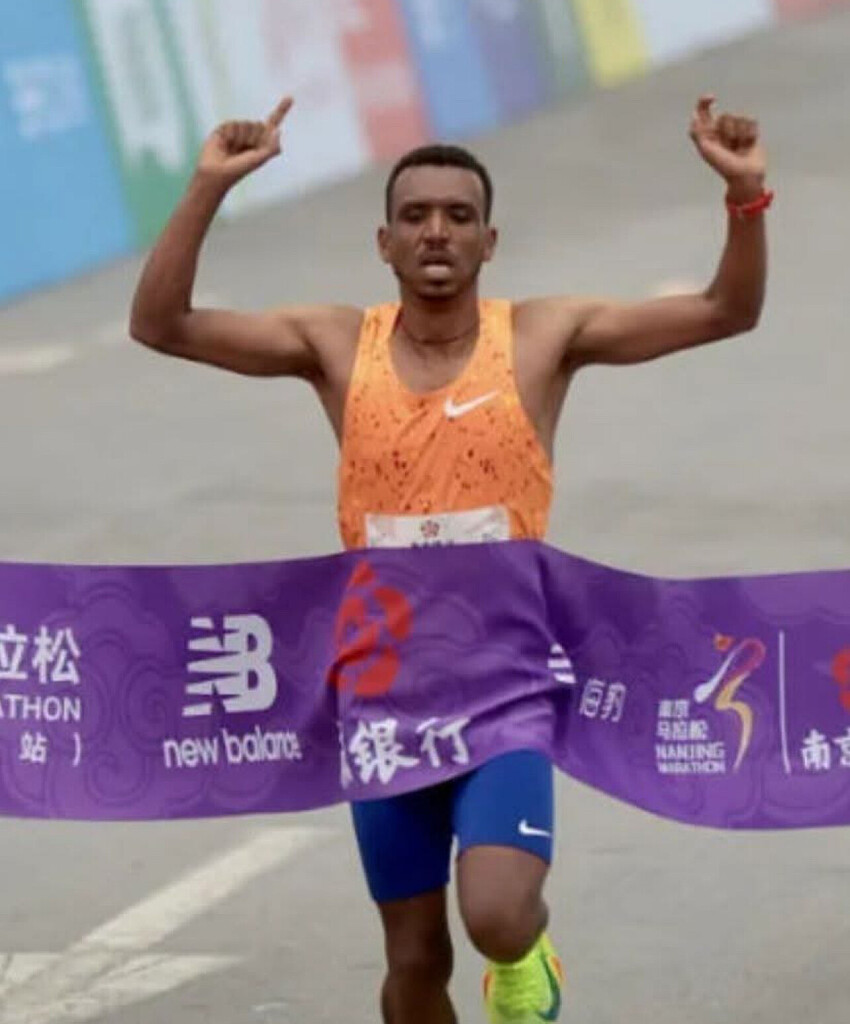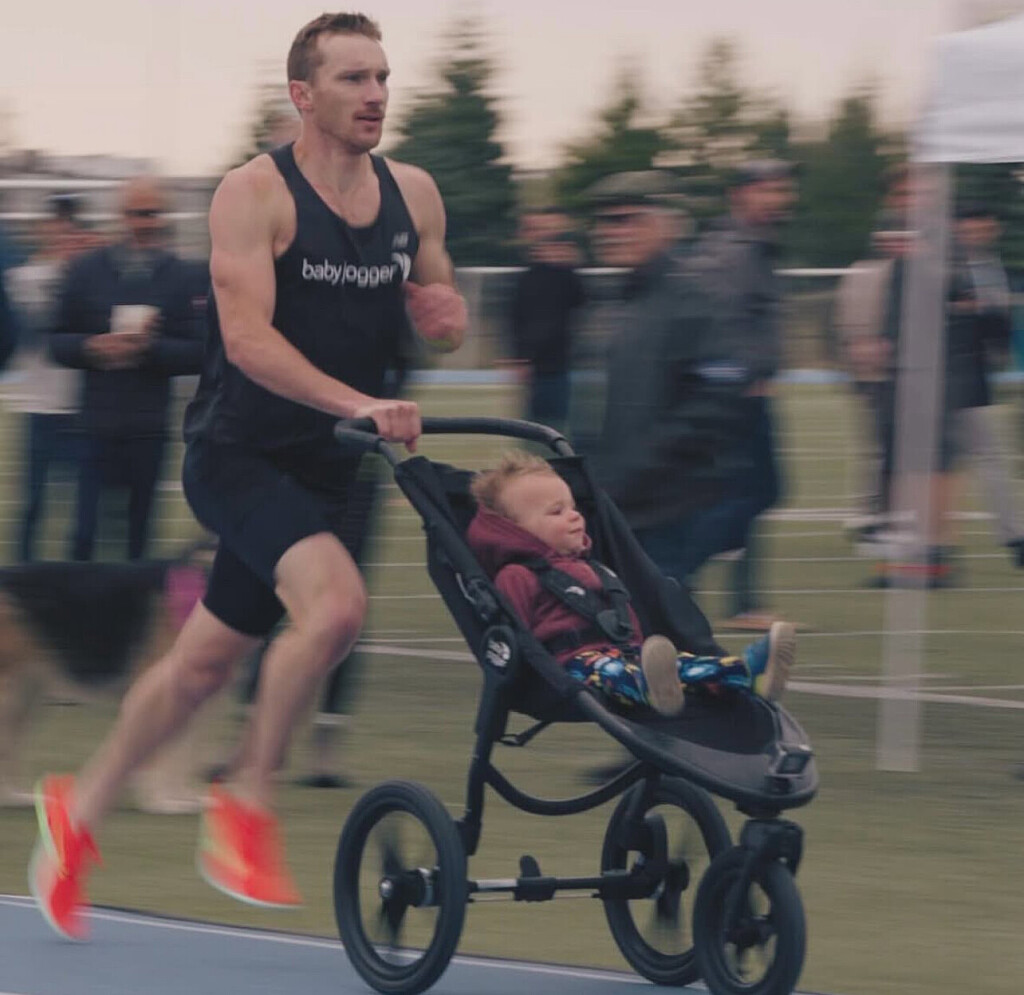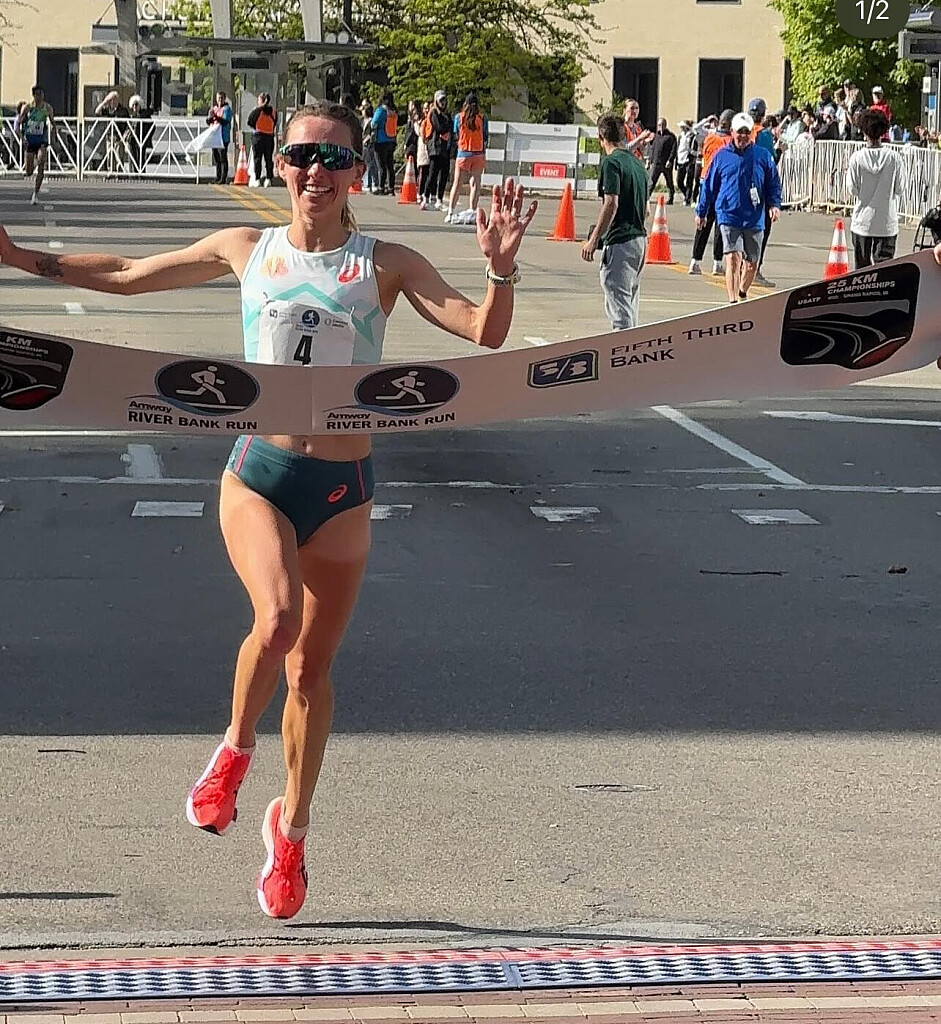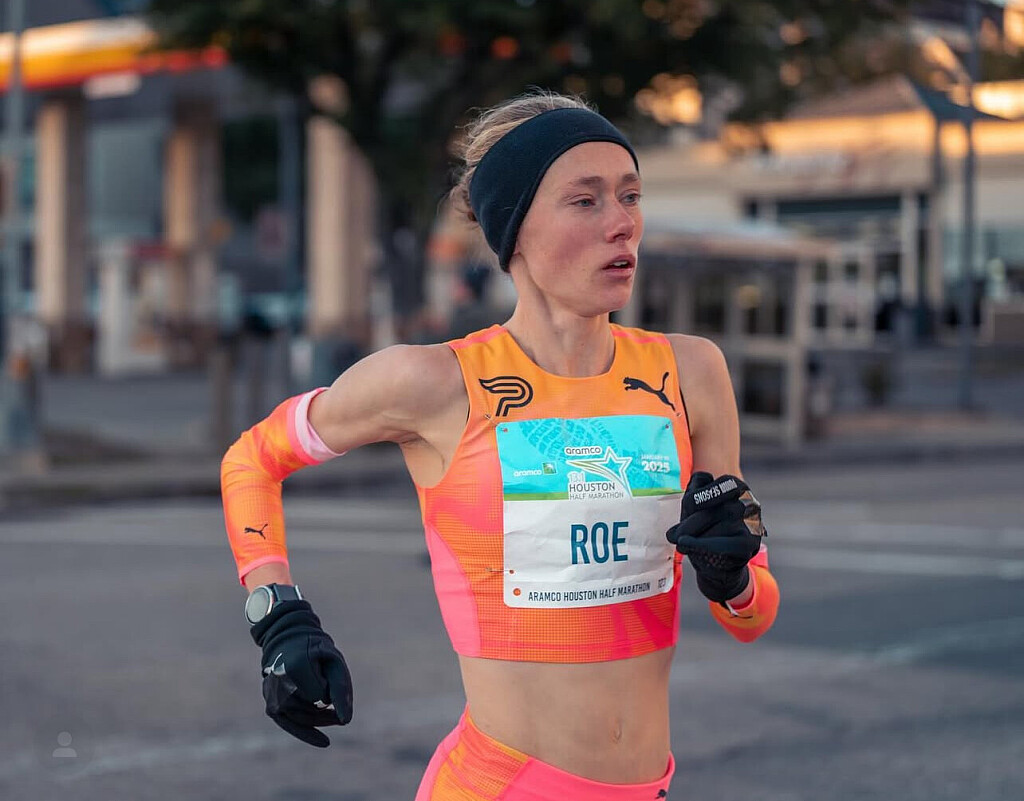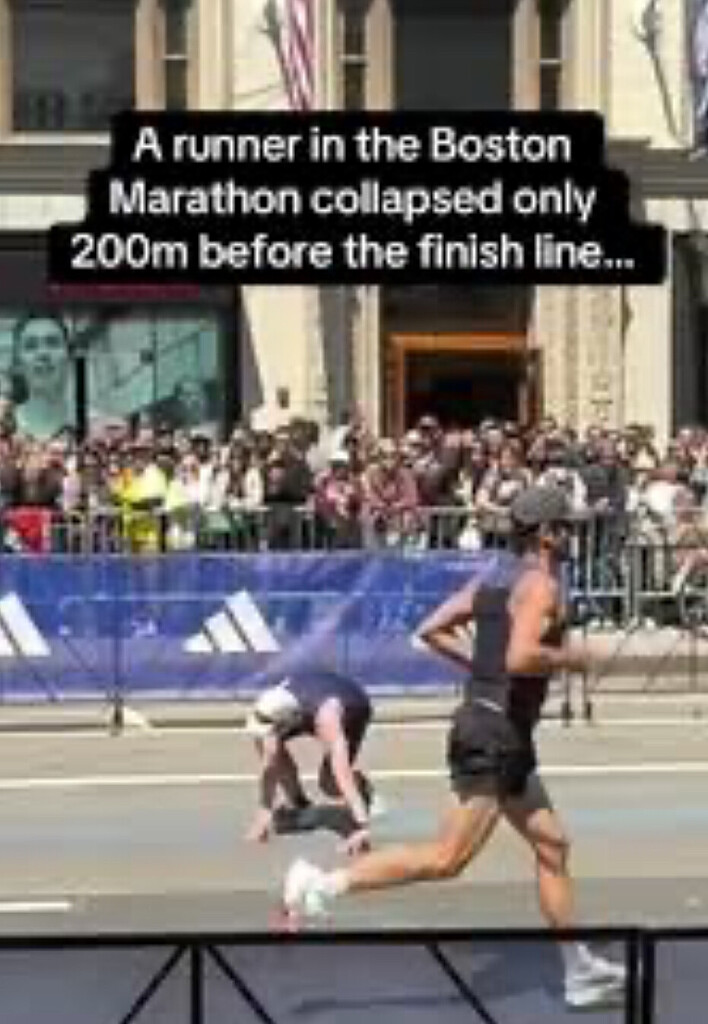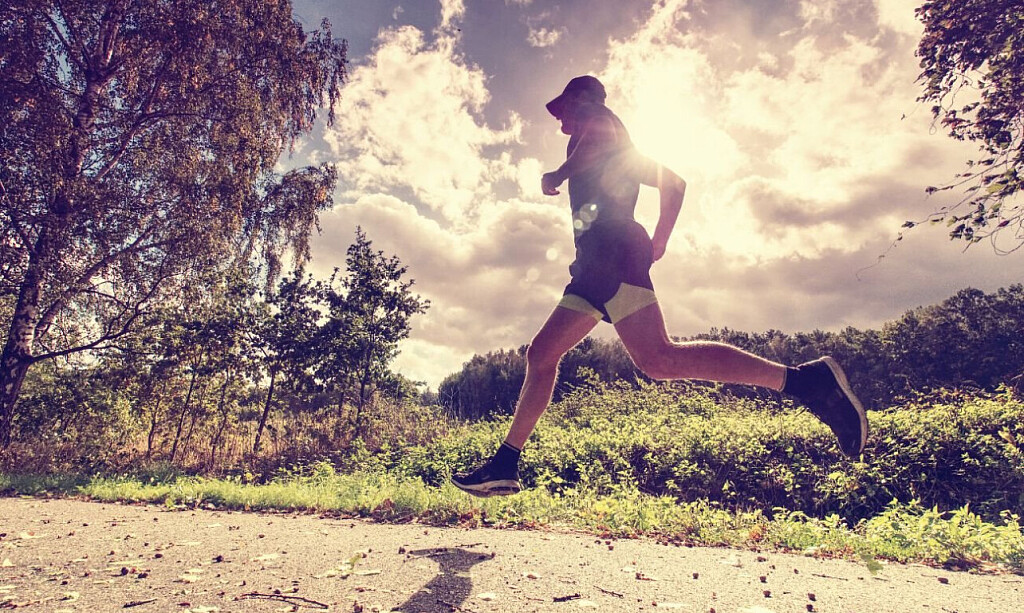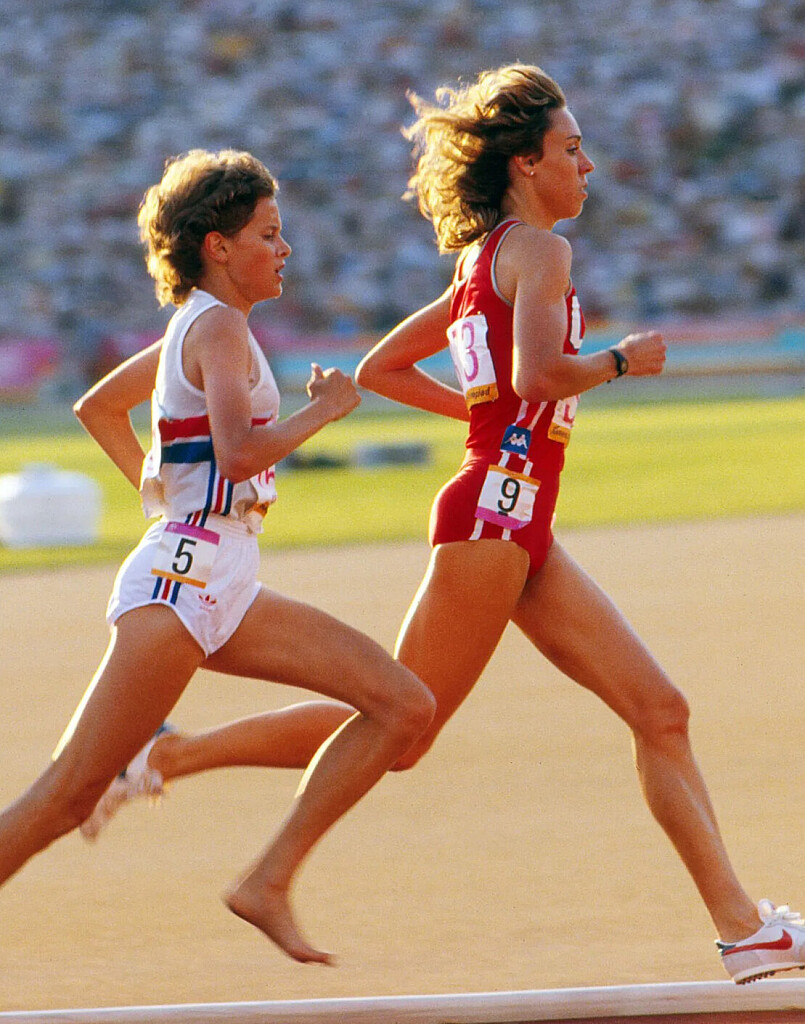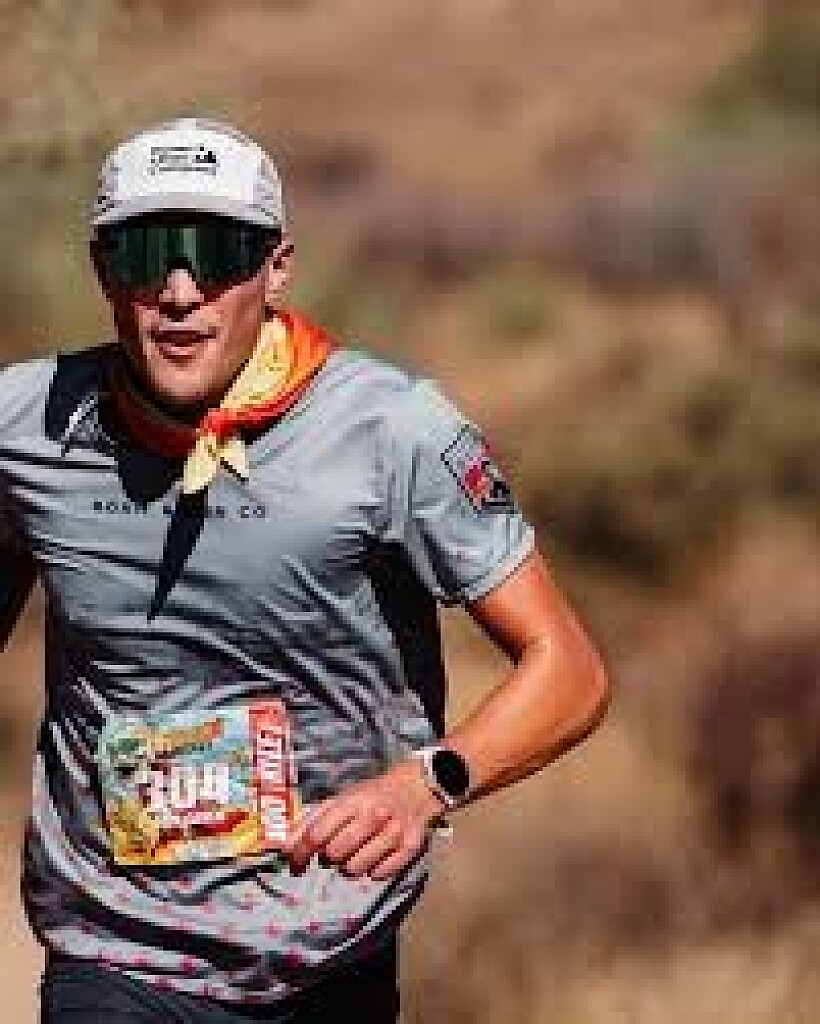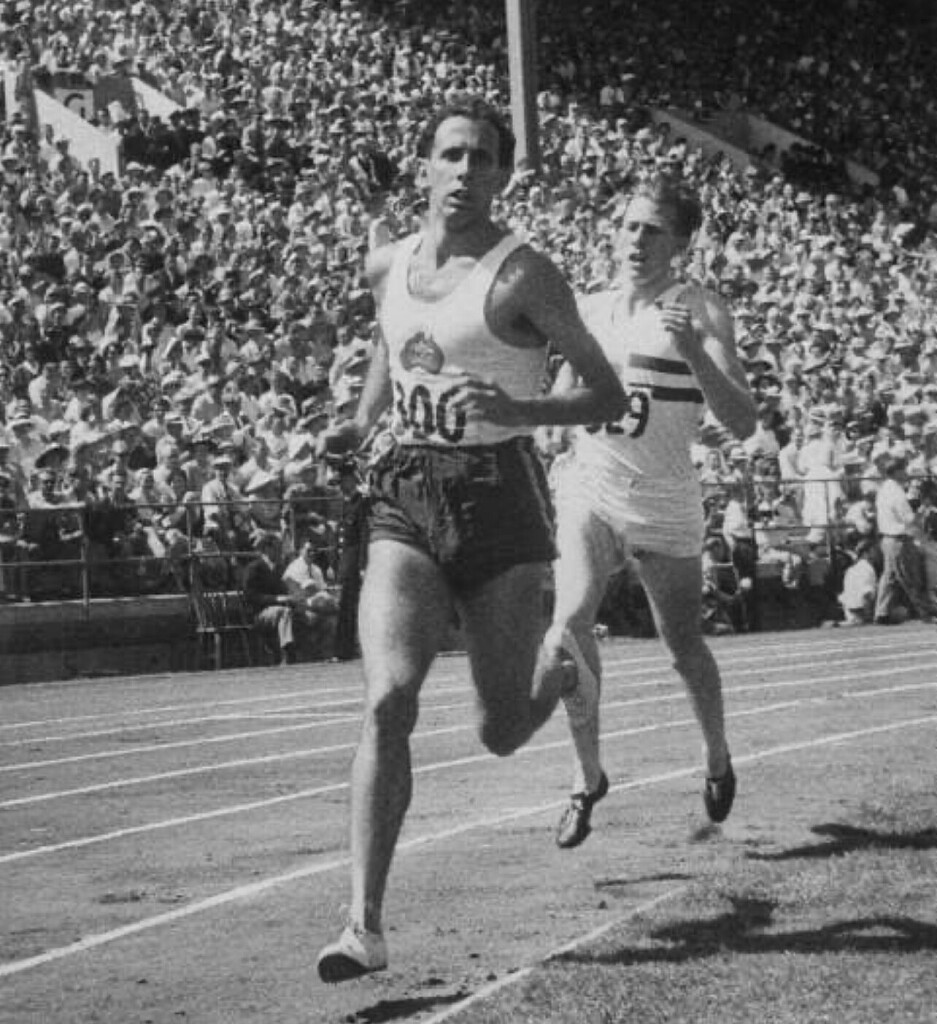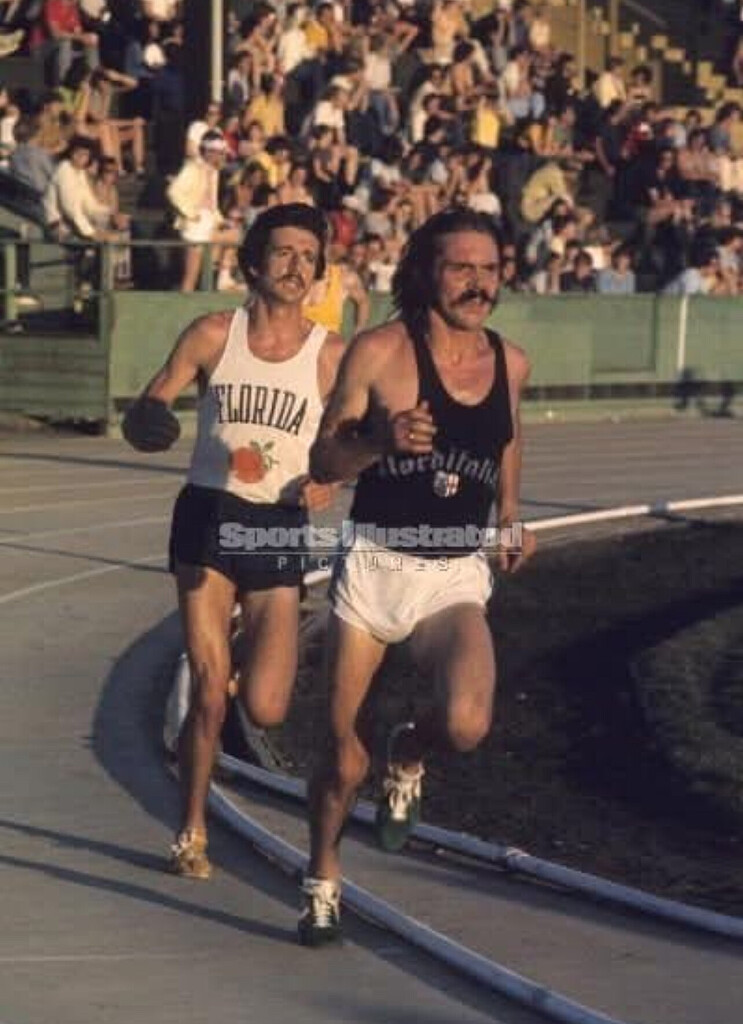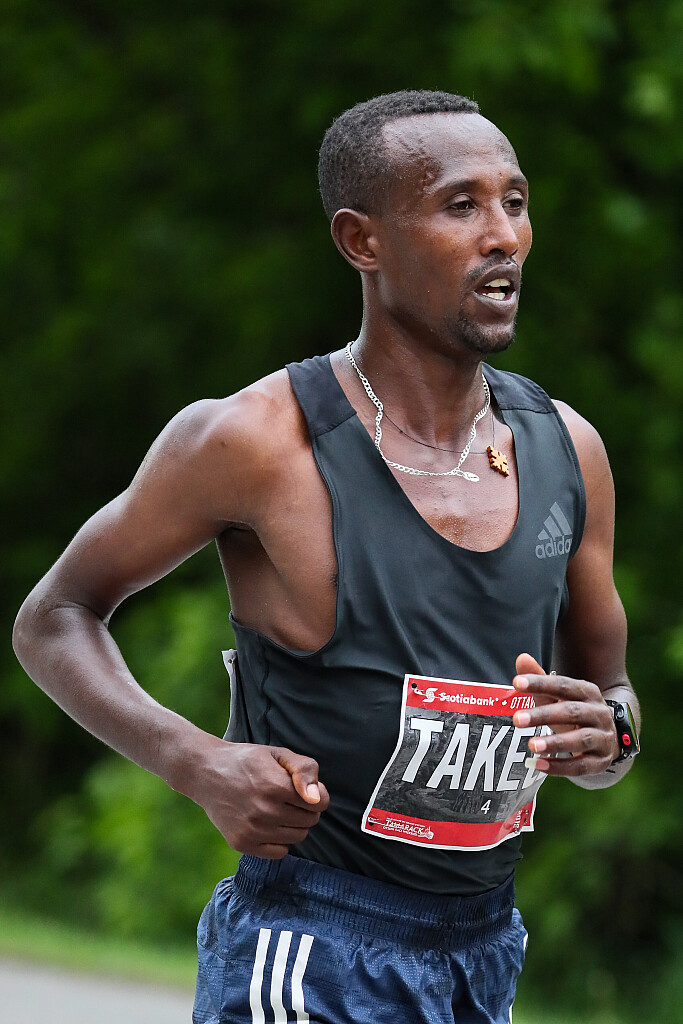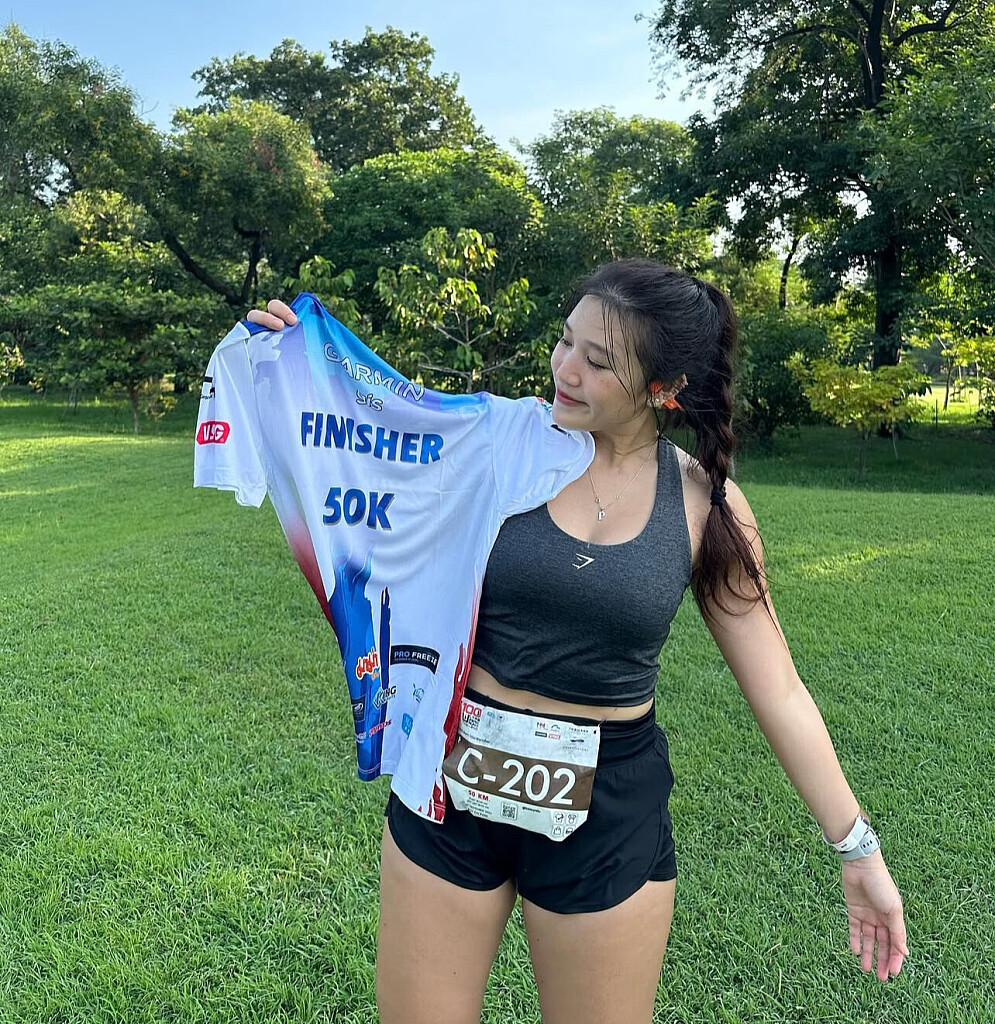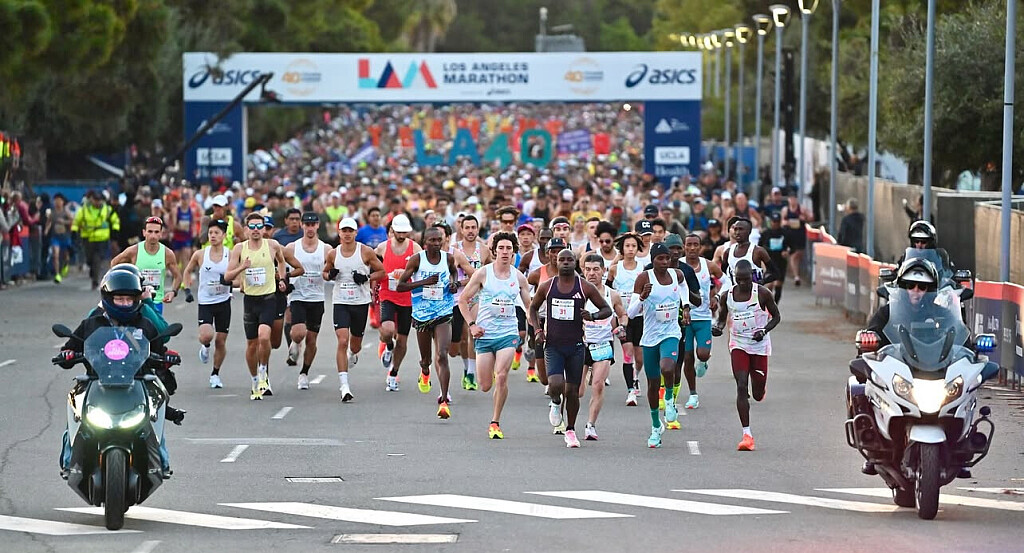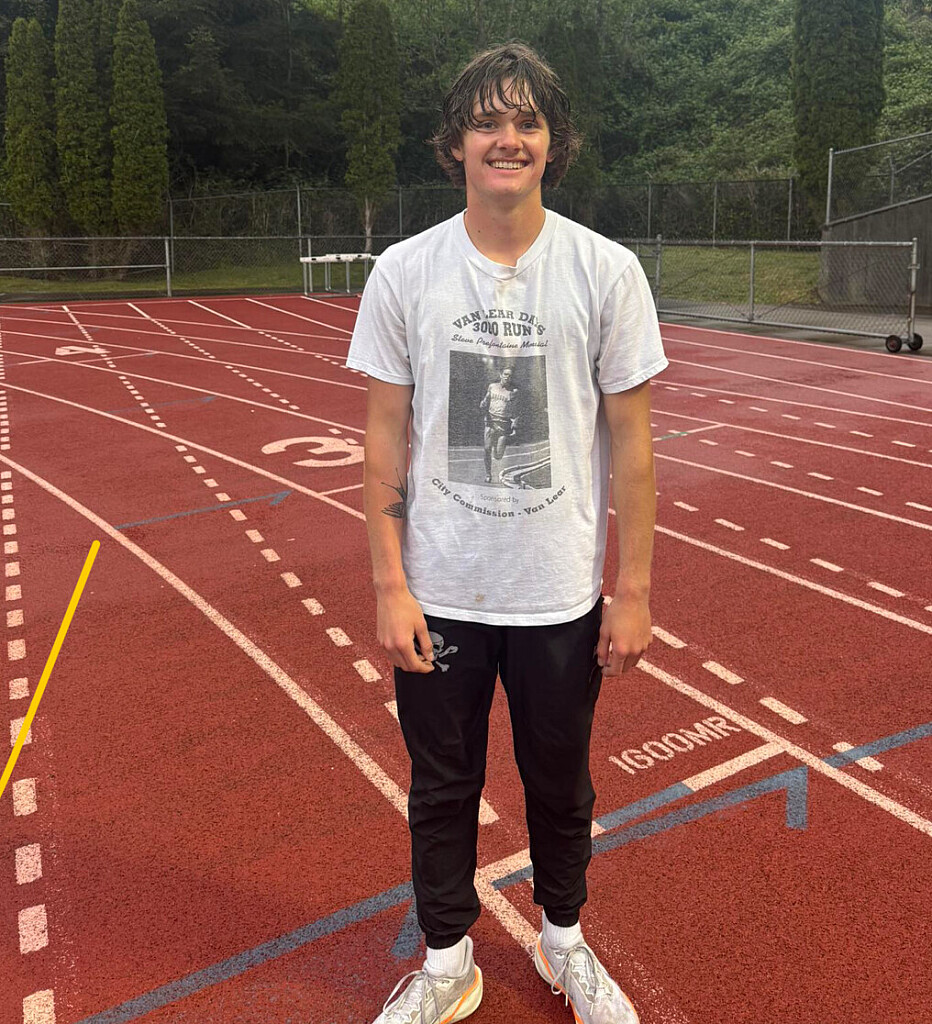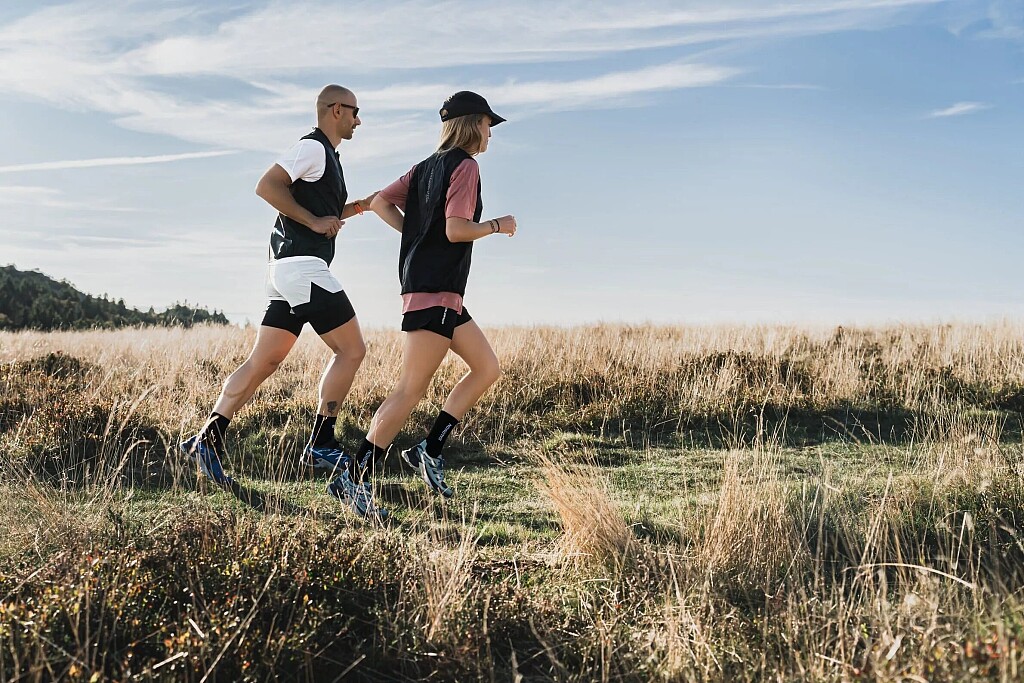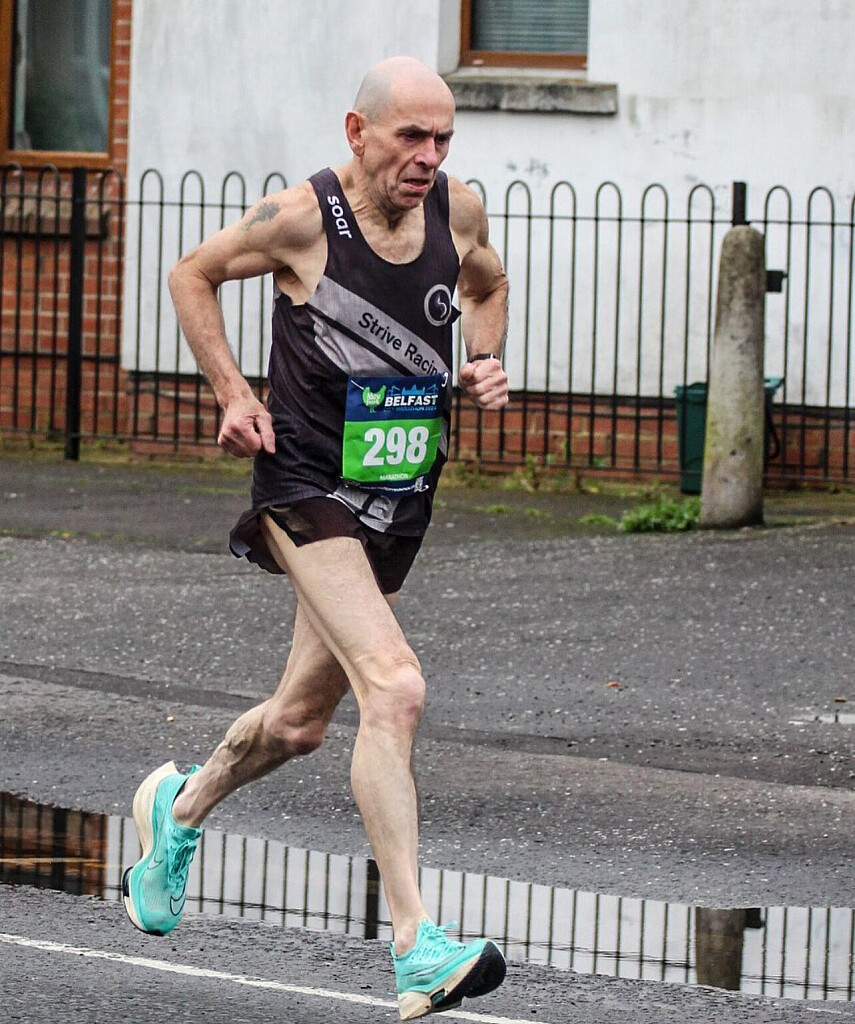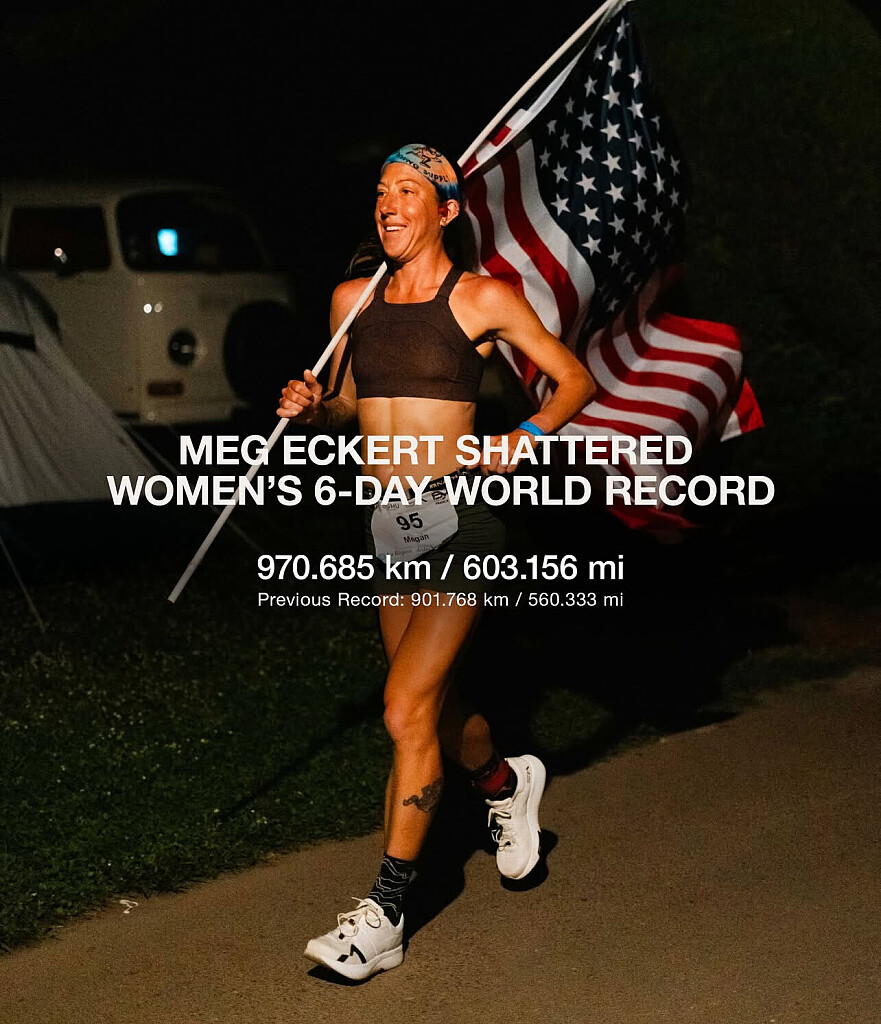Running News Daily
Running News Daily is edited by Bob Anderson. Send your news items to bob@mybestruns.com Advertising opportunities available. Train the Kenyan Way at KATA Kenya and Portugal owned and operated by Bob Anderson. Be sure to catch our movie A Long Run the movie KATA Running Camps and KATA Potato Farms - 31 now open in Kenya! https://kata.ke/
Index to Daily Posts · Sign Up For Updates · Run The World Feed
Esther Pfeiffer Keeps Racing—and Winning—On Her Own Terms
Esther Pfeiffer isn’t afraid to race. In fact, she races more often than most elite long-distance runners ever dare to. While some athletes carefully pick two or three races a year to peak for, Esther is out on the roads again and again—racing hard, running smart, and often finishing at the front.
The 27-year-old German half marathon and marathon standout is not only the reigning national champion at both distances, but she’s also become one of the most recognizable faces in European road racing. Her 2025 season has already been packed with podium finishes, including a win at the German Half Marathon Championships in Paderborn and a stunning personal best of 1:09:16 at the Berlin Half Marathon. That performance made her the fastest German woman in the race.

But to reduce Esther Pfeiffer to just her times and medals would miss the heart of her story.
A Love for Racing, Not Just Results
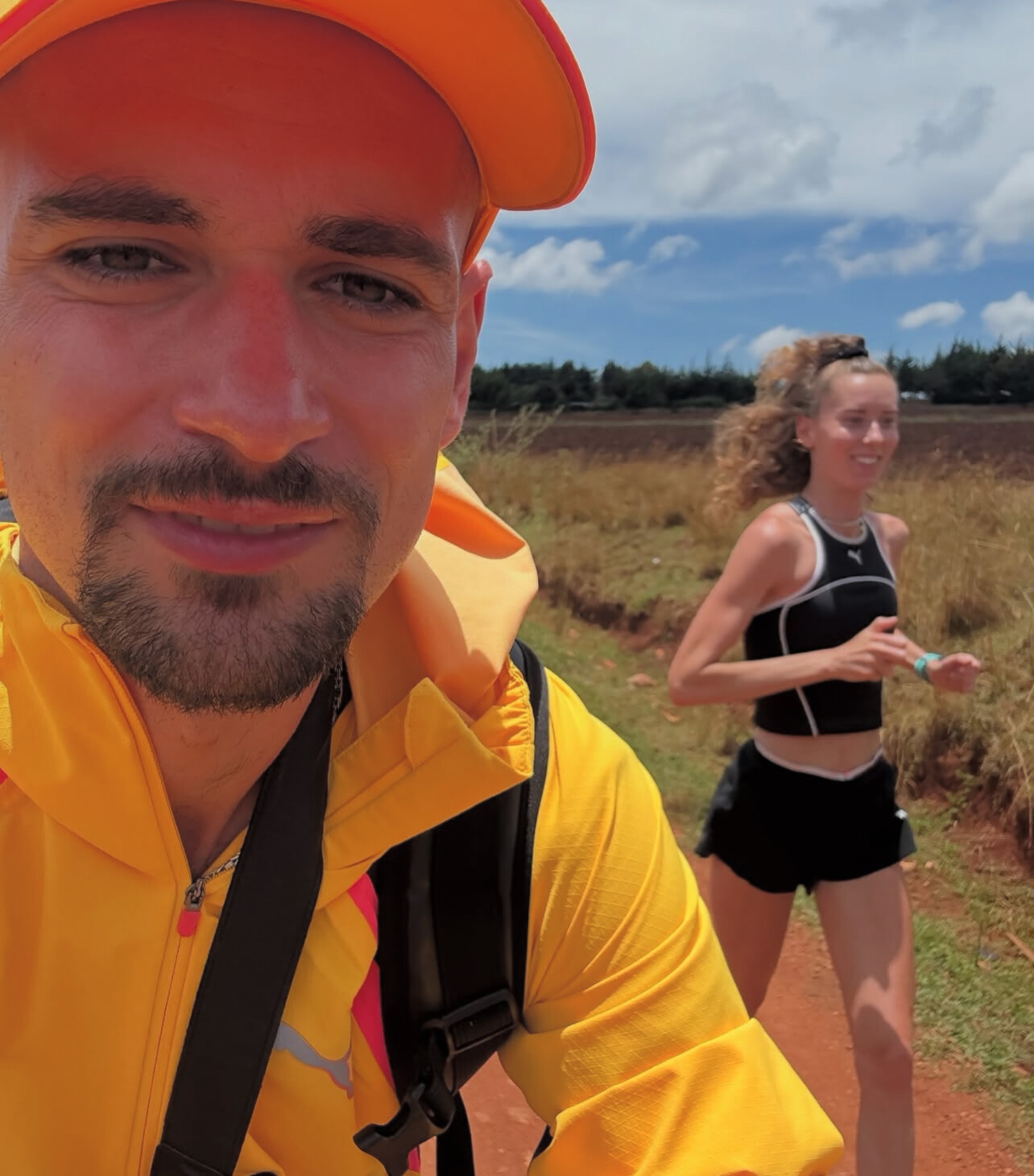
What sets Esther apart is her sheer passion for competing. Some critics say she races too often. But Esther doesn’t see it that way. For her, every race is a chance to grow, to test herself, and to stay connected to the joy that brought her into the sport in the first place. It’s not about obsessing over splits or staying within the confines of a traditional training cycle—it’s about doing what she loves, frequently, and fearlessly.
Esther’s approach may not fit the mold, but it’s working. She’s not breaking down. She’s thriving. And fans across Germany have taken notice.
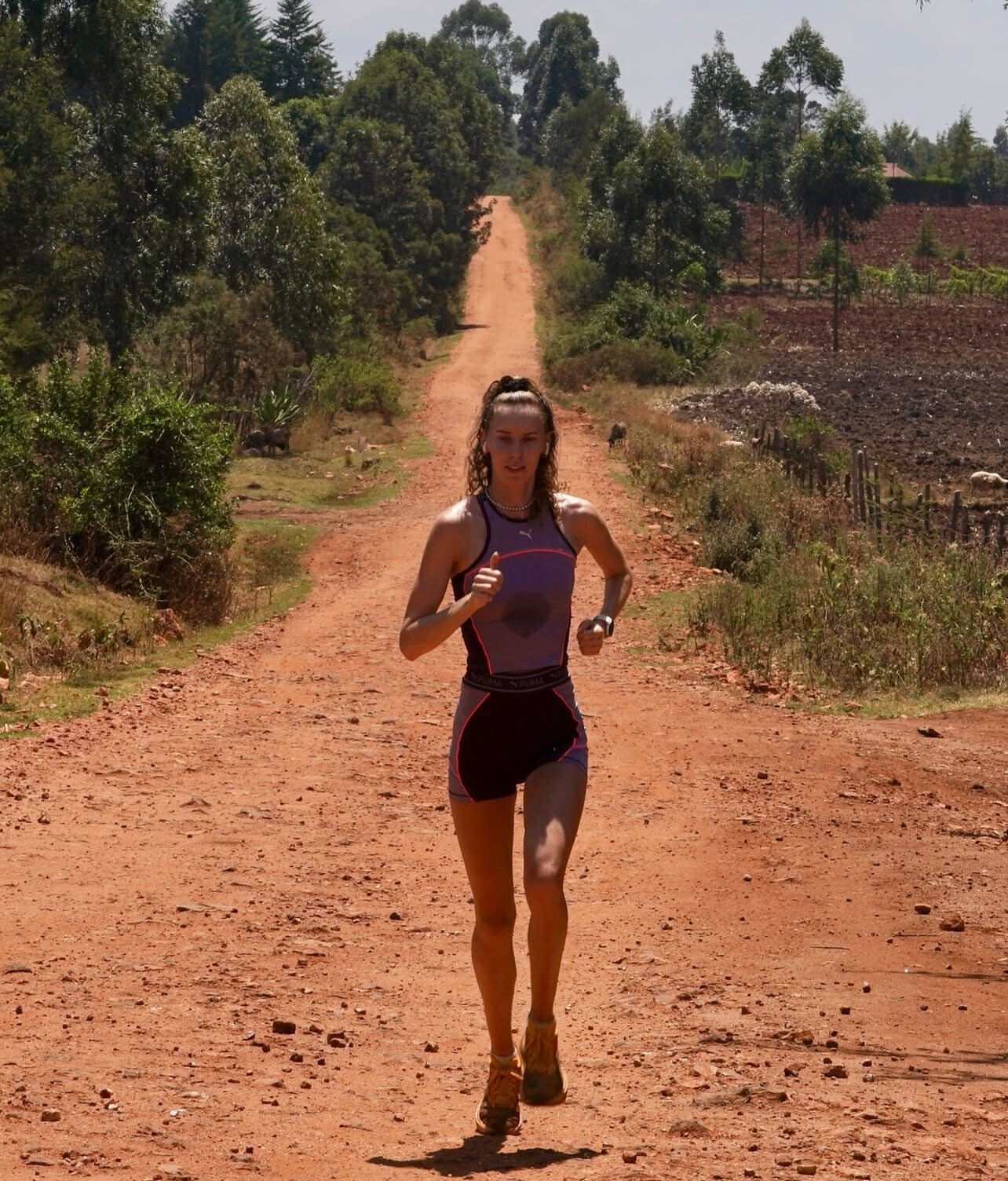
Running and Life, Side by Side
In early 2024, Esther married fellow distance runner Hendrik Pfeiffer, himself a top German marathoner. The two often train and race together, and their bond has become a central part of her life on and off the course. It’s clear they’ve built more than just a marriage—they’ve built a team.
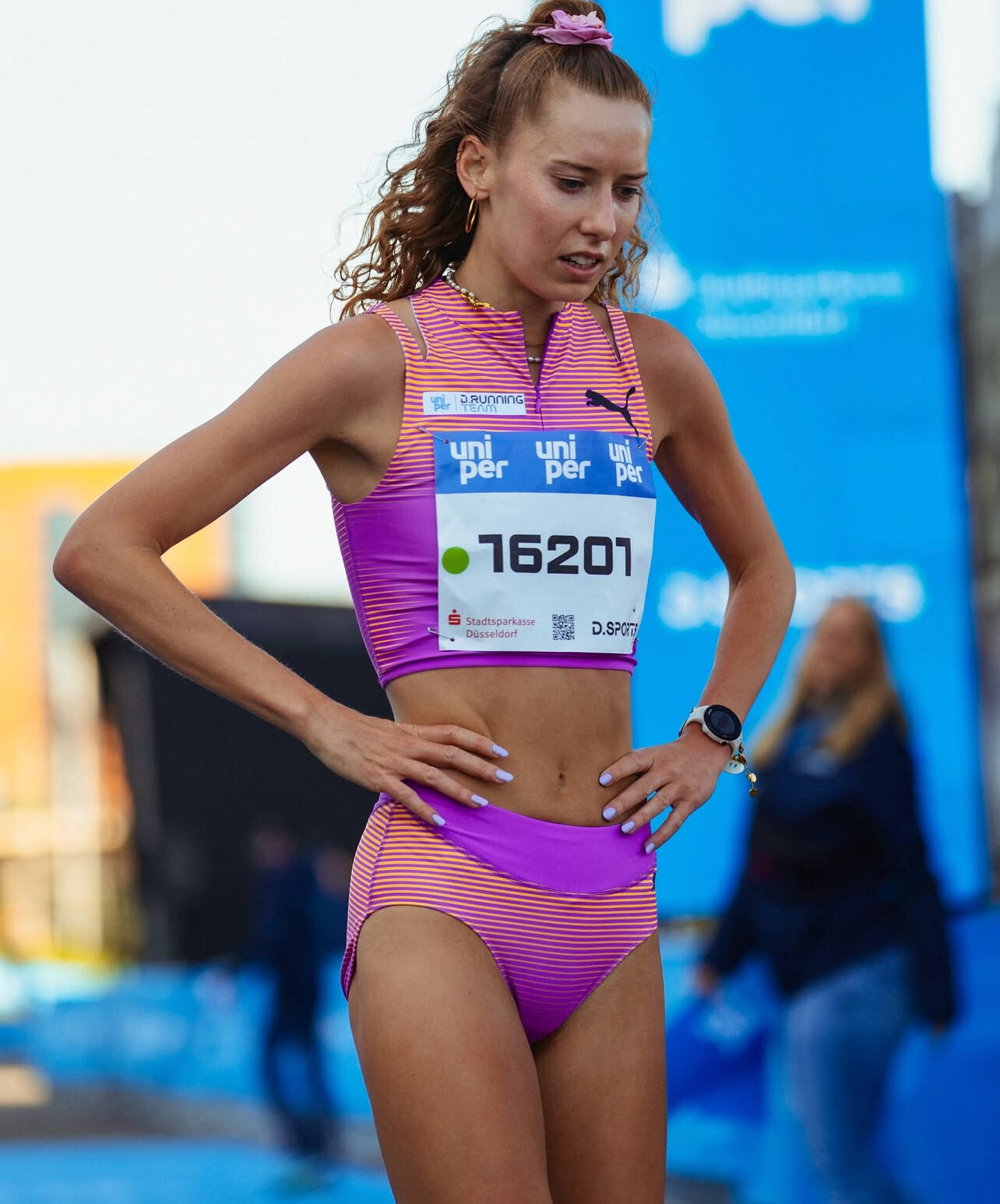
Those who know Esther describe her as focused yet light-hearted, serious about her goals but never too far from a laugh. Her social media posts often show her celebrating with fellow runners, supporting local events, and sharing the ups and downs that come with the sport. There’s no superstar ego—just a down-to-earth competitor who genuinely enjoys the journey.
More Than a Medal Count
Esther’s rise hasn’t been meteoric. It’s been steady, deliberate, and built on consistency. She doesn’t show up just for the glamour races. She runs small events and city half marathons. She enters national championships and world events. She even won the global Wings for Life World Run in 2025, covering 59.03 kilometers—the furthest distance by any German woman that year.
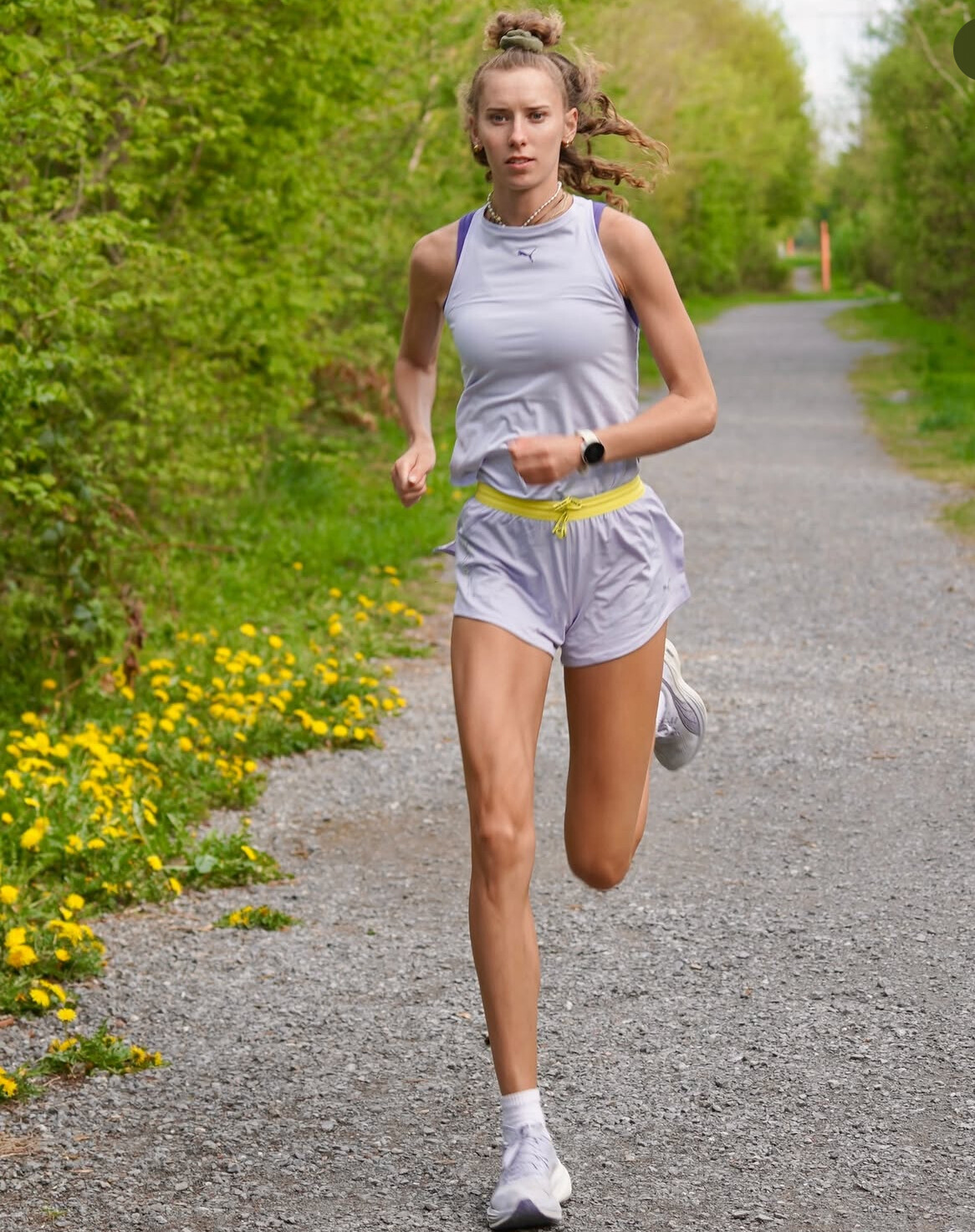
That kind of volume would be unthinkable for many elite runners. But for Esther, it’s what keeps her sharp—and smiling.
Still Just Getting Started
Esther Pfeiffer isn’t waiting for the perfect conditions, the perfect build-up, or the perfect race. She’s already out there—competing, winning, learning, and enjoying the sport on her terms.
And with the way she’s running, don’t be surprised if the best is still to come.
(05/17/2025) ⚡AMP
by Boris Baron
Sofia Assefa Delivers Podium Performance at Copenhagen Marathon
Ethiopia’s Sofia Assefa, long known for her brilliance on the track, is now carving out a new identity as a rising force in the marathon. The former Olympic silver medalist in the 3,000m steeplechase delivered a strong second-place finish at the 2025 Copenhagen Marathon, clocking 2:26:21.
This result marks a significant milestone in her marathon career—and a sign that Assefa is only gaining momentum on the roads.
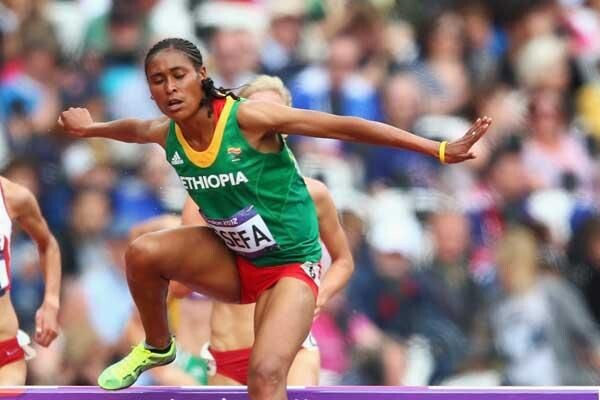
From the Steeplechase to the Streets
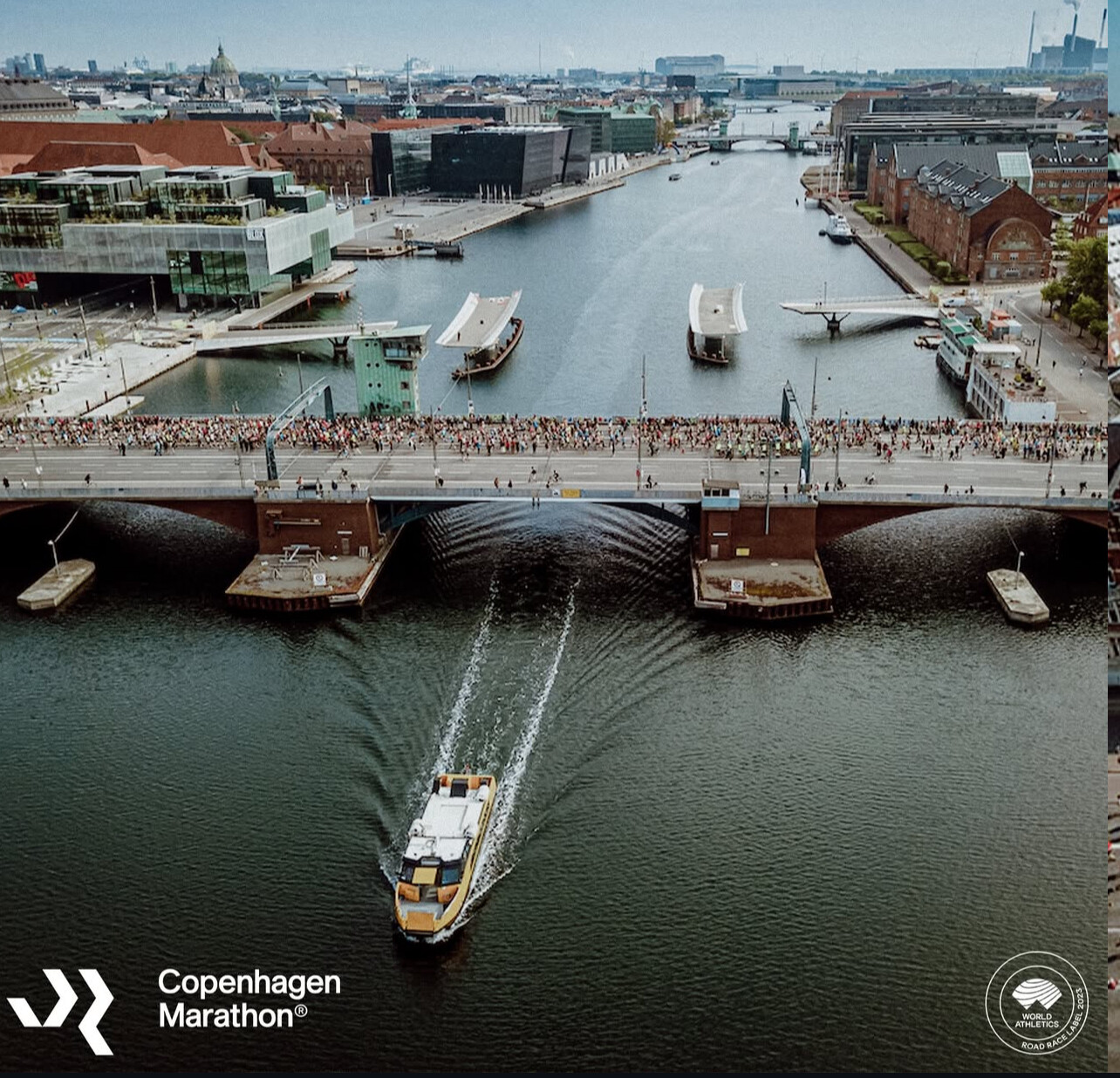
Assefa made her name on the global stage with a silver medal at the London 2012 Olympics and a bronze at the 2013 World Championships, becoming one of Ethiopia’s most decorated steeplechasers. After a brief step back from elite competition, she began a new chapter in 2023, debuting in the marathon with a quiet 2:23:33 finish in Amsterdam—an impressive time that, surprisingly, received little media attention.
Stepping Onto the Podium in Copenhagen
That all changed in Copenhagen. On May 11, 2025, Assefa battled through a competitive international field and crossed the finish line second overall, just behind Kenya’s Sharon Kiptugen. Her time of 2:26:21 may not have been a personal best, but it earned her a well-deserved place on the podium and reaffirmed her status as a top-tier athlete.
What makes her performance even more notable is that she is still relatively new to the marathon. Her endurance, race intelligence, and experience from years on the track are clearly translating well to longer distances.
Looking Forward
At 37, Assefa has found fresh motivation and success on the roads. With two marathons now under her belt—including a podium finish—she’s poised to continue challenging some of the world’s best in upcoming races.
Her story is a powerful reminder that champions don’t fade—they evolve. Sofia Assefa is proving that greatness can take many forms, and her marathon journey is just beginning.
(05/17/2025) ⚡AMP
by Boris Baron
Fighting the Invisible Force: How Runners Can Handle Wind During a Race
Every runner has faced it—that unrelenting wall of air that seems to sap energy, slow pace, and turn an otherwise great race into a battle of survival. Wind can be one of the toughest natural elements to deal with, especially during a road race where every second counts.
“I have a hard time with wind while racing,” says Bob Anderson, founder of My Best Runs. “And as I’ve gotten older, it even seems more challenging. The wind takes a lot of the fun out of the race. But what can you do?”
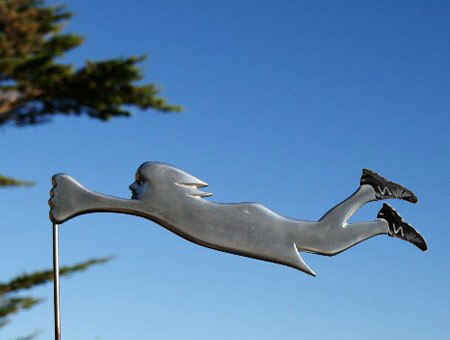
That’s a question many runners ask themselves mid-race, especially when a strong headwind hits just as they’re settling into rhythm. While we can’t control the weather, there are strategies runners can use to minimize the impact of wind and stay competitive—even when Mother Nature isn’t cooperating.
Here are some key tips for managing wind during a race:
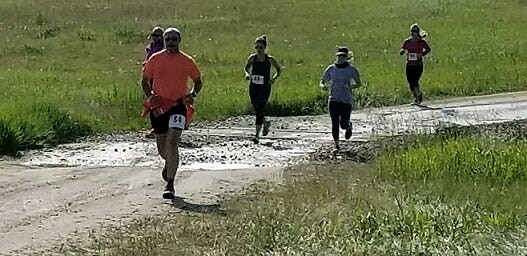
1. Draft Smart
If you’re racing in a pack, use it to your advantage. Tucking in behind other runners can reduce wind resistance by up to 80%. Take turns leading if possible, or find someone running your pace and settle in just behind them.
2. Adjust Your Expectations

Wind slows everyone down. Don’t obsess over splits. Focus instead on effort and form. Fighting the wind too hard early on can drain your reserves and leave you struggling later.
3. Stay Loose and Efficient
When running into a headwind, runners often tense up. Stay relaxed. Shorten your stride slightly, keep your arms low and compact, and stay light on your feet to conserve energy.
4. Plan Your Mental Game
Wind is mentally draining. Accept it early in the race and stay positive. Remind yourself that everyone is battling the same conditions—and you’ll gain an edge if you handle it better mentally.
5. Use Tailwinds Wisely
If the course includes a stretch with a tailwind, that’s your moment to surge. Let the wind help push you forward and recover some ground lost earlier.
6. Dress for the Conditions
Tight-fitting clothes are your friend on windy days. Loose gear becomes a parachute. A good pair of sunglasses can also shield your eyes and help you stay focused.
7. Know the Course
If possible, preview the course ahead of time. Knowing where the wind will hit hardest—such as exposed sections or near bodies of water—can help you plan your effort and mental focus.
The Bottom Line
Wind will always be a factor in racing—sometimes subtle, sometimes brutal. But understanding how to adapt can turn a potential race-wrecker into just another challenge to overcome. As Bob Anderson says, “It takes some of the fun out, but you have to find a way to push through it.”
Embrace the resistance, adjust your mindset, and let the wind fuel your strength, not steal it.
(05/17/2025) ⚡AMP
by Boris Baron
Molly Huddle Is Redefining What It Means to Be a Mother and an Athlete
Molly Huddle, a two-time Olympian and former American record holder, has never been one to back down from a challenge. At 40, she is expecting her second child in May 2025—and using her platform to change how the sports world supports female athletes through pregnancy and motherhood.
This year, Huddle signed on as a Saucony ambassador, reaffirming her presence in the elite running community. But as her competitive calendar takes a backseat, her advocacy is moving to the front of the pack.
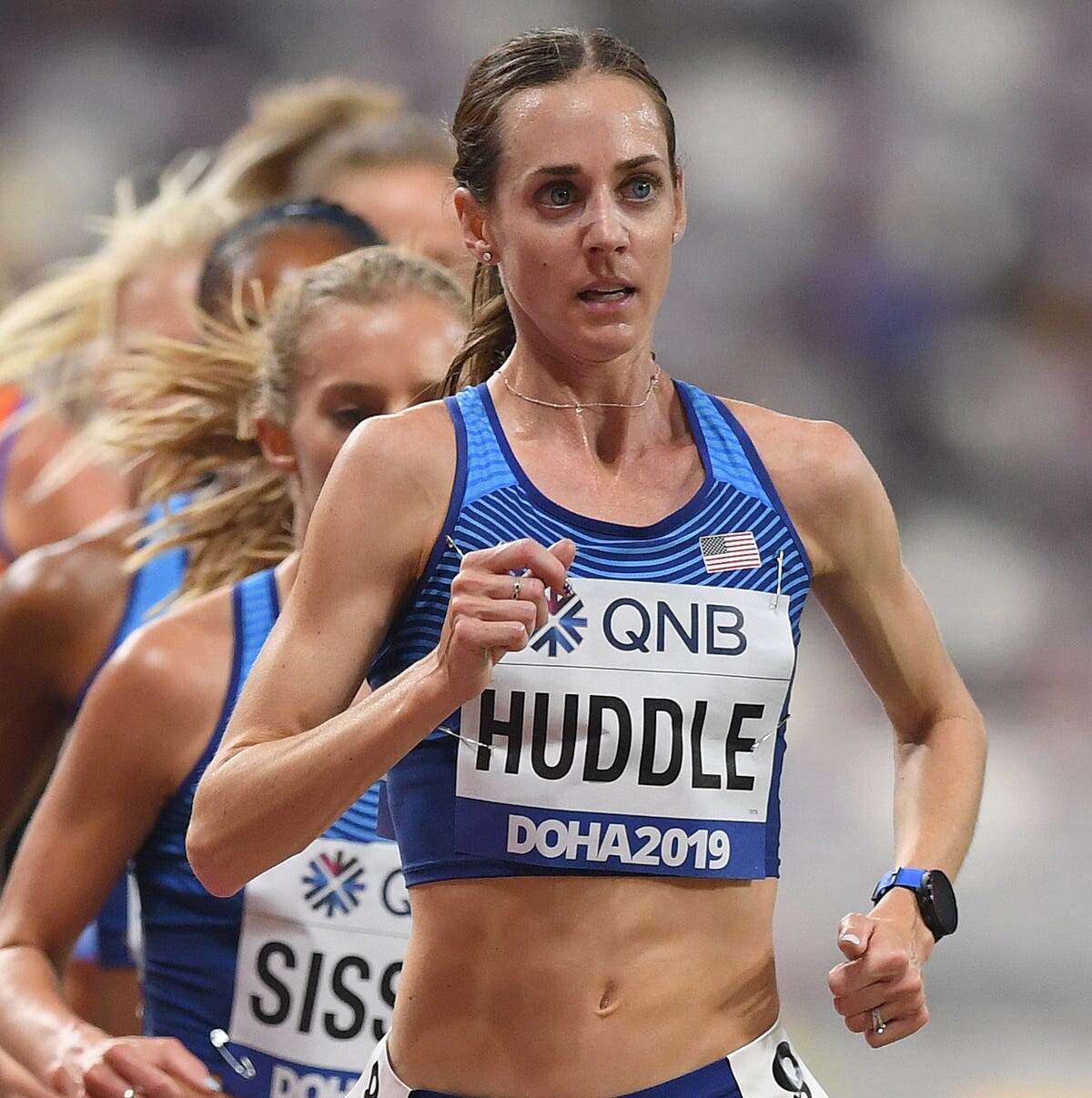
In a powerful Instagram post for National Girls and Women in Sports Day, Huddle opened up about the tension she felt throughout her career between maintaining her “sports body” and planning a family:
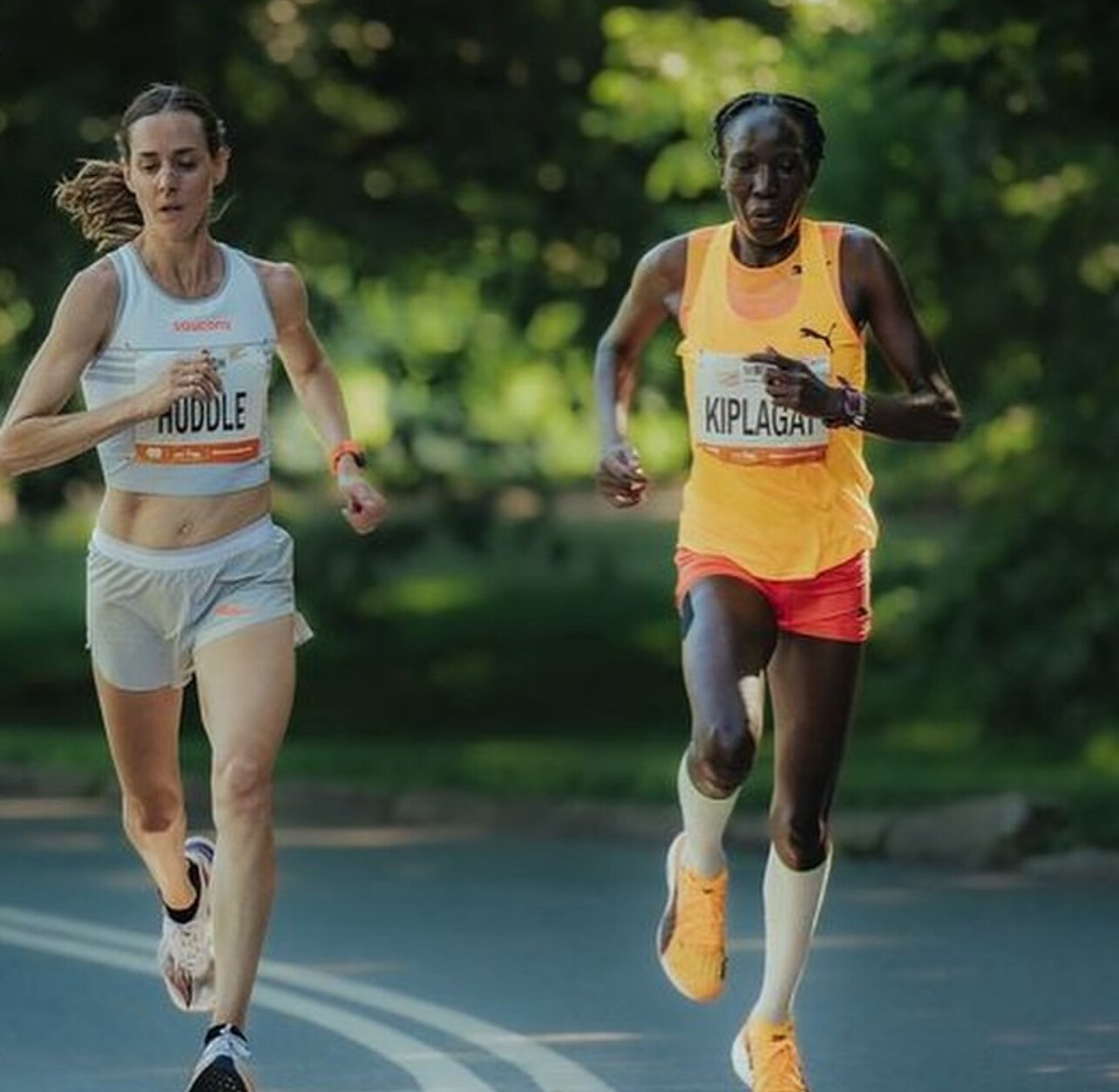
“The thing is, they’re the same amazing body, but it felt like the expectation was to be one, then retire and be the other. It would have made me feel less stressed to have more information, resources, support, and visible role models around all the ways you can thrive in both an athletic career and motherhood someday.”
Now, she’s working to ensure that future generations of women don’t face the same conflict.
Huddle advocates for:

• Fertility freedom and open discussions about pregnancy planning in sports
• Better access to information and medical guidance during postpartum recovery
• Childcare support for elite athletes and funding structures that don’t penalize pregnancy
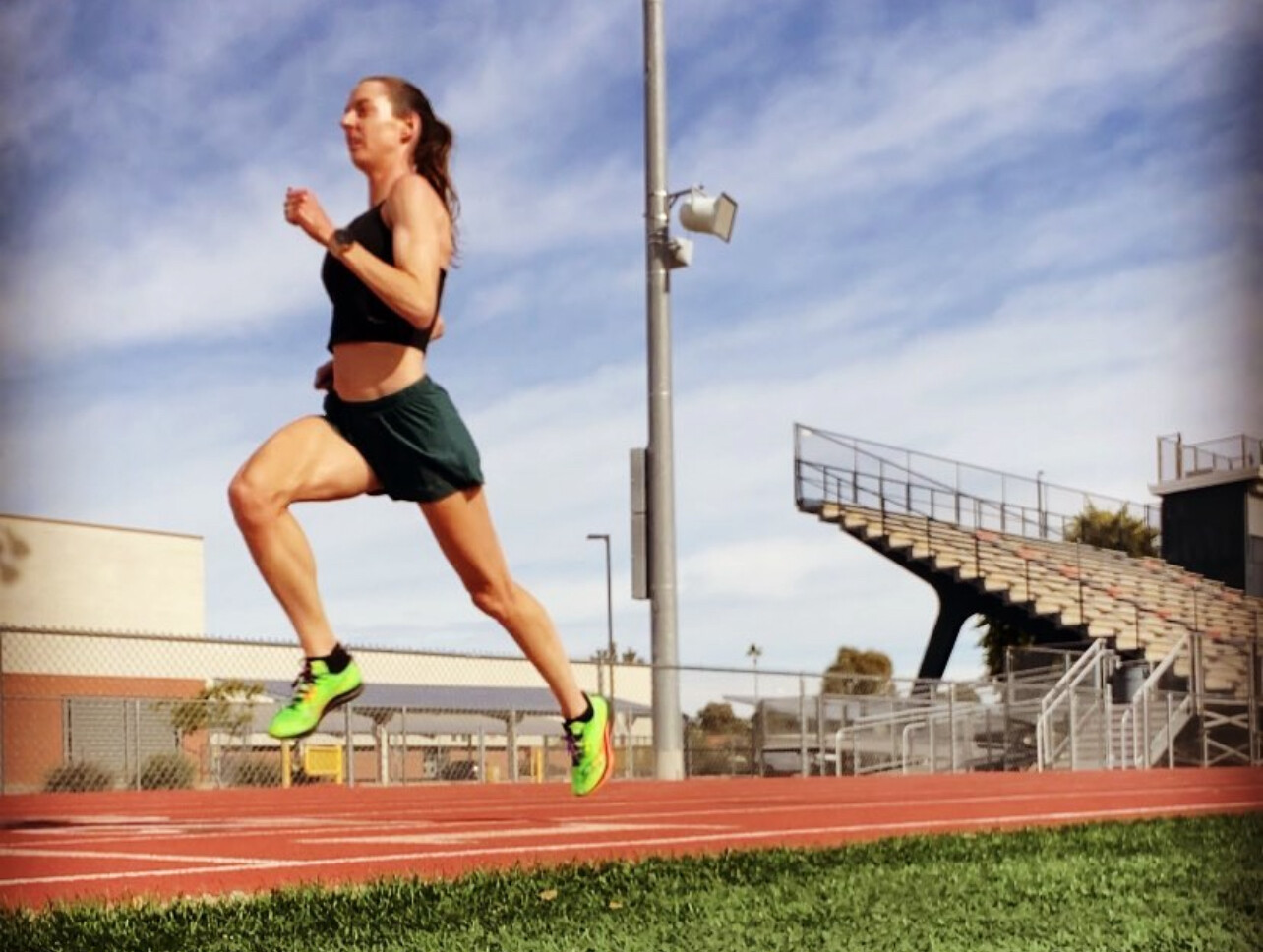
• More inclusive research and data around female-specific training and injury prevention
She continues to amplify these messages on her “Keeping Track” podcast, which she co-hosts with fellow Olympians Alysia Montaño and Roisin McGettigan. The show has become a vital platform for highlighting issues at the intersection of sports, gender, and family life.
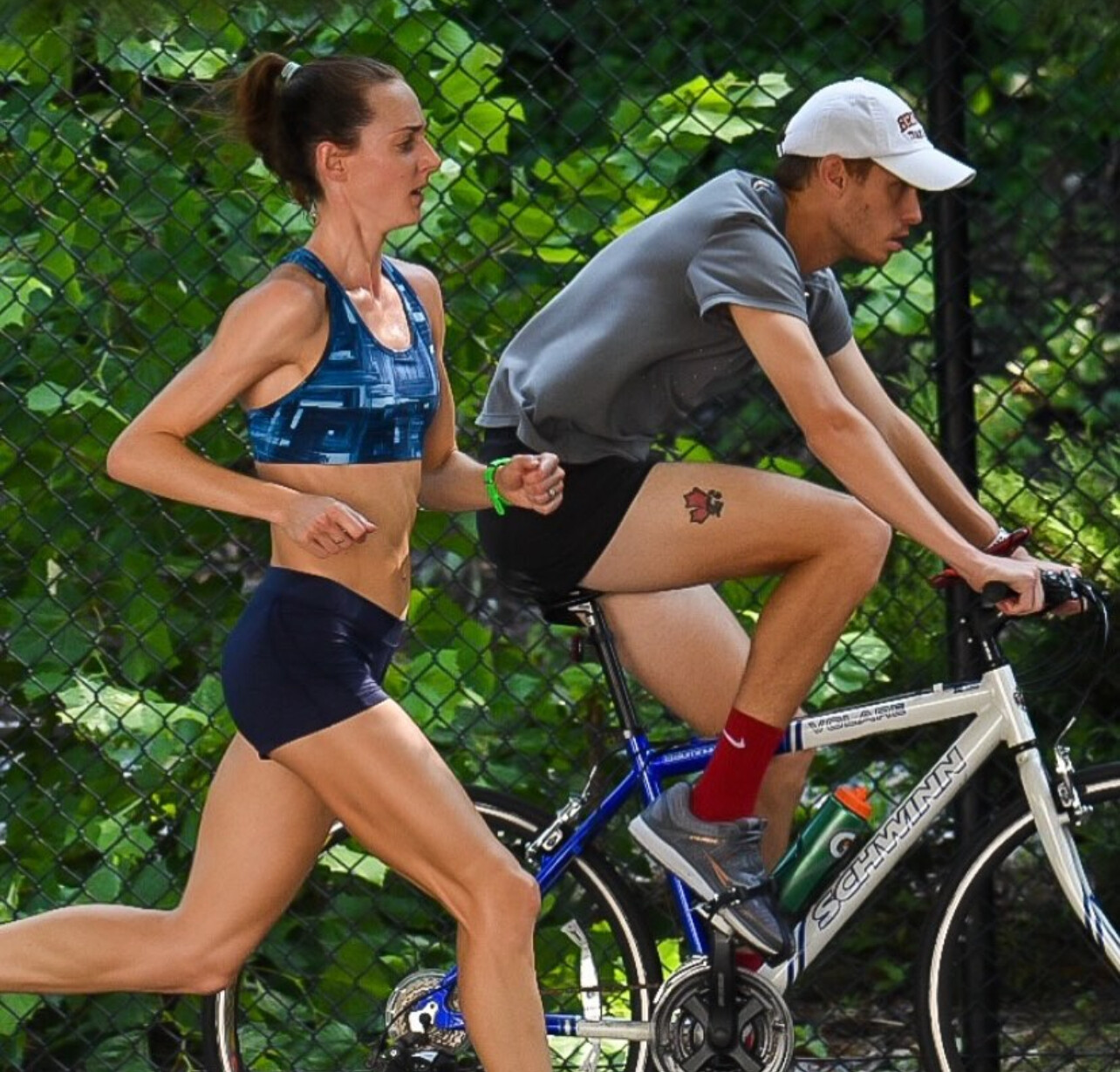
“I’d love the future of women’s sports to allow you to feel supported as your whole self the whole time,” Huddle added in her post. “More options and resources around fertility freedom is a way to start.”
Through her writing for Runner’s World, guest essays on ParentData, and her podcast work, Huddle is creating a new blueprint—one where a successful running career and motherhood don’t exist in opposition, but in harmony.
As she prepares to welcome her second daughter, Molly Huddle is racing toward a bigger goal: a sports world that finally supports women through all stages of life.

by Boris Baron
Why Zegama Remains the Most Revered Mountain Marathon
Zegama-Aizkorri 2025: The Mountain Marathon That Defines Grit and Glory
ZEGAMA, SPAIN — On Sunday, May 25, 2025, the world’s most electrifying trail marathon returns to the rugged peaks of the Basque Country. The Zegama-Aizkorri Mountain Marathon, now in its 24th edition, is more than a race—it’s a rite of passage for mountain runners.

Each year, hundreds of elite and amateur athletes are drawn to the small village of Zegama to test themselves on a course that is as breathtaking as it is brutal. With 42.195 kilometers (26.2 miles) of steep, technical terrain and 2,736 meters (8,976 feet) of vertical gain, the challenge is legendary.
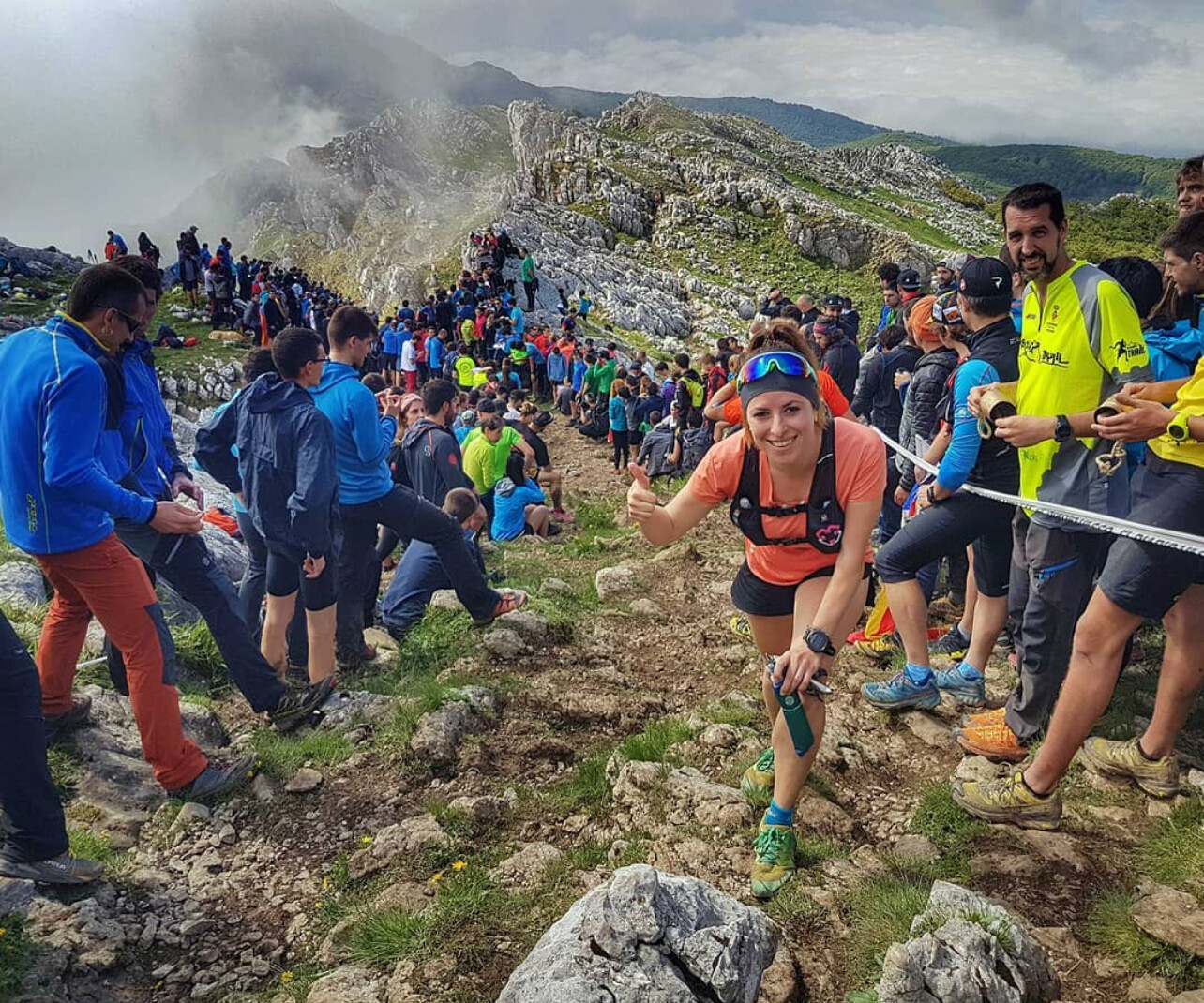
A Look Back at 2024: Jornet and Nordskar Shine

In 2024, trail running legend Kilian Jornet claimed his 11th Zegama title, completing the course in 3:38:07, the second-fastest time in the race’s history. The Spaniard’s unmatched mastery of this terrain—where weather, altitude, and technicality collide—continues to amaze.
On the women’s side, Norway’s Sylvia Nordskar delivered a breakthrough performance, winning in 4:29:12. Her victory came after years of chasing a podium finish, cementing her place among the world’s best mountain runners.
What Makes Zegama So Unique?

Zegama's course runs through the Aizkorri-Aratz Natural Park, an untouched alpine landscape of jagged ridges, mossy forests, and sweeping vistas. But it’s not just the scenery that defines Zegama—it’s the intensity of the terrain:
• Brutal Climbs: Runners face punishing ascents like Sancti Spiritu, where fans line both sides of the narrow path, turning the mountain into a human tunnel of noise and encouragement.
• Technical Descents: Slippery rock faces and steep downhills test a runner’s balance and nerve, often under unpredictable weather that can shift from fog to freezing rain in minutes.
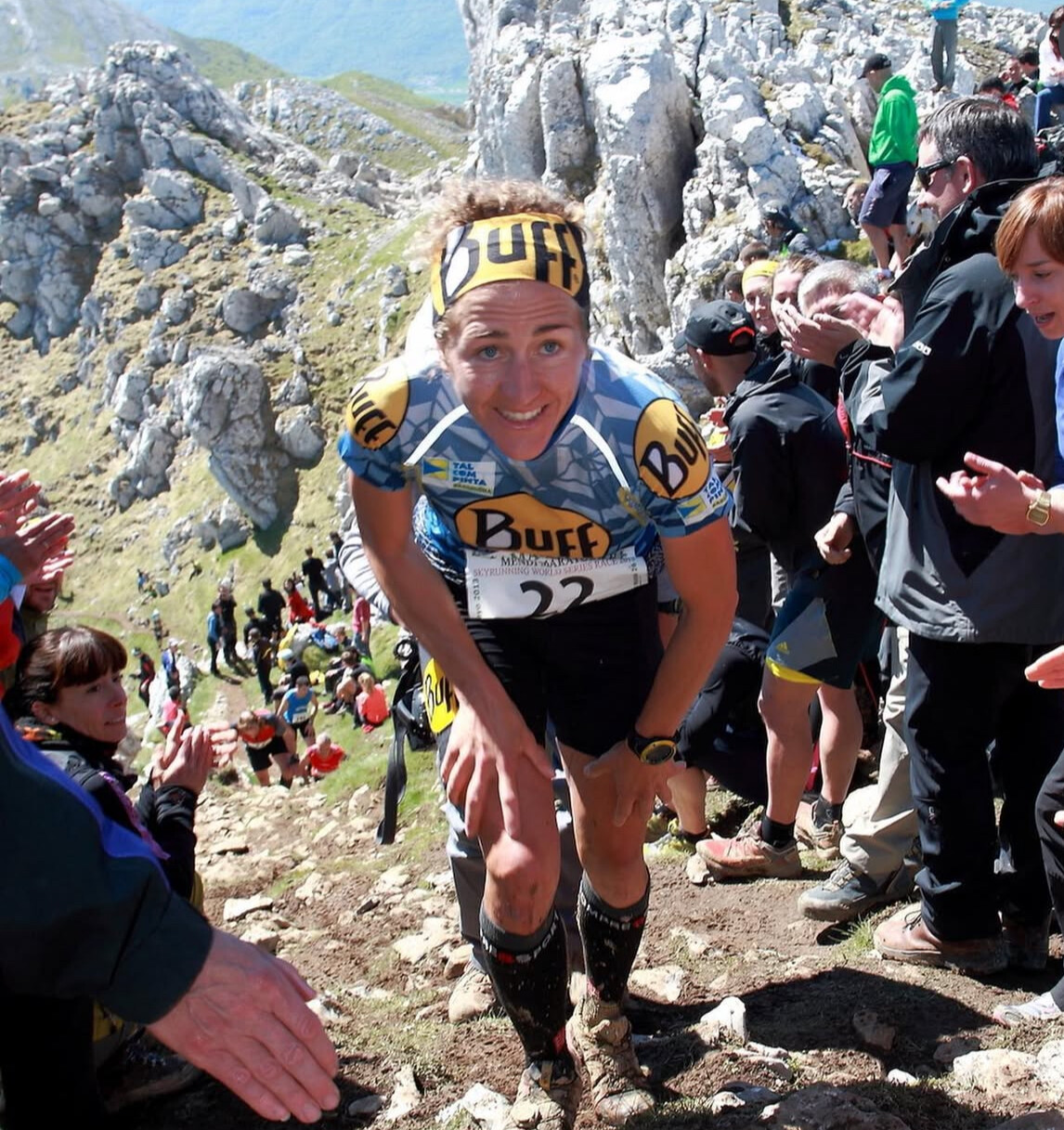
• Unmatched Atmosphere: Thousands of passionate Basque fans hike deep into the mountains to cheer with cowbells, flags, and chants. It’s been compared to the Tour de France on foot.
In Zegama, you’re not just running against the clock—you’re running with the crowd, through weather, over stone, and into history.
2025 Expectations
With another stacked field expected for 2025, the stage is set for drama. Can Jornet make it 12 wins? Will Nordskar defend her title? Or will a new name rise through the mist?
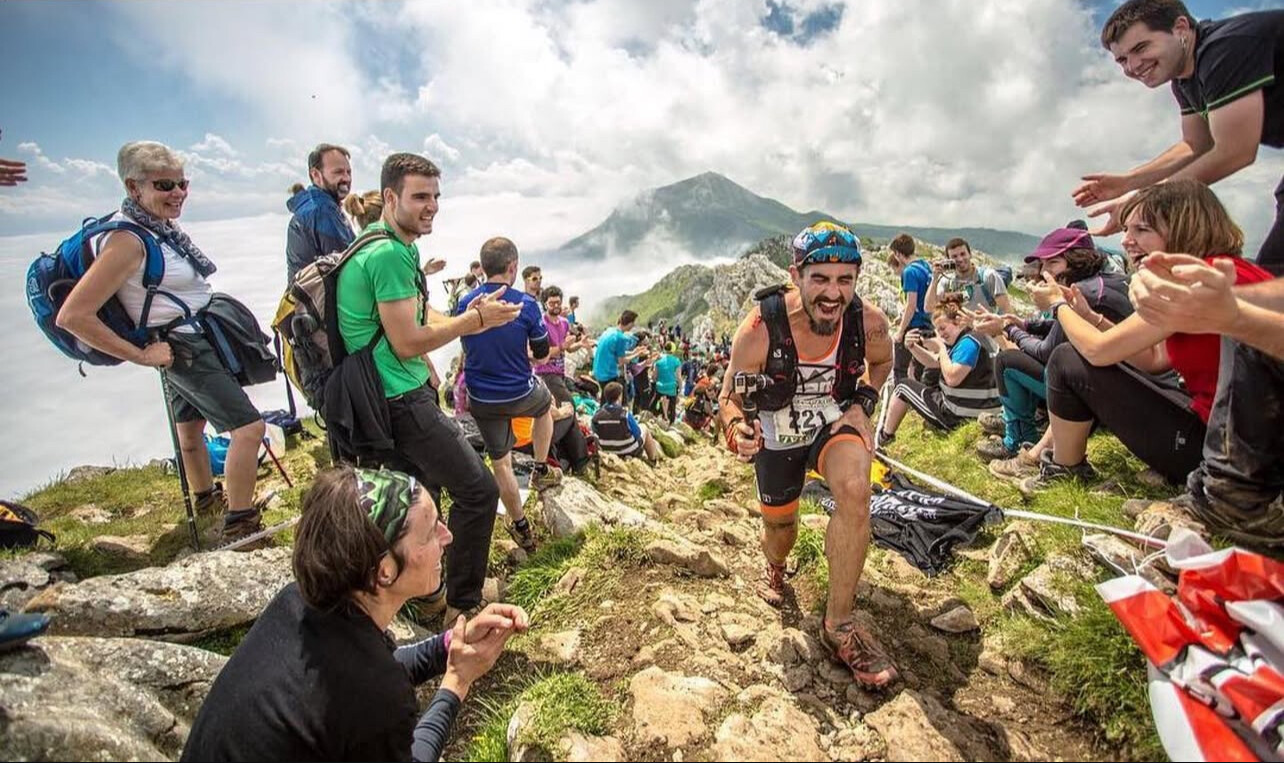
One thing is certain: Zegama es Zegama. No other race captures the raw essence of mountain running like this one.

by Boris Baron
Margaret Johnson is Still Breaking Records at 100
At an age when most people are slowing down, Margaret Johnson is speeding up.
The 100-year-old runner from Denver, Colorado, stunned the crowd at the National Senior Games on September 5 when she broke two national records—proving once again that it’s never too late to chase your dreams.
Margaret only began running at the age of 70, lacing up her first pair of racing shoes to stay active. What began as a casual pursuit quickly became a passion that would carry her through three decades of competitions.
Now, at 100, she’s rewriting the record books.
At the recent meet, she ran the 100 meters in 51.28 seconds, setting a new American record for women in the 100+ age category. Just hours later, she clocked 2 minutes and 58.36 seconds in the 200 meters, smashing another age-group mark.
“I never imagined I’d be setting records at this age,” Margaret said with a smile after her races. “But running gives me joy. It keeps me feeling young and strong.”
Her performances were not only fast—they were fearless. With her signature determination and graceful stride, Margaret became the oldest woman ever to compete in both events at the Senior Games.
Her story is more than just one of speed. It’s a powerful reminder of what’s possible when you stay active, stay positive, and never stop believing in yourself.
Whether she’s crossing the finish line or inspiring the next generation, Margaret Johnson is showing the world that age really is just a number—and the finish line is only the beginning.
(05/16/2025) ⚡AMPby Boris Baron
Angela Tortorice’s 1,000 Marathons and a Guinness Record — But Do the Numbers Add Up?
Angela Tortorice, a Dallas-based runner and full-time accountant, has received widespread praise on social media and in the running community for her astonishing endurance achievements. According to Guinness World Records, she holds the title for the most race marathons run in a single year by a woman: an incredible 129 marathons completed between September 1, 2012, and August 31, 2013. Nearly a decade later, she was celebrated again for completing her 1,000th marathon at the Irving Marathon in Texas on April 2, 2022, reportedly making her the first American woman to reach that milestone.
These accomplishments are inspiring — but they also raise serious questions.

The Math Behind the Record
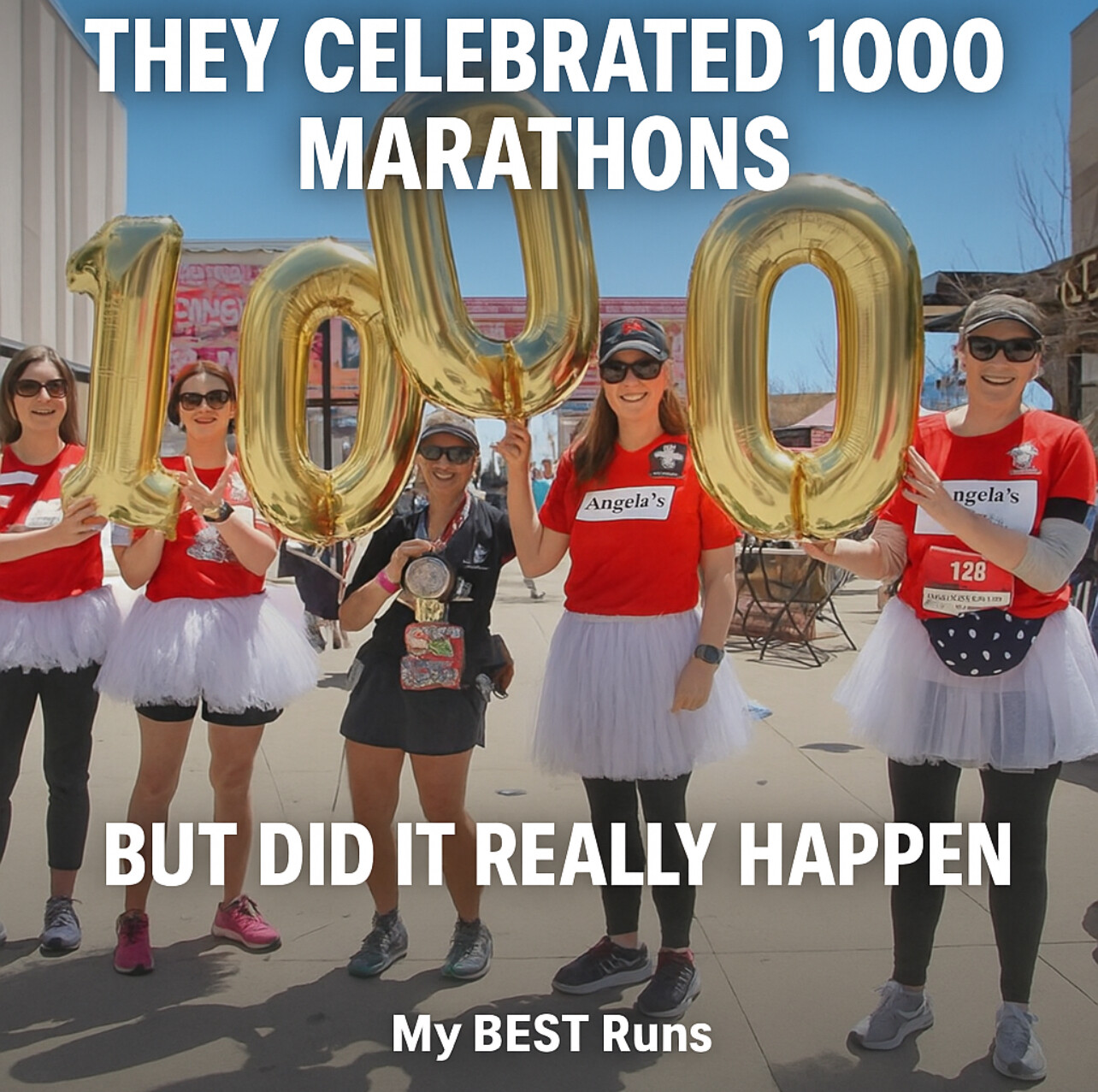
Completing 129 marathons in 365 days averages to one marathon every 2.8 days. Since most official marathons take place on Saturday or Sunday mornings, a runner could theoretically participate in two marathons per weekend — totaling 104 races per year if no weekends were lookmissed. To reach 129 official marathons, one would need to find an additional 25 races held on weekdays, which is highly unlikely, especially in the U.S. where weekday marathons are rare.
Moreover, Angela reportedly maintained a full-time accounting job throughout this year, making the travel, recovery, and logistics of such a schedule even more challenging.
So how was this record verified?
Guinness Confirmation Process
According to Guinness World Records, all record attempts must be supported with documentation, including:
• Official race results
• Event certifications
• Witness statements
• Media coverage
While Guinness confirmed Tortorice’s record, the details of how each marathon was documented and what criteria defined a “race marathon” have not been made public. Many in the running community are left to wonder: Were all 129 races USATF- or IAAF-certified events? Or did some involve multi-loop courses, self-organized races, or training runs that happened to reach 26.2 miles?
If the latter, should they count toward an “official” marathon record?
The 1,000 Marathon Milestone
Tortorice ran her first marathon in November 1997 at the San Antonio Marathon. Reaching 1,000 marathons by April 2022 spans approximately 24.4 years. To accomplish this, she would have had to average more than 41 marathons per year for nearly two and a half decades — while working full time and recovering from each race.

Even with her 129-marathon year included, the pace remains difficult to reconcile with the typical calendar of official events. A search on marathonview.net, a site that tracks certified marathon results, lists only 313 races under her name — far short of 1,000. That gap again raises concerns about how these totals are being calculated and what types of events are being counted.
Ultrarunning Records Raise More Questions
Further complicating the narrative is data from UltraRunning Magazine, which tracks ultramarathon performances across the U.S. According to their published records, Tortorice competed in:
• 6 ultramarathons in 2012, totaling 182 miles
• 5 ultramarathons in 2013, totaling 152 miles
These included timed events like Run Like the Wind (26.7 miles in 6 hours) and longer efforts such as the Sunmart Texas Trails 50K and the Nashville Ultra. Running multiple ultramarathons during the same period she allegedly completed 129 marathons suggests an even greater load on the body — further straining plausibility.
To perform at this level, she would have needed to recover within 24–48 hours, every single week, for a full year, without serious injury. That level of resilience is virtually unheard of in the sport.
A Matter of Integrity
This story began as a celebration of one woman’s determination and consistency. Angela Tortorice clearly has passion and commitment to the sport, and there’s no question she’s run more marathons than most runners will ever attempt.

But when numbers like “129 official marathons in one year” or “1,000 official marathons in a career” are published and shared without full transparency, it matters. The integrity of marathon records — and the accomplishments of every runner who pushes through 26.2 miles — depends on clear, consistent standards.
If some of these marathons were self-supported runs or informal events, they are still worthy efforts — but should be categorized appropriately.
800 Marathons by 2019 — Then 200 More in 30 Months?
Another milestone adds complexity to the story. On October 5, 2019, Angela Tortorice celebrated her 800th marathon, as shown in a Facebook post and commemorative photo holding a cake at the finish line. That celebration is just 2 years and 6 months before her 1,000th marathon, reportedly completed at the Irving Marathon on April 2, 2022.

That means she would have completed 200 marathons in just 30 months, averaging over 6.5 marathons per month, or about 1.5 per week, every single week — during the height of the pandemic era when many events were canceled or limited.
Even more striking, race result records from this period show that she was also participating in ultramarathons, including at least one 24-hour race, according to UltraRunning Magazine. These events demand far more recovery than standard marathons. Yet her pace of marathons never seems to slow down.
The Core Question Remains
Angela Tortorice has no doubt logged thousands of miles and displayed a deep love for running. But the record of 129 marathons in a single year, verified by Guinness, was widely interpreted as representing 129 official, certified marathons — the kind that appear in race databases, are publicly timed, and meet governing body standards.
The mounting evidence — including her ultrarunning participation, the 800-to-1000 marathon timeline, and her full-time employment — raises a fundamental question: Were all of these “marathons” part of certified, organized events, or were many informal, self-organized, or private runs?
For a record with such significance, the running world deserves clarity. Not to diminish the accomplishment — but to ensure accuracy and integrity in what we celebrate.
Angela Tortorice has no doubt achieved extraordinary things. But the marathon world deserves clarity: What exactly counts as a marathon in these records? If the claim is that all 1,000 were “official race marathons,” then we must ask — where’s the list?
Until those questions are answered, the celebration must also come with scrutiny. The running community deserves both inspiration and truth.
(05/16/2025) ⚡AMPby Bob Anderson and Boris Baron
Spain’s Relay Breakthrough Turns Heads at World Relays
At the World Athletics Relays Guangzhou 25, held from May 4–5, 2025, a surprising question echoed through the stadium: When did Spain become a global relay powerhouse?
In what turned out to be a landmark weekend, Spain’s women’s 4x100m team—Esperanca Cladera, Jael Bestue, Paula Sevilla, and Maria Isabel Perez—blazed to a national record 42.18 in the opening round, defeating a Jamaican squad stacked with legends like Shelly-Ann Fraser-Pryce and Shericka Jackson.
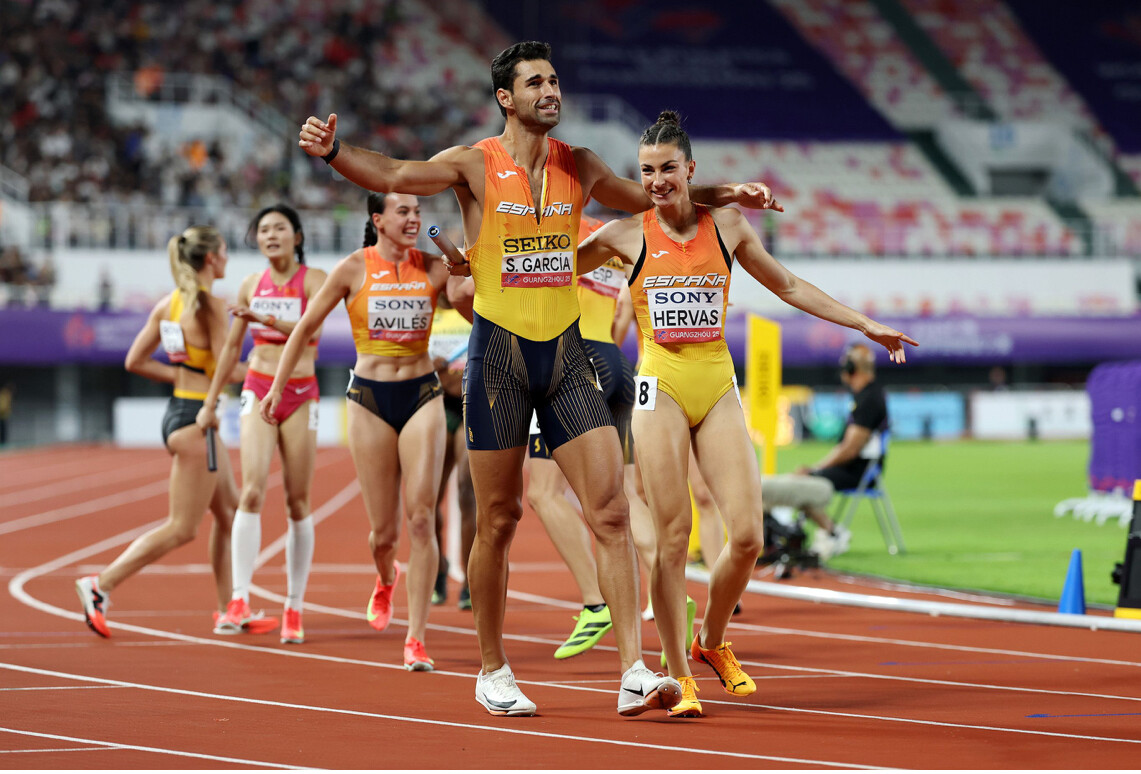
In the final, Spain proved it wasn’t a one-off. Clocking 42.28, they finished second behind Great Britain and ahead of both Jamaica and the USA.
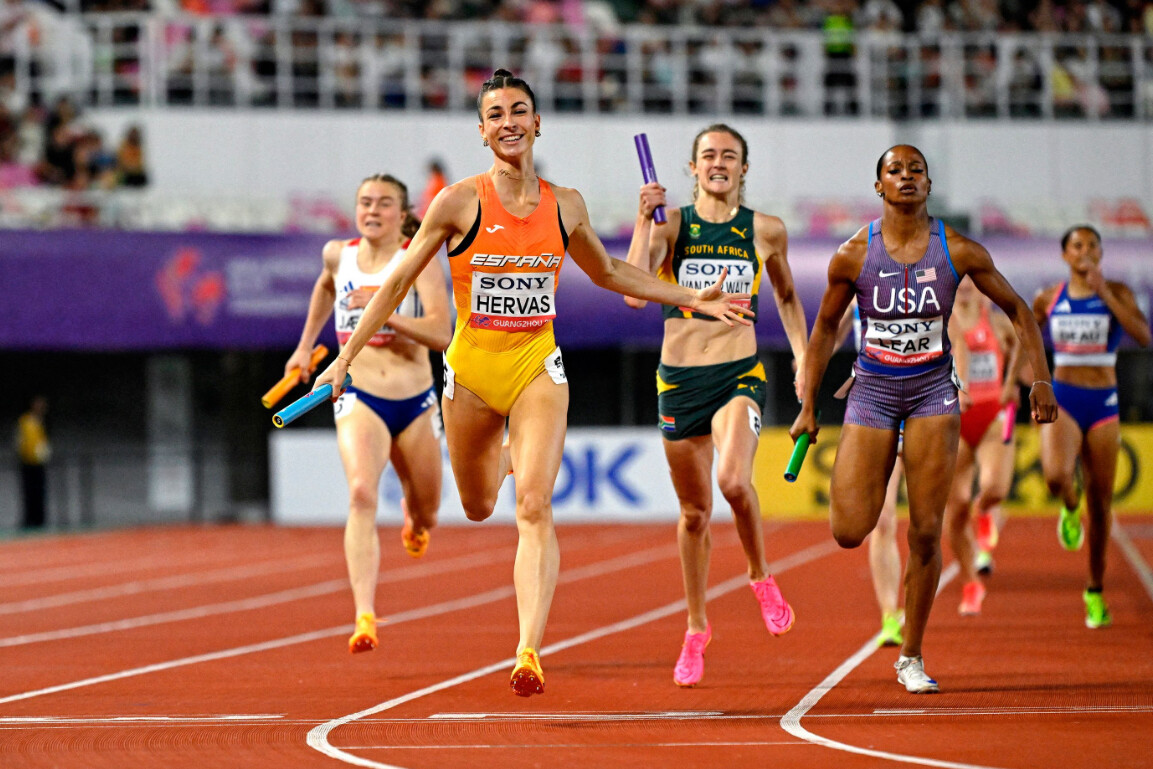
But they weren’t done.
In the women’s 4x400m final, Sevilla, Eva Santidrian, Daniela Fra, and Blanca Hervas delivered another shock: a gold medal performance in 3:24.13, again a national record, defeating powerhouses USA and South Africa.
The mixed 4x400m team—David Garcia, Carmen Aviles, Samuel Garcia, and Hervas—kept the momentum going, winning their heat in 3:12.55 and securing a berth at the 2025 World Championships in Tokyo.
A New but Growing Stage
The World Athletics Relays, launched in 2014 in Nassau, Bahamas, were designed to promote global relay competition and offer a dedicated international stage for national teams. The first three editions were held in 2014, 2015, and 2017 at Thomas Robinson Stadium. Initially intended as an annual meet, the format shifted to every odd-numbered year, aligning with the World Athletics Championships qualification calendar.
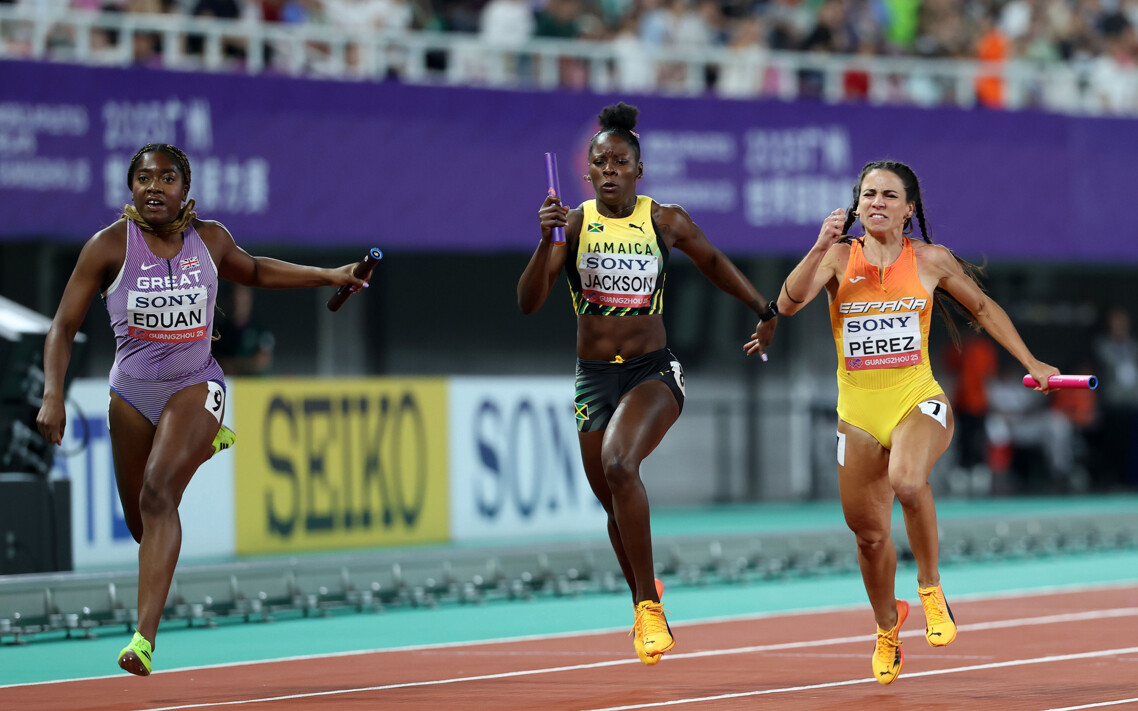
Until Guangzhou, Spain had never won a relay medal at the World Relays. Their only other global relay podium came in the form of a men’s 4x400m silver at the 2022 World Indoor Championships. And yet, in China, they were mixing it with sprinting royalty—and winning.
Why the Sudden Success?
“A lot of relay camps,” explained Jael Bestue, who also competed in the mixed 4x100m. “We work hard on baton changes and building trust. We’re like sisters.”
Though a botched handoff cost them in the mixed 4x100m, the women’s team bounced back brilliantly, executing smooth exchanges that led to their national record.
Blanca Hervas, anchor of both the women’s and mixed 4x400m squads, credited the consistent connection between teammates. “Most of our training is at home with our coaches, but we come together for camps multiple times a year. That shared bond is key.”
Santidrian, who ran the fastest split (50.58) in the 4x400m final, added: “We’re really close friends. When one of us improves, all of us improve.”
Spain’s recent success is no accident. National coach Jose Peiro Guixot traced it to a development program launched nearly a decade ago. “We created a national relay plan. The progress has been steady, and now it’s starting to show. But we’re not done—we want to keep improving.”
Even Spain’s younger athletes are feeling inspired. Andoni Calbano, part of a developmental mixed relay squad, said the women’s performance raised the bar. “Individually, we’re not the fastest. But our changes were perfect. That’s the secret.”
In the 4x100m final, Maria Perez held off a charging Shericka Jackson and Twanisha Terry to earn silver. “I was nervous,” Perez admitted. “But I just told myself: run faster.”
Then came the gold. In the 4x400m final, ‘Las Burbujas Doradas’ (The Golden Bubbles), as they’re known in Spain, stormed to victory. Hervas anchored in 50.59.
“My biggest dream came true,” said Hervas. “Gold medal, national record, World Relays champion—this is for our coaches, our families, everyone. It’s their medal too.”
(05/16/2025) ⚡AMPby World Athletics with Boris Baron
Geoff Smith is a two-time Boston Marathon winner, Olympian, and lifelong contributor to the sport. From collapsing short of victory in NYC to Boston glory—his story is pure grit.
Two-time Boston Marathon winner Geoff Smith is more than a racing legend—he’s a lifelong ambassador for running. Born in Liverpool, England in 1953, Smith’s story is one of extraordinary transformation. From firefighter to Olympian to elite marathoner, and now a mentor and race organizer, his passion for the sport continues to resonate across generations and continents.

From Liverpool Firefighter to Boston Great
Smith’s journey began with the Liverpool Fire Brigade’s athletic team, where his natural talent emerged. By age 26, he had relocated to the United States to attend Providence College in Rhode Island. There, he developed into one of the world’s premier distance runners.
In 1983, he made a dramatic marathon debut in New York City. Leading for most of the race, he seemed destined for victory—until, in the final few yards, Rod Dixon surged ahead. Overwhelmed by exhaustion, Smith collapsed before reaching the finish line. The iconic photograph capturing that heart-stopping moment, with Dixon celebrating and Smith falling short of the line, remains one of the most powerful images in marathon history.

The following year, he captured the 1984 Boston Marathon title with a commanding 2:10:34. In 1985, he defended his title in dramatic fashion, battling severe leg cramps in the final miles to win in 2:14:05. That courageous effort remains one of the grittiest finishes in Boston history.
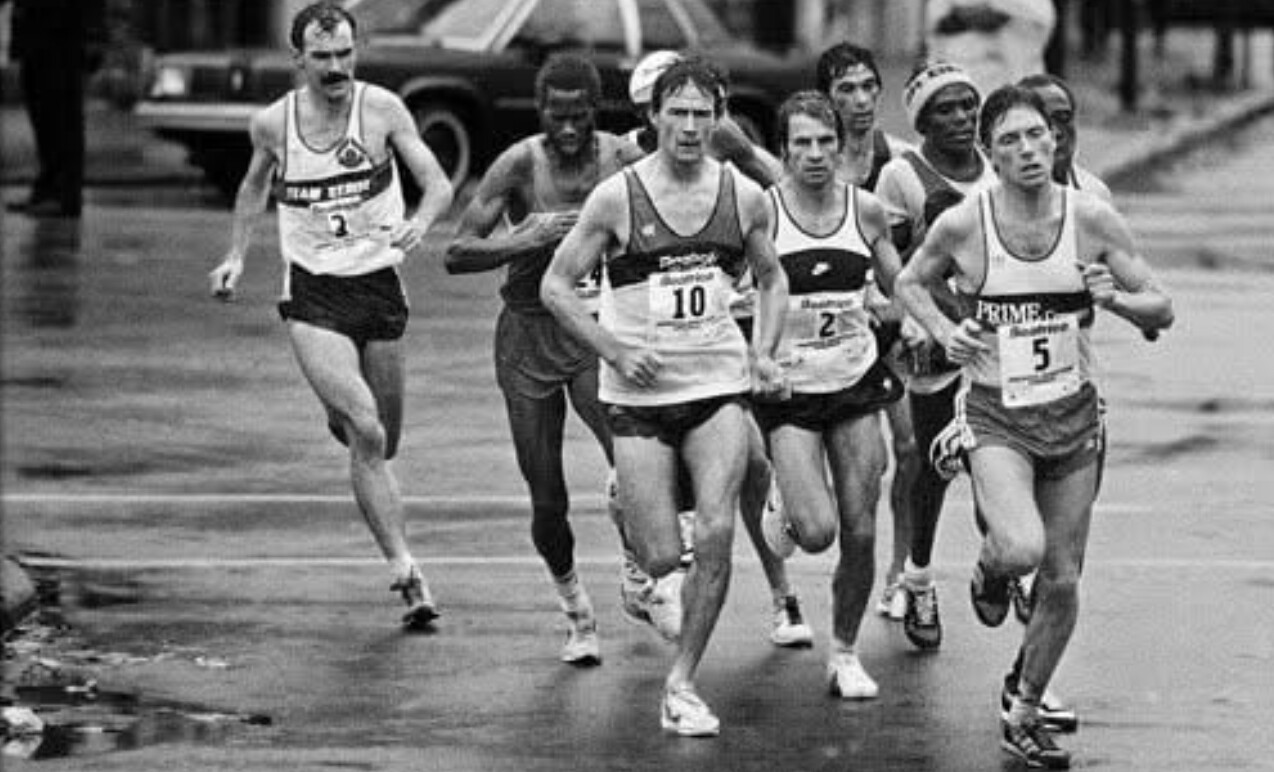
Olympic Pride and International Competition

Smith also proudly represented Great Britain in two Olympic Games. He competed in the 10,000 meters at the 1980 Moscow Olympics and returned to the global stage in the marathon at the 1984 Los Angeles Olympics. His Olympic performances helped cement his place among the greatest British distance runners of his era.

A Quiet Force Behind the Scenes

After retiring from elite competition due to injuries—and undergoing bilateral hip replacements—Smith made a remarkable return to the sport. Though no longer racing competitively, he continues to log miles through walking or easy running, staying deeply connected to the running lifestyle.
Now based in Mattapoisett, Massachusetts, Smith remains a respected figure in the New England running scene. Rather than seeking the spotlight, he collaborates with other race directors, using his decades of experience to help source race medals, shirts, and participant bags. His behind-the-scenes work ensures runners have meaningful, memorable race-day experiences.
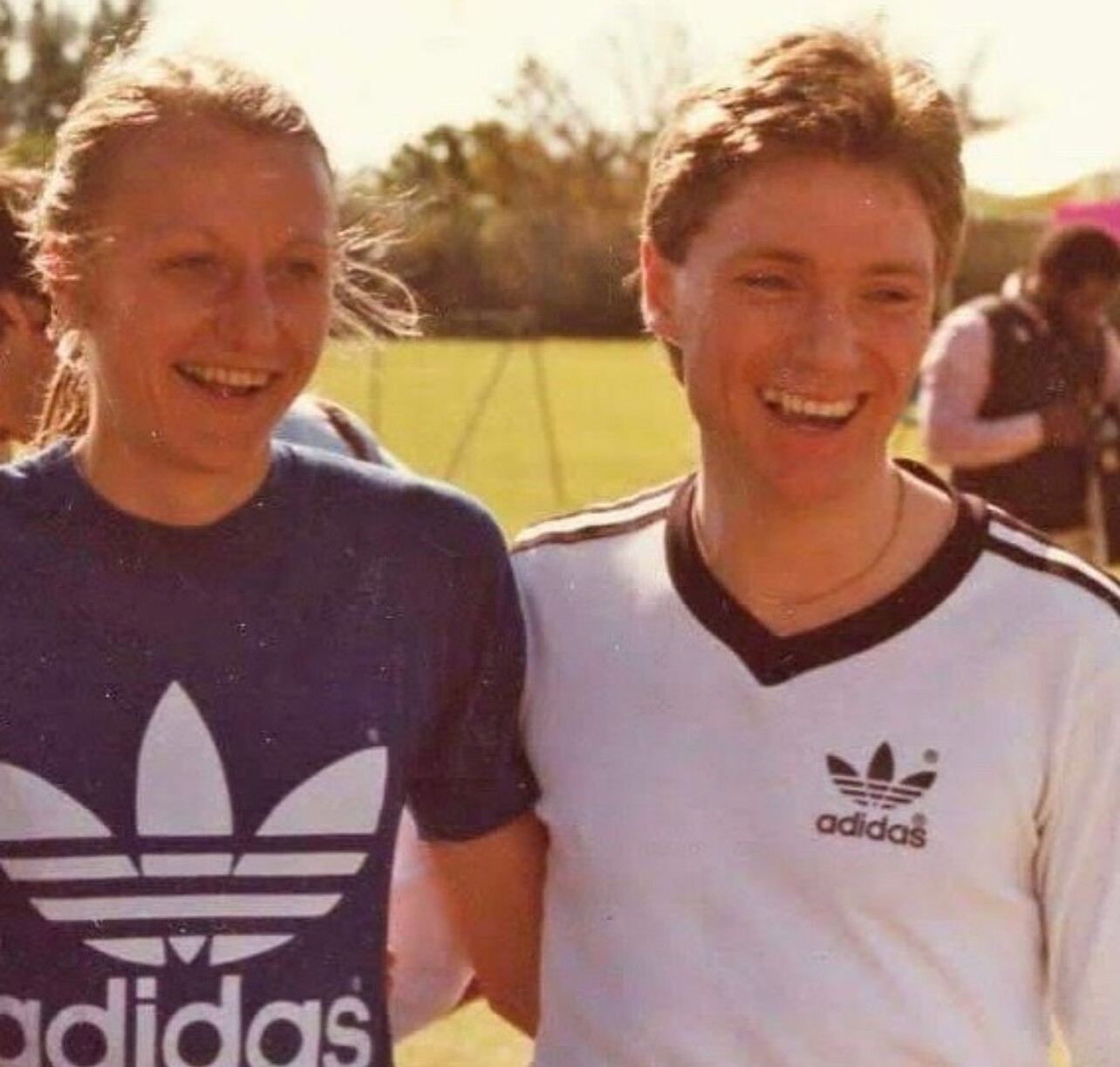
Living Between Massachusetts and Liverpool
While Smith calls Massachusetts home, he spends considerable time in his native Liverpool, keeping strong ties to his roots. Whether he’s supporting local races in New England or visiting family and friends in the UK, his love for the running community never wavers.
Despite facing medical challenges in recent years, Geoff Smith continues to move forward with resilience and determination. His story is a powerful reminder that true champions don’t just break tape—they lift others along the way.
Geoff Smith’s legacy isn’t only written in record books—it lives on in the events he supports, the runners he inspires, and the quiet miles he continues to cover with gratitude and grace.
(05/15/2025) ⚡AMP
by Boris Baron
Who’s the Fastest Man in the World Right Now?
Sprint Showdown 2025: Lyles, Knighton, and Tebogo Ignite a New Era of Speed on the Diamond League Stage
The 2025 Diamond League season is heating up fast, and the men’s sprints are once again the center of attention. Three names are defining the early action: Noah Lyles, Erriyon Knighton, and Letsile Tebogo—each with the potential to end the season as the world’s fastest man.
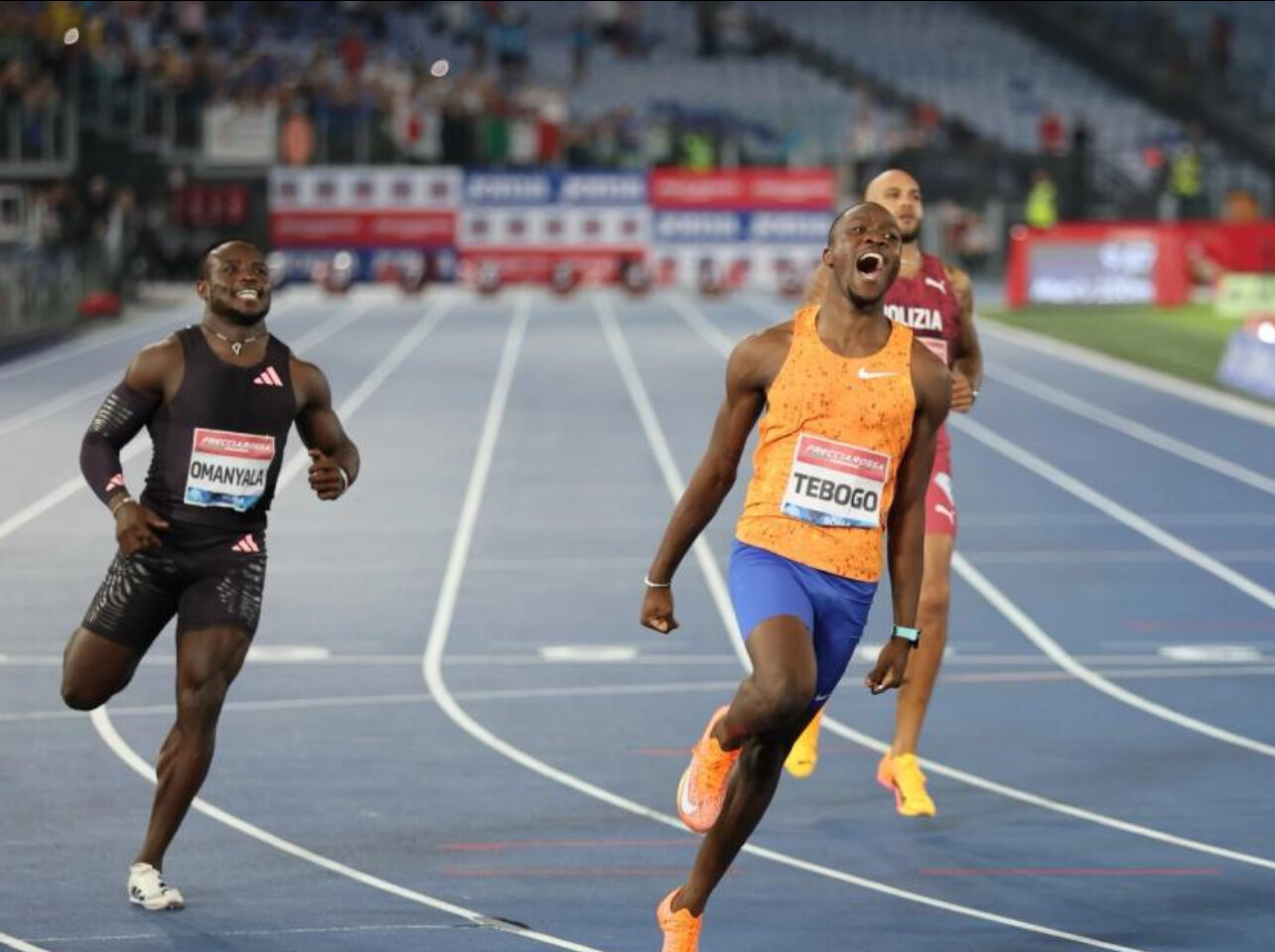
Noah Lyles: The Champion with a Target on His Back
Reigning Olympic and World Champion Noah Lyles is the man to beat. Though he hasn’t yet raced on the Diamond League circuit this year, his resume speaks volumes. He clocked 9.83 in the 100m and 19.47 in the 200m during the 2024 season and claimed double gold in Paris. All eyes are on when—and where—he’ll make his 2025 Diamond League debut. With a long-standing goal of breaking Usain Bolt’s 200m world record, Lyles remains the top contender.
Erriyon Knighton: Poised to Pounce
Still just 21 years old, Erriyon Knighton hasn’t raced yet in 2025, but anticipation is building. The American phenom owns a personal best of 19.49 in the 200m, set in 2022 as a teenager. After earning Olympic silver behind Lyles in Paris, Knighton is expected to return to the track soon and challenge for dominance in both the 100m and 200m this summer.
Leslie Tebogo: The Early Season Leader
Botswana’s Letsile Tebogo, the reigning Olympic 200m silver medalist and one of Africa’s brightest young stars, is already making headlines in 2025. He opened his season with a 10.20 in Xiamen and followed that with a 10.03 in Shanghai—finishing third in both Diamond League meets. Tebogo is scheduled to run his primary event, the 200m, at the Doha Diamond League on May 16, which could be a statement race as he builds toward the World Championships in Tokyo later this year.
What’s Next: A Collision Course
While all three athletes are on different timelines this season, the Diamond League is setting the stage for dramatic head-to-head clashes. Lyles and Knighton have yet to toe the line, while Tebogo is already building momentum. Their inevitable meeting—possibly at the Prefontaine Classic or in Europe this summer—could define the sprinting landscape in 2025.
The sprint wars are officially on. The only question left: Who will own the title of the world’s fastest man by season’s end?
(05/15/2025) ⚡AMPby Boris Baron
Jim Ryun Still Inspires Generations One Mile at a Time
Few names in track and field history carry the weight of Jim Ryun. A high school prodigy, world record holder, Olympian, and public servant, Ryun’s legacy continues to inspire runners around the world—even decades after his final lap.
On May 15, 1965, Ryun delivered what many consider the greatest high school mile performance of all time. Running on a dirt (or cinder) track and competing exclusively against high school runners, the 18-year-old Ryun clocked an astonishing 3:58.3, marking his second career sub-4-minute mile. The moment was electric, captured in a now-iconic photo of Ryun breaking the tape, roaring with emotion as spectators leaned in, visibly aware they were witnessing history.

Special thanks to Gary Cohen for reminding us of this important anniversary and the lasting impact of that race. Sixty years later, it remains a symbol of youth, potential, and the power of belief.
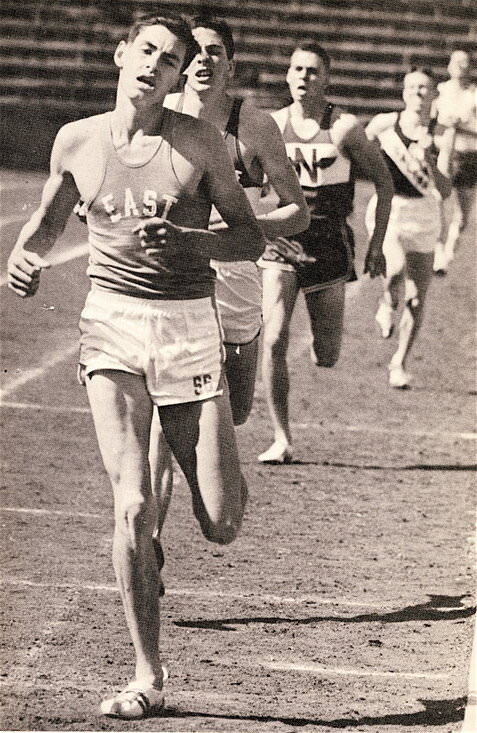
From Track to Capitol Hill

Jim Ryun went on to win a silver medal in the 1500 meters at the 1968 Olympics and set multiple world records—including the mile (3:51.1), 1500 meters (3:33.1), and 880 yards (2:16.2). After retiring from competitive running, he transitioned into public service, serving five terms in the U.S. House of Representatives for Kansas.

Still Leading by Example
Today, Ryun remains a prominent voice in the running community. Through The Jim Ryun Running Camps, he mentors young athletes across the country—instilling not just proper training techniques, but also values like leadership, discipline, and integrity. He also travels the nation as a motivational speaker, drawing from his experience as both an athlete and a public servant.
In 2020, Ryun was awarded the Presidential Medal of Freedom, the highest civilian honor in the United States—a testament to his enduring impact on sports and society.
A Legacy That Endures
Jim Ryun’s 3:58.3 on May 15, 1965, wasn’t just a race—it was a cultural moment. A teenager, defying the odds, rewriting expectations, and doing it with humility and heart.
And six decades later, he’s still showing us what’s possible.
(05/15/2025) ⚡AMPby Boris Baron
The Day Sportsmanship Meant More Than Winning
How a Spanish runner chose honor over victory—and why the moment still resonates today
In an era where victory often overshadows values, one moment during a small cross-country race in Spain reminded the world what true sportsmanship looks like.

It was December 2012 in Burlada, Navarra. Kenyan runner Abel Mutai, fresh off a bronze medal in the 3,000m steeplechase at the London Olympics, was just steps away from winning the race. But confused by the signage, Mutai stopped short of the actual finish line, believing he had already crossed it.
Right behind him was Iván Fernández Anaya, a 24-year-old Spanish runner. Seeing what was happening, Fernández began yelling to encourage Mutai forward. But the language barrier got in the way—Mutai didn’t understand Spanish. Realizing time was ticking, Fernández made a split-second decision: he placed his hand on Mutai’s back and gently guided him to the finish, ensuring the Kenyan crossed first.
The moment was captured in a now-iconic photograph: one runner helping another over the line instead of taking advantage of a mistake. The world took notice.
A journalist asked Fernández why he didn’t seize the win.
“My dream is that someday we can have a kind of community life where we push and help each other to win,” he responded.
“But you could have won,” the journalist insisted.
“He was going to win. The race was his,” Fernández replied.
Still unconvinced, the journalist pressed again. “But what would be the merit of your victory? What would be the honor in that medal? What would my mother think of that?”
In that moment, Iván Fernández became more than a runner—he became a symbol of the spirit of sport.
Where Are They Now?
Abel Mutai, now 36, continued to compete internationally in the years following that race, though injuries eventually limited his appearances. He remains a respected figure in Kenyan athletics and is now mentoring younger athletes as part of a community-based training initiative near Eldoret.
Iván Fernández Anaya, also 36, continues to compete at the national level in Spain but has increasingly focused on advocacy and public speaking. He visits schools and community groups to talk about values, fair play, and why how you win matters more than simply crossing the line first.
Their brief encounter more than a decade ago still inspires millions around the world. It’s used in classrooms, leadership seminars, and ethics workshops as a timeless example of integrity.
A Legacy That Endures
This wasn’t just a race. It was a reminder of what matters. In a world that often rewards shortcuts and overlooks character, Fernández showed us that the real victory lies in doing what’s right—even when no one would blame you for doing otherwise.
As athletes, parents, and coaches, what values are we passing down? Let’s make sure they include fairness, empathy, and the courage to do the right thing—even when it’s hard.
Because in the end, honesty and ethics are always winning.
(05/14/2025) ⚡AMPby Boris Baron
Athanas Kioko Continues His Breakout Year with Another Impressive Win
Kenya’s Athanas Kioko is proving to be one of the most exciting rising stars in distance running. Just two months after finishing second in his marathon debut at the Los Angeles Marathon, the 30-year-old continued his stellar form by winning a competitive 10K today in 29:03 at the monthly time trial hosted by the Kenya Athletics Training Academy (KATA) in Thika.
The performance showcased his finishing speed and race instincts, edging out Peter Wanyoike (29:05) in a thrilling battle to the line.

Kioko’s running journey is nothing short of remarkable. He didn’t begin training seriously until 2018, while studying actuarial science at Karatina University. He later transferred to Campbell University in North Carolina, where he became a standout collegiate athlete. Over three years, he earned six All-American honors, set multiple school records, and placed third at the 2021 NCAA Cross Country Championships. His 13:13.47 performance in the 5,000m at the NCAA Track & Field Championships that year remains one of the fastest in collegiate history.

After graduating in 2022, Kioko signed a professional contract with On Running and relocated to North Carolina to continue his training. He quickly transitioned to the professional circuit, showing his potential with a personal best of 46:11 for 10 miles and now a 2:10:55 marathon.
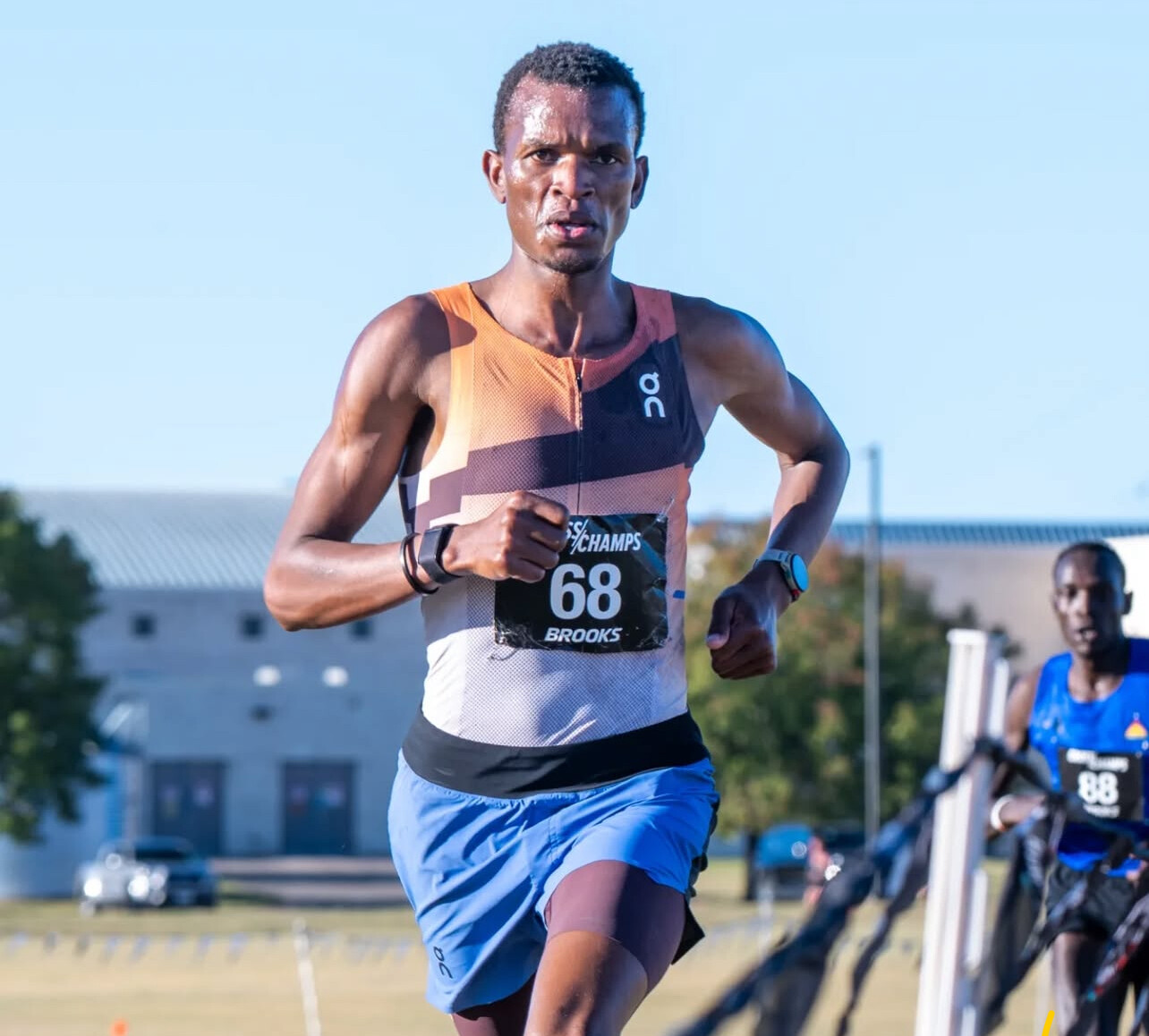
Today’s 10K victory in Kenya adds another chapter to Kioko’s rapid ascent. His blend of tactical racing, finishing power, and range from 5,000 meters to the marathon makes him a serious contender on both the track and the roads. With major international races on the horizon, Kioko is a name to watch in 2025 and beyond.
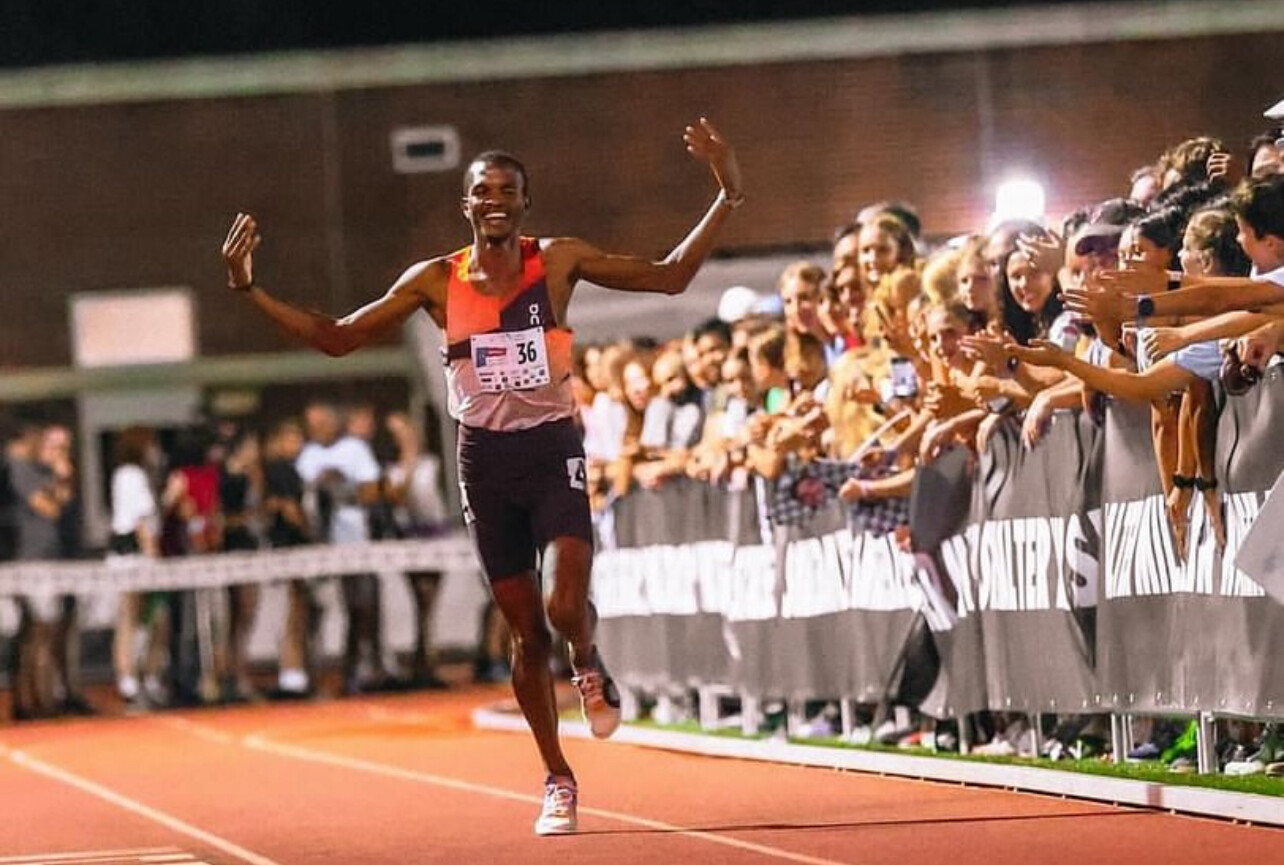
by Boris Baron
Personal Bests and Breakthroughs at KATA Time Trial #45 in Kenya
The 45th edition of the KATA (Kenya Athletics Training Academy) Monthly Time Trial took place May 14 in Thika, Kenya, with 29 athletes tackling the 10K and 5K courses. Despite challenging weather, the energy and performance level were exceptional, with several runners delivering personal bests and breakthrough performances.
Women’s 10K: Jacinta Kamau Leads the Charge

Jacinta Kamau headlined the women’s race, claiming victory with a personal best of 34:33, shaving 12 seconds off her previous best. Lois Karie followed closely in second, also notching a PB with 34:40—a remarkable improvement of over one minute from her previous mark of 36:56.
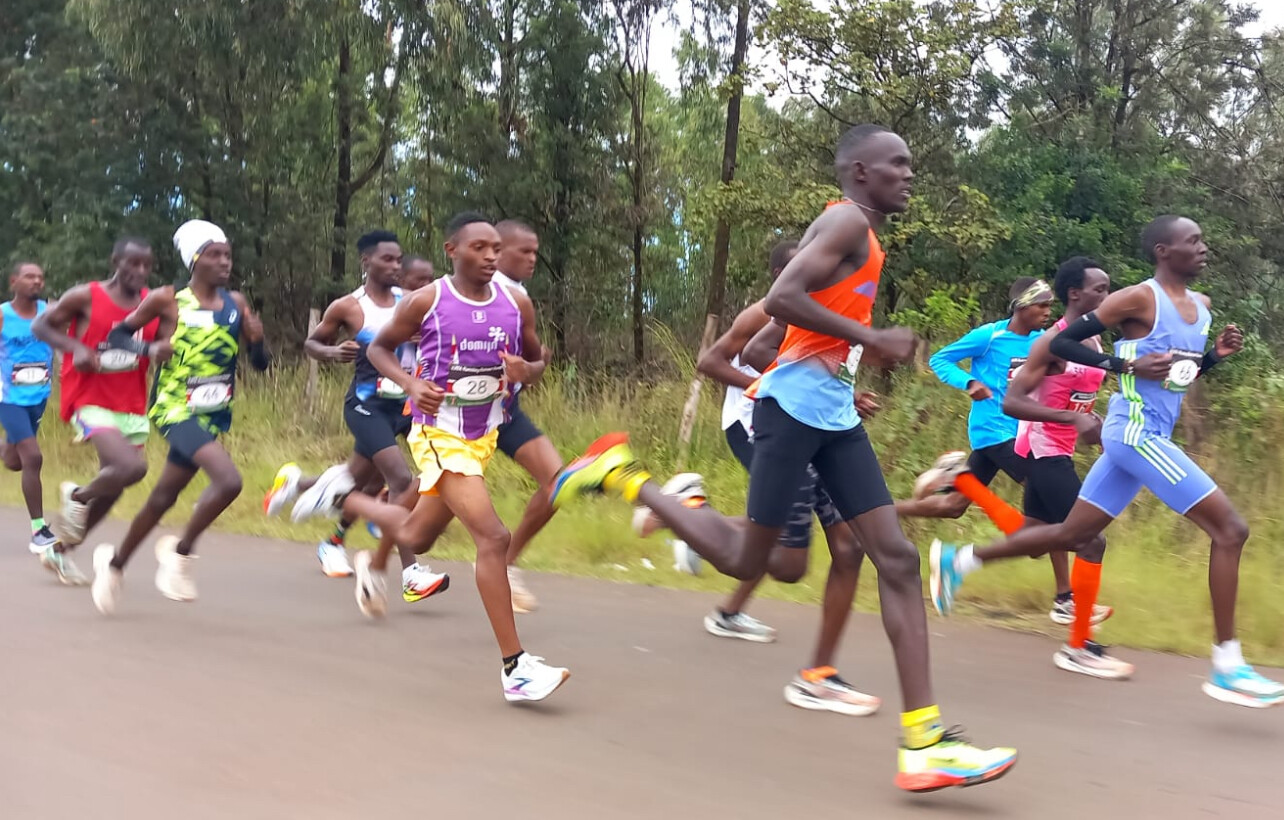
Veteran Naomi Nduta claimed third in 35:52, while Caren Kipcoech also impressed, finishing fourth in 36:22, a PB improvement of more than a minute.
Top 10 Results – Women’s 10K
1. Jacinta Kamau (24) – 34:33 (bib 4)
2. Lois Karie (24) – 34:40
3. Naomi Nduta (35) – 35:52
4. Caren Kipcoech (24) – 36:22
5. Virginia Wanjiru (22) – 37:12
6. Naomi Wambui (40) – 37:17
7. Susan Njuu (40) – 37:29
8. Karen Chepkemoi (23) – 40:12
9. Lucy Muritu (40) – 44:10

Men’s 10K: Kioko and Wanyoike Dominate, PBs Highlight Deep Field
Athanas Kioko surged to victory in the men’s 10K with a fast 29:03, followed closely by Peter Wanyoike in 29:05 and Zachariah Kirika in 29:25.
Notable improvements came from Kevin Kemoi, who posted 29:35 for fourth place, over 30 seconds faster than his previous best. Kelvin Ragui (5th) clocked 30:04, a 33-second improvement. But perhaps the most inspiring performance came from Charles Ndirangu, who finished eighth in 30:36—a massive 50-second PB. A former 400m sprinter, Ndirangu’s continued development is raising eyebrows.
in March Athenas Kioko finished second at the Los Angeles Marathon. "Our monthly time trial continues to attract first class talent," says KATA director Bob Anderson. (Top three is the first photo)
Top 14 Results – Men’s 10K
1. Athanas Kioko (30) – 29:03 (bib 49)
2. Peter Wanyoike (29) – 29:05 (bib 63)
3. Zachariah Kirika (24) – 29:25 (bib 22)
4. Kevin Kemoi (23) – 29:35
5. Kelvin Ragui (22) – 30:04
6. Raphael Karita (26) – 30:06
7. Boniface Mungai (29) – 30:22
8. Charles Ndirangu (24) – 30:36
9. John Chege (19) – 30:48
10. Bernard Gicheha (34) – 33:08
11. Johnson Kaberia (28) – 33:26
12. Joseph Wanjiru (39) – 34:33
13. Vincent Kiprotich (25) – 37:03
14. Charles Ndirangu (67) – 37:10
Men’s 5K: Anthony Kapua Cruises to Victory
In the 5K race, Anthony Kapua took command early and never looked back, winning in 15:08. Harrison Mwangi (16:52) and Brandon Mutungi (17:02) rounded out the top three, with strong showings from several juniors.
Top 6 Results – Men’s 5K
1. Anthony Kapua (22) – 15:08
2. Harrison Mwangi (21) – 16:52
3. Brandon Mutungi (17) – 17:02
4. Collins Mutungi (17) – 17:32
5. Dennis Mondo (21) – 17:36
6. Peter Waititu (17) – 18:18
A Rising Academy
The Kenya Athletics Training Academy continues to build momentum, nurturing promising talent in a highly supportive environment. With consistent performance improvements and growing athlete confidence, the future looks bright.
Next KATA Time Trial: June 11, 2025 – Thika, Kenya
Train the Kenyan way at www.KATARunningRetreat.com @ two locations: Kenya and Portugal
Stay tuned for more updates at MyBestRuns.com
(05/14/2025) ⚡AMPby Boris Baron
KATA Time Trial Series
Welcome to the KATA Monthly Time Trial Held at the Kenyan Athletics Training Academy in Thika, Kenya, the KATA Monthly Time Trial is a unique and inclusive event designed to support runners of all levels in achieving their goals and showcasing their fitness. This event offers both 10K and 5K distances on an accurate, certified course, providing participants with...
more...Kenyan Star Plans to Win Another Marathon Major This Year
Alexander Munyao Targets Another Major After London Podium Finish
After winning the 2024 London Marathon in dominant fashion, Alexander Munyao returned in 2025 to defend his title—but this time had to settle for a hard-fought third-place finish in one of the most competitive marathon fields in recent memory.
Now, the 28-year-old Kenyan star has set his sights on redemption—and another Abbott World Marathon Majors title—before the 2025 season comes to a close. Berlin, Chicago, and New York are all in play.
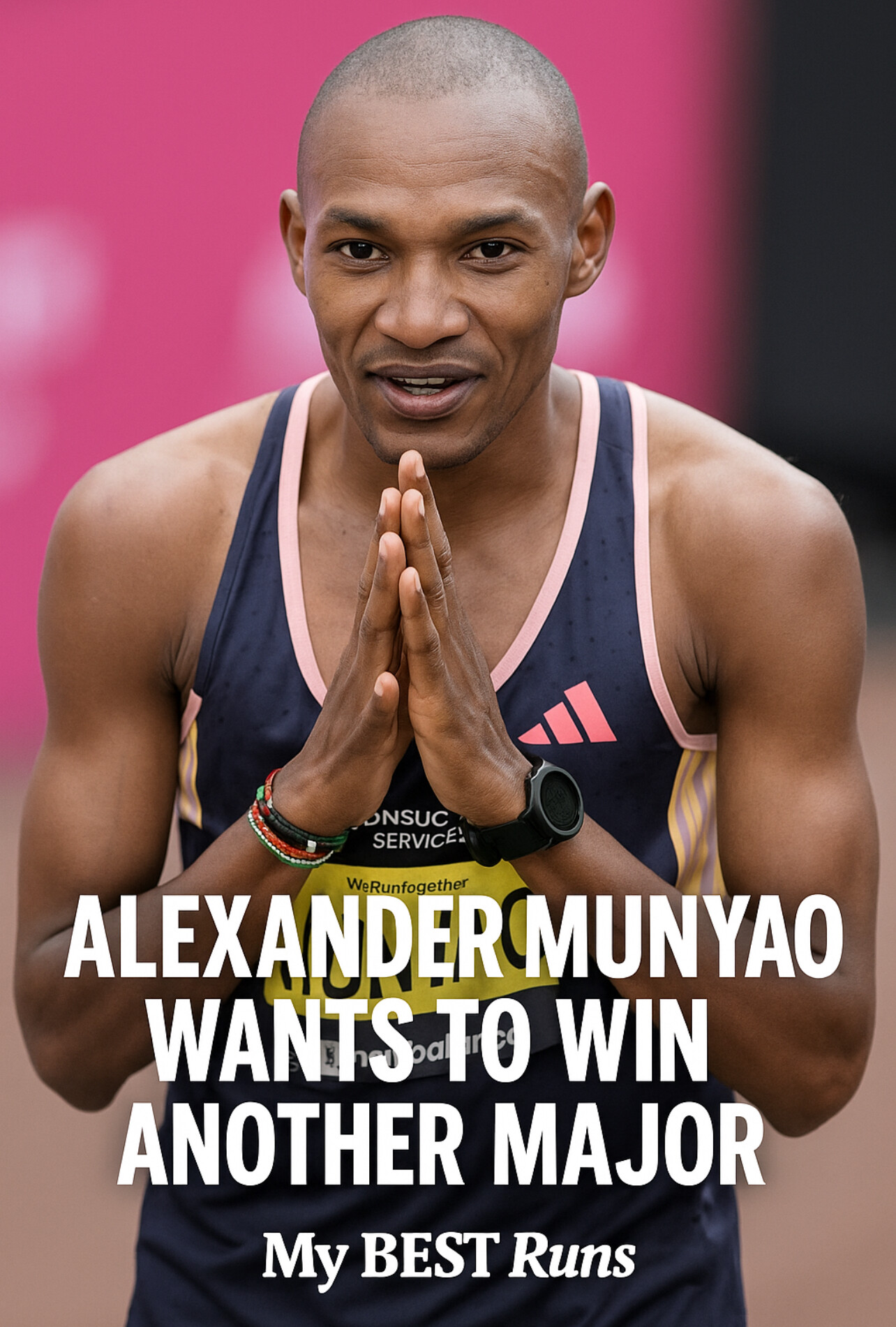
“My target is to win another Major Marathon before the year ends,” Munyao told My Best Runs. “We’ll sit down with my management and coach and figure out which one makes the most sense.”
With Berlin slated for September 21, Chicago on October 12, and New York wrapping up the Majors calendar on November 2, Munyao is weighing his options carefully.

Learning From the Past
Munyao is taking a more calculated approach this season, prioritizing recovery before committing to another race.
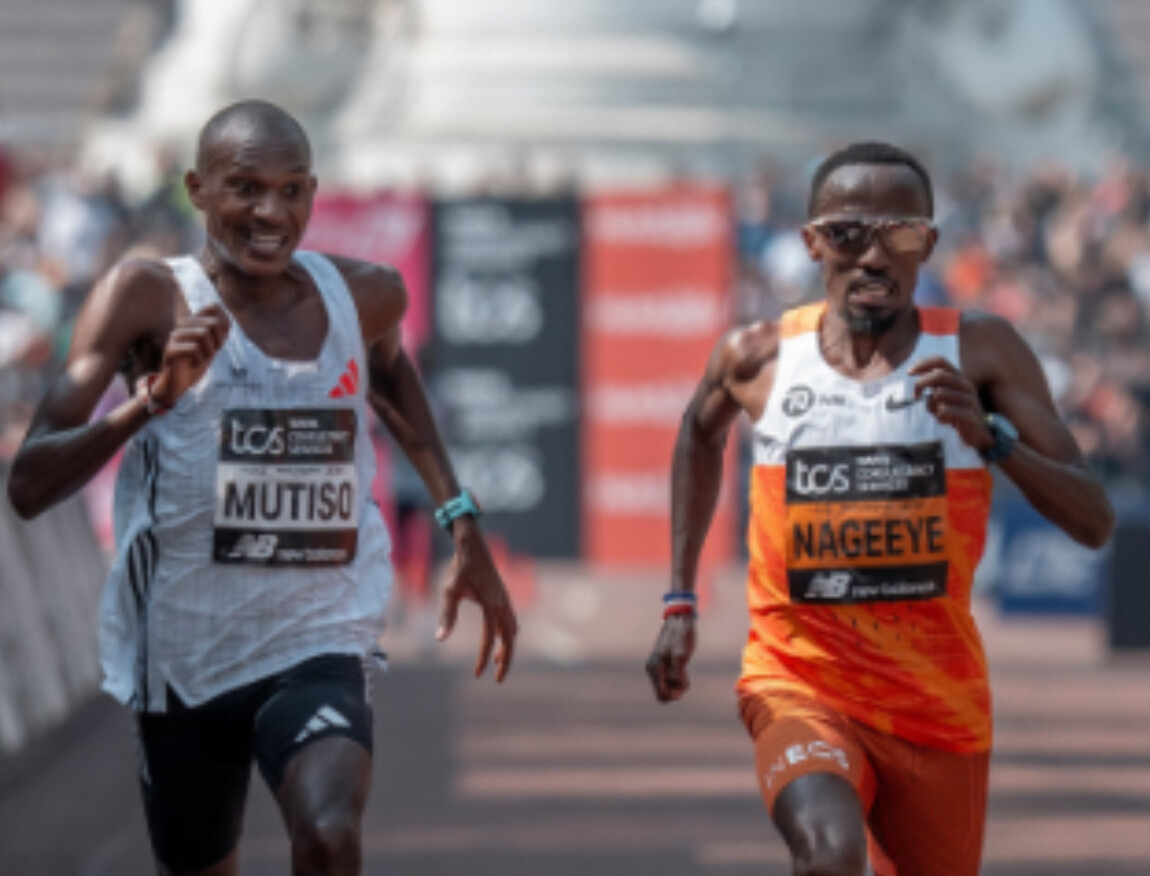
“I need at least three months to fully recover before I can race again,” he said. “Last year, after winning London, I rushed into the Olympics without enough rest, and it cost me.”
At the Paris Olympic marathon, held in August 2024, Munyao finished a disappointing 21st place in 2:10:31. That experience prompted him to decline a potential spot on Kenya’s team for the upcoming World Championships in Tokyo this September.

“I was asked about the Worlds, but I declined,” he said. “I don’t want to push my body too far without proper rest.”
A Battle in London
At the 2025 London Marathon on April 27, Munyao ran bravely in a loaded field, clocking 2:04:20—just off his winning mark from the previous year. He found himself in a dramatic sprint duel with Dutch star Abdi Nageeye, narrowly edging him out for third in a photo finish.
“We ran together for almost three kilometers at the end,” Munyao recalled. “He was trying to use me as a pacer and then outkick me, but I was determined not to let that happen.”
The race was won by Kenya’s Sebastian Sawe, the 2023 World Half Marathon champion, who delivered a sensational 2:02:27 to claim his first marathon major. Jacob Kiplimo of Uganda, the world half marathon record holder, made an impressive debut over 42.195 km, finishing second in 2:03:37.
“The field this year was very strong. There were nearly 11 elite athletes who had won major marathons,” Munyao said. “I knew defending my title would be tough, so I aimed to make the podium—and I did.”
Targeting a Weak Spot
Munyao admitted that he’s working to improve a key area in his racing strategy: the 30–35 km stretch, where he often fades.
“That’s the point where I tend to fall behind,” he explained. “By 38 kilometers I usually find my rhythm again, but by then, the lead group can be too far ahead.”
His coaching team is focusing on this phase of the race to ensure he’s better equipped to contend for wins against world-class competition.
What’s Next?
While Munyao hasn’t officially committed to his next start, Berlin may be the frontrunner. With its flat course and history of fast times, it suits his aggressive racing style. Chicago and New York remain on the table as well, depending on how his training and recovery unfold.
No matter which city he chooses, Munyao is determined to return to the top of the podium.
“I’m not done yet,” he said. “I believe I can win again this year.”
(05/13/2025) ⚡AMPby Boris Baron
Achilles Injury Forces Ingebrigtsen to Delay Season Start
Fresh off one of the most dominant years of his career, Norwegian middle-distance star Jakob Ingebrigtsen has hit an unexpected roadblock. The reigning Olympic champion and recent world record holder has postponed the start of his 2025 outdoor season due to a minor Achilles tendon injury.
According to Norwegian media, Ingebrigtsen experienced a slight strain during training and has since delayed a scheduled altitude camp. The injury has forced him to withdraw from the upcoming Bislett Games, his highly anticipated home Diamond League meet in Oslo.
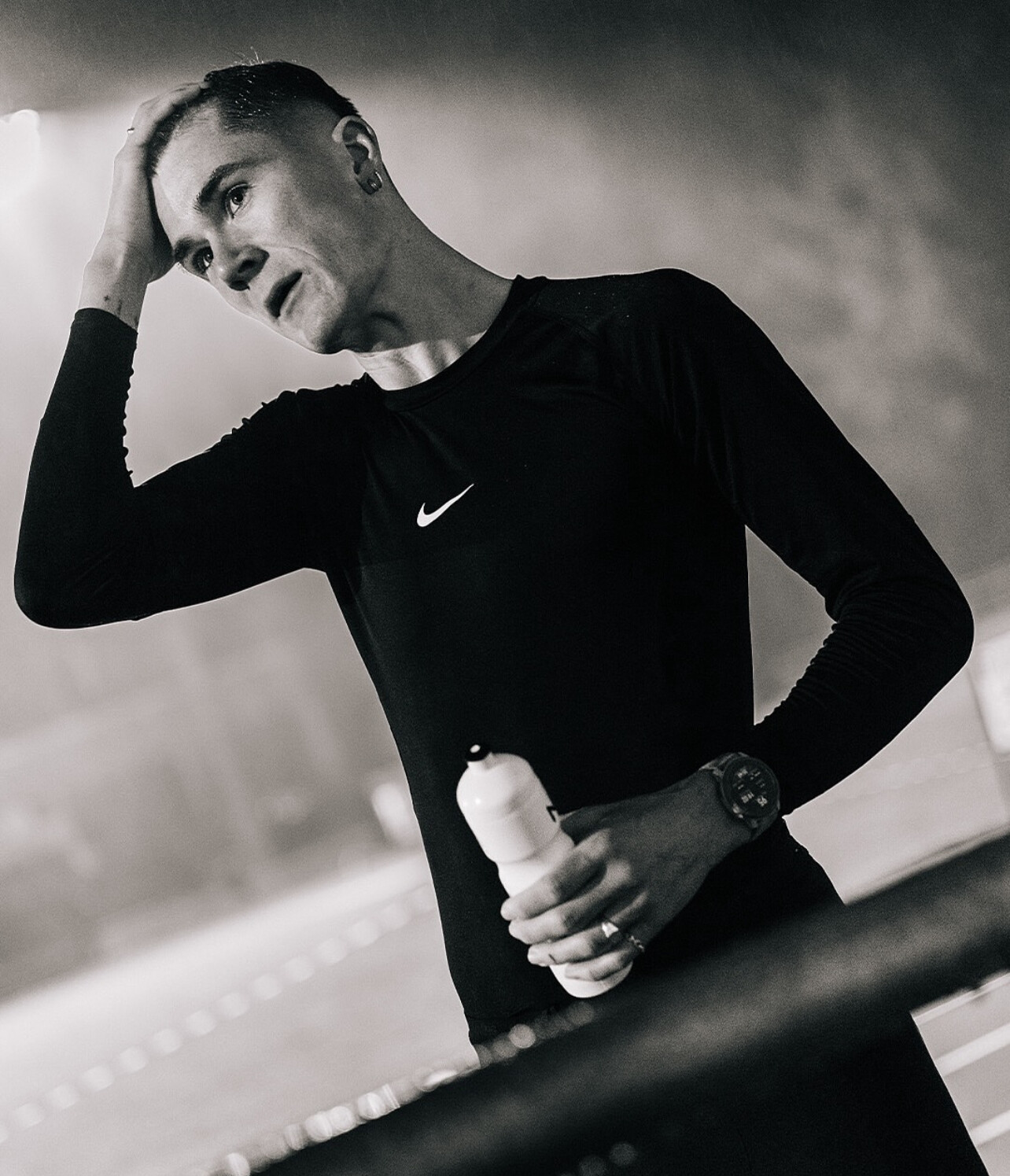
“Jakob felt some discomfort in his Achilles, and we’re taking every precaution,” his spokesperson Espen Skoland told Norwegian broadcaster NRK. “It’s not serious, but it’s enough to warrant rest and adjustment.”

The news comes as a surprise to fans after Ingebrigtsen’s stellar 2024 season, which included Olympic gold in the 5000m, a European record in the 1500m, and a series of record-breaking performances that reaffirmed his place as one of the most dominant forces in middle-distance running.
Known for his fierce racing schedule and unmatched consistency, Ingebrigtsen has rarely been sidelined. While the injury is not expected to derail his entire season, it’s a rare pause for the Norwegian powerhouse who seemed poised to continue his momentum into 2025.
As he recovers, fans and competitors alike will be watching closely to see when and where he returns—and whether he can pick up right where he left off.
(05/13/2025) ⚡AMP
by Boris Baron
Fauja Singh’s Secrets to Longevity and Vitality Part Two
Fauja Singh (now 114 on April 1), the world’s oldest marathon runner, has captivated global audiences not only for his remarkable endurance but for his exceptional longevity. Now 114 years old, Singh’s life continues to inspire athletes, health enthusiasts, and everyday people alike. But what’s the secret behind his extraordinary vitality?

1. An Active Lifestyle
Even after completing his last marathon at age 101 in April 2012, Singh has continued to stay physically active. His daily routine includes walking, light jogging, and stretching—nothing excessive, but always consistent. “Exercise is like brushing your teeth,” Singh once said. “You don’t stop doing it just because you’ve reached a certain age.”
2. A Clean, Simple Diet
Singh follows a strict vegetarian diet. His meals are based on fresh vegetables, lentils, rice, fruit, and whole grains. He avoids processed food, sugar, alcohol, and smoking altogether. Singh believes that nourishing the body with natural, wholesome food is fundamental to both physical health and mental clarity.

3. Purpose-Driven Living
One of Singh’s most powerful tools is his unwavering sense of purpose. He began running in his late 80s to cope with grief and loss but quickly turned that pain into passion. Through running, he found a new mission: to inspire others to stay active and never give up. Purpose, he believes, is as vital to longevity as diet or exercise.
4. A Peaceful Mindset
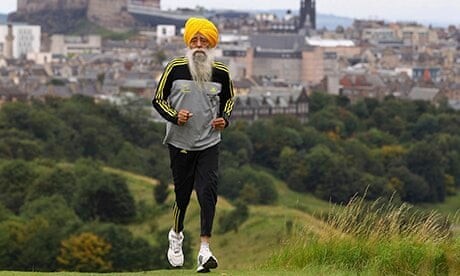
Singh emphasizes the importance of a positive outlook. He avoids negativity and believes in keeping the mind at peace. “The first 20 miles are not difficult,” he famously said. “As for the last six miles, I run while talking to God.” His spiritual mindset and light-hearted humor have helped him weather life’s toughest storms with grace.
5. Community and Connection
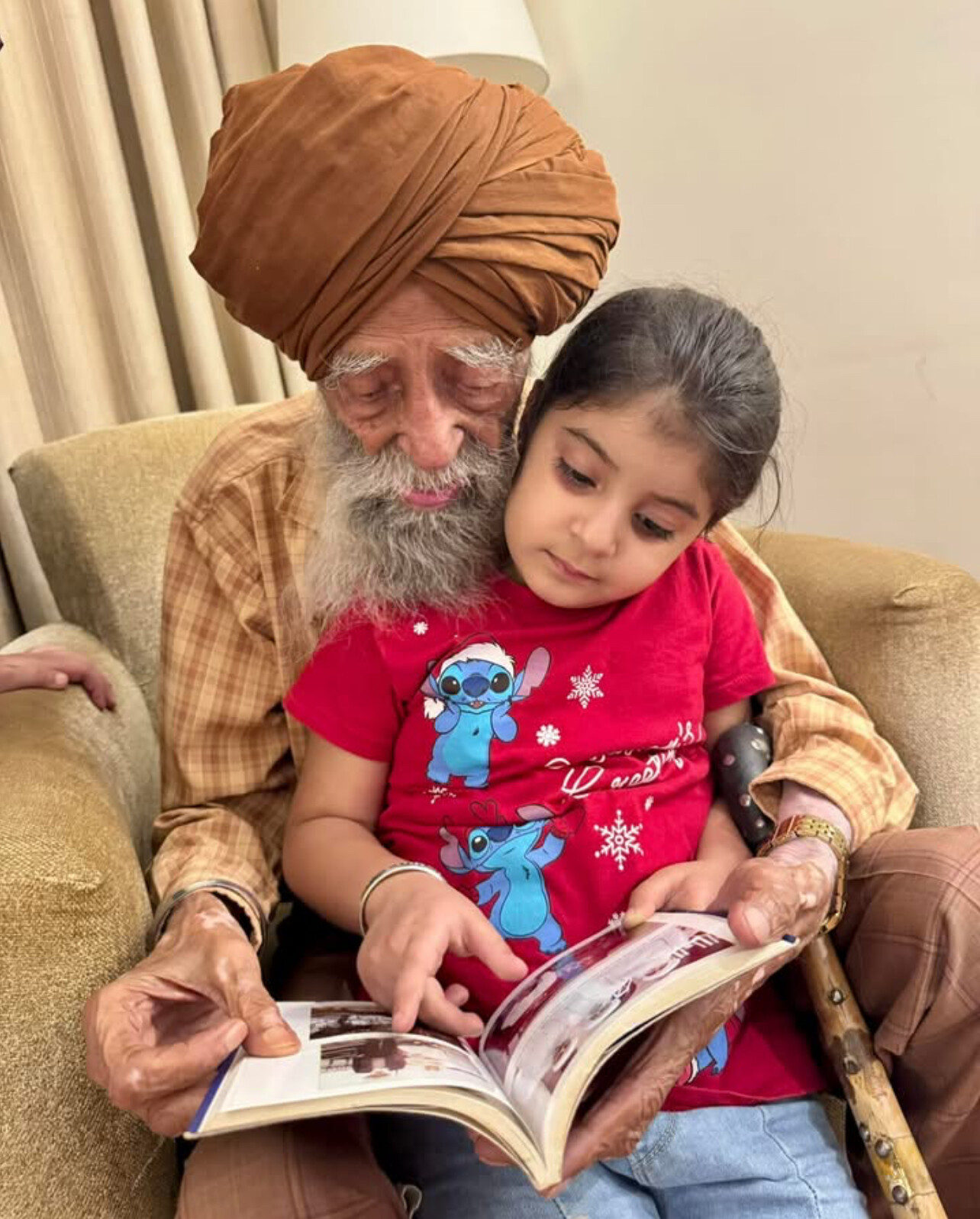
Despite global fame, Singh remains deeply rooted in community. He frequently engages with young runners, appears at health events, and shares his story with humility. This sense of connection and service keeps him mentally sharp and emotionally fulfilled.
Fauja Singh’s life is a reminder that age is not a barrier—it’s a benchmark of experience, strength, and resilience. His journey isn’t just about breaking records; it’s about breaking stereotypes. And his secrets? They’re not hidden in science labs or supplements—they’re found in movement, simplicity, peace, and purpose.

by Boris Baron
Fauja Singh: The World’s Oldest Marathoner Who Redefined Human Potential Part One
Fauja Singh, born on April 1, 1911, in Beas Pind, Punjab, British India, is widely celebrated as the world’s oldest marathon runner. His remarkable journey from a quiet farming life to global athletic acclaim has inspired millions, proving that age is no barrier to endurance, purpose, or reinvention.
From Tragedy to Triumph

Singh’s path to running began in the wake of personal tragedy. After losing his wife in 1992 and witnessing the death of his son in 1994, he moved to London in the late 1990s. At 89, he took up running as a way to cope with grief and rediscover purpose. In 2000, he completed his first marathon in London, launching a career that would span over a decade.
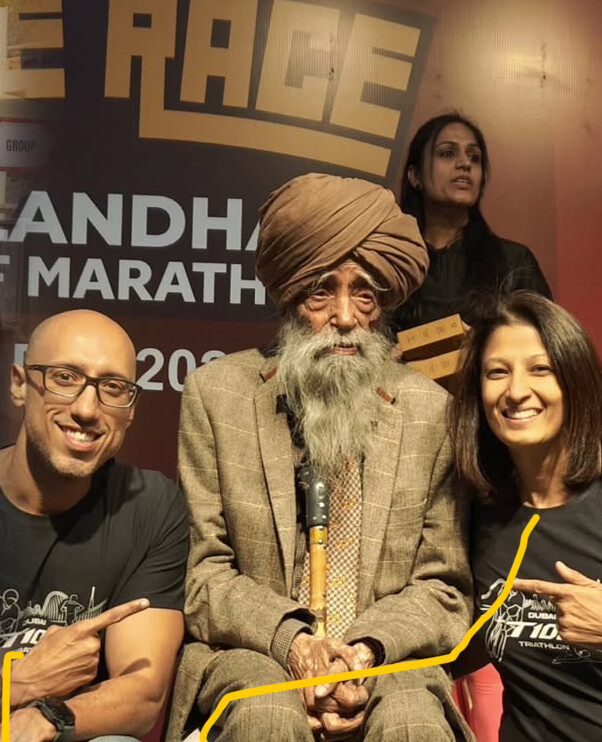
A Record-Breaking Career
Singh completed nine full marathons between 2000 and 2011, including events in London, Toronto, and New York. His personal best was 5:40 at the 2003 Toronto Waterfront Marathon, setting a world record for the 90+ age group. At 100, he became the first centenarian to complete a marathon, finishing the 2011 Toronto Waterfront Marathon in 8:11:06. Though Guinness World Records did not certify the feat due to the absence of a birth certificate, Singh’s accomplishment remains a historic milestone.
Final Race and Continued Inspiration
Singh ran his final competitive race on February 24, 2013, completing a 10km event at the Hong Kong Marathon in 1:32:28, just weeks before his 102nd birthday. Though retired from competition, he continued to jog daily and participate in community events, promoting health and fitness.
Legacy Beyond the Finish Line
Singh’s influence extends beyond his athletic achievements. He was featured in Adidas’ “Impossible is Nothing” campaign alongside icons like Muhammad Ali and David Beckham. In 2015, he was awarded the British Empire Medal for services to sport and charity. His life story has been chronicled in the biography Turbaned Tornado and the children’s book Fauja Singh Keeps Going.
A Life of Simplicity and Purpose
Singh attributes his longevity and vitality to a simple vegetarian diet, abstaining from smoking and alcohol, and maintaining a positive outlook. He once said, “The first 20 miles are not difficult. As for the last six miles, I run while talking to God.”
Fauja Singh’s journey exemplifies the boundless potential of the human spirit. His legacy continues to inspire individuals worldwide to pursue their passions, regardless of age.
(05/13/2025) ⚡AMPby Boris Baron
Clayton Murphy Shocks Fans with Early Retirement After Stellar Olympic Career
Olympic bronze medalist Clayton Murphy stunned the track and field world by announcing his retirement at just 30 years old on May 7, 2025. Known for his gritty racing style and breakthrough performances, Murphy exits the sport with a legacy that inspired a generation of American middle-distance runners.
A Decade at the Top
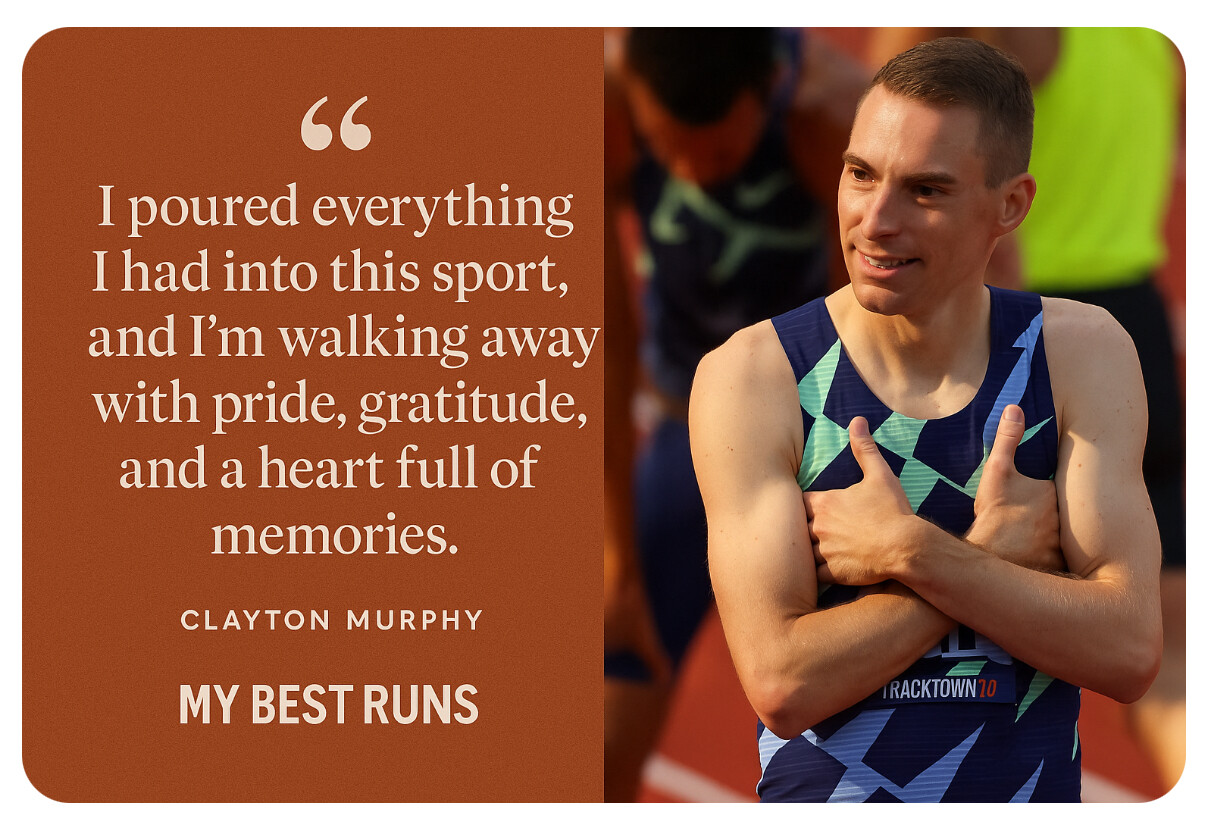
Murphy’s journey began in New Madison, Ohio, and quickly accelerated during his collegiate years at the University of Akron, where he captured the 2016 NCAA 1500m title. Just months later, he stunned the world by winning bronze in the 800 meters at the Rio Olympics, clocking a personal best of 1:42.93—the fifth-fastest time ever by an American. It marked the first U.S. medal in the Olympic 800m since 1992.

Over the next decade, Murphy consistently represented the United States on the world stage, including appearances at the Tokyo 2021 Olympics and multiple World Championships. His smooth stride, tactical awareness, and fierce closing speed earned him fans worldwide.

Why Retire Now?
In an emotional Instagram post, Murphy reflected on his decision:
“I poured everything I had into this sport, and I’m walking away with pride, gratitude, and a heart full of memories. A decade on the global stage is more than most pros will ever get to experience, and I’m so grateful for what every year has taught me.”
While Murphy did not point to a single reason for stepping away, his message hinted at a desire for growth and new opportunities beyond the oval. He thanked his longtime coaches Lee LaBadie and Alberto Salazar, as well as his wife and fellow Olympian Ariana Washington, for their unwavering support.
What’s Next?
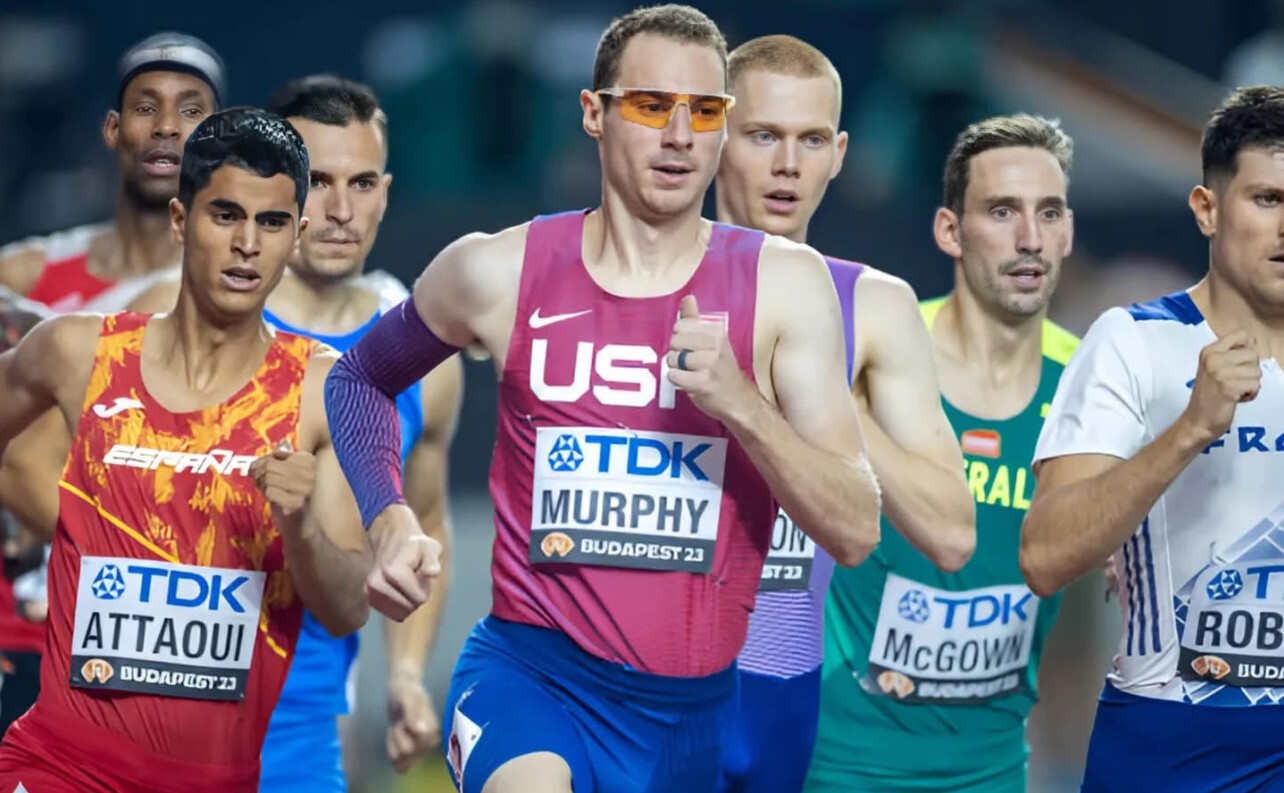
Though he’s stepping off the track, Murphy made it clear he won’t be far from the sport:

“I might be done running 50s around the track, but I know I’ll always be a part of this sport one way or another. Can’t wait to share with you what’s next!”
A Lasting Legacy
Fans and athletes alike flooded social media with tributes. One wrote, “You’ll always be one of the best!” while fellow 800m standout Bryce Hoppel commented, “Congrats on the career!”
Murphy’s retirement may have come earlier than expected, but his impact on American middle-distance running is undeniable. As he enters his next chapter, the sport says goodbye to a competitor who always gave his all—every lap, every race, every time.

by Boris Baron
No Sponsors, No Excuses—Just 401 Marathons and a Whole Lot of Heart
401 Marathons, 401 Days – How Ben Smith Ran Through Pain and Found Purpose
In 2015, British runner Ben Smith laced up his shoes with a goal so staggering it bordered on unthinkable: run 401 marathons in 401 consecutive days.
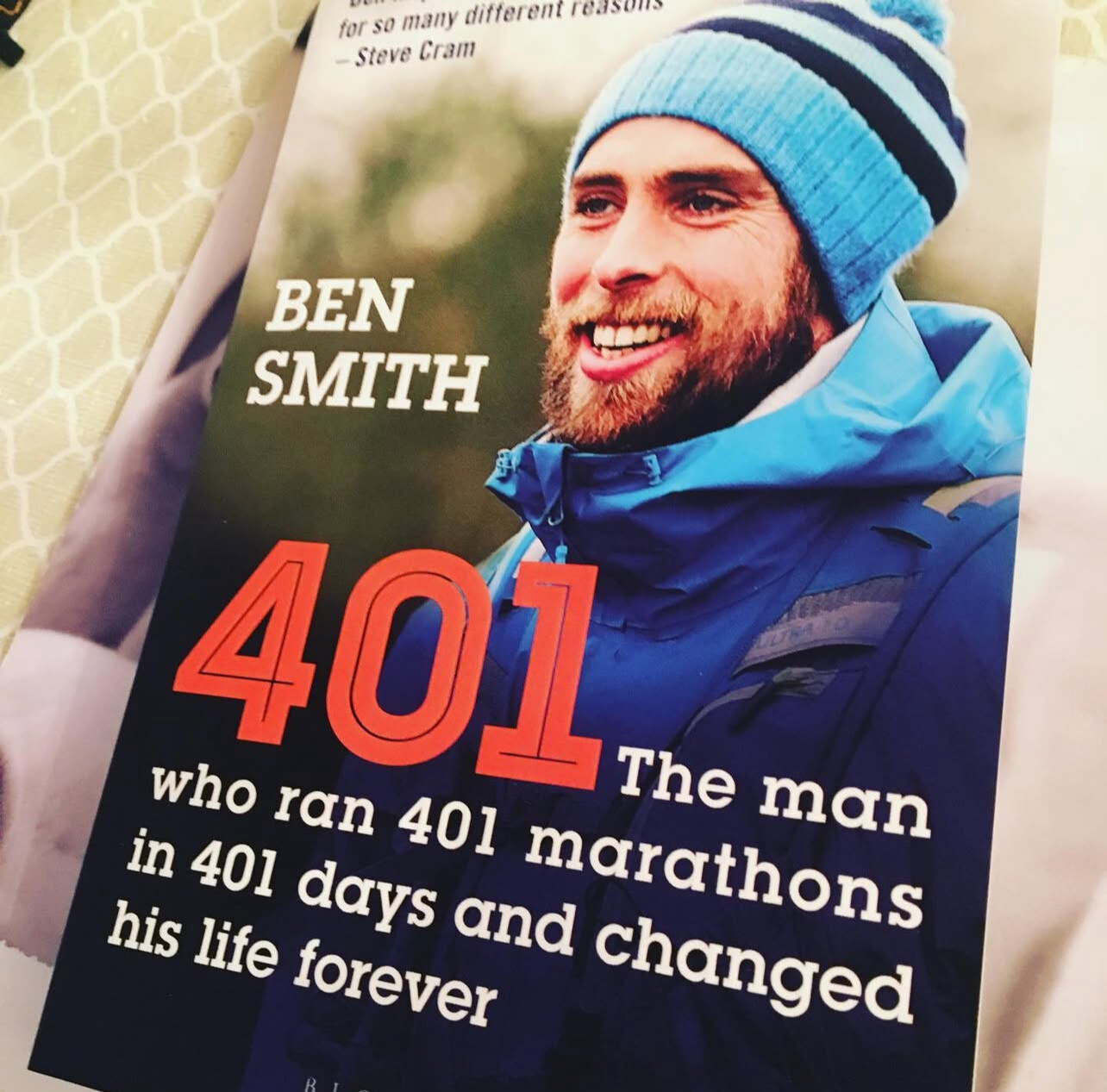
He wasn’t a professional athlete. He had no major sponsors, no elite coaching, and no big corporate backing. But what he did have was a powerful reason.
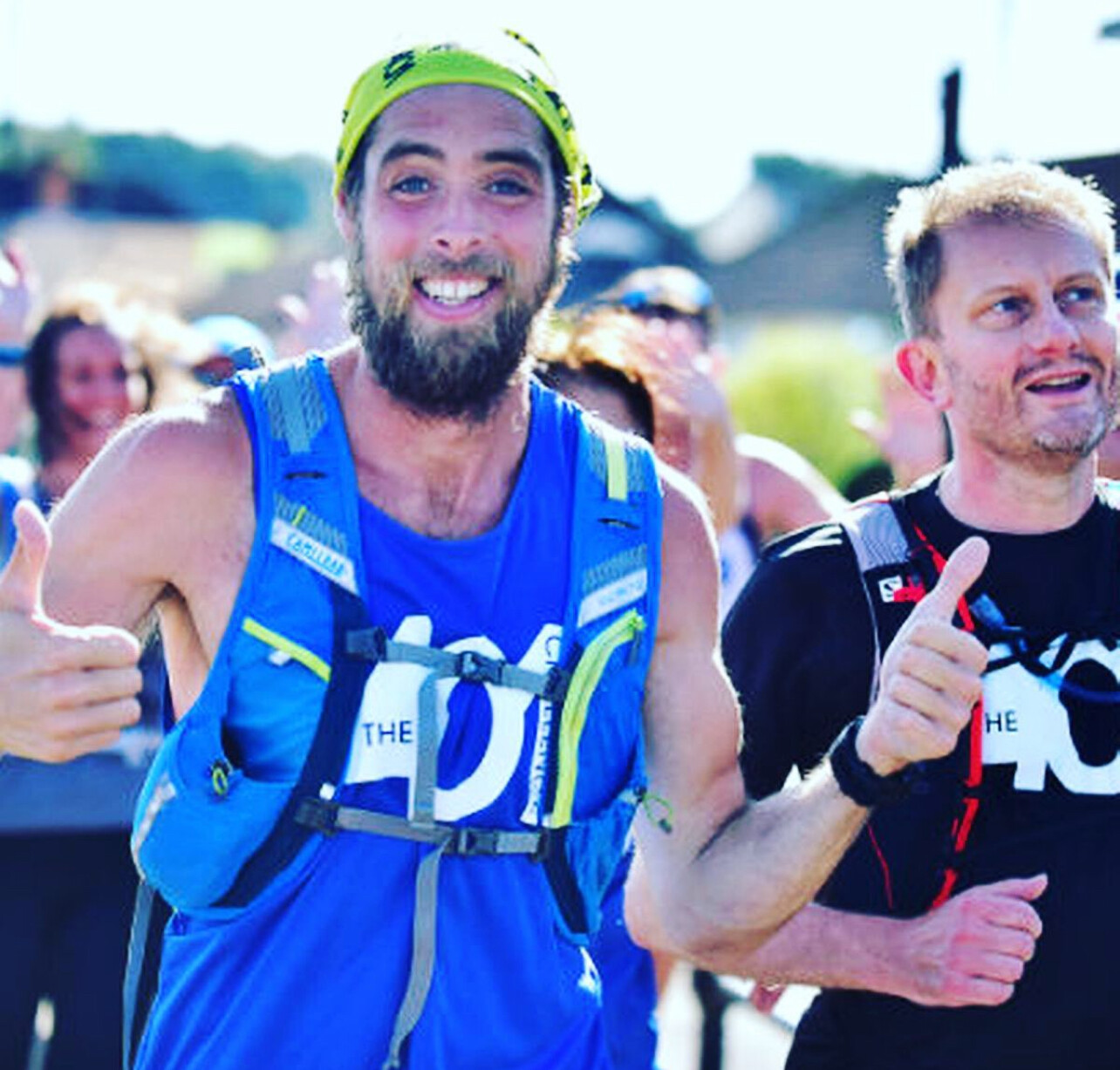
Ben had been bullied as a child, battled depression, and even survived a suicide attempt. Running became more than a hobby—it became therapy. Every step he took was a step away from the darkness that once defined him.
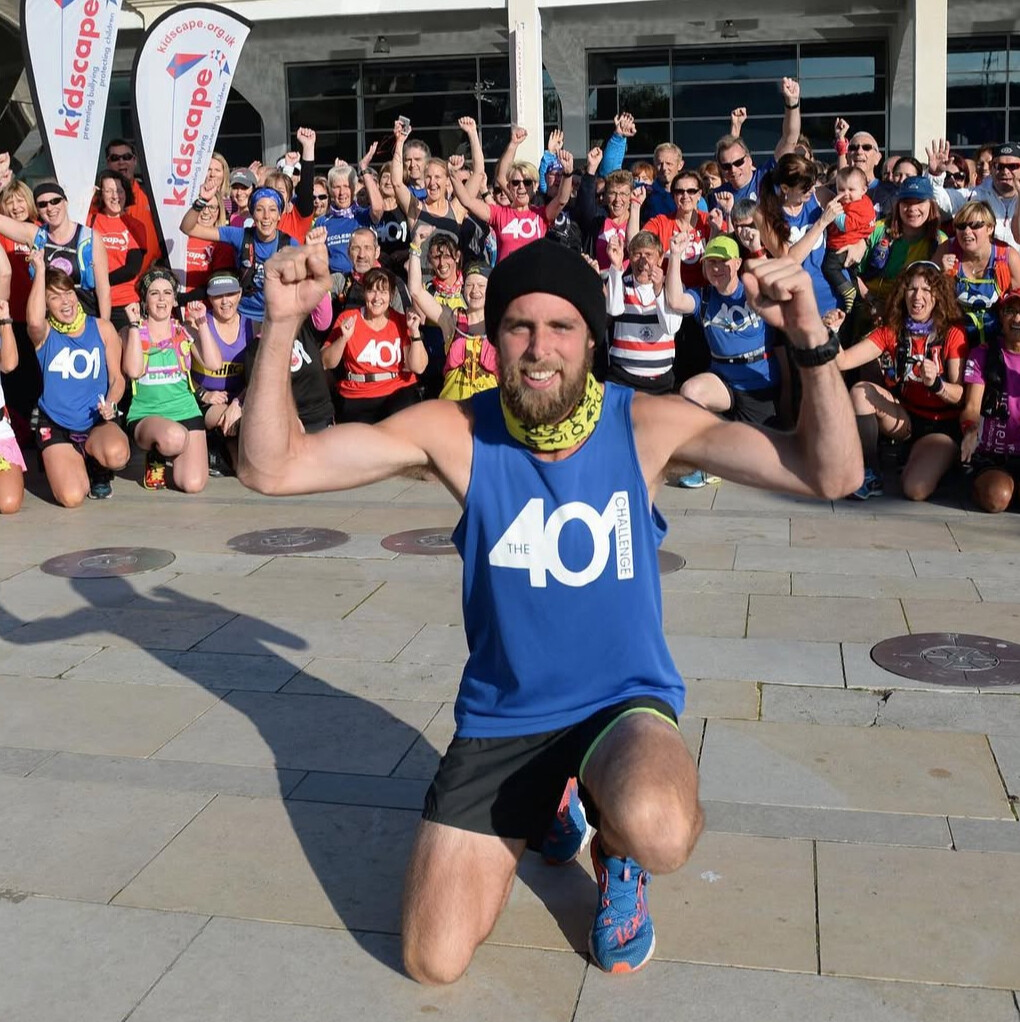
Through injuries, illness, and unrelenting weather, Ben pressed on. The only time he paused was under doctor’s orders—and even then, he made up the missed marathons later to stay true to his mission. By the time he crossed his final finish line, he had run over 10,500 miles, burned through more than 20 pairs of shoes, and raised over £330,000 ($412,500US) for anti-bullying charities.
His challenge captured the hearts of thousands. Ben’s story proved that you don’t need to be elite to do something extraordinary—you just need to keep showing up.

This powerful image (first image) captures Ben during the height of his challenge—sweat-soaked, mentally drained, yet still smiling. It became an iconic photo from his journey, representing not just the miles he ran, but the resilience it took to keep moving forward every single day.
Following his monumental feat, Ben founded The 401 Foundation, a charity that supports mental health and self-esteem projects across the UK. He also became a sought-after motivational speaker, spreading the message that strength is built through struggle. His book, 401: The Man Who Ran 401 Marathons in 401 Days and Changed His Life Forever, dives deep into the why behind the run.
Ben Smith didn’t set out to break records. He set out to heal—and in doing so, he helped thousands find hope through running.
(05/13/2025) ⚡AMPby Boris Baron
Marta García Emerges as One of Spain’s Brightest Distance Running Talents
Spanish distance runner Marta García Alonso is quickly becoming one of Europe’s top long-distance talents. Her string of breakthrough performances over the past year highlights her rise—from national standout to international podium contender.
In June 2024, García made headlines by earning bronze in the 5000 meters at the European Championships in Rome with a personal best of 14:44.04, setting a new Spanish national record. That performance solidified her status as one of the strongest European women in the event.
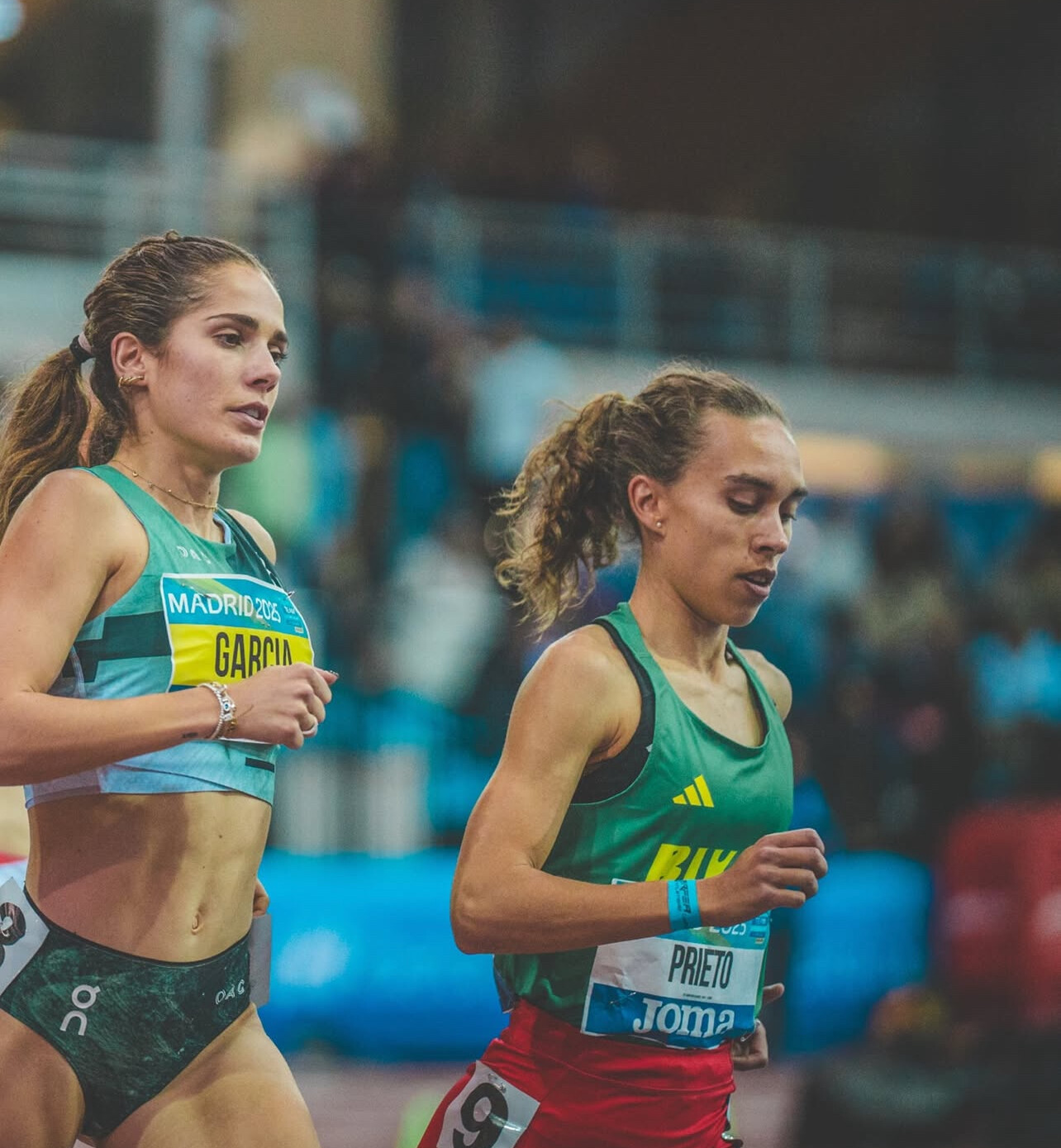
Just months later, she stunned the field at the San Silvestre Vallecana 10K in Madrid, clocking 31:19to defeat world marathon record holder Ruth Chepngetich. García became the first Spaniard to win the iconic race since 2008, and her time stands as the fastest ever by a Spanish woman on that course.
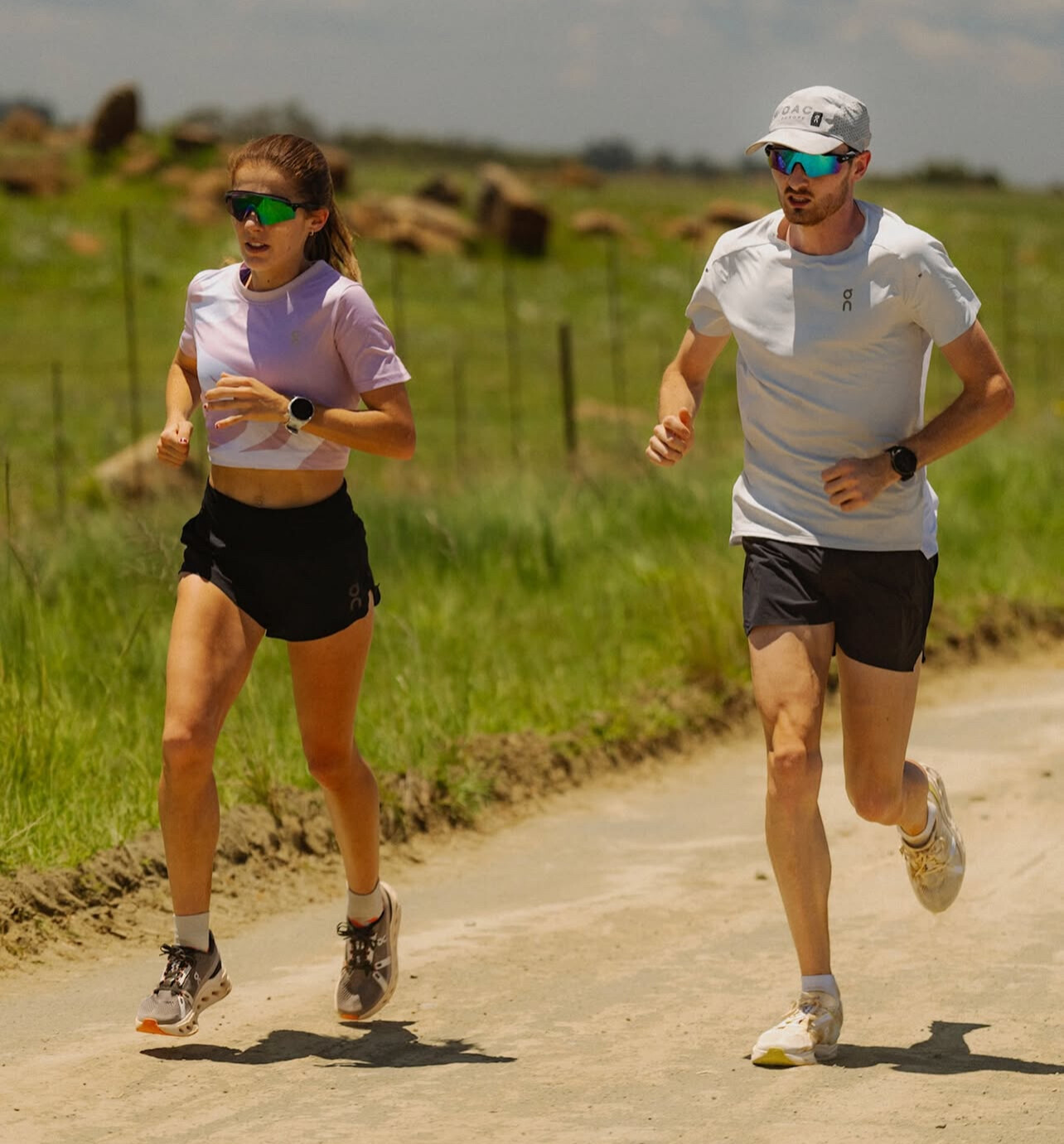
Now in 2025, she’s showing no signs of slowing down. At the 10km de Camargo held on April 27, García ran an impressive 31:26, further proving her consistency and range on the roads. With the Paris Olympics on the horizon, she is poised to be one of Spain’s top contenders.
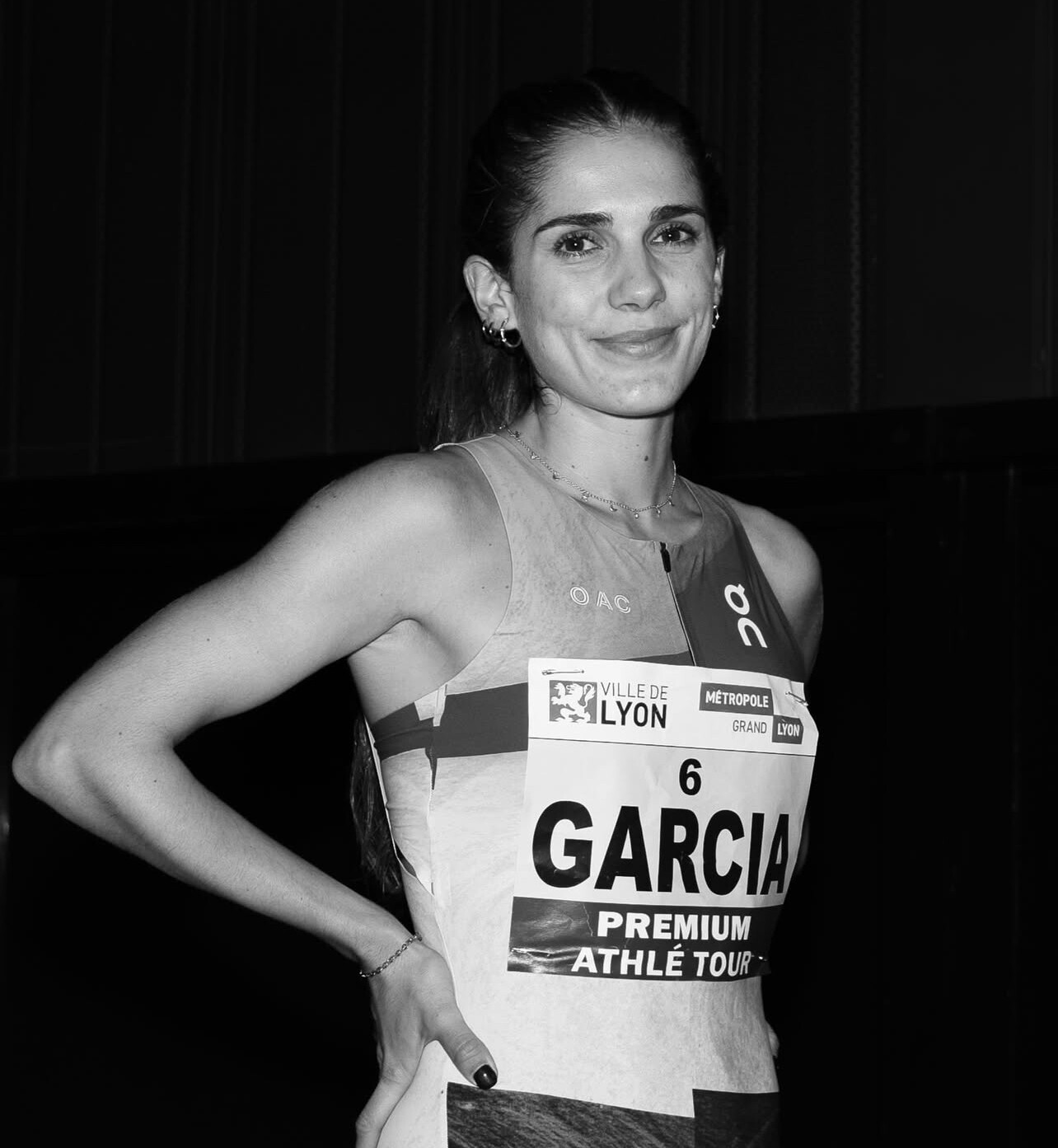
Beyond the track, García is a qualified medical doctor who made the bold decision to pause her medical career to focus fully on athletics. She currently trains with On Athletics Club Europe under coach Thomas Dreissigacker in St. Moritz, Switzerland, alongside some of the continent’s top distance runners.

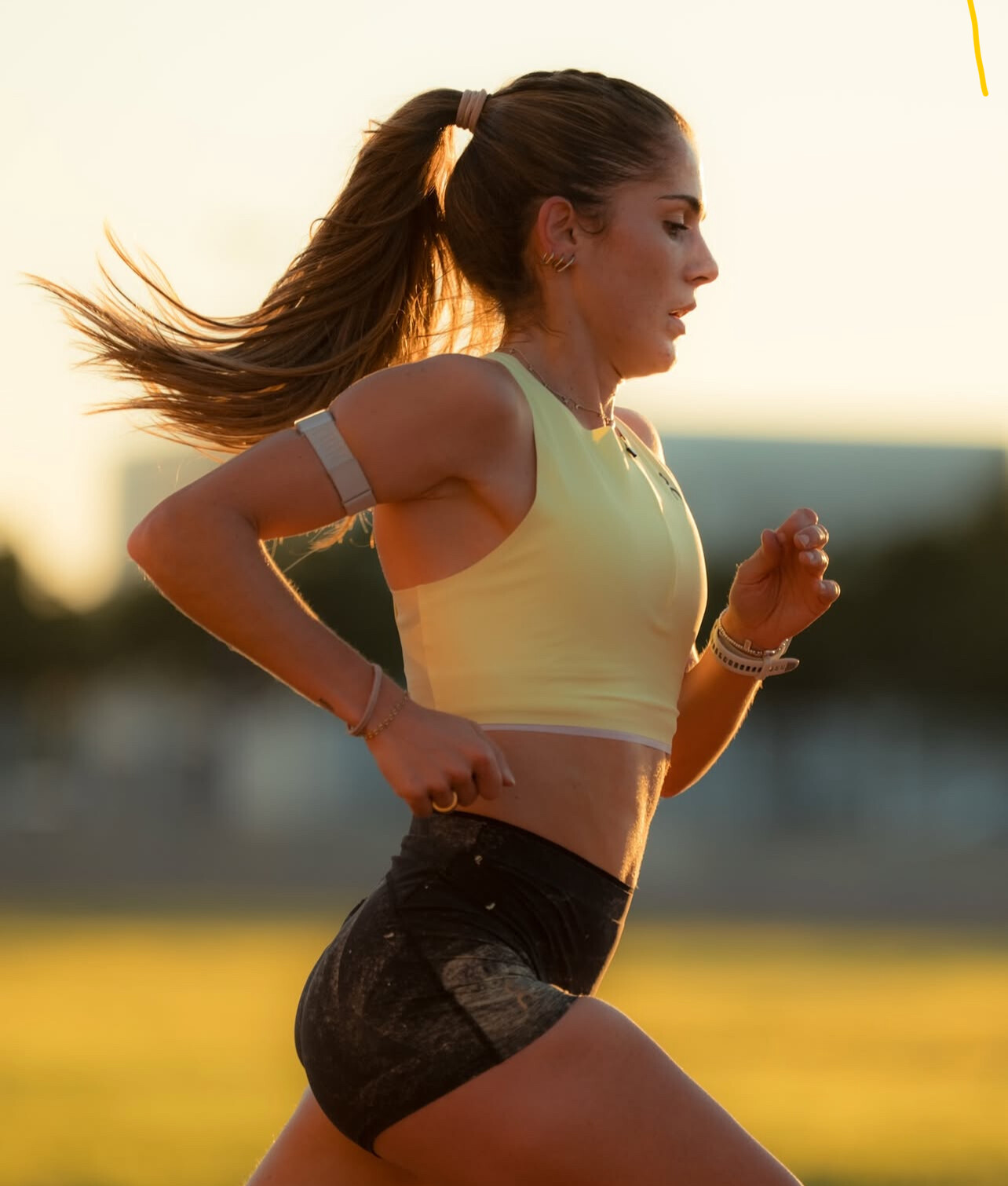
With her relentless drive and world-class results, Marta García is not just a rising star—she’s already delivering on her promise, and the best may still be ahead.
(05/13/2025) ⚡AMP
by Boris Baron
Soh Rui Yong Breaks World Record in a Suit at London Marathon
From the blazing heat of Singapore to the historic streets of London, national marathoner Soh Rui Yong just redefined endurance and style. Clocking 2:39:57 at the 2024 London Marathon, Soh shattered the Guinness World Record for the fastest marathon run in a three-piece suit and tie, beating the previous best by 56 seconds.
But this record-breaking feat was no victory lap.

Running in sweltering heat along the Thames, Soh endured what he called a “sweatfest,” his heart pounding and pace slowing from 3:45/km to over 4:00/km by the final stretch. “The sun was beating down… with my head feeling like I was going to get a heat stroke anytime,” he shared in a candid post. Despite the discomfort, he leaned on his resilience—built from years of running in Singapore’s tropical humidity—and a quote by Haruki Murakami:
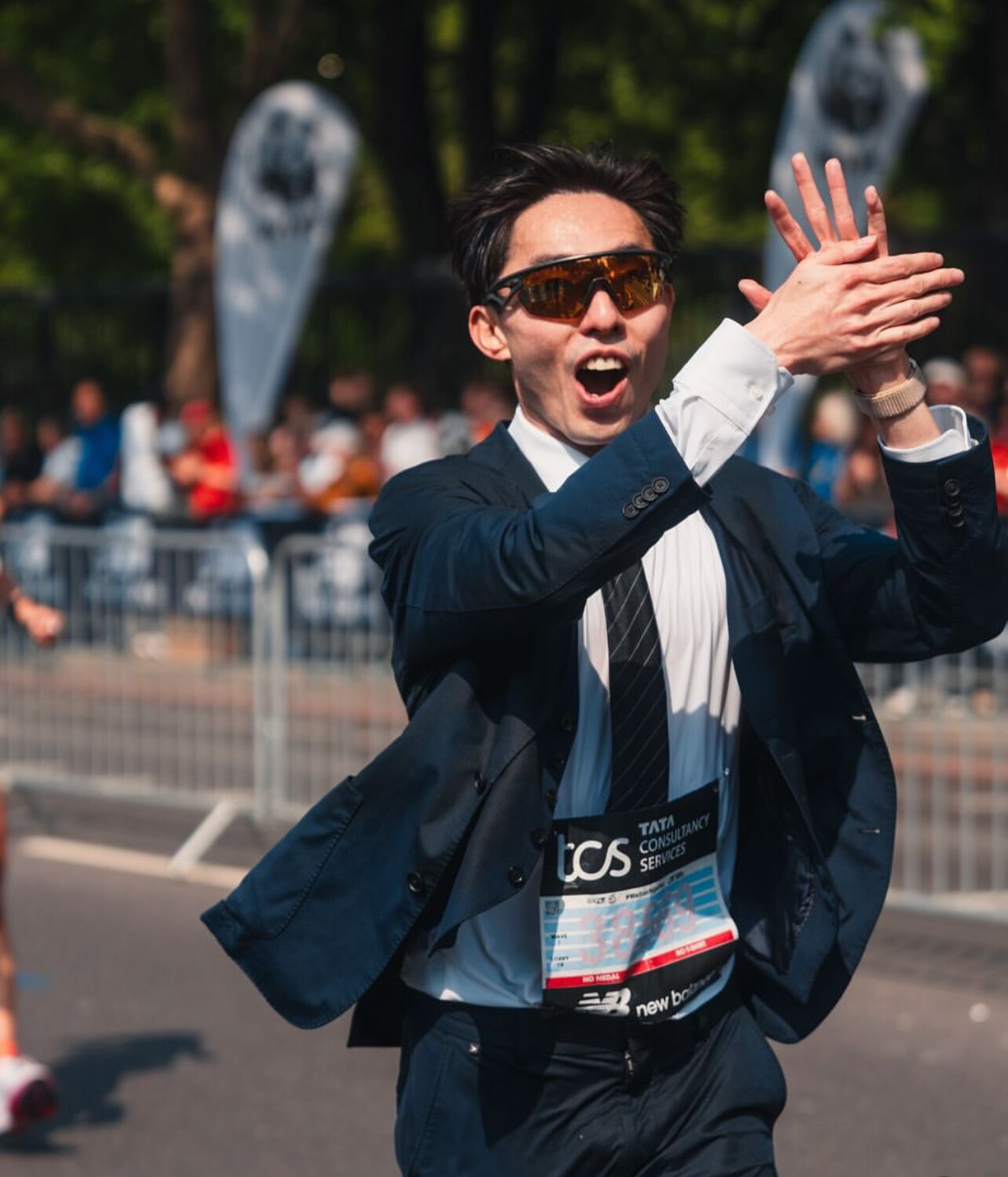
“Pain is inevitable. Suffering is optional.”
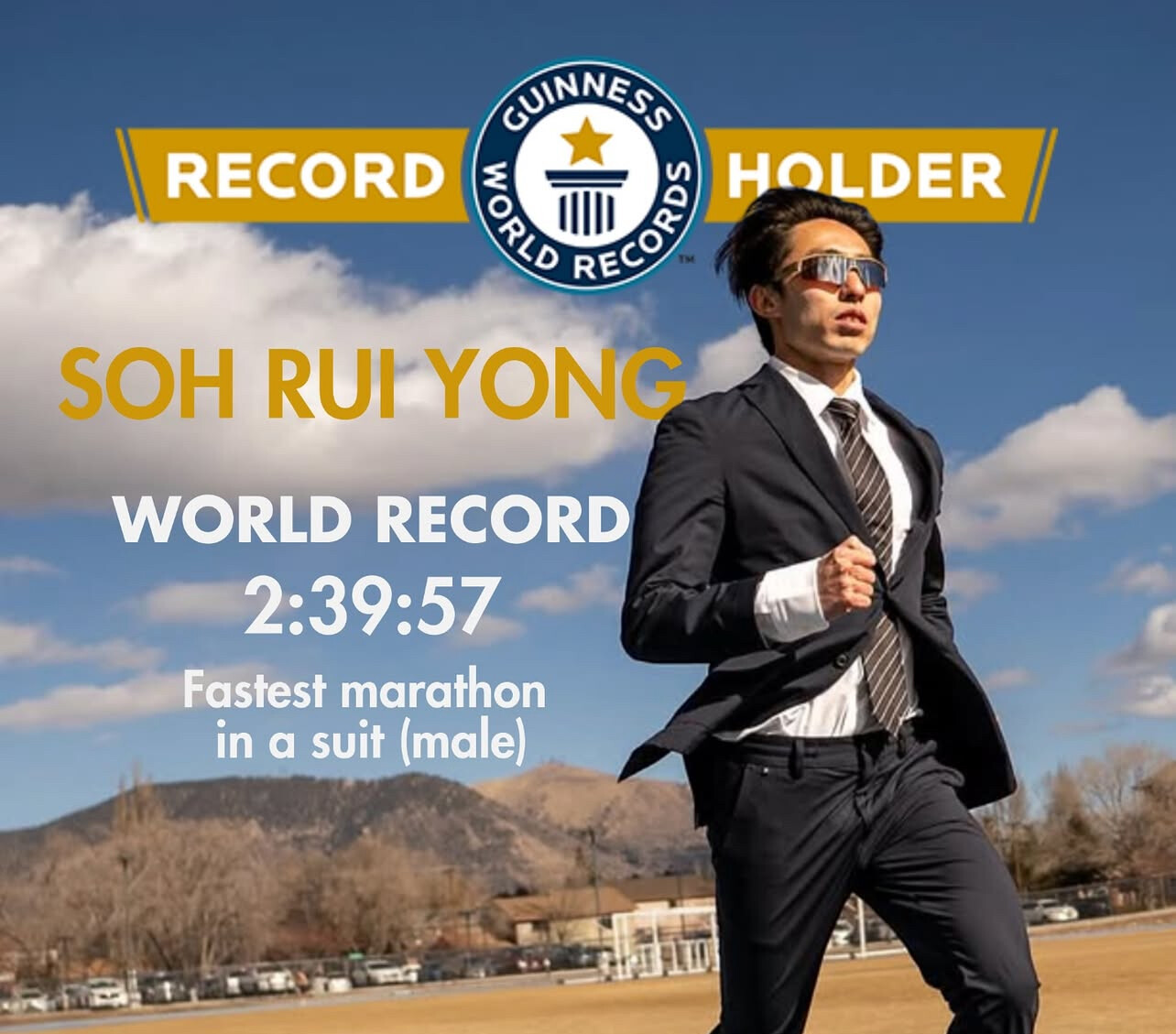
Those final 30 minutes were brutal. Shuffling step by step, Soh chipped away at the distance—kilometre by kilometre, minute by minute—passing runner after runner with sheer willpower. His sprint to the finish? “I only succeeded in looking pretty ridiculous on live BBC TV,” he joked.

Still, the result was no joke: first person in history to go under 2:40 in a full suit, making a bold fashion statement on one of the biggest marathon stages in the world.
From tiny tropical Singapore to the world, Soh’s message is clear: you don’t need ideal conditions to make history—you just need grit, heart, and maybe a really good tailor.
(05/12/2025) ⚡AMPby Boris Baron
Sydney McLaughlin-Levrone Shakes Up Sprint World with 100m Hurdles Debut
Sydney McLaughlin-Levrone to Debut in 100m Hurdles at Philly Grand Slam Meet—A New Chapter Begins June 9
One of track and field’s most celebrated athletes is stepping into a new lane—literally.

Sydney McLaughlin-Levrone, the Olympic and world champion in the 400m hurdles, will compete in the 100m hurdles for the first time as a professional at the Grand Slam Track Meet in Philadelphiaon June 9, 2025. The event marks a bold move for a star known for redefining her own limits.
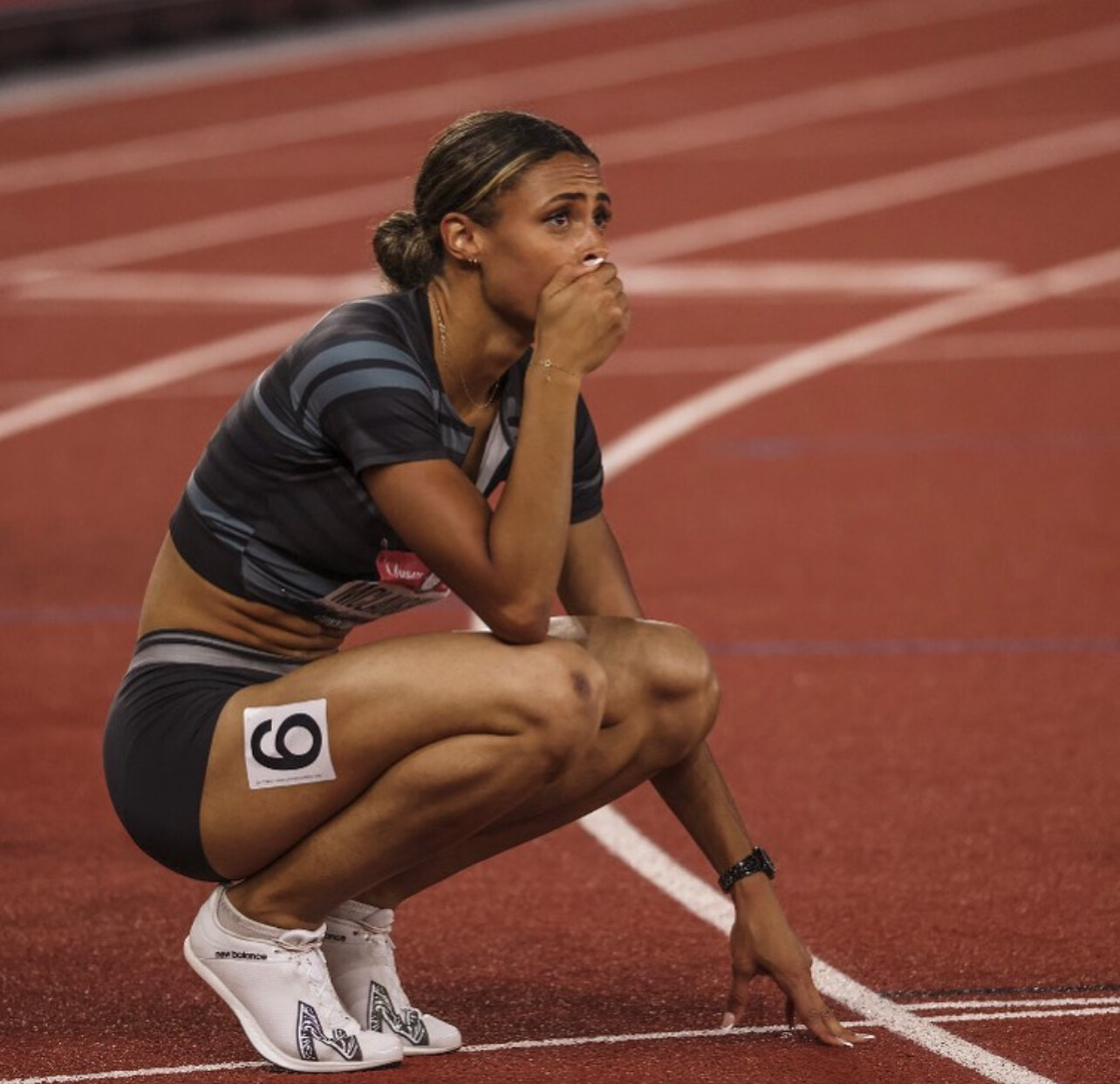
The meet is part of the Grand Slam Track series, an ambitious new project that launched in Kingston, Jamaica in May 2025. The series aims to bring excitement and elite matchups to iconic track venues with high-energy formats and streamlined scheduling. Unlike traditional leagues, Grand Slam Track events are standalone competitions that prioritize fan experience and top-tier competition without the bureaucracy of point-based rankings.
The Philly Grand Slam will be held at historic Franklin Field, home of the Penn Relays, and is expected to draw a packed crowd and worldwide attention—especially with McLaughlin-Levrone on the start list.
Why 100m hurdles, and why now?
Sydney was a dominant sprint hurdler in high school and has hinted in recent years that she still has unfinished business with the shorter hurdles. Her transition comes as no surprise to insiders:
• It’s a return to her roots: Before becoming a 400m hurdles world-beater, she posted elite-level times in the 100m hurdles as a teen.
• A lighter load physically: The 100m hurdles is demanding but significantly less punishing than the 400m hurdles, especially post-Olympics.
• A new challenge: With multiple Olympic and World titles already secured, Sydney may be seeking fresh goals—and this could open the door to a hurdles double in future major championships.
“I’ve always loved the hurdles,” she said in a statement ahead of the meet. “This is about stepping outside my comfort zone and having fun.”
With the 100m hurdles field likely to include top U.S. and international talent, fans will see how Sydney stacks up—technically, tactically, and mentally—against the best over 10 barriers and 100 meters.
Whether it’s a one-off experiment or the start of a new direction, June 9 in Philly is must-watch track.
(05/12/2025) ⚡AMPby Boris Baron
Alex Yee to Race UK 10K Championships in June—A PB in Sight?
Alex Yee Set to Chase 10,000m Personal Best at UK Championships in June
Alex Yee, one of the world’s top triathletes and a former track standout, is returning to the oval. He will race the UK 10,000m Championships on June 14 in Birmingham, marking a rare and exciting return to the distance that first brought him national attention.

Now 26, Yee holds a personal best of 27:51.94, set in 2018 when he was just 20 years old. Since then, he’s become a global force in triathlon, but this appearance signals his desire to test himself once again in pure distance running—and possibly lower that mark.

Still a Triathlon Star—But Reconnecting With His Roots
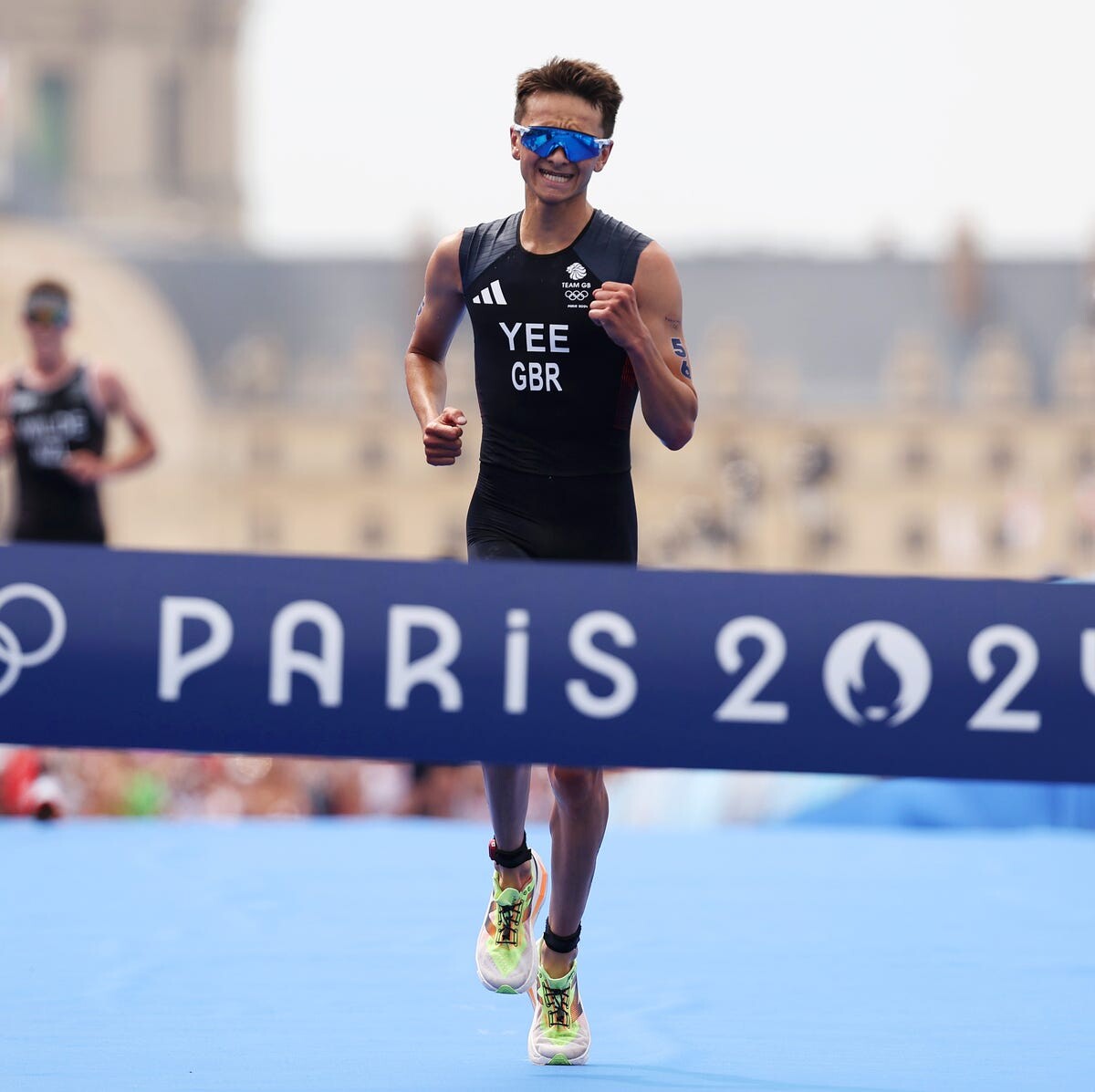
Yee is not stepping away from triathlon. He remains a dominant force on the international scene, with his sights still set on future Olympic medals. However, this race shows his continued respect for the track and his belief that he has more to offer in the 10,000 meters.

His triathlon résumé is among the best in British history:
• Olympic Gold Medalist (Mixed Relay, Tokyo 2020)
• Olympic Silver Medalist (Individual, Tokyo 2020)
• World Triathlon Series Champion (2022)
• Multiple WTS race wins from 2021 to 2024
A PB in Sight?
Breaking 27:50 would place Yee among the UK’s all-time elite. With improved aerobic strength from years of world-class triathlon training, he has every reason to believe he can surpass his 2018 mark.
The UK Championships—often held as part of the electric Night of the 10,000m PBs—promises perfect conditions: a deep field, strong pacing, and a roaring crowd lining the track. All signs point to fast times.
His marathon debut
Alex Yee made his marathon debut at the 2025 London Marathon, finishing 14th overall with a time of 2:11:08. He passed the halfway mark in 1:04:19, maintaining a strong pace before facing challenges in the latter stages of the race.
Despite not meeting his goal time, Yee described the experience as one of the best moments of his life. He expressed immense pride in completing the race, highlighting the emotional significance of running in his hometown.
Yee’s performance was notable, especially considering the transition from triathlon to marathon running. His debut showcased his endurance and determination, setting a strong foundation for potential future endeavors in long-distance running.
The Big Picture
For Yee, this is more than just a 10K—it’s a statement that his range as an athlete is still expanding. Whether or not he breaks his personal best, his presence adds prestige and intrigue to an already stacked field.
Can one of Britain’s greatest endurance athletes set a new benchmark? We’ll find out June 14 in Birmingham.
(05/12/2025) ⚡AMPby Boris Baron
How Ed Eyestone Created a Running Powerhouse
Ed Eyestone Has Spent Four Decades Shaping American Distance Running—As a Champion and Coach
Ed Eyestone posted this right after this year's Boston Marathon, "Proud of my boys Conner Mantz and Clayton Young who scored big PRs in yesterday's Boston Marathon finishing in 4th and 7th! Shout out to Rory Linkletter for his big PR finish in 6th! 3 BYU Cougars in the top 7! Way to go lads!"

From setting records on the roads to building one of the strongest distance programs in the NCAA, Ed Eyestone has dedicated his life to distance running. A two-time Olympian and the long-standing head coach at Brigham Young University (BYU), Eyestone has left his mark on every level of the sport—and he’s still adding to his legacy.

A Decorated Athlete Turned Mentor
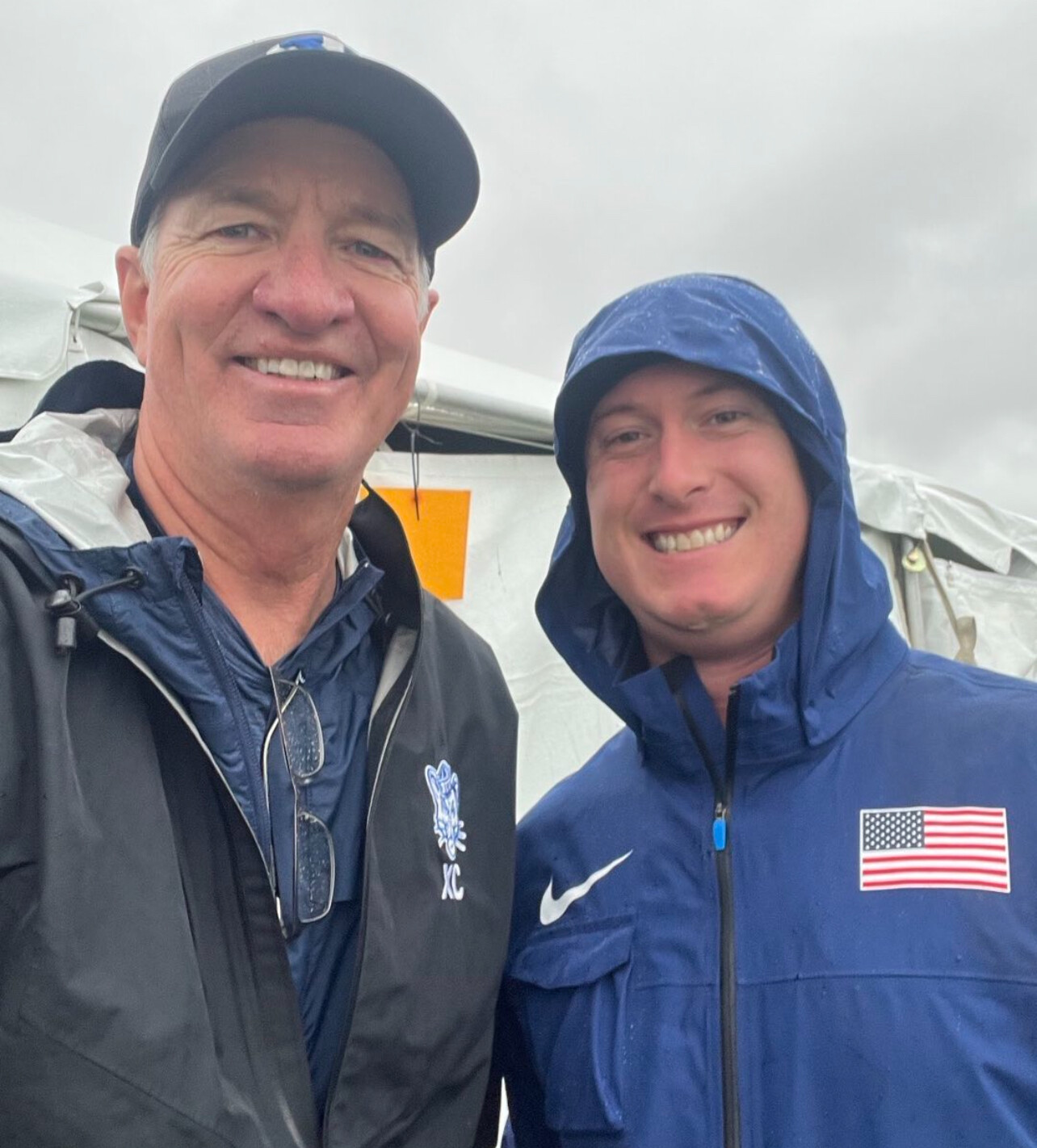
Ed's running career began with dominance in the collegiate ranks. At BYU, he won an astonishing five NCAA individual titles, including the prestigious “Triple Crown” in 1985—claiming national championships in cross country, the 5,000 meters, and the 10,000 meters. Only three others have ever achieved this feat.

His elite career continued on the roads, where he represented the United States in the marathon at the 1988 Seoul Olympics (29th place) and again at the 1992 Barcelona Games (13th place). Along the way, he posted personal bests of:

• Marathon – 2:10:59
• 10,000m – 27:41.05
• 5,000m – 13:32.52
He was named U.S. Road Racer of the Year five times and ranked among the top American marathoners for over a decade.
Coaching BYU to National Prominence
Since joining BYU’s coaching staff in 2000—and becoming head coach in 2013—Eyestone has built the Cougars into one of the most respected programs in the country.
In 2019, he led BYU to its first NCAA Division I Men’s Cross Country Championship, a long-awaited breakthrough fueled by strong depth, smart tactics, and years of strategic development. His teams regularly place in the top 10 nationally, both in cross country and on the track.
He’s coached more than 30 All-Americans and continues to develop runners into world-class competitors. His athletes consistently credit him for his calm presence, scientific approach, and deep understanding of racing.
In 2024, he was named NCAA Mountain Region Coach of the Year—an honor that reflects his enduring relevance and success in a constantly evolving sport.
The Conner Mantz Era
One of Eyestone’s most prominent pupils is Conner Mantz, a BYU standout who has quickly become one of the best marathoners in U.S. history.
Under Eyestone’s coaching, Mantz won back-to-back NCAA Cross Country titles in 2020 and 2021. Since turning pro, Mantz has continued working with Eyestone, now serving as his professional coach.
• 2024 U.S. Olympic Trials Champion
• 8th place finisher at the Paris Olympic Marathon
• Set the American half marathon record (59:17) in 2025
• Ran 2:05:08 at the 2025 Boston Marathon, the second-fastest time ever by an American on the course
Eyestone's steady mentorship remains a driving force behind Mantz’s rise. Their relationship—rooted in trust, precision training, and shared values—has helped elevate Mantz to the top of the international marathon scene.
Clayton Young: From NCAA Champion to Olympic Marathone
Another testament to Eyestone’s coaching prowess is Clayton Young, who has risen from collegiate success to international acclaim under Eyestone’s guidance.
• 2019 NCAA 10,000m Champion at BYU
• 2023 Chicago Marathon: 2:08:00, securing Olympic qualification
• 2024 U.S. Olympic Trials: 2nd place, earning a spot on Team USA
• 2024 Paris Olympics: 9th place finish with a time of 2:08:44
• 2025 Boston Marathon: Personal best of 2:07:04, finishing 7th
Young’s journey has been marked by resilience and determination. After undergoing knee surgery in early 2023, he made a remarkable comeback, achieving personal bests and representing the U.S. on the Olympic stage. His analytical approach to training, combined with Eyestone’s mentorship, has been pivotal in his success.
A Lasting Legacy
Now in his early 60s, Ed Eyestone continues to shape the future of American distance running. His fingerprints are on championship banners, personal bests, and Olympic dreams.
From 2:10 marathons to NCAA titles and Olympic breakthroughs, Eyestone’s impact spans generations. Whether you’re looking at his own performances or those of his athletes, one thing is clear—Ed Eyestone is one of the most influential figures in the history of American distance running.
(05/12/2025) ⚡AMPby Boris Baron
Fast Times and Big Wins Highlight Geneva Marathon Weekend
Kenyan and Ethiopian Athletes Dominate 2025 Geneva Marathon and Half
May 11, 2025 – Geneva, Switzerland
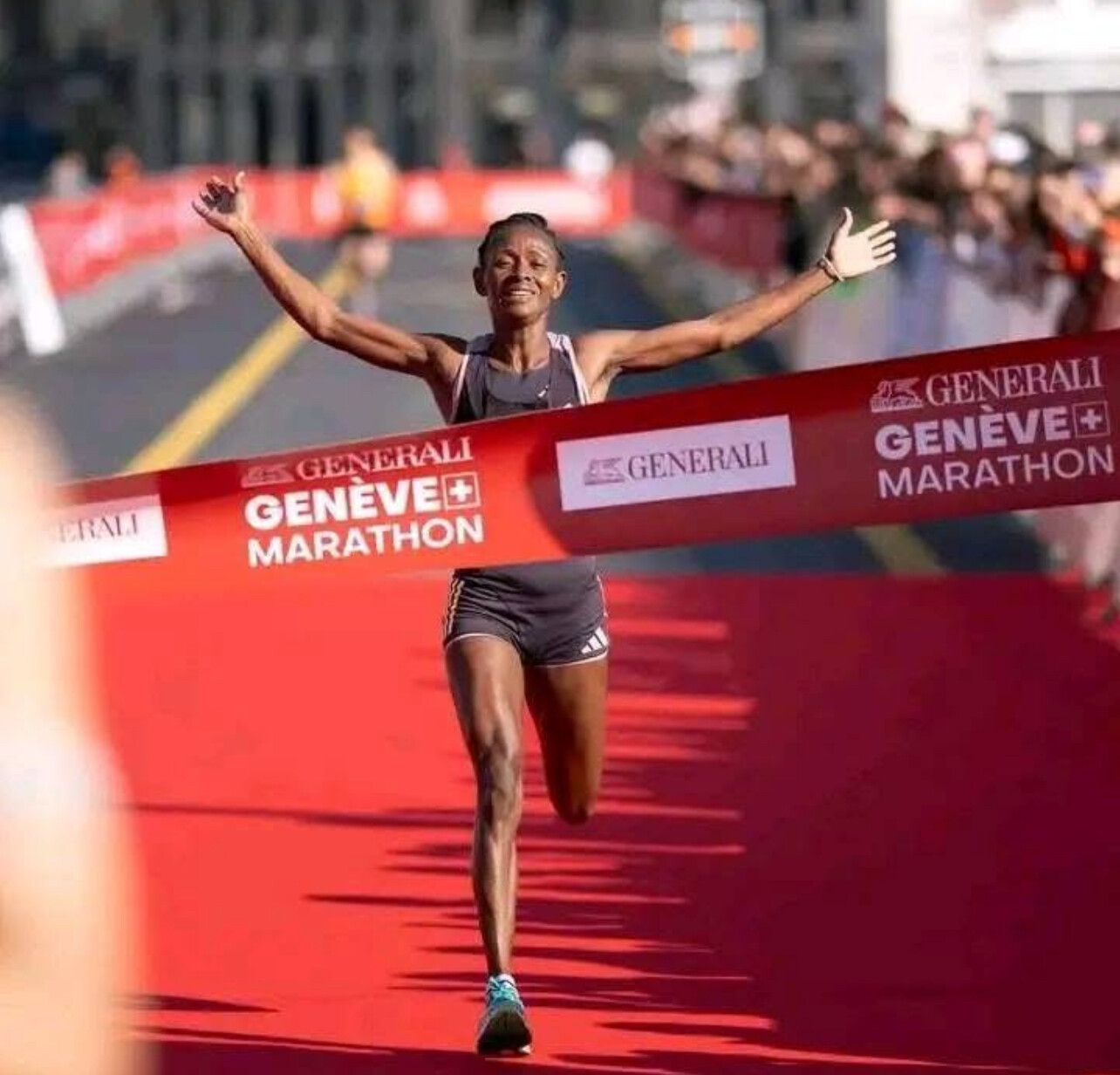
East African runners showcased their endurance and depth once again at the 2025 Geneva Marathon and Half Marathon, with Kenya and Ethiopia claiming top honors in both the full and half-distance races.

Marathon Highlights

In the men’s marathon, Kenya swept the podium. Collins Kemboi led the charge with a winning time of 2:11:36, followed by Elvis Cheboi (2:12:13) and Martin Cheruiyot (2:16:28). Their consistent pacing and teamwork along the scenic lakeside course secured a commanding team performance.
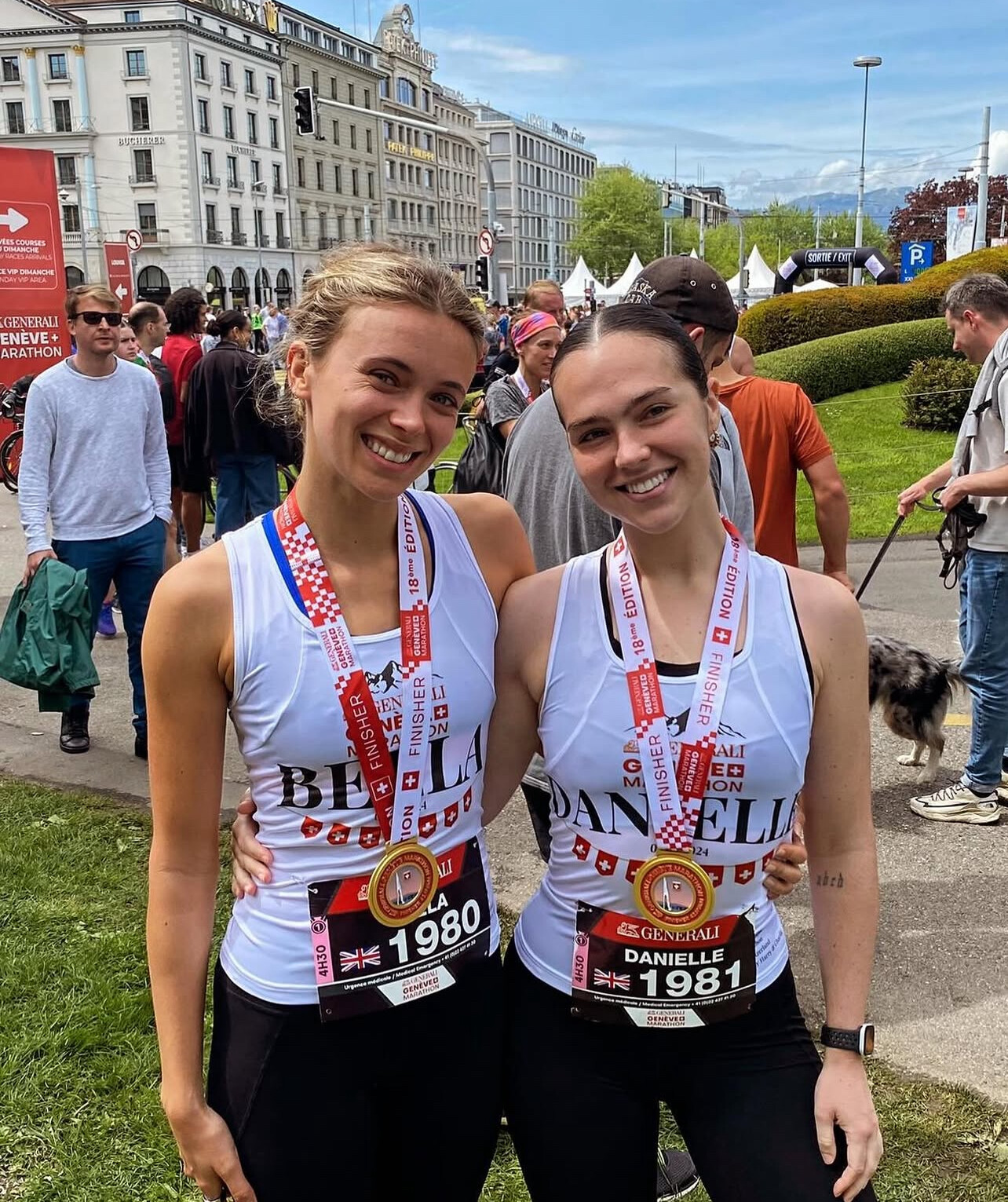
On the women’s side, Ethiopia’s Tsega Desta broke away early and maintained her lead to win in 2:24:38. Switzerland’s Fabienne Von’then earned a well-fought second place in 2:39:10, while Kenya’s Irene Korir followed closely in 2:39:40.
Half Marathon Standouts
In the half marathon, Kenyan men once again dominated the top positions. Leonard Kipngeno broke the tape in 61:44, comfortably ahead of teammates Brian Kipchumba (65:15) and France’s Tanguy Benkrikly (65:46), who held off a late surge to take third.
The women’s half marathon was also a Kenyan sweep, with Lucy Nthenya winning in 68:54. She was followed by Winnie Jeptarus (69:51) and Sharon Jepchirchir (71:23), confirming Kenya’s stronghold on the event.
Race Summary
This year’s edition took place on Sunday, May 11, under cool and clear conditions—ideal for fast times along the picturesque streets of Geneva. Thousands of runners and spectators enjoyed one of Europe’s most scenic urban courses.
Results – Geneva Marathon 2025
Men’s Marathon:
1. Collins Kemboi (KEN) – 2:11:36
2. Elvis Cheboi (KEN) – 2:12:13
3. Martin Cheruiyot (KEN) – 2:16:28
Women’s Marathon:
1. Tsega Desta (ETH) – 2:24:38
2. Fabienne Von’then (SUI) – 2:39:10
3. Irene Korir (KEN) – 2:39:40
Results – Half Marathon
Men’s Half:
1. Leonard Kipngeno (KEN) – 61:44
2. Brian Kipchumba (KEN) – 65:15
3. Tanguy Benkrikly (FRA) – 65:46
Women’s Half:
1. Lucy Nthenya (KEN) – 68:54
2. Winnie Jeptarus (KEN) – 69:51
3. Sharon Jepchirchir (KEN) – 71:23
Geneva continues to attract a world-class field, offering a beautiful yet challenging course that’s become a favorite among elite and recreational runners alike.
For more elite race results and running news from around the world, visit MyBestRuns.com.
(05/12/2025) ⚡AMP
by Boris Baron
Harmony Geneva Marathon
The Harmony Geneva Marathon for Unicef is arguably one of the most picturesque city marathons in Europe and unquestionably one of the fastest. The course takes in the countryside nestled between mountains and the shore of Lake Geneva before finishing in the heart of the city in front of the famous Jet d’Eau. Thousands of runners from more than 120...
more...Martha Akeno and Abebaw Muniye Win Close Battles at Dalian Marathon
Close Finishes and Fast Times Define 2025 Dalian Marathon in China
May 11, 2025 – Dalian, China
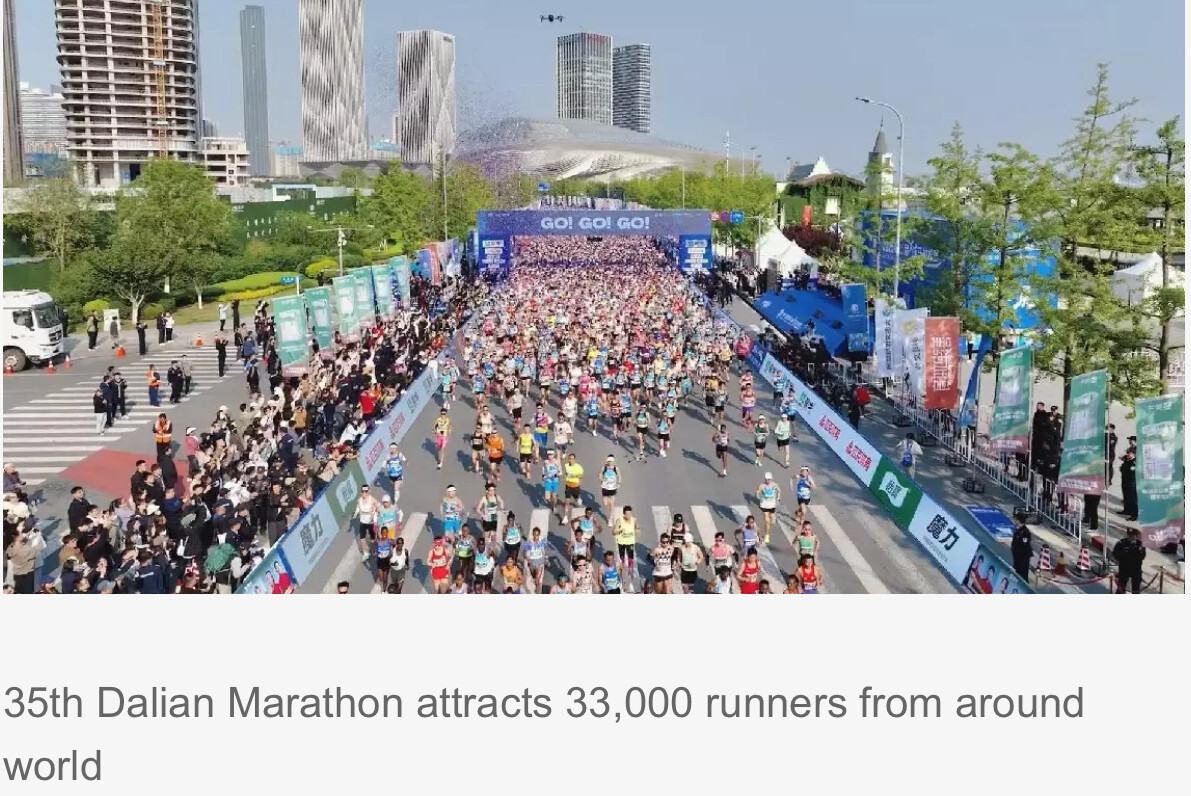
The 2025 Dalian Marathon delivered thrilling finishes in both the men’s and women’s races, as athletes from Ethiopia and Kenya dominated the podiums in this fast spring marathon on China’s northeast coast.

In the men’s race, Ethiopia’s Abebaw Muniye surged ahead in the final kilometers to take the win in 2:10:33, holding off countryman Kemal Husen, who crossed just 38 seconds later in 2:11:11. Kenya’s Timon Sutter rounded out the top three with a strong 2:11:36 finish.
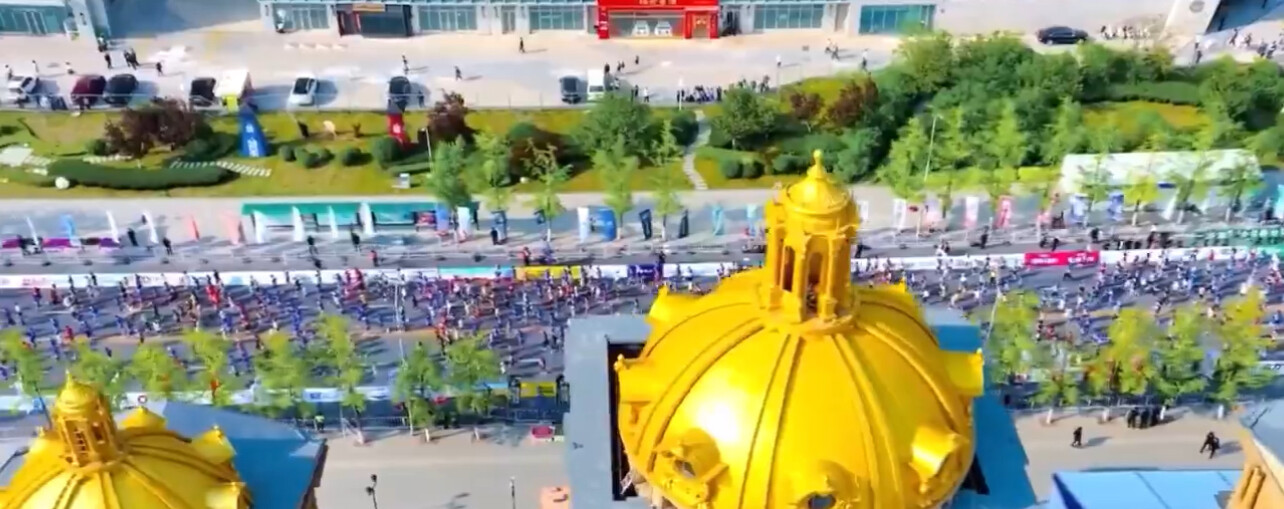
The women’s race was even tighter, with the top three separated by just 31 seconds. Kenya’s Martha Akeno claimed victory in 2:29:20, narrowly edging out Ethiopia’s Saeda Kedir (2:29:23) and Baraki Gebriala (2:29:51).
Abebaw victory was particularly impressive given the competitive Ethiopian duo behind her, who pushed the pace throughout the second half.
The Dalian Marathon has become a popular destination for elite and emerging African talent, with its flat, sea-level course and consistent organization attracting fast times year after year.
While no course records were broken this year, the close finishes and deep international field further established Dalian as one of China’s premier marathons. Over 33,000 runners participated.
Results Summary:
MEN
Abebaw Muniye (ETH) – 2:10:33
Kemal Husen (ETH) – 2:11:11
Timon Sutter (KEN) – 2:11:36
WOMEN
Martha Akeno (KEN) – 2:29:20
Saeda Kedir (ETH) – 2:29:23
Baraki Gebriala (ETH) – 2:29:51
(05/12/2025) ⚡AMP
by Boris Baron
Copenhagen Marathon Nearly Sees Course Records Fall in Historic 2025 Race
May 11, 2025 | Copenhagen, Denmark – The 45th edition of the Copenhagen Marathon was the largest in Danish history, with 21,141 registered runners and near-perfect racing conditions—11°C (52F) and no wind. It nearly became the fastest as well, with both men’s and women’s course records just out of reach.
Eritrea’s Berhane Tesfaye claimed victory in the men’s race, stopping the clock at 2:08:25, just two seconds shy of the course record. In the women’s race, Kenyan debutant Sharon Kiptugen ran a stunning 2:23:19, finishing just five seconds off the women’s course best.

Tesfaye, who also won the 2025 Mumbai Marathon, ran a tactical race. After early pacing from Kenya’s Reuben Rono (1:03:43 at halfway), the lead shifted multiple times. Tesfaye and Kenya’s Vincent Mutai battled through the final kilometers, with the 38-year-old Tesfaye pulling away after 40K to win by 44 seconds. “I was aware of the record, but I had pain in my legs and just couldn’t finish faster,” Tesfaye said post-race.

On the women’s side, Kiptugen pulled away after the halfway mark (1:11:27), steadily building a commanding lead over a deep field that included Sofia Assefa of Ethiopia—2012 Olympic silver medalist in the 3000m steeplechase—who finished second in 2:26:21. “I didn’t know I was so close to the record,” Kiptugen said. “But I’m just happy for the win.”
Top Finishers – Men
Berhane Tesfaye (ERI) – 2:08:25
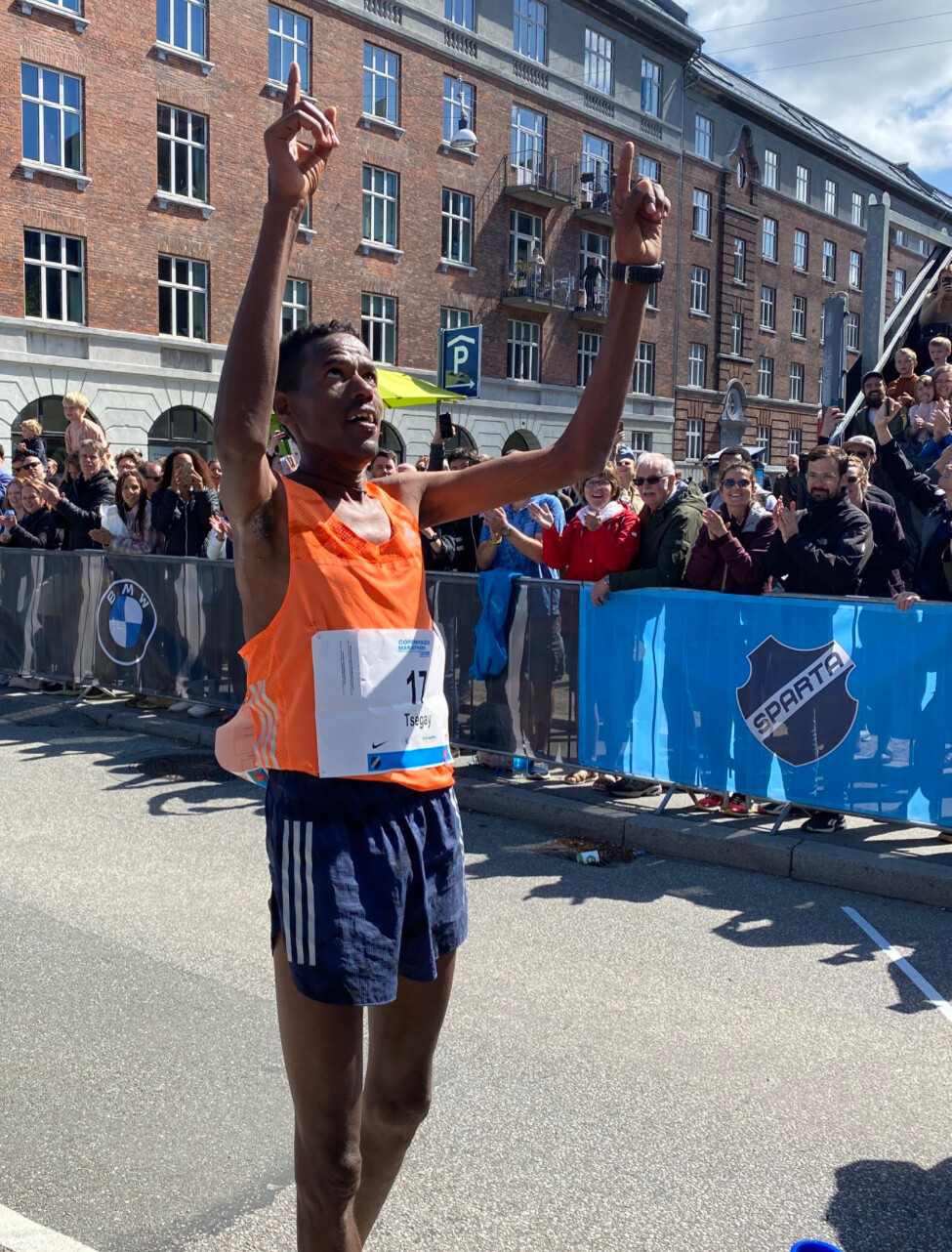
Vincent Mutai (KEN) – 2:09:09 (PB)
Yismaw Atinafu (ETH) – 2:10:32
Top Finishers – Women
Sharon Kiptugen (KEN) – 2:23:19 (PB)
Sofia Assefa (ETH) – 2:26:21
Abebech Afework (ETH) – 2:28:37
Looking ahead, the 2026 Copenhagen Marathon will take place on May 10, with registration opening on May 27, 2025. The next major event in the city is the Copenhagen Half Marathon, scheduled for September 14, 2025, which also serves as a lead-up to the World Athletics Road Running Championships Copenhagen 26—expected to draw up to 65,000 runners.
(05/11/2025) ⚡AMPby Morten Eklöf Risager (with Boris Baron)
Copenhagen Marathon
The race is special in many ways But one thing is the course around almost every part of Copenhagen. The course goes to Frederiksberg which is a very beautiful part of the city. Theres a fantastic atmosphere in the city, and a lot of spectators along the route. The course is pretty fast, and the field of elite runners is...
more...Firefighter Dad Shatters 1K Stroller Record with 17-Month-Old Son Riding Shotgun
Toronto’s Brendan Neely just redefined what it means to multitask on the run. The firefighter, carpenter, and father of two smashed the Guinness World Record for the fastest 1-kilometer run while pushing a stroller—crossing the line in an astonishing 2 minutes and 51 seconds.
The record-breaking performance took place at The Hangar sports complex in North York, Ontario, with Neely’s 17-month-old son, Jack, riding comfortably in a Baby Jogger Summit X3 stroller. A Guinness World Records official was on site to verify the feat, which obliterated the previous mark of 3:19 set in 2022 by nearly 30 seconds.
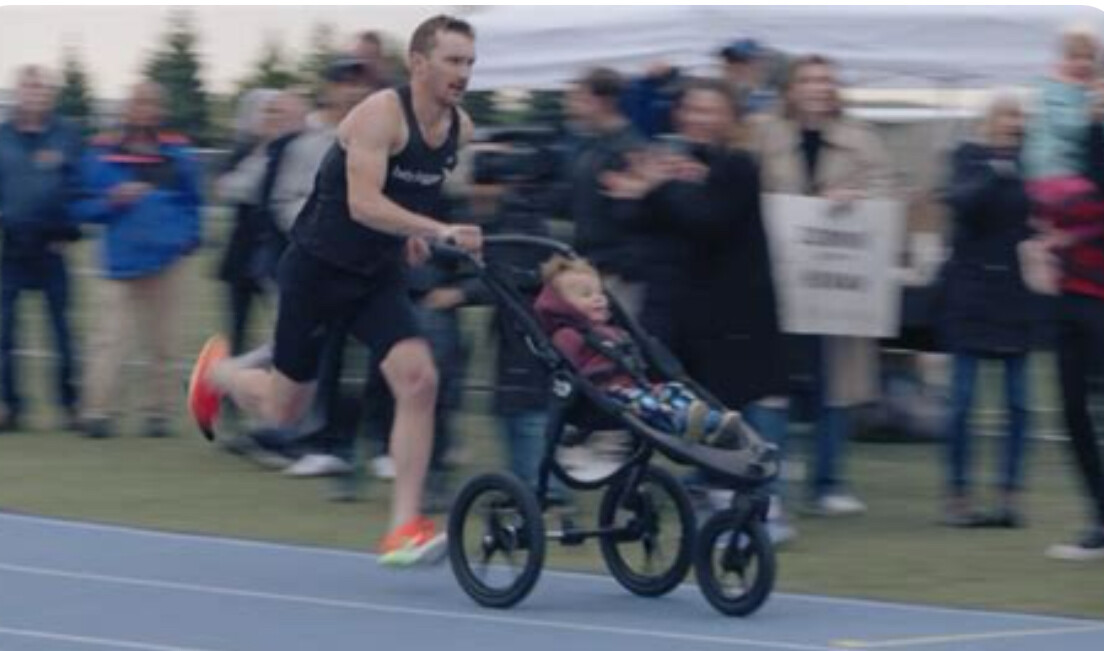
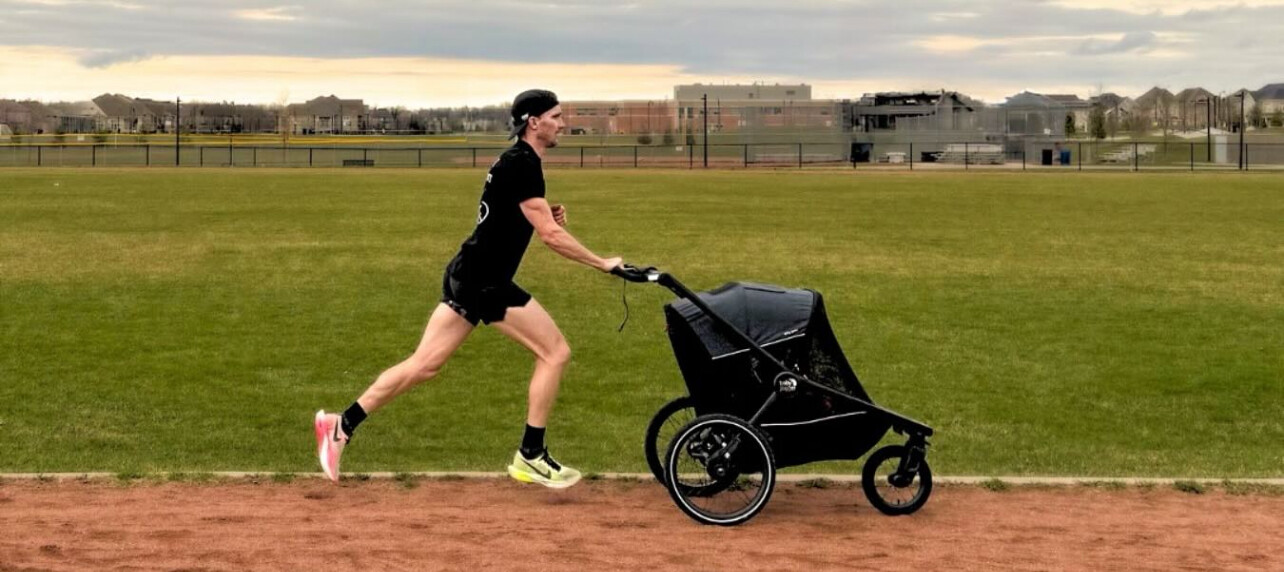


Neely, a longtime trail and obstacle course runner, began training for the attempt in August 2024. Supported by Baby Jogger, he put in hours of stroller runs—often joined by his sons—as part of a uniquely family-focused regimen. “It’s really so much more than the record,” he shared. “Just the amount of hours I put in with these guys is truly what means the most to me.”
What’s next? Neely may be eyeing another stroller record—this time with both of his boys onboard. One thing’s for sure: he’s pushing boundaries in more ways than one.
(05/11/2025) ⚡AMPby Boris Baron
Amway River Bank Run Delivers $116,000 in Payouts and Two New American Records
The 48th edition of the Amway River Bank Run May 10th delivered one of its most memorable races in history as both Casey Clinger and Carrie Ellwood shattered American records in the 25K distance. Over 16,000 participants took to the streets of downtown Grand Rapids, reaffirming the race’s place among the World’s Best 100 Races.
Elite Performances and Records

Clinger crossed the line in 1:12:16.82, eclipsing the previous U.S. 25K record of 1:13:08. On the women’s side, Ellwood clocked 1:22:26.19, just under the prior mark of 1:22:30.

Both champions earned $10,000 for their victories and a $5,000 bonus for setting new American records—bringing their individual prize money totals to $15,000.
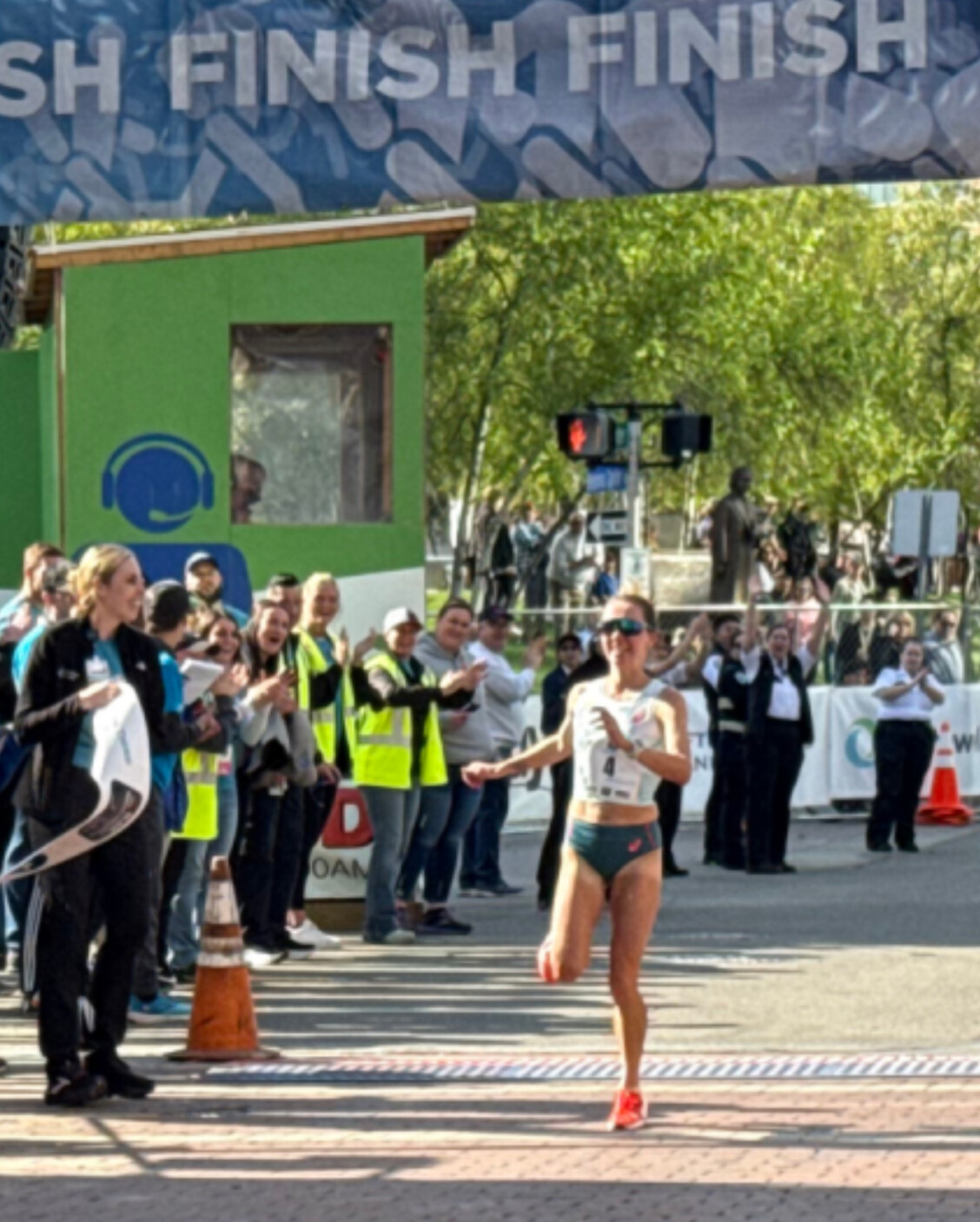
Top 10 Men – 25K
1. Casey Clinger – 1:12:16.82
2. Joe Klecker – 1:12:31.42
3. Hillary Bor – 1:12:52.83
4. Zouhair Talbi – 1:14:46.99
5. Joel Reichow – 1:15:00.13
6. Joseph Trojan – 1:15:40.74
7. Anthony Raftis – 1:15:43.97
8. Patrick Smyth – 1:15:53.89
9. Will Nation – 1:16:37.67
10. Andy Wacker – 1:17:21.29
Top 10 Women – 25K
1. Carrie Ellwood – 1:22:26.19
2. Megan Hasz – 1:23:51.78
3. Kasandra Parker – 1:24:25.05
4. Atsele Tesema – 1:25:21.43
5. Savannah Berry – 1:25:41.29
6. Gabrielle Orie – 1:28:09.24
7. Maya Weigel – 1:28:25.97
8. Piper Atnip – 1:30:32.03
9. Kathryn Fluehr – 1:31:36.85
10. Abby Levene – 1:34:47.89
Masters Division Winners
Prize money of $1,500 was awarded to the top male and female Masters athletes (40+), with additional payouts for age-group champions. The following runners topped their respective age divisions:
• M 40-49 – Dickson Mercer, 1:25:52
• M 50-59 – Rob Hyde, 1:36:14
• M 60-69 – Henry Hofman, 1:39:48
• M 70+ – Larry Ver Merris, 2:08:46
• F 40-49 – Melissa Kessler, 1:39:21
• F 50-59 – Janet Becker, 2:03:27
• F 60-69 – Lisa Veneziano, 1:43:44
• F 70+ – JoAnne Furu, 2:41:37
A Grand Rapids Tradition
The Amway River Bank Run remains the largest 25K road race in the United States and continues to serve as the USATF 25K National Championship. The course winds through the heart of Grand Rapids, offering a mix of flat stretches and rolling hills with vibrant support from local crowds.
With American records falling and a deep field of elite and recreational runners, the 2025 edition delivered everything a great road race should.
(05/11/2025) ⚡AMPby Boris Baron
Taylor Roe’s Record Breaking Rise from NCAA Star to American Road Racing Powerhouse
In just over a year, Taylor Roe has gone from a promising collegiate standout to one of the brightest stars in American distance running. Her 2025 campaign has been nothing short of historic—national titles, American records, and international recognition are stacking up fast for the 24-year-old from Lake Stevens, Washington.
From Washington to the NCAA Podium
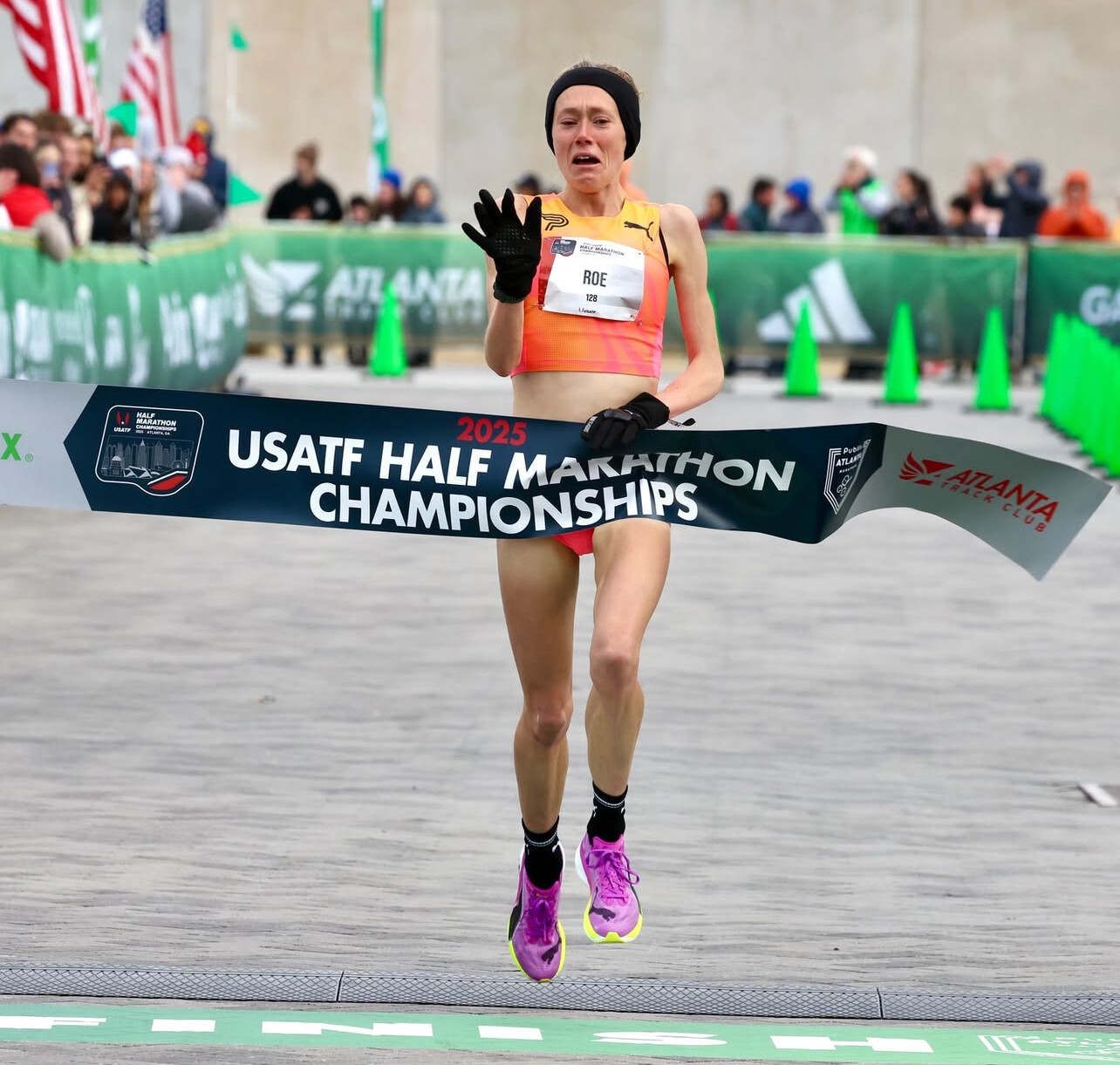
Roe began her running journey in Lake Stevens, where she collected nine individual state titles in cross country and track. At Oklahoma State University, she continued to shine, winning the NCAA Indoor 3000m title in 2022 and placing second at the 2020 NCAA Cross Country Championships. Her final collegiate season in 2024 saw her finish third in the 10,000m and sixth in the 5,000m at the NCAA Outdoor Championships.

Breakout Year on the Roads
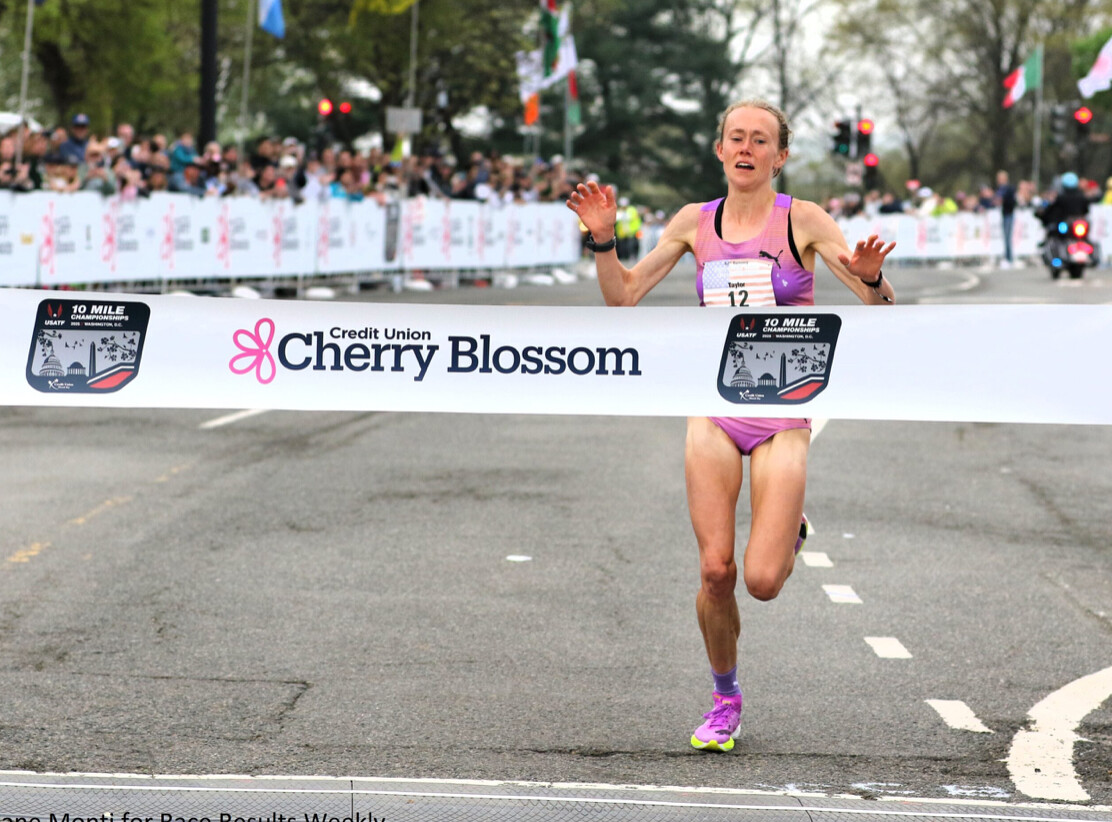
Turning pro in mid-2024 with Puma, Roe wasted no time making her mark. She won the USATF Half Marathon Championships in March 2025 in a personal best of 1:07:22. The win not only earned her a national title but also secured her a spot on Team USA for the World Athletics Road Running Championships.

Rewriting the Record Books
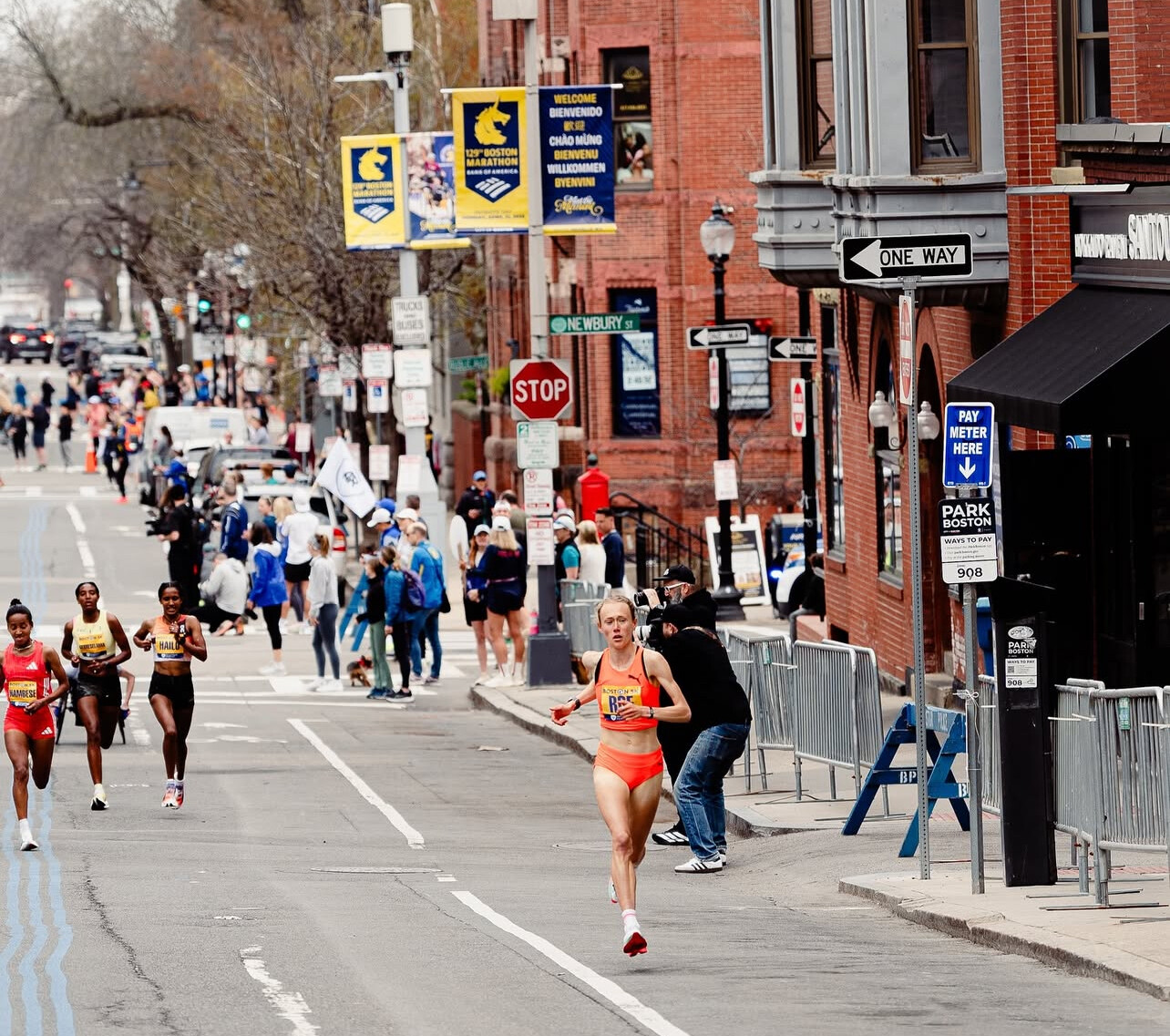
Just a month later, Roe delivered one of the most impressive road racing performances in recent memory. At the USATF 10 Mile Championships in Washington, D.C., she became the first American woman to break 50 minutes for the distance, finishing in 49:53 which is the world best for in an all woman race. On her way to the win, she also set new American records for the 10K (30:56) and 15K (46:24), earning her USATF Athlete of the Week honors.
Breaking down the world best time ever for ten miles in an all woman's race: Looking Ahead
Taylor Roe’s rise has been fast, fierce, and inspiring. As she builds on this foundation, fans of American distance running have plenty to be excited about. With her blend of speed, endurance, and race-day poise, Roe is now firmly on the radar for global championships and Olympic teams. At just 24, she’s entering her prime years with the momentum of a seasoned veteran. If 2025 is any indication, she could soon be the face of American distance running.
Taylor Roe’s 2025 Highlights
• USATF Half Marathon Champion – 1:07:22 (March 2025)
• USATF 10 Mile Champion – 49:53 (April 2025)
• American Records:
• 10K – 30:56
• 15K – 46:24
• 10 Miles – 49:53
• Selected for Team USA – World Athletics Road Running Championships
Taylor Roe’s rise has been fast, fierce, and inspiring. As she builds on this foundation, fans of American distance running have plenty to be excited about.
(05/11/2025) ⚡AMPby Boris Baron
When Sifan Hassan Fell the World Counted Her Out — Then She Shocked Them All
It was one of the most unforgettable moments of the Tokyo 2020 Olympics.
In the first round of the women’s 1500 meters, Dutch distance star Sifan Hassan was cruising near the back of the pack when disaster struck. With just one lap to go, a runner ahead of her tripped and fell—causing Hassan to tumble hard onto the track.
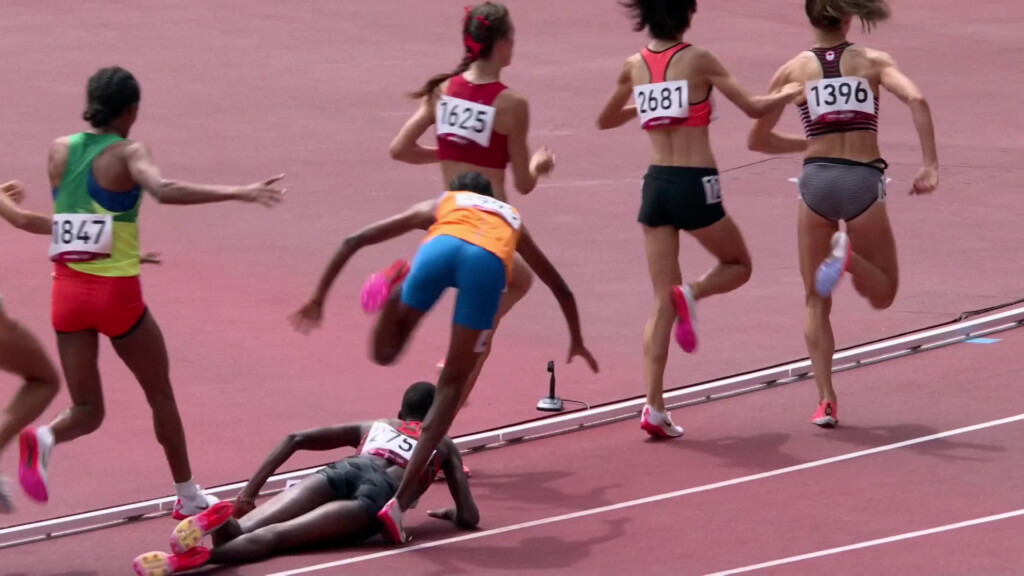
For a brief second, it looked like her Olympic dream might be over.
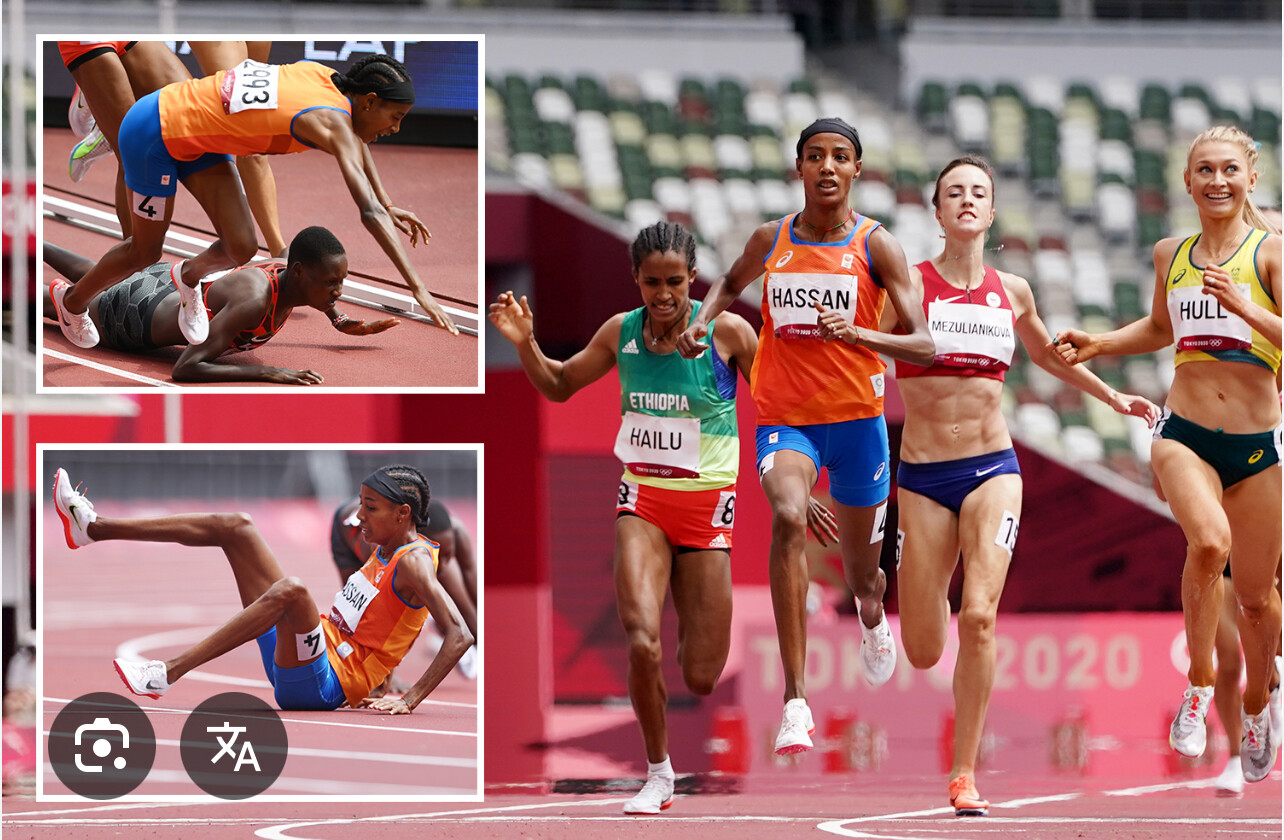
But Hassan didn’t stay down.
With remarkable poise and determination, she sprang back to her feet and began an astonishing chase. In less than 400 meters, she not only caught the field but blew past them, surging into the lead and winning the heat in a dramatic, come-from-behind finish that left the world in awe.
And that was just the beginning.
Hassan went on to complete one of the most ambitious programs in Olympic history, running six distance races in just eight days. Her results were historic:

• Gold medal in the 5,000 meters
• Gold medal in the 10,000 meters
• Bronze medal in the 1,500 meters
Her Tokyo triple made her the first athlete—male or female—to ever medal in all three of these events in a single Olympics.
Sifan Hassan’s fall could have ended her Games. Instead, it defined them. Her performance wasn’t just about winning races—it was about heart, courage, and rising when it matters most.
As she later said, “It’s not about the fall, but how hard we rise.”
(05/10/2025) ⚡AMPby Boris Baron
Zambia’s Marathon Champion Balances Family, Work, and Winning
In the heart of Solwezi, Zambia, lives one of Africa’s most inspiring distance runners—Elizabeth Mukoloma. Known as the “Queen of Marathons” in her country, Mukoloma’s rise to national prominence didn’t come from chance. It came from talent, resilience, and an unwavering belief in her journey.
From her first strides as a student in secondary school, Elizabeth showed promise. Her early victories in school meets and provincial championships hinted at something special. But after completing Grade 12, she stepped away from competitive running. Like many athletes in underserved regions, she faced the harsh reality that passion doesn’t always pay the bills. She focused on her tailoring business, putting dreams on hold.
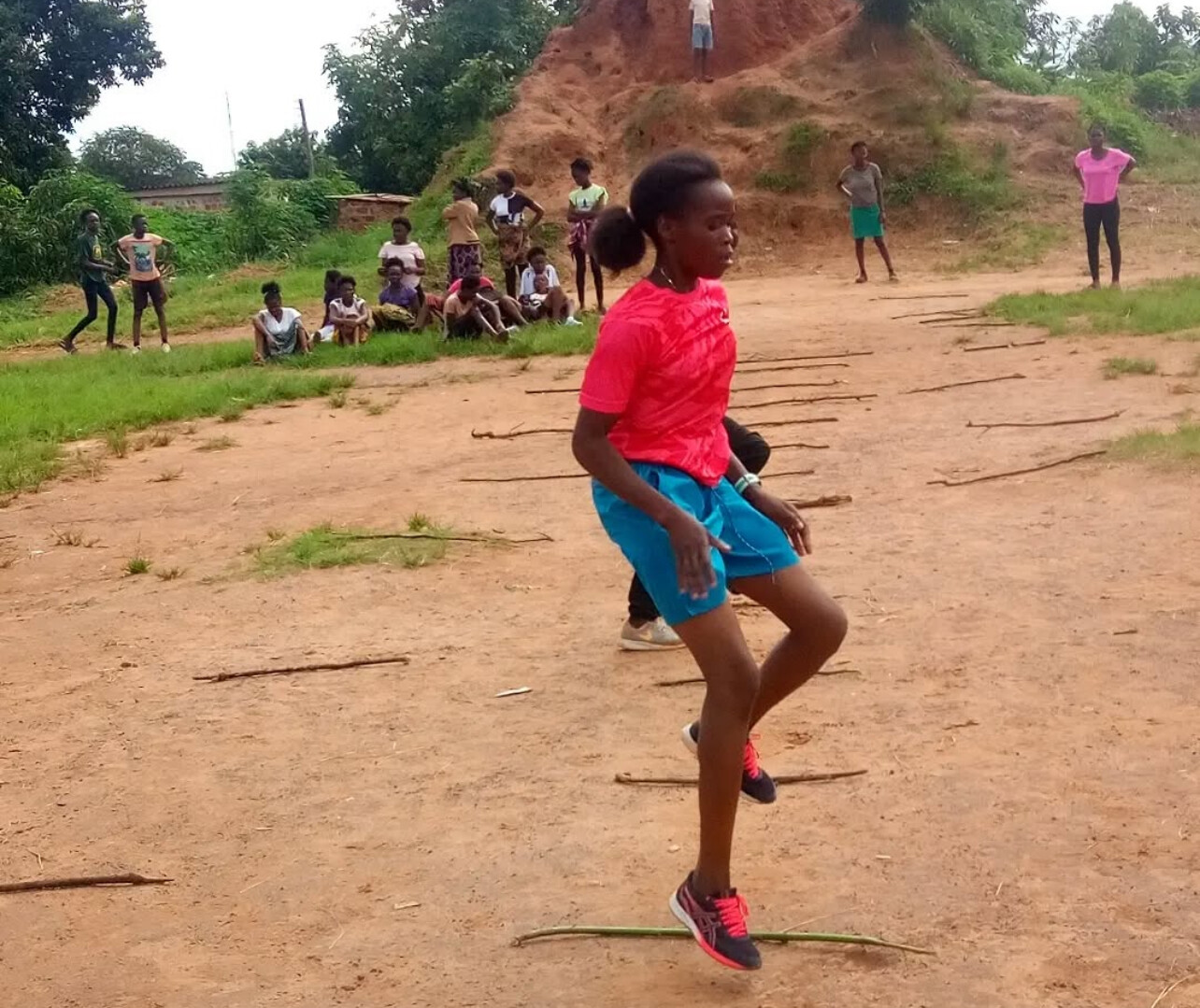
But dreams like hers don’t stay quiet for long.

Her return came through the Kansanshi Athletics Team, and she’s been unstoppable ever since. Mukoloma now holds Zambia’s national marathon record (2:55:52) and has recorded an even faster personal best of 2:46:16. She’s earned multiple titles at home and abroad, consistently representing her country on the road with strength and pride.

In May 2025, she once again claimed victory at the Kansanshi Marathon, earning K42,000 (approximately $1,500 USD) and reminding the nation that she remains at the top of her game. But for Mukoloma, it’s never just about the prize—it’s about the platform. Each finish line she crosses brings visibility to female athletes in Zambia and inspires young girls who see themselves in her footsteps.
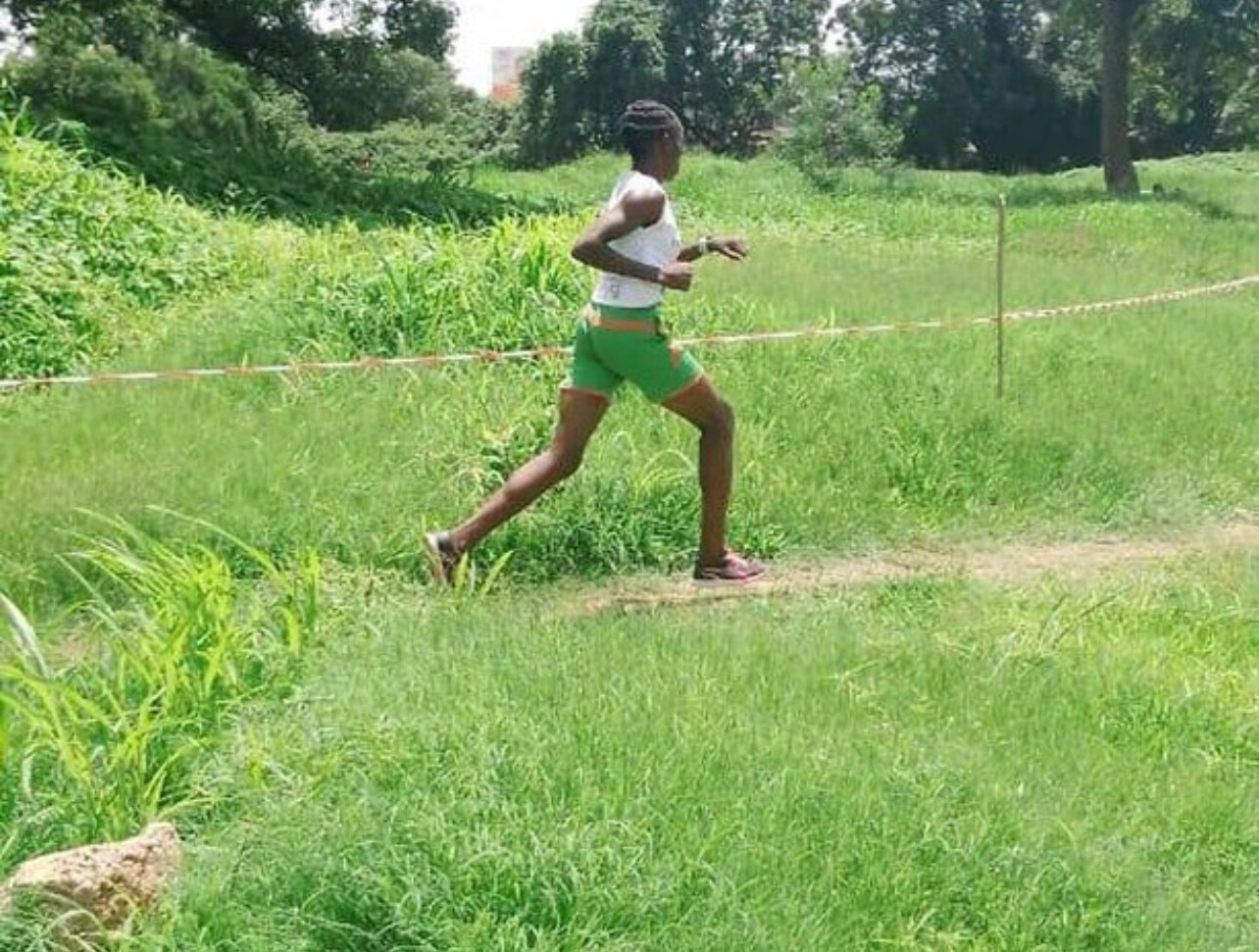
Off the course, Elizabeth is a tailor, a mother, a wife, and a mentor in Solwezi. Her life is a blend of strength and balance, of stitching fabric by hand and racing with heart. She speaks often with young runners, encouraging them to stay in school, stay disciplined, and never stop dreaming.
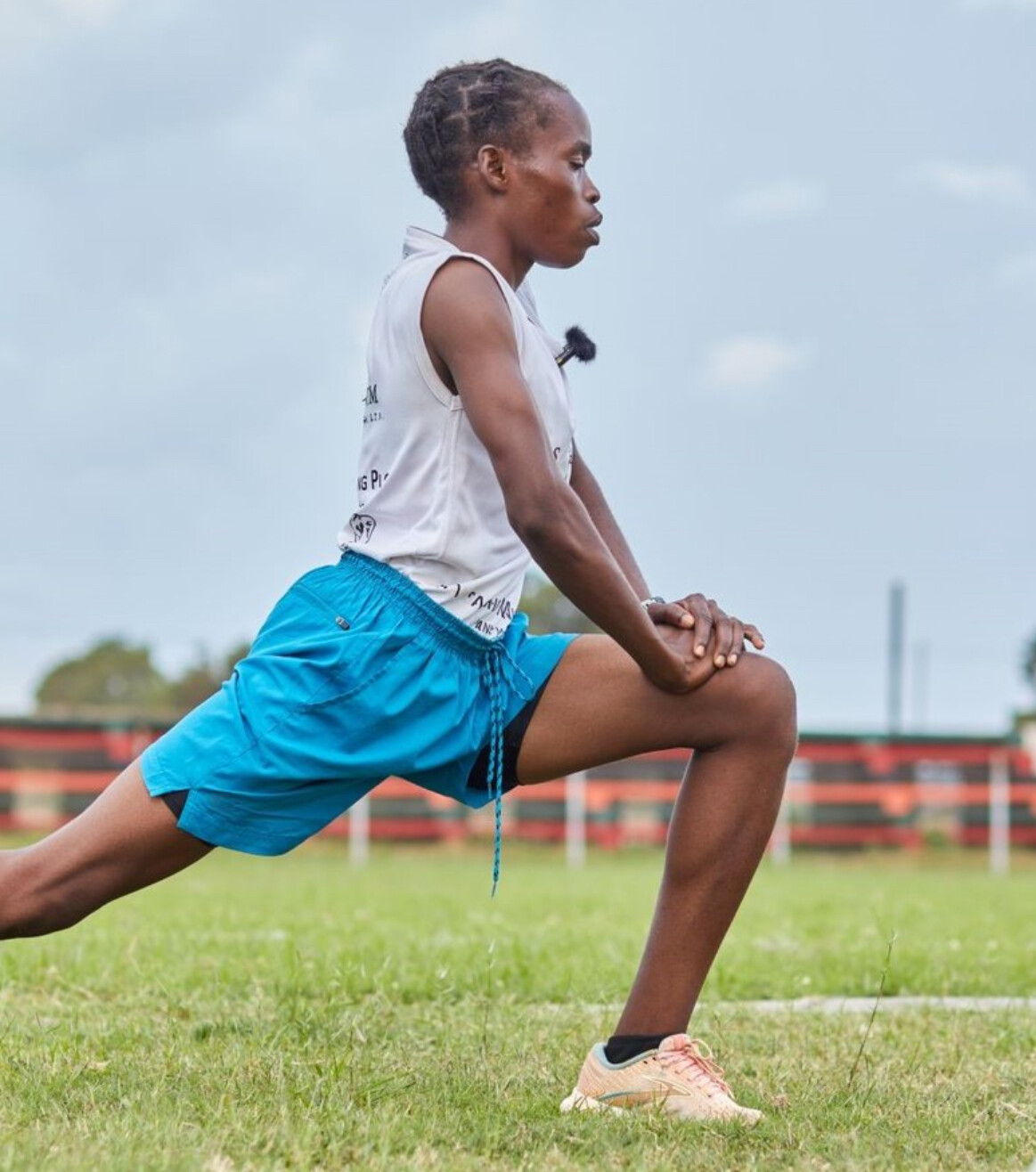
As she prepares for future races—including ambitions beyond Zambia, such as the Comrades Marathon in South Africa—Mukoloma carries the hopes of a nation on her shoulders. Her legacy is still being written, one mile at a time.

by Boris Baron
The Grand Prix von Bern Is the 10-Mile Race You’ll Never Forget
The streets of Bern, Switzerland, came alive on May 10, 2025, as over 30,000 runners laced up for the 43rd edition of the Grand Prix von Bern, widely regarded as “the most beautiful 10 miles in the world.” With a blend of elite athleticism, historic charm, and community spirit, this event continues to rise on the global running calendar—and if you’re looking for a destination race in 2026, this one might just be it.
A Course Unlike Any Other

Set in the heart of the Swiss capital, the 16.093-kilometer course (10 miles) is as challenging as it is breathtaking. Runners begin near Guisanplatz, weaving through Bern’s UNESCO-listed Old Town, over the Nydeggbrücke bridge spanning the Aare River, past the Federal Palace, and alongside Gothic landmarks like the Bern Cathedral.
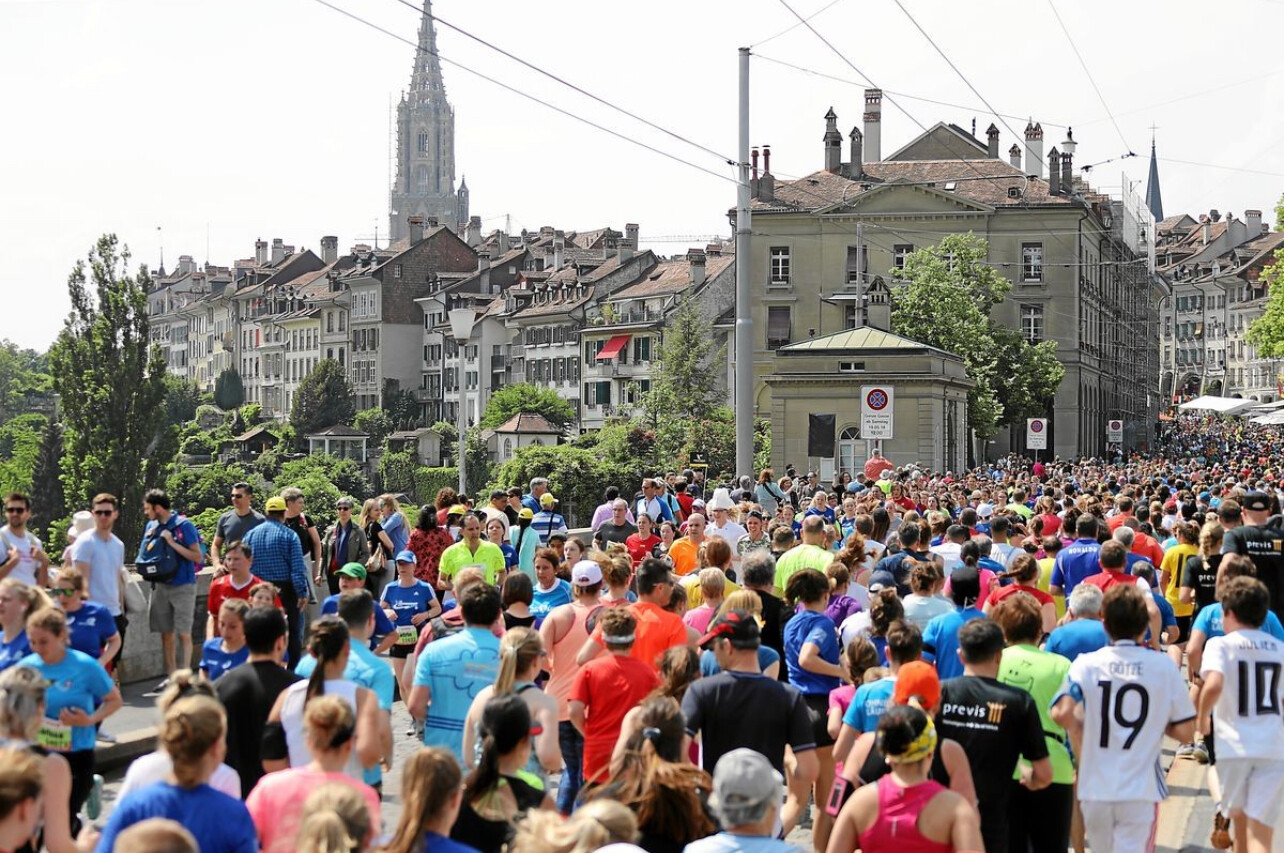
The course includes roughly 204 meters of elevation gain, with a mix of cobblestones, rolling hills, and scenic river trails. The final uphill stretch into the city center is not for the faint of heart—but it’s what makes the finish line so satisfying.
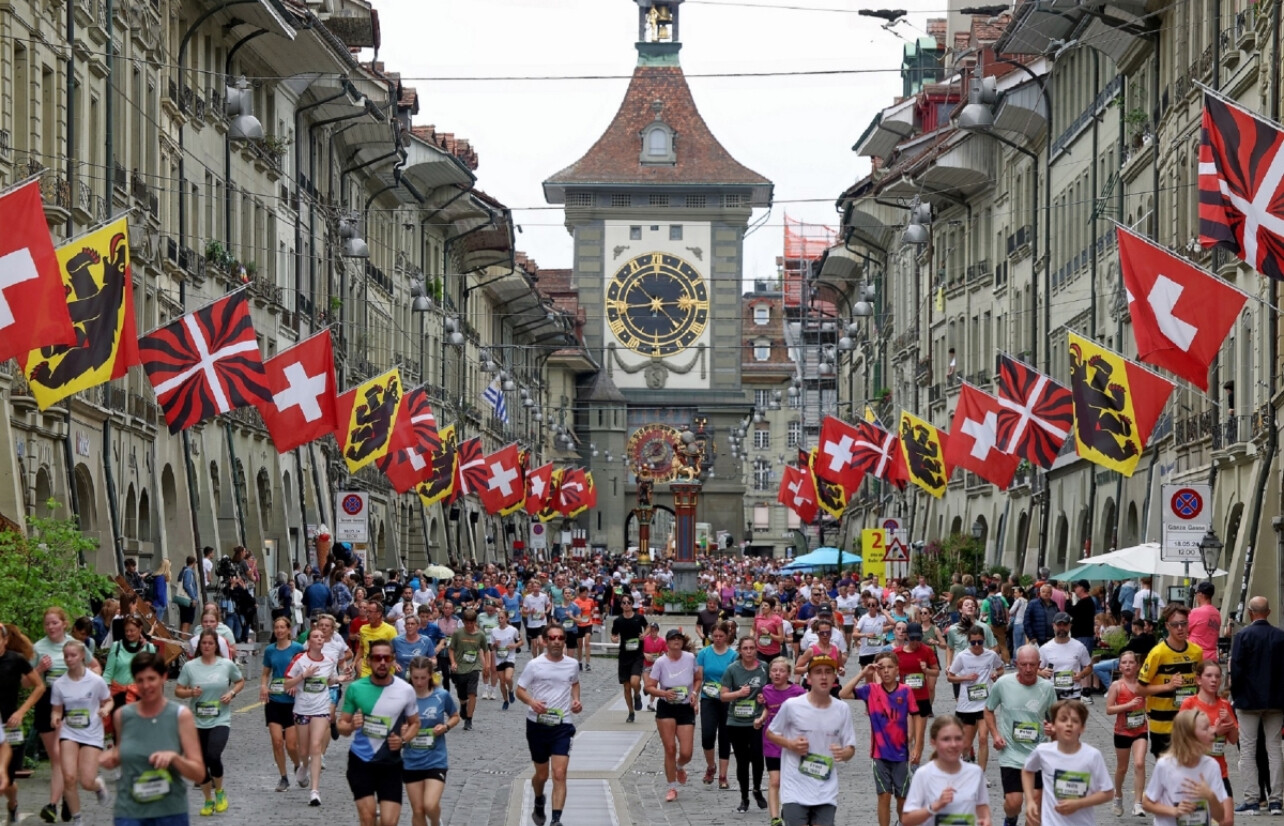
“I’ve raced all over the world, but there’s something special about Bern,” said 2025 men’s champion Geoffrey Kamworor, who matched his own course record with a blazing 44:56.2. “The crowds, the course, the energy—it’s unforgettable.”
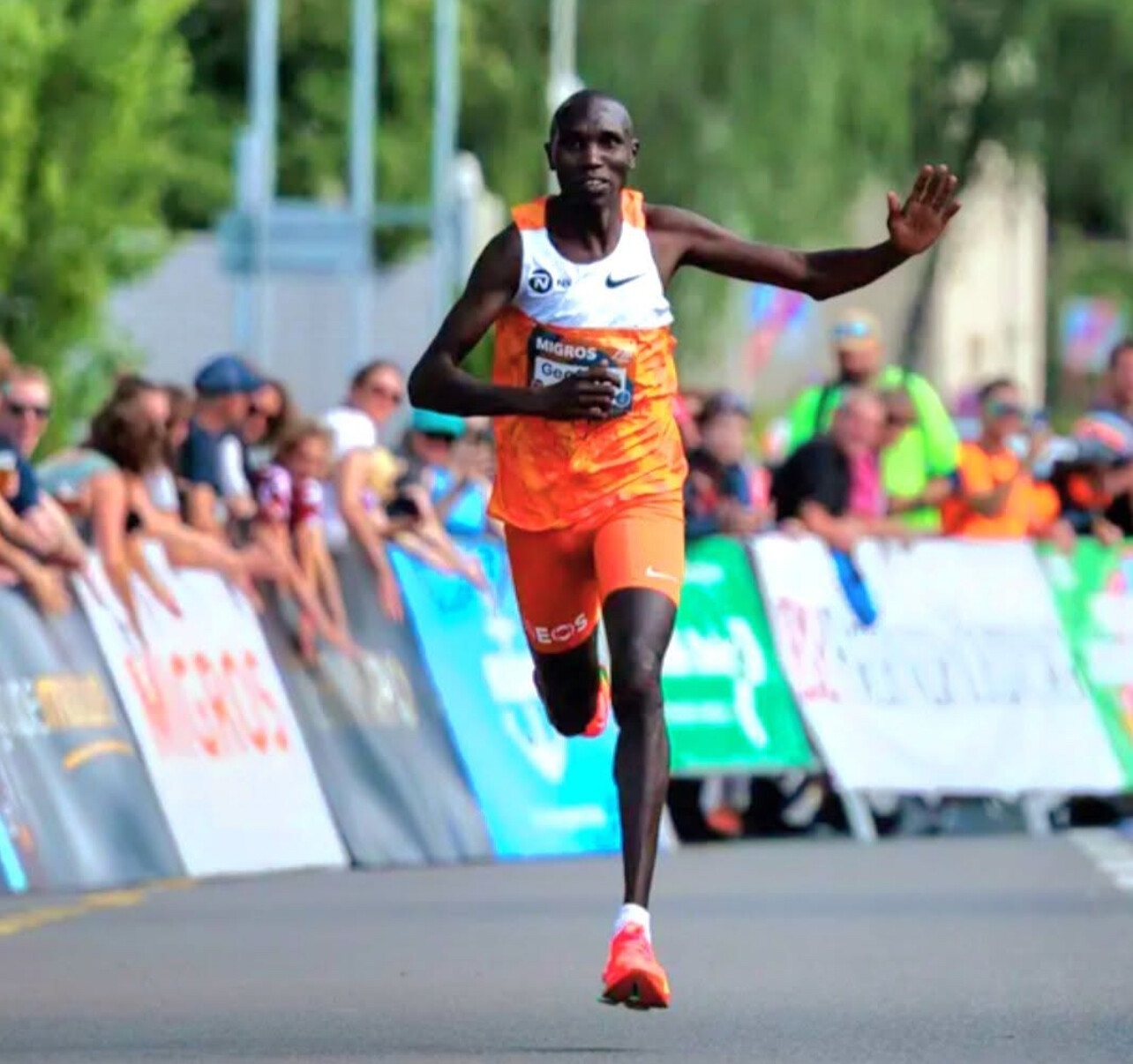
2025 Champions
• Men’s Winner: Geoffrey Kamworor (Kenya) – 44:56.2
• Women’s Winner: Meseret Gezahegn Merine (Ethiopia) – 57:46.5
Both performances came in front of thousands of cheering spectators lining the narrow streets of Bern, ringing cowbells and waving Swiss flags.
More Than a Race
The Grand Prix von Bern isn’t just for elites. With multiple distance options—including youth races, a 4.7 km city loop, and the full 10-mile event—it welcomes all abilities. Along the route, live music, food stands, and traditional Swiss hospitality create a festive atmosphere from start to finish.
“This race is everything I love about running,” said Lisa Meyer, a first-time international participant from California. “It’s challenging but not overwhelming. And the scenery? Like running through a storybook.”
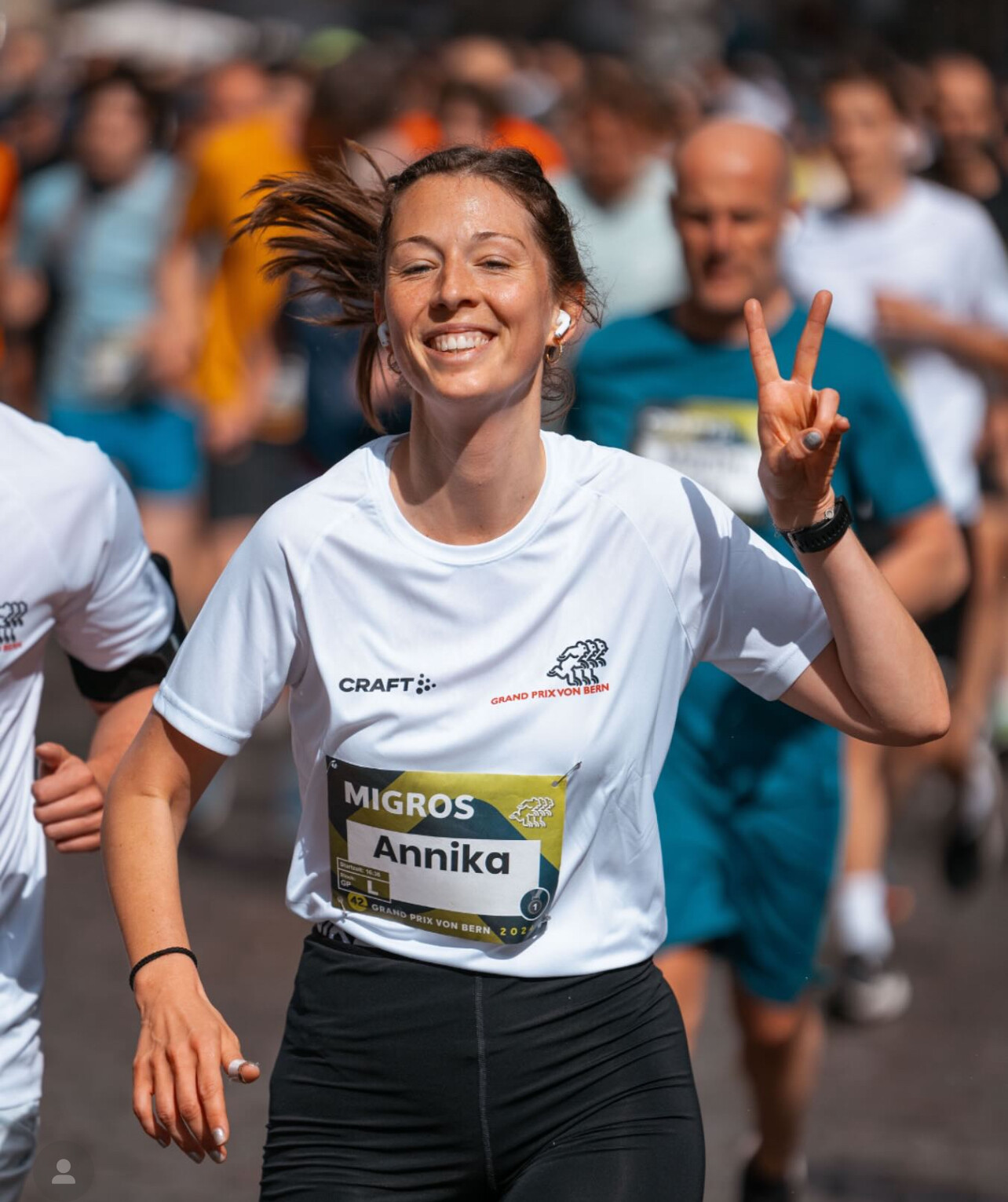
Looking Ahead to 2026
The next edition is already scheduled for Saturday, May 9, 2026, and organizers expect another sell-out crowd. Registration opens May 11, 2025, via gpbern.ch, and early booking is highly recommended.
“We welcome runners from around the world to experience Bern,” said race director Thomas Gassmann. “This is more than a competition—it’s a celebration of movement, history, and connection.”

Should You Go?
If you love:
• City races with character
• Scenic yet challenging terrain
• European travel with a purpose
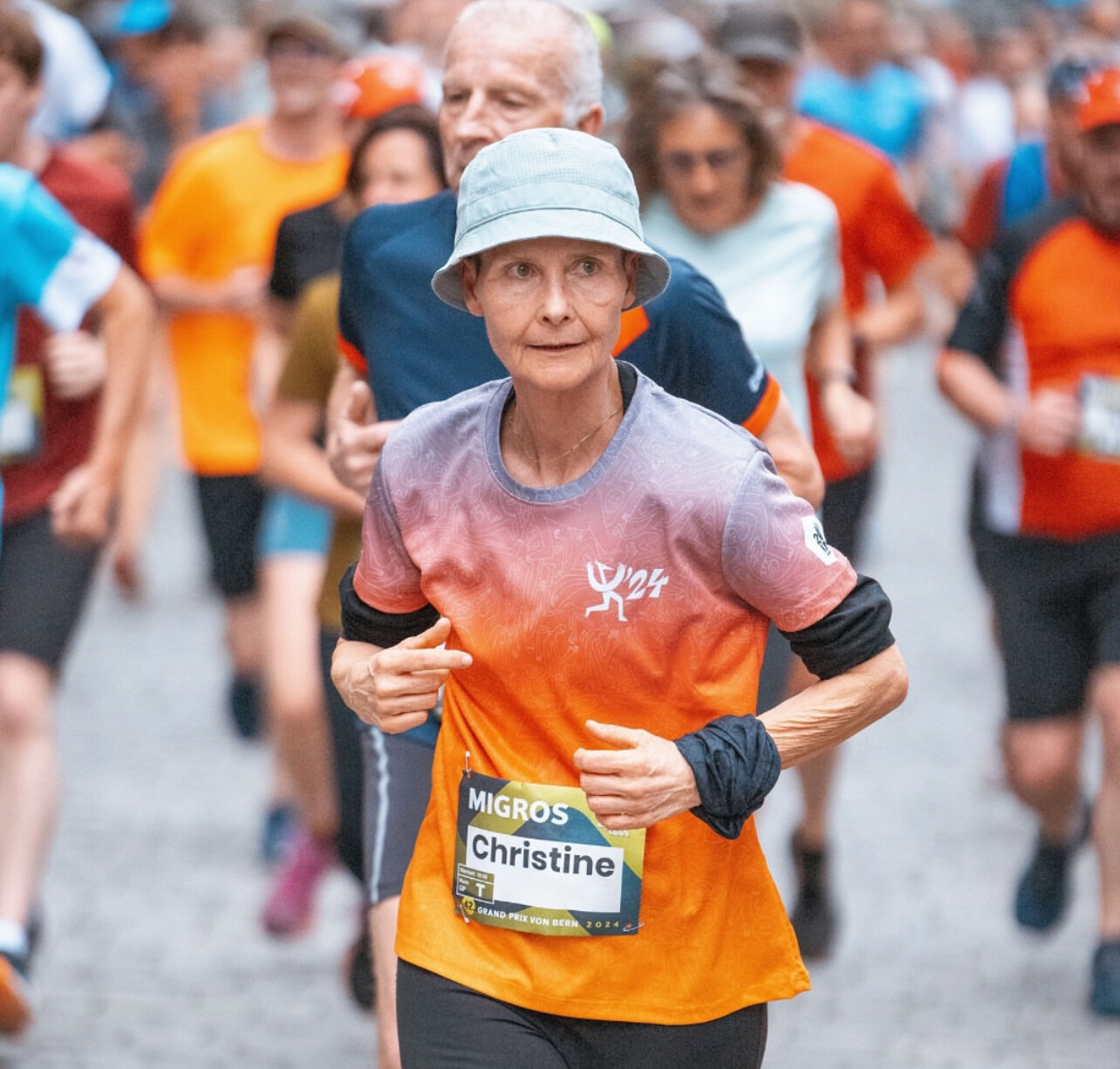
• Running where legends have raced
Then the Grand Prix von Bern deserves a spot on your 2026 calendar.
Pro Tip: Make it a weekend. Bern is easily accessible by train from Zurich or Geneva, and the Old Town’s cafes, fountains, and mountain views are worth a few extra days.
Bookmark this race now—and get ready to run one of the world’s most inspiring 10-milers next spring.
(05/10/2025) ⚡AMPby Boris Baron
Faith Kipyegon and Jakob Ingebrigtsen Headline Historic 2025 Pre Classic
The 50th edition of the Prefontaine Classic, set for July 5 at Hayward Field in Eugene, Oregon, promises to be one of the most exciting track meets of the year. Headlining the event is three-time Olympic gold medalist Faith Kipyegon, who returns to the Pre Classic in search of her seventh career victory in the women’s 1500m.
Kipyegon, the world record holder in both the 1500m (3:49.04) and the mile (4:07.64), shattered the 1500m mark in Paris on July 7, 2024. Now, nearly a year later, she’ll look to reassert her dominance in front of a packed crowd at one of the sport’s most prestigious meets.
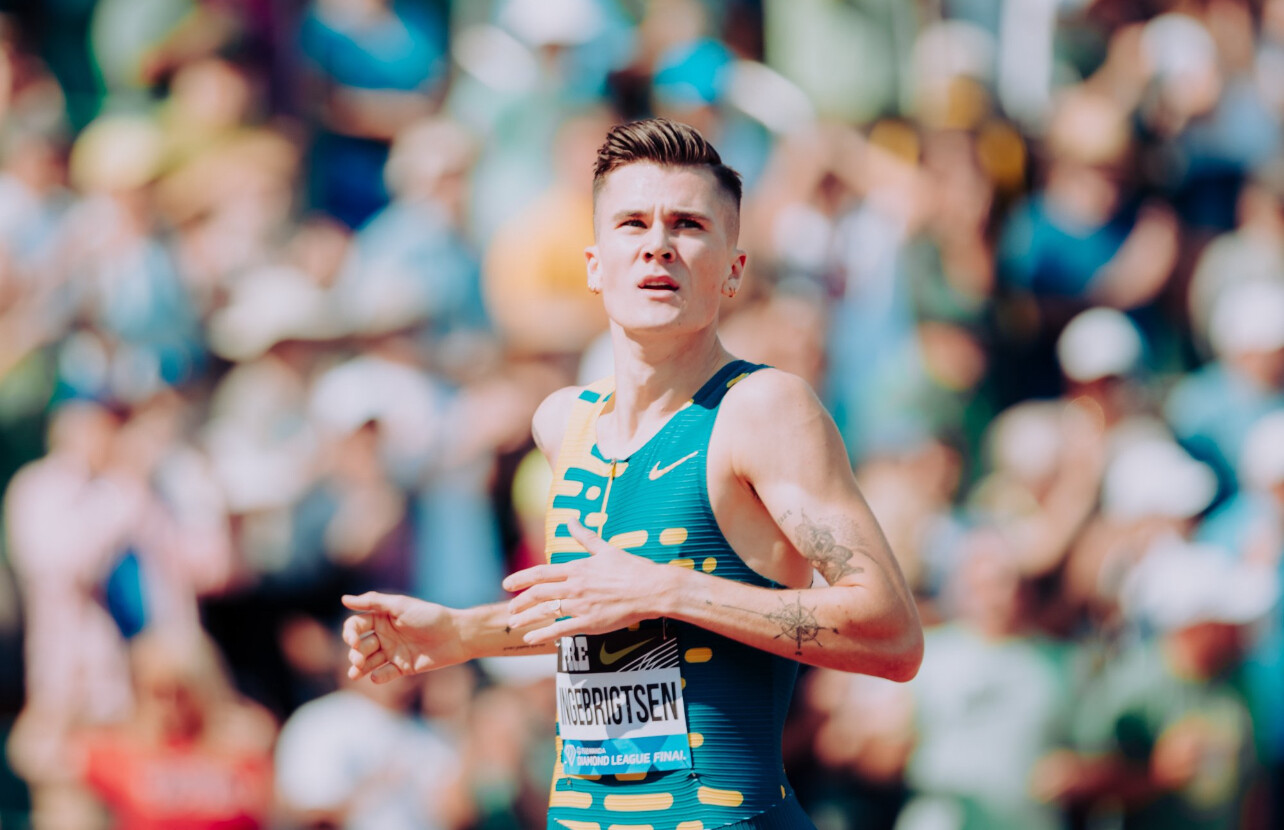
Joining Kipyegon in the 1500m are her fellow 2024 Olympic medalists—silver medalist Jessica Hull of Australia and bronze medalist Georgia Bell of Great Britain. Hull, a former University of Oregon standout, also holds the current world record in the 2000m.
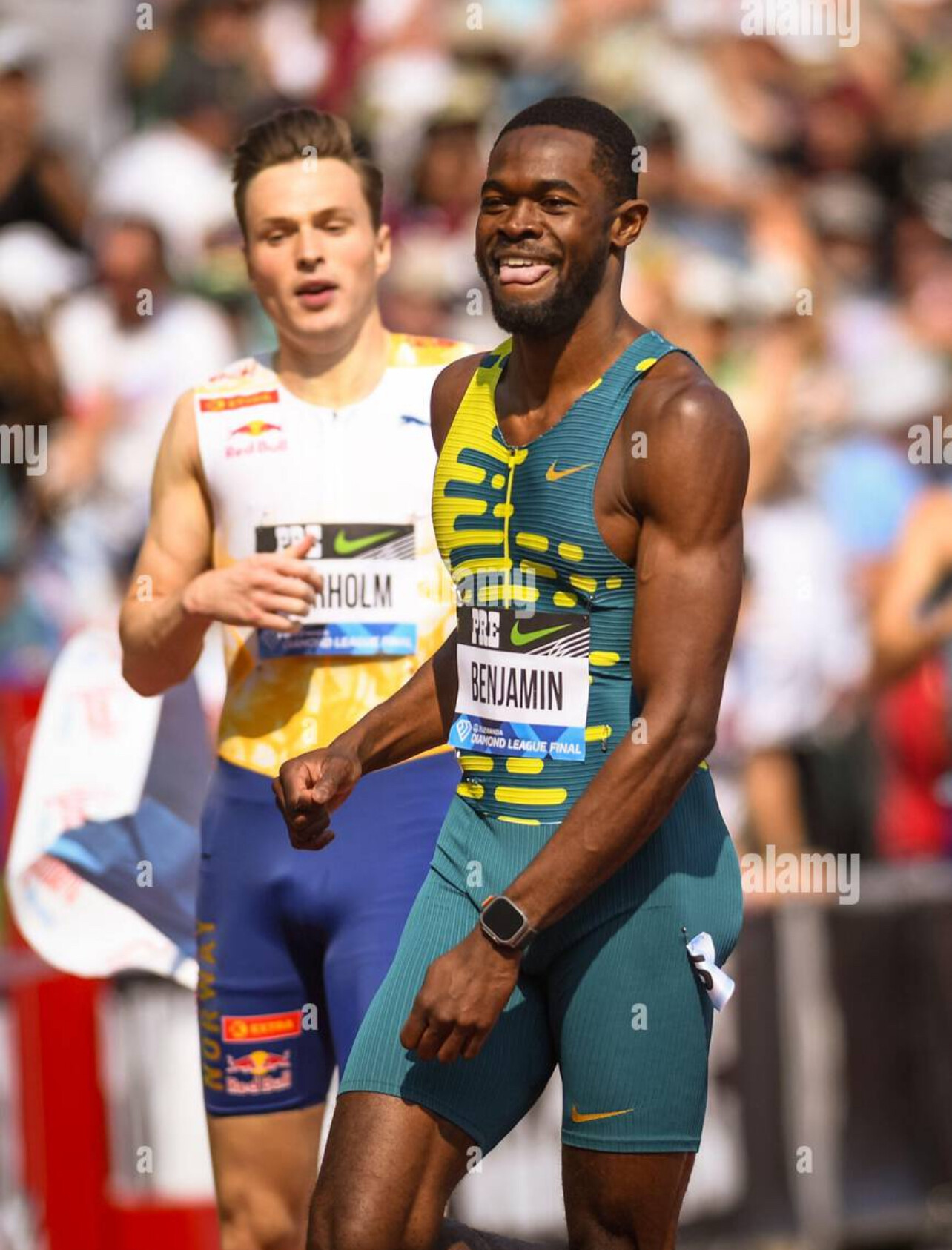
But Kipyegon isn’t the only big name set to thrill fans in Eugene. The men’s Bowerman Mile will feature a stacked lineup that includes:
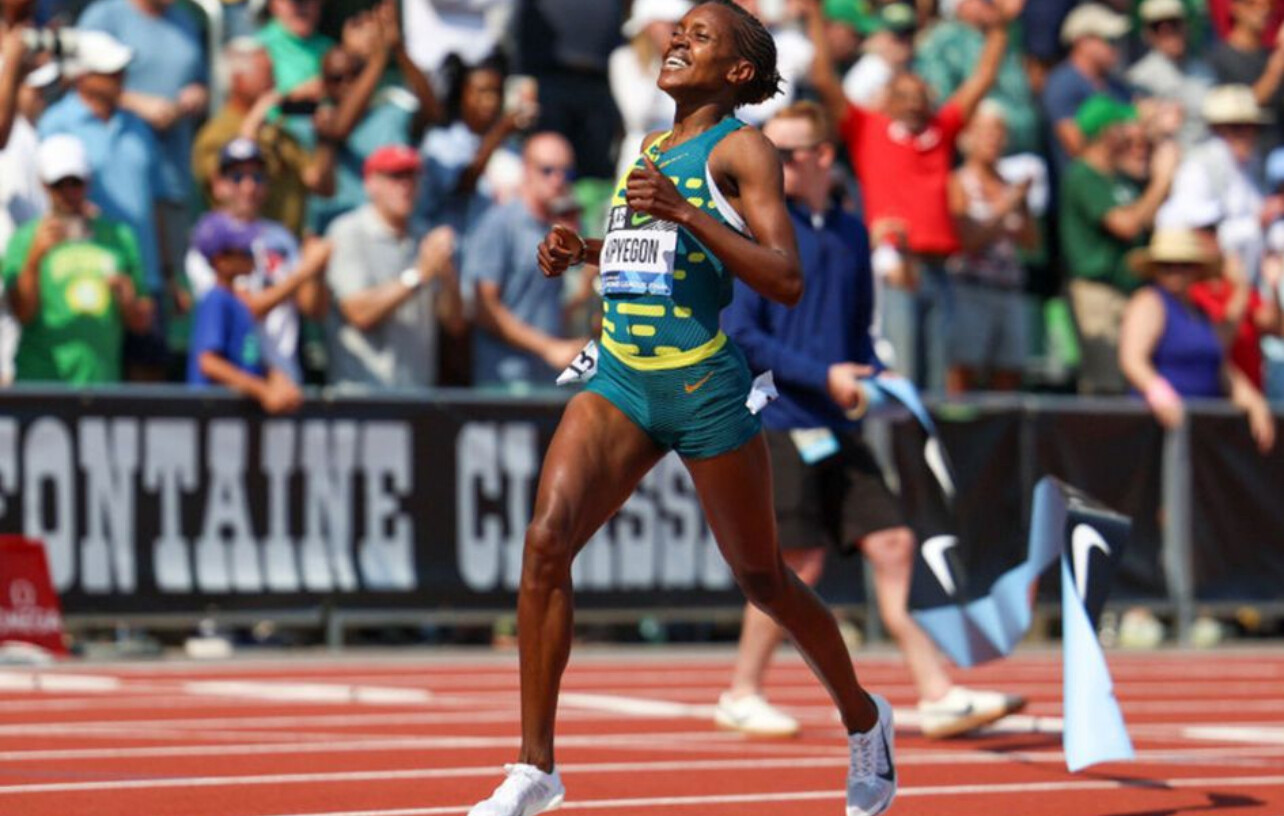
• Jakob Ingebrigtsen (Norway) – Olympic gold medalist and multiple-time Bowerman Mile champion

• Cole Hocker (USA) – 2024 Olympic 1500m champion

• Yared Nuguse (USA) – Olympic bronze medalist and former indoor mile world record holder

• Timothy Cheruiyot (Li Kenya) – Former world champion
• Jake Wightman (Great Britain) – 2022 world champion
• Grant Fisher (USA) – Olympic bronze medalist in both the 5000m and 10,000m
• Plus rising stars including Oliver Hoare, Neil Gourley, Azeddine Habz, Hobbs Kessler, Niels Laros, Cameron Myers, Stefan Nillessen, and Reynold Cheruiyot
In the men’s 400m hurdles, Olympic silver medalist Rai Benjamin will headline a competitive field that also includes CJ Allen, Trevor Bassitt, Clement Ducos, Malik James-King, Abderrahman Samba, and Assinie Wilson.
The 2025 Prefontaine Classic will feature 14 Diamond League disciplines, including the women’s 800m, 5000m, and 3000m steeplechase—each with world-class fields expected to be announced soon.
As the sport celebrates this milestone edition of the Pre Classic, the meet is shaping up to be not just a tune-up for global championships, but a showcase of track and field at its absolute best.
(05/09/2025) ⚡AMPby Boris Baron
What Happens When the Finish Line Feels 100 Miles Away
We’ve all seen the footage: a runner, sometimes even an elite, staggering or crawling across the marathon finish line. It’s a powerful image—equal parts dramatic and heartbreaking. But what causes those jelly legs, and can it be prevented?
The Science of “Jelly Legs”

The feeling of wobbly or unresponsive legs at the end of a marathon is often the result of neuromuscular fatigue and metabolic depletion. After 26.2 miles, the body’s ability to send signals from the brain to the muscles can falter.

“You’re not just tired,” says Coach Jimmy Muindi, seven-time Honolulu Marathon champion. “Your legs stop responding to what your brain is telling them to do.”

Key Causes
1. Glycogen Depletion
Muscles run on glycogen, and after two to three hours of running, those stores run dry—especially if fueling is inadequate.
2. Dehydration and Electrolyte Imbalance
Even a small loss in body fluid affects muscle function. Electrolyte imbalances (particularly low sodium or potassium) can trigger cramps and weakness.
3. Central Nervous System Fatigue
Your brain gets tired, too. Prolonged effort reduces the brain’s ability to send strong, coordinated signals to the muscles.
4. Improper Pacing
Going out too fast early in the race can lead to full-system shutdown in the final miles. Your body simply can’t hold that pace.

5. Heat and Humidity
Hot races amplify all of the above. Core temperature rises, making it harder for muscles to function efficiently.
Why It Even Happens to Elites
Elite runners push their bodies to the limit. Sometimes a miscalculation in pace, nutrition, or weather adjustment can bring even the strongest athlete to their knees—literally. And because they’re aiming for peak performance, they’re often operating on a knife’s edge.
In 2018, American runner Sarah Sellers nearly collapsed after finishing second at the Boston Marathon, a race defined by brutal weather. Others, like Gabriela Andersen-Schiess in the 1984 Olympics, became iconic for their final, staggering strides.
Prevention Strategies
• Dial in race-day nutrition. Practice fueling with gels, fluids, and electrolytes during training.
• Train your brain. Long runs, heat training, and race simulations help develop mental toughness and delay central fatigue.
• Know your pace. Use race predictors and experience to avoid going out too fast.
• Hydrate smart. Don’t just drink water—replace lost electrolytes.
Final Thought
Marathon running pushes the human body to its limits. Jelly legs and crawl finishes are not signs of weakness—they’re the body’s emergency brake. With smarter training and fueling, most runners can avoid it. But when it does happen, it reminds us how far people will go to finish what they started.
(05/09/2025) ⚡AMP
by Boris Baron
Why Hot Weather Running Can Make You Stronger
As temperatures rise, many runners retreat indoors. But embracing the heat can be a game-changer. Training in hot conditions isn’t just about endurance—it’s about building resilience, optimizing performance, and gaining a competitive edge.
The Science Behind Heat Training
Running in the heat prompts your body to adapt in remarkable ways:
• Enhanced Blood Plasma Volume – aids in better cardiovascular stability and thermoregulation
• Earlier Onset of Sweating – helps your body cool more efficiently
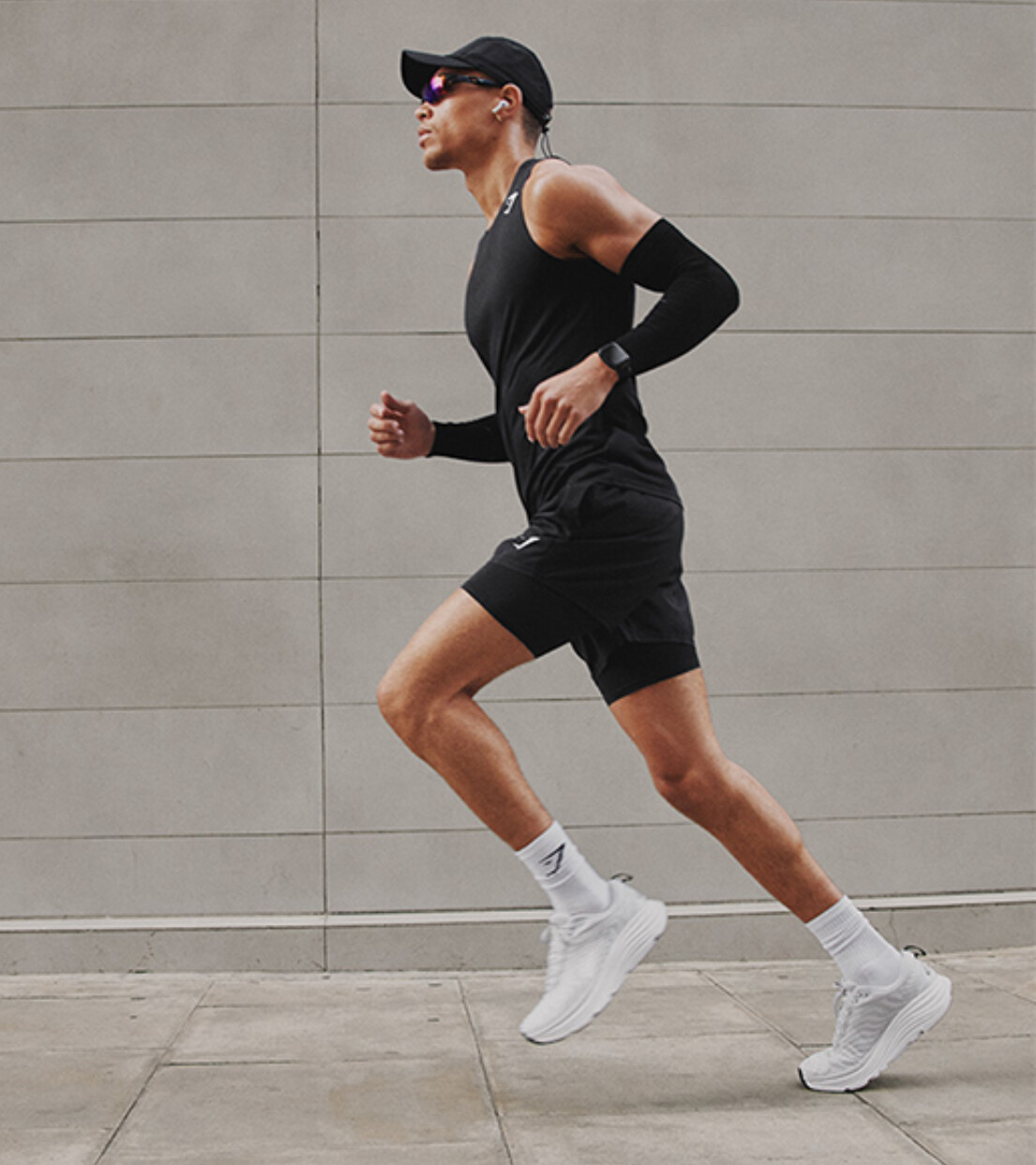
• Reduced Core Temperature – teaches your system to handle stress more effectively
These adaptations can lead to improved performance, especially when racing in cooler conditions after heat training.
Training Tips for the Heat
1. Gradual Acclimatization

Start with shorter sessions during cooler parts of the day, then increase time and intensity over 10–14 days.
2. Hydration is Crucial
Drink before, during, and after your runs. Add electrolytes, especially for longer workouts.
3. Dress Smart
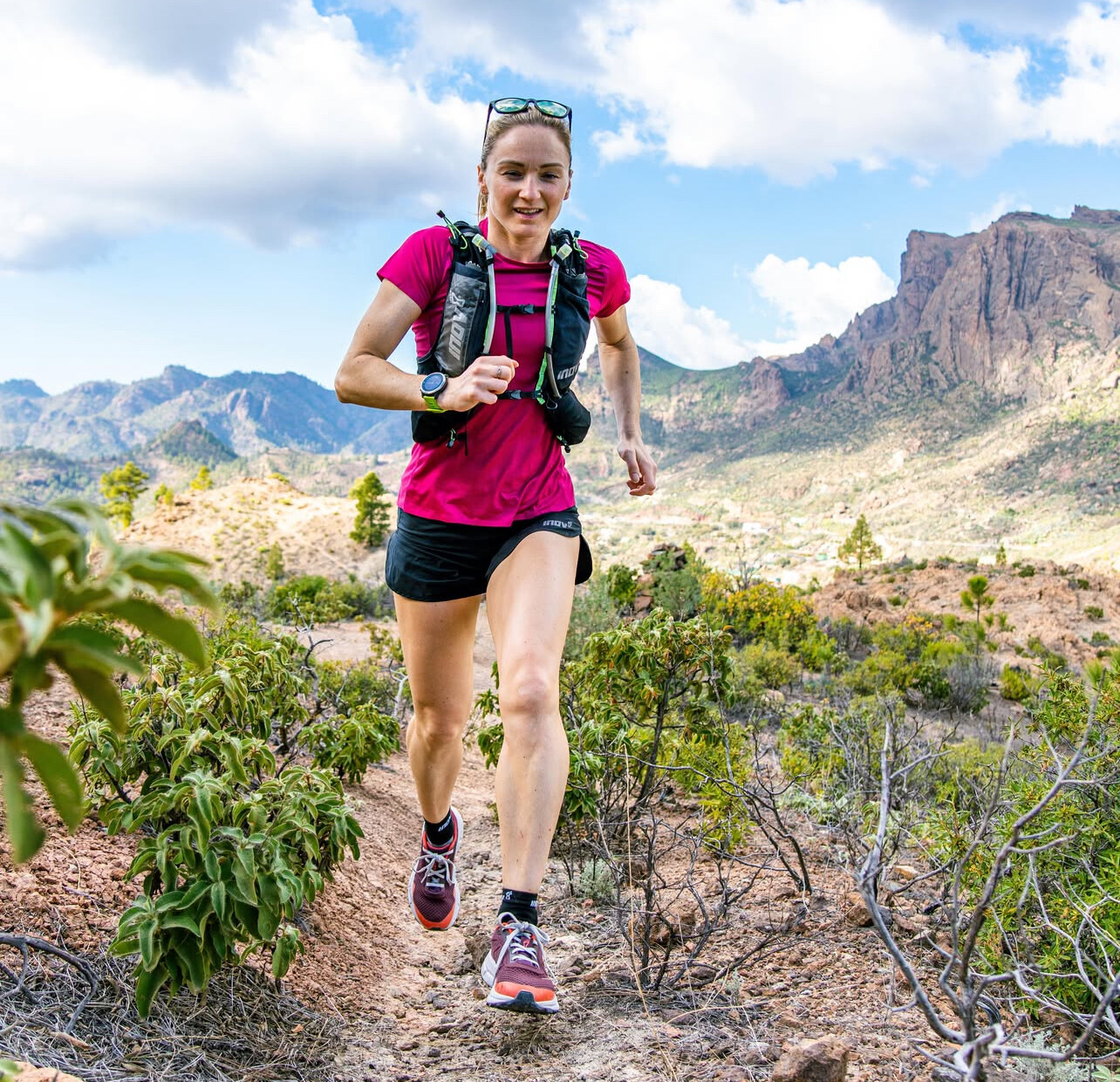
Wear light-colored, moisture-wicking fabrics. A visor is better than a hat for heat management.
4. Listen to Your Body
Know the signs of heat exhaustion—dizziness, nausea, or chills—and stop immediately if needed.
Insights from the Pros
At the KATA Running Retreat in Portugal, heat training is part of the process. Coach Jimmy Muindi, who won the Honolulu Marathon seven times, brings firsthand experience to the table.
“Running in the heat challenges your body and your mind,” he says. “But if you train for it, the heat can become your strength.”
KATA founder Bob Anderson agrees: “When we train in Kenya, we don't complain about the sun. You learned to respect it—and to push through. That makes race day feel easier.”
Embrace the Heat
Instead of avoiding the summer sun, use it. Heat builds grit, sharpens mental focus, and prepares you to perform at your best when race day arrives. Used wisely, heat is not a barrier—it’s a training tool.
(05/09/2025) ⚡AMP
by Boris Baron
Zola Budd’s Barefoot Legacy Still Inspires Runners Today
It was a moment etched in running history: a young South African athlete, racing barefoot with fierce determination, leaving competitors in her wake on the world stage. Zola Budd wasn’t just fast—she was fearless. Known for her unique barefoot racing style and her controversial Olympic journey, Budd left an indelible mark on the sport of distance running.

Zola Budd rose to international fame in the 1980s, breaking records as a teenager and becoming one of the most talked-about athletes of her time. Born in Bloemfontein, South Africa, she famously ran the 5,000 meters in 15:01.83 in 1984 at just 17 years old—unofficially breaking the world record while still under apartheid sanctions that prevented South African athletes from competing internationally.
To get around the ban, Budd obtained British citizenship through her grandfather and represented Great Britain at the 1984 Los Angeles Olympics. There, she became embroiled in one of the most controversial moments in Olympic history when she collided with American favorite Mary Decker in the 3000-meter final, resulting in Decker’s fall. Though Budd was cleared of wrongdoing, the incident defined much of her public image at the time.

But beyond controversy, Budd’s running style was iconic. She often ran without shoes—even at elite competitions—feeling that it helped her form and connection with the track. Her barefoot strides became a symbol of raw, natural talent in a highly commercialized sport.

After stepping away from international competition, Budd eventually returned to South Africa and later moved to the United States. Today, Zola Budd Pieterse (her married name) lives in South Carolina, where she coaches collegiate runners and remains involved in the running community. She also competes in masters events and continues to advocate for clean sport and athlete welfare.

Now in her late 50s, Budd still runs most days, often on trails and without shoes when conditions allow. Her story continues to resonate with athletes drawn to the purity of the sport and the courage it takes to race on your own terms.
Zola Budd’s legacy isn’t just about barefoot racing or Olympic controversy—it’s about staying true to yourself.
(05/09/2025) ⚡AMPby Boris Baron
Arizona’s Monster — Why the Cocodona 250 Is One of the Toughest Races on Earth
The Cocodona 250 isn’t just a race—it’s an odyssey through Arizona’s most rugged and awe-inspiring landscapes. Spanning 256.5 miles from Black Canyon City to Flagstaff, this ultramarathon demands everything a runner has—physically, mentally, and emotionally.
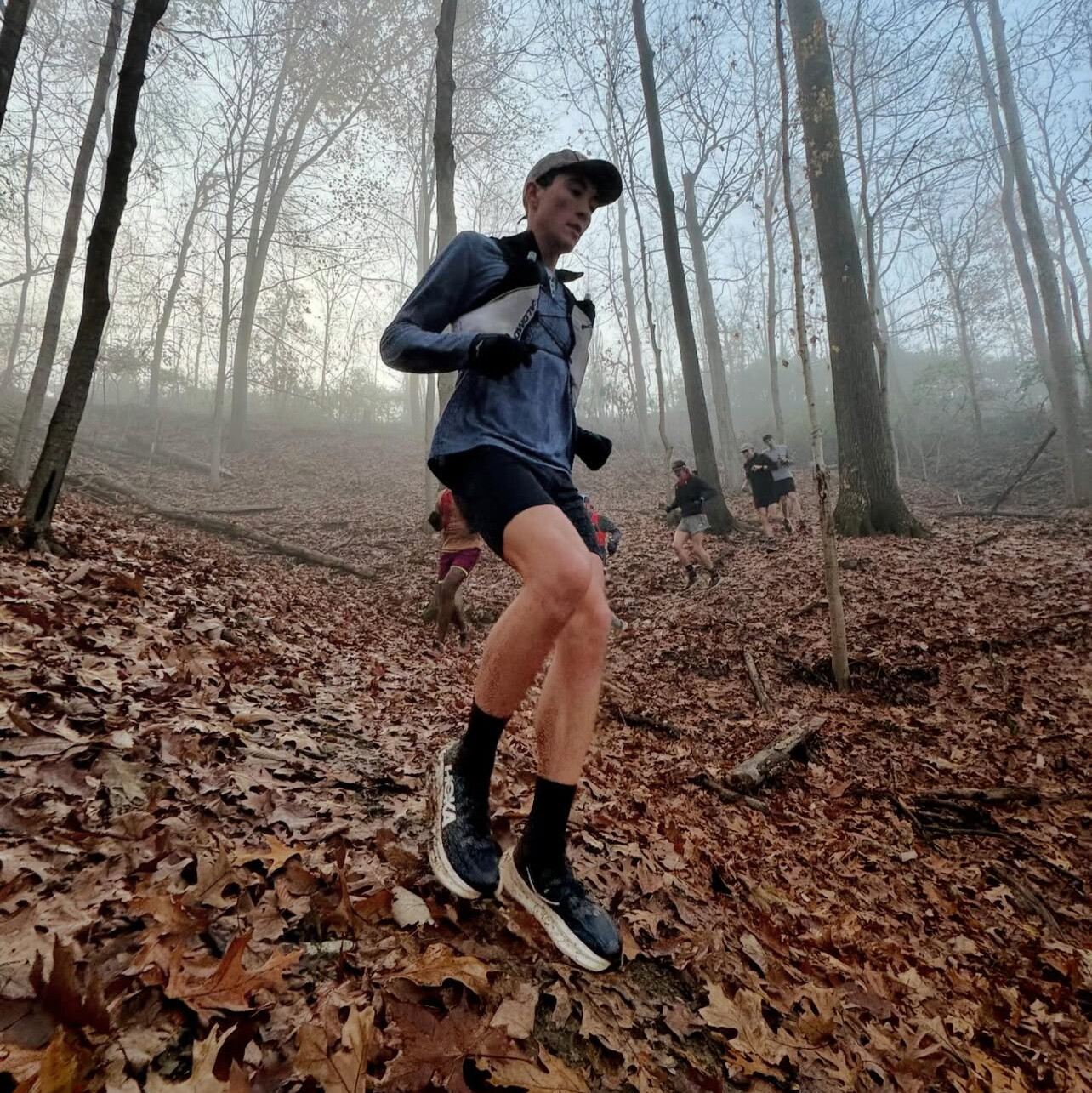
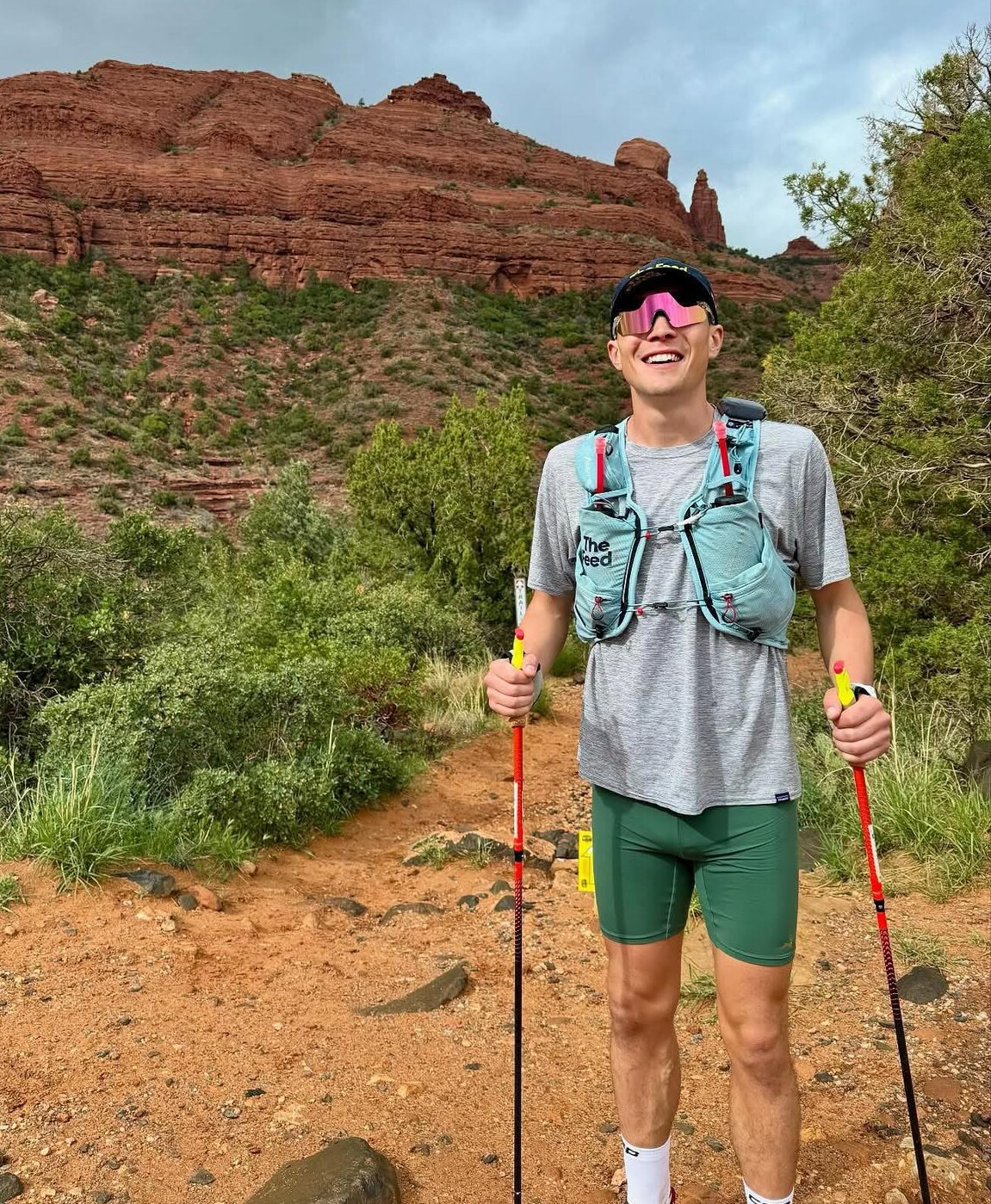
With over 40,000 feet of elevation gain, participants climb mountain passes, descend desert valleys, and navigate technical trails through towns rich in mining and frontier history—Crown King, Prescott, Jerome, Clarkdale, and Sedona—before reaching the final climb to Mount Elden and the finish in Flagstaff.
The terrain breakdown reflects the challenge:
• 45% single-track trails
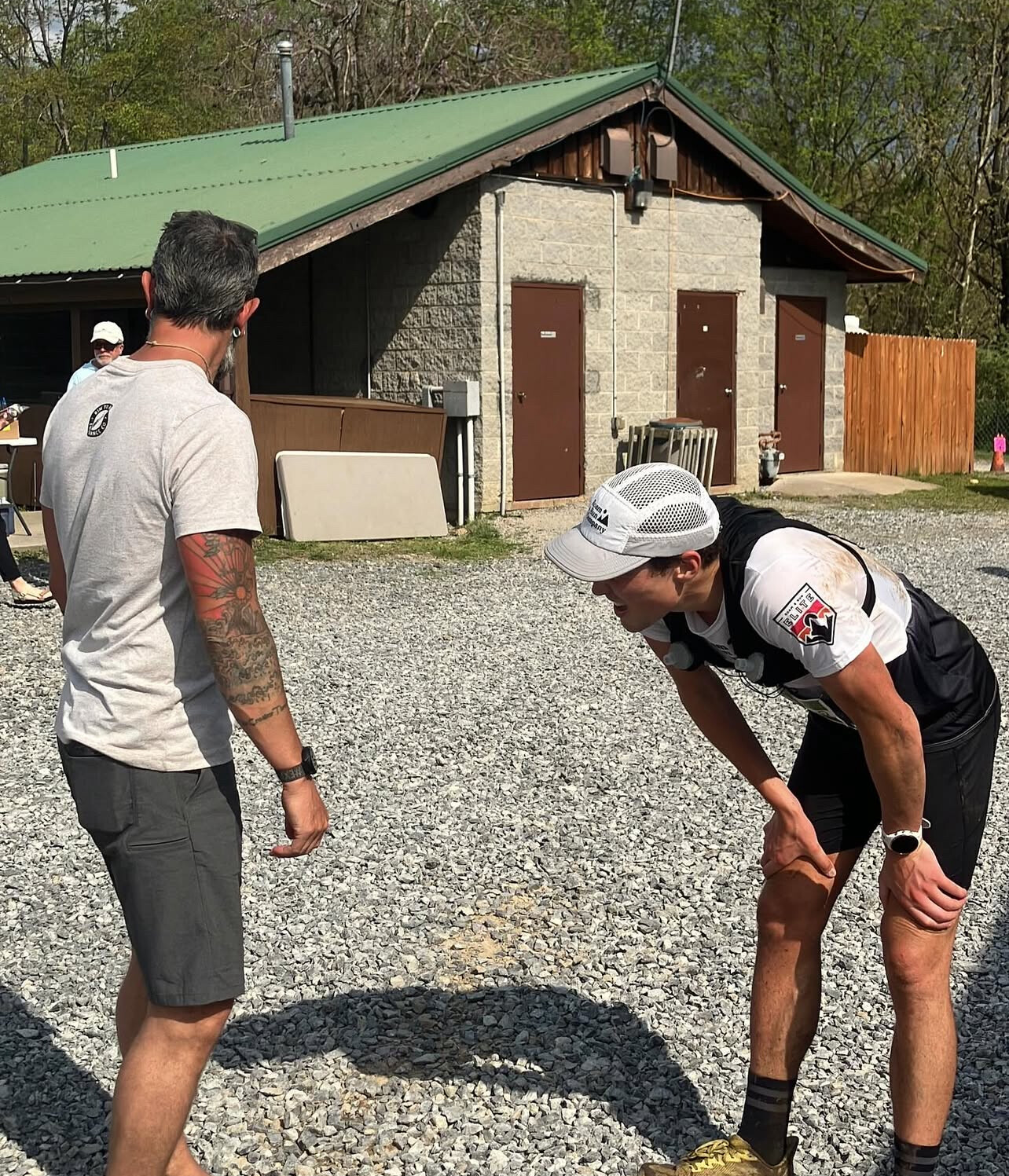
• 46% jeep and double-track roads

• 9% pavement
Runners face a 125-hour cutoff to complete the course, pushing through heat, altitude shifts, and sleep deprivation. With elevations ranging from 1,996 feet to over 9,200 feet, it’s a test of true ultrarunning grit.
For those who dare to take it on, Cocodona is more than a race—it’s a journey across time, terrain, and personal limits.


by Pros Baron
Dan Green Wins Cocodona 250 in Record Time Averaging 13:45 per mile
Dan Green, a seasoned endurance athlete from Huntington West Virginia, took on the grueling Cocodona 250ultramarathon across Arizona this week—and not only finished the race, he won it in spectacular fashion.
Green completed the 256.5-mile course in 58 hours, 47 minutes, and 18 seconds, setting a new course record and surpassing the previous best by over an hour. That’s an average pace of 13 minutes and 45 seconds per mile—an incredible feat considering the race includes nearly 40,000 feet of elevation gain.

The Cocodona 250 is one of the most challenging ultramarathons in the world, stretching from Black Canyon City to Flagstaff, with runners navigating desert heat, rugged mountain trails, and rocky ascents through towns like Prescott, Jerome, and Sedona. The course is roughly 45% single-track trail, 46% jeep and dirt road, and just 9% paved.
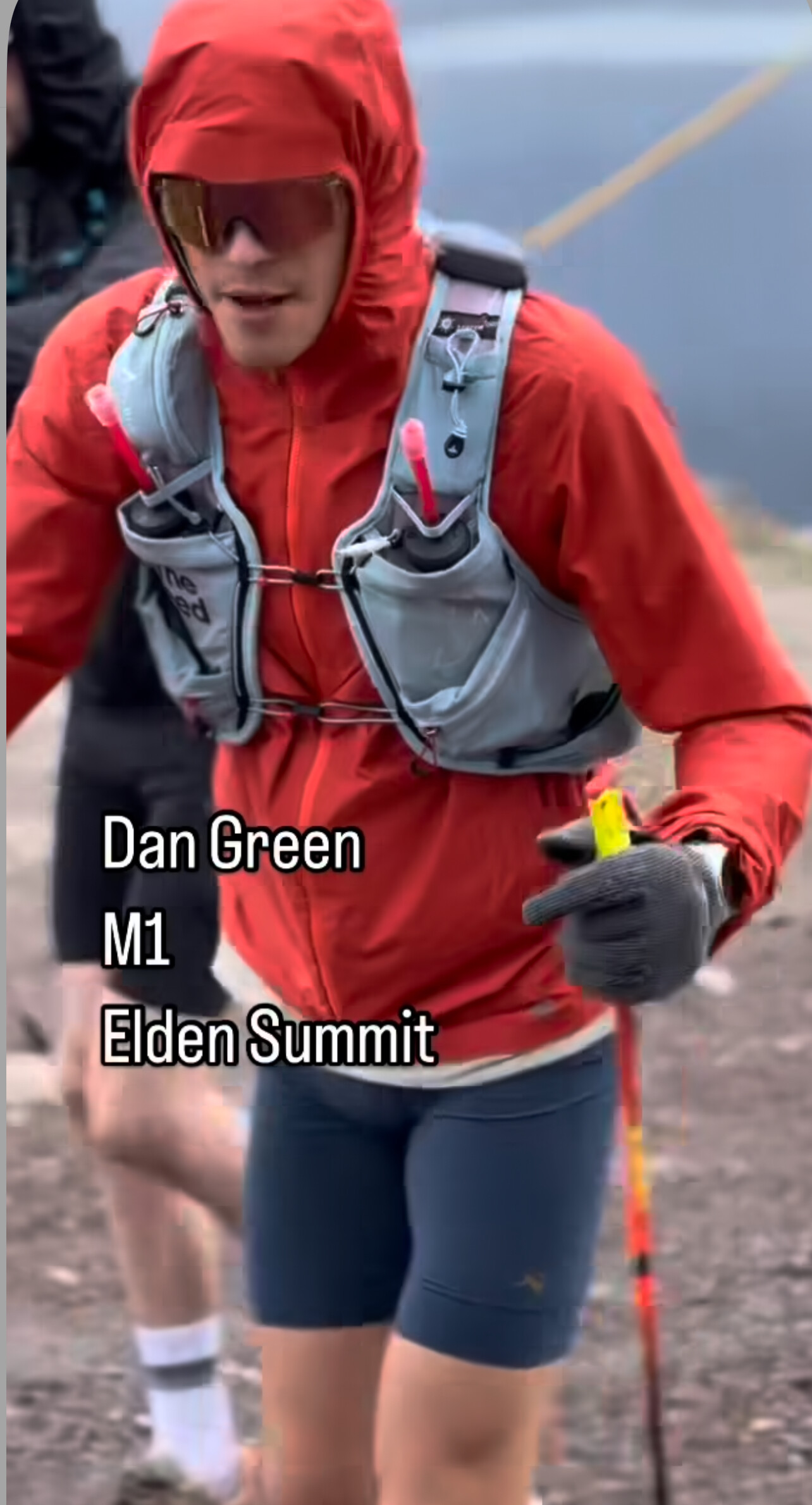
Top 5 Men’s Finishers
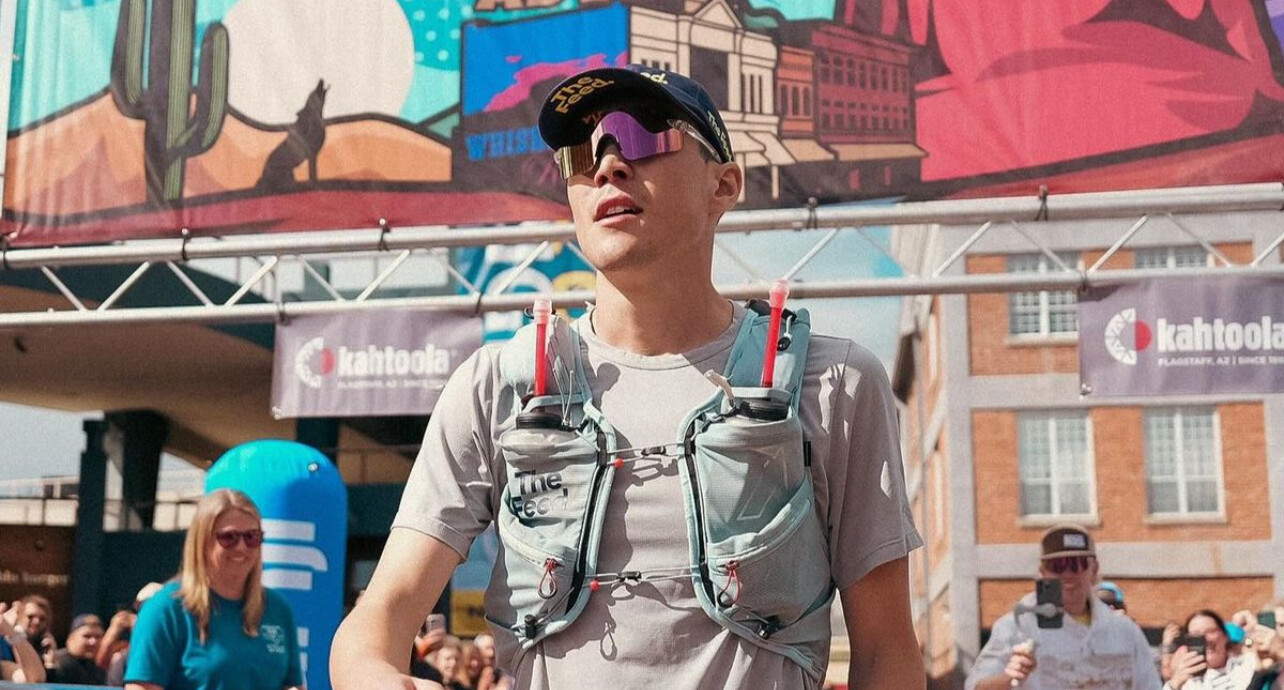
1. Dan Green (USA) – 58:47:18 (13:45/mi)
2. Ryan Sandes (South Africa) – 61:21:04
3. Edher Ramirez (Mexico) – 63:10:13
4. Harry Subertas – 65:28:53
5. Finn Melanson – 66:29:40

Women’s Champion
• Rachel Entrekin – 63:58:15
Set a new women’s course record by more than seven hours
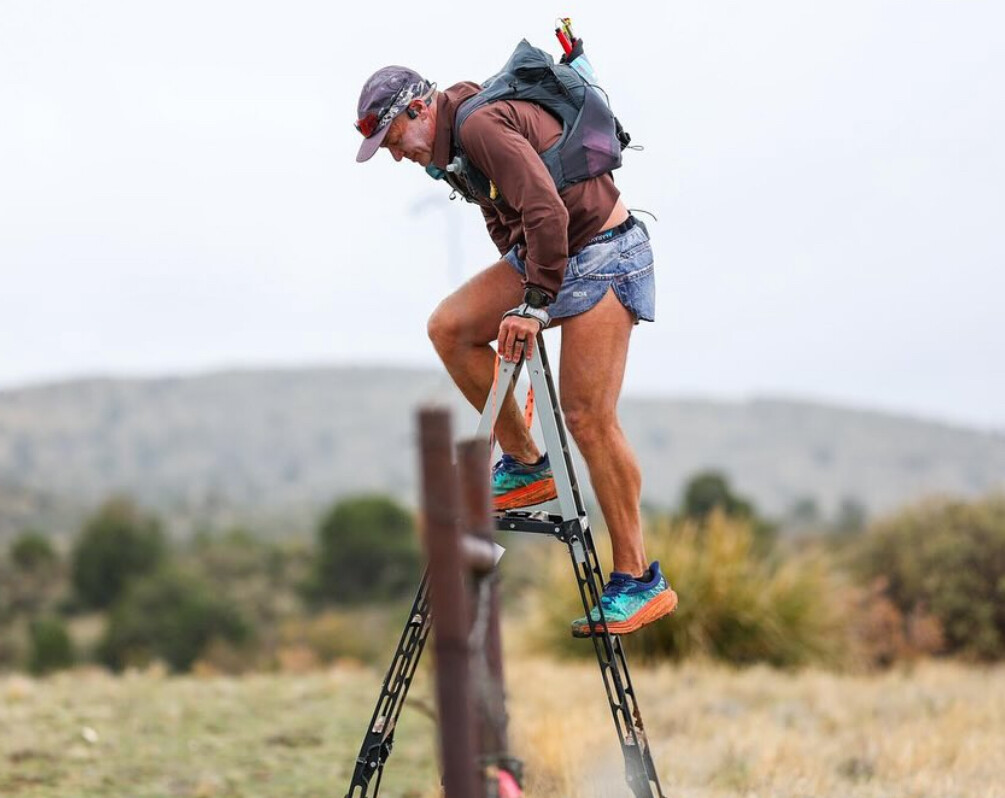
Green’s calm and steady demeanor helped him manage the distance. Speaking with a reporter mid-race via video call, he said:
“Some people take it too seriously. Like why? I mean, you can have fun, still do good, and you can brighten people’s day a little better too.”
This mix of positivity and performance is exactly what the ultrarunning world thrives on—and Dan delivered both in Flagstaff.
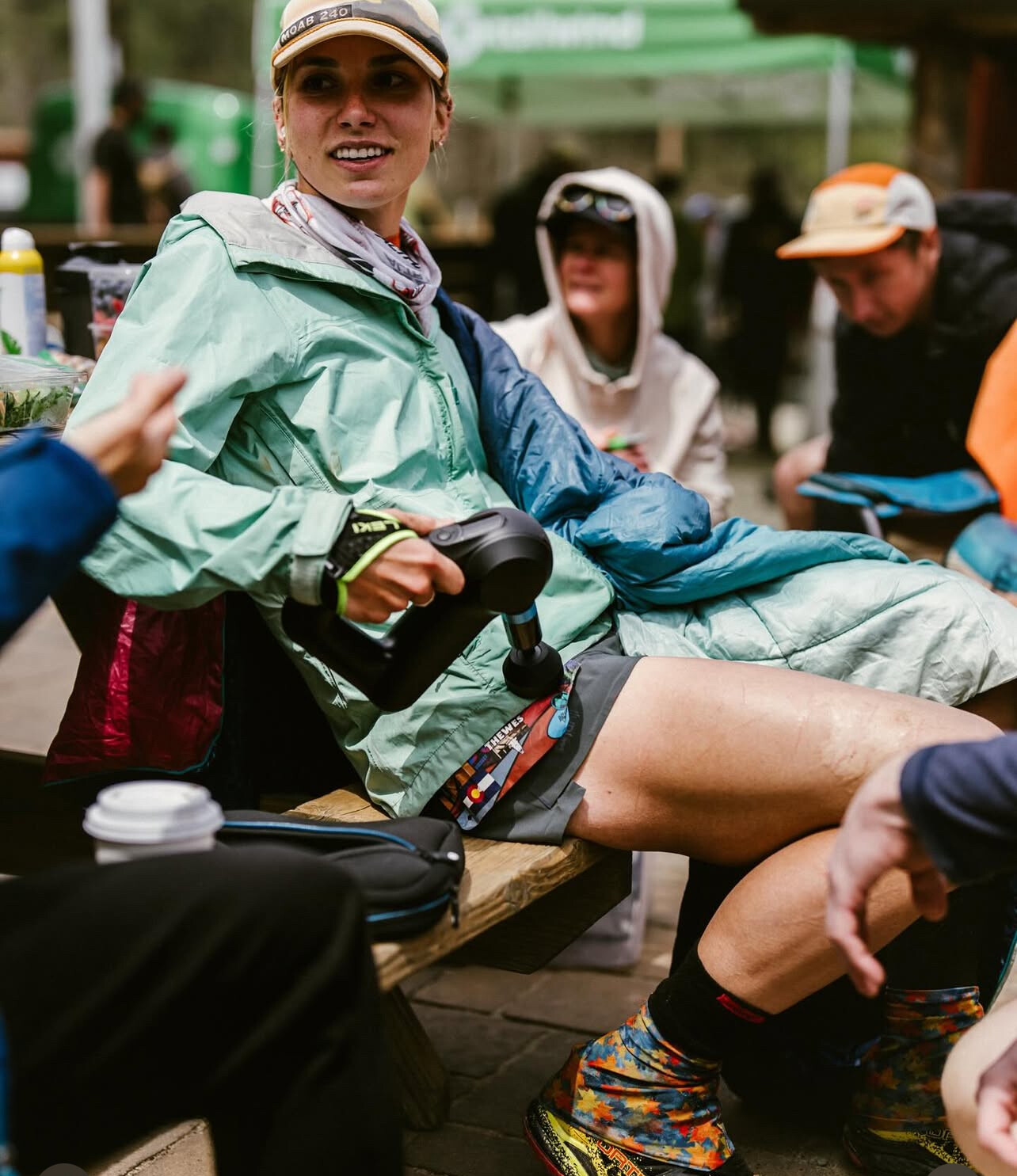
Cocodona 250 Quick Facts
• Distance: 256.5 miles
• Elevation Gain: ~40,000 ft
• Time Limit: 125 hours
• Cutting Through: Black Canyon, Crown King, Prescott, Jerome, Sedona, Flagstaff
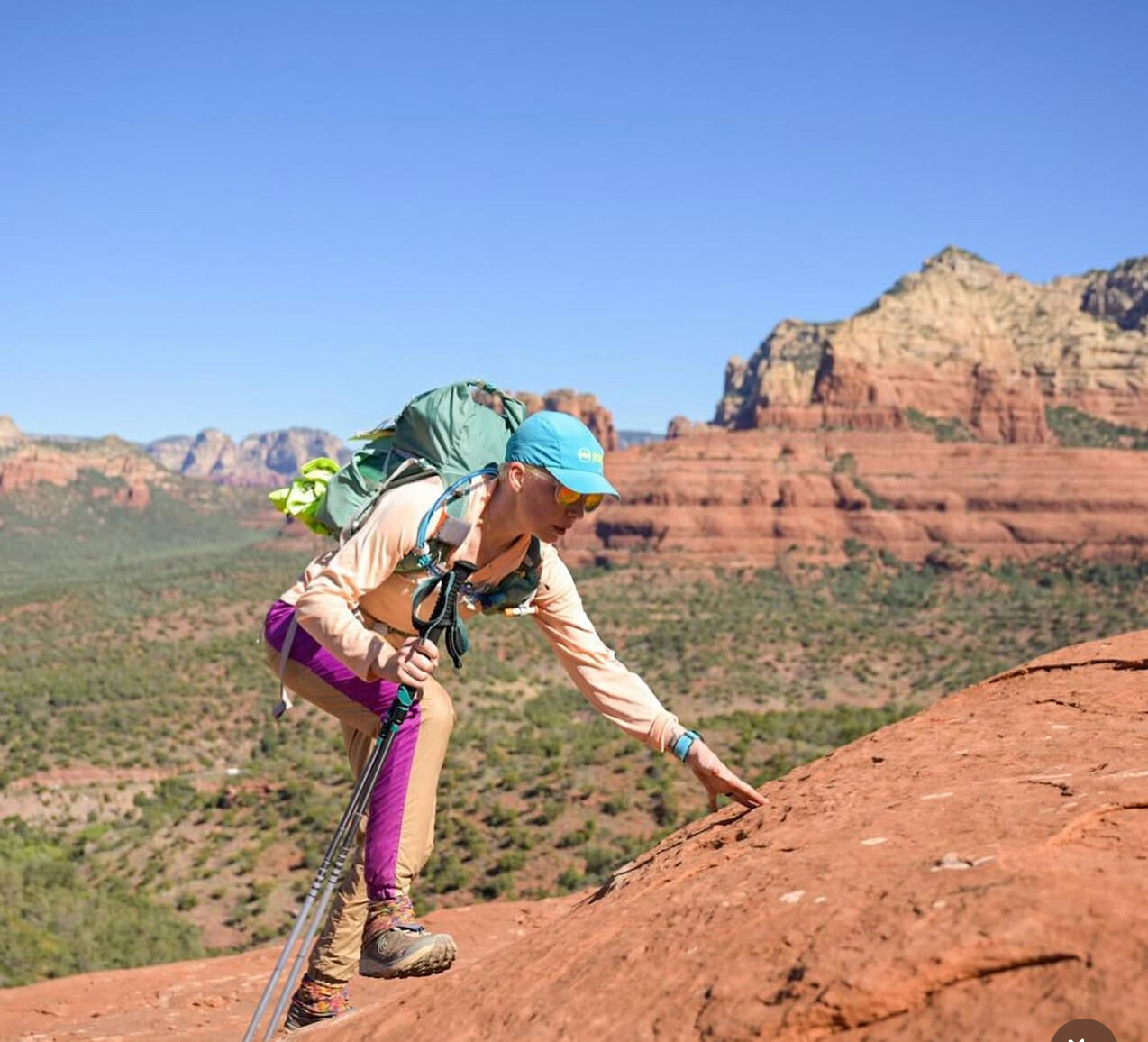
• Terrain Breakdown:
• 45% single-track trail
• 46% double-track/jeep road
• 9% pavement
"Congratulations to Dan Green—your new course record holder and a shining example of what grit, strategy, and a good attitude can achieve over 250+ miles," says MBR editor Bob Anderson
(05/08/2025) ⚡AMP
by Boris Baron
World Road Running Championships Coming to Copenhagen in 2026
The global road racing spotlight will shine brightly on Denmark in 2026 as Copenhagen has been selected to host the World Athletics Road Running Championships, one of the premier events on the international running calendar.
Organized by World Athletics, this championship brings together elite and recreational runners alike to compete in the half marathon, 5K, and road mile—all in the heart of one of Europe’s most picturesque and runner-friendly cities.
Why Copenhagen?
Copenhagen isn’t just a beautiful city—it’s a city built for runners. Known for its flat terrain, scenic waterfronts, and vibrant running culture, it previously hosted the 2014 World Half Marathon Championships with rave reviews from athletes and fans alike. The city’s efficient infrastructure and passionate running community made it an easy choice for this return.
What to Expect
In 2026, tens of thousands of runners will take to the streets to compete in both championship and mass participation races. The event is expected to include:
• World-class Half Marathon Championships
• Fast and exciting 5K and road mile races
• Mass races open to the public
• Interactive fan zones and cultural celebrations
• Elite athlete appearances and meet-ups
Copenhagen’s Running Legacy
Copenhagen has long embraced running as part of its culture, from its booming local race scene to its emphasis on health and sustainability. Hosting the World Road Running Championships cements the city’s status as a global running hub.
If you’re looking for a race-cation in 2026, mark your calendar. This is more than a competition—it’s a celebration of road running at every level, in one of Europe’s most runner-friendly destinations.
(05/08/2025) ⚡AMPby Boris Baron
The Mile of the Century — Bannister vs. Landy, 1954
It was the clash the world had been waiting for.
On August 7, 1954, at the British Empire Games in Vancouver, Canada, two men stood on the track, each having shattered the once-mythical four-minute mile. England’s Roger Bannister, the first man to break the barrier, faced off against Australia’s John Landy, who had recently bettered Bannister’s time.
Dubbed The Mile of the Century, the race lived up to every expectation. With over 35,000 fans packing Empire Stadium, Landy led most of the way—until the final bend, when he glanced over his left shoulder. At that very moment, Bannister surged past him on the right, a perfectly timed move that etched itself into sporting history.
Bannister won the race in 3:58.8, with Landy finishing just behind in 3:59.6. It was the first time two men had broken four minutes in the same race.
This iconic image, captured at the precise moment Landy looked back, symbolizes more than just a tactical error—it reflects the intensity, drama, and elegance of a golden era in distance running.
Thanks to Eric Giacoletto for spotlighting one of the greatest moments in mile history.
(05/07/2025) ⚡AMPby Boris Baron
Steve Prefontaine’s Final Race: A Victory Etched in History
On May 30, 1975, under the golden light of an Oregon evening, Steve Prefontaine ran what would become the final race of his life. The setting was Hayward Field in Eugene, Oregon—his home track and the spiritual center of American distance running.
In the 5,000 meters that evening, Pre surged past Olympic champion Frank Shorter in the final laps, delivering a trademark gutsy performance. He crossed the finish line first in 13:25, cheered on by a passionate home crowd. It was a classic Prefontaine finish: fearless, front-running, and fiercely competitive.
Tragically, just hours later, Prefontaine died in a car crash driving his MGB, ending the life and career of one of America’s most iconic runners at just 24 years old.
This powerful image—captured by Sports Illustrated—shows Pre in command, moments before his final victory. It remains a poignant reminder of the passion he brought to the sport and the legacy he left behind.
Special thanks to Eric Giacoletto for remembering and sharing this historic moment.
(05/07/2025) ⚡AMPby Boris Baron
Copenhagen Marathon Set to Break Records with Deep East African Elite Field
This Sunday, the streets of Denmark’s capital will be filled with more than 21,000 runners as the 2025 Copenhagen Marathon officially becomes the largest marathon ever held on Danish soil. All bib numbers have sold out, and with ideal racing conditions—cool temperatures of 8–9°C (46–48°F) and little wind—course records could be at serious risk.
And once again, it’s East African athletes who are expected to lead the charge.

Men’s Elite Field: Takele, Kipkemei, and Tesfaye Among Favorites
The men’s race features an exceptionally deep international field, led by Ethiopia’s Adugna Takele, who holds the fastest personal best in the race at 2:05:52, set in Seville. He returns to familiar territory in Copenhagen, where he placed ninth at the 2014 World Half Marathon Championships.
Also representing Ethiopia is Aychew Bantie, a consistent performer with a best of 2:06:23, and Mengistie Tadesse, who has run 2:08:04. Other Ethiopian contenders include Abebaw Muniye(2:08:38) and Yismaw Atinafu (2:09:32).
Kenya’s Boaz Kipkemei enters the race with momentum after a course record victory in Chongqing this March, where he ran 2:07:18. He’ll be challenged by Andrew Rotich Kwemoi, also from Kenya, who won the 2023 Milano Marathon in 2:07:52.
Eritrea’s Berhane Tesfaye (2:07:31), fresh off a win at the 2025 Mumbai Marathon, adds even more firepower. Martin Musau (2:08:42) from Uganda rounds out a world-class lineup.
With nine men entered with personal bests under 2:10, the current course record of 2:08:23, set by Eritrea’s Berhane Tsegay in 2022, is well within reach.
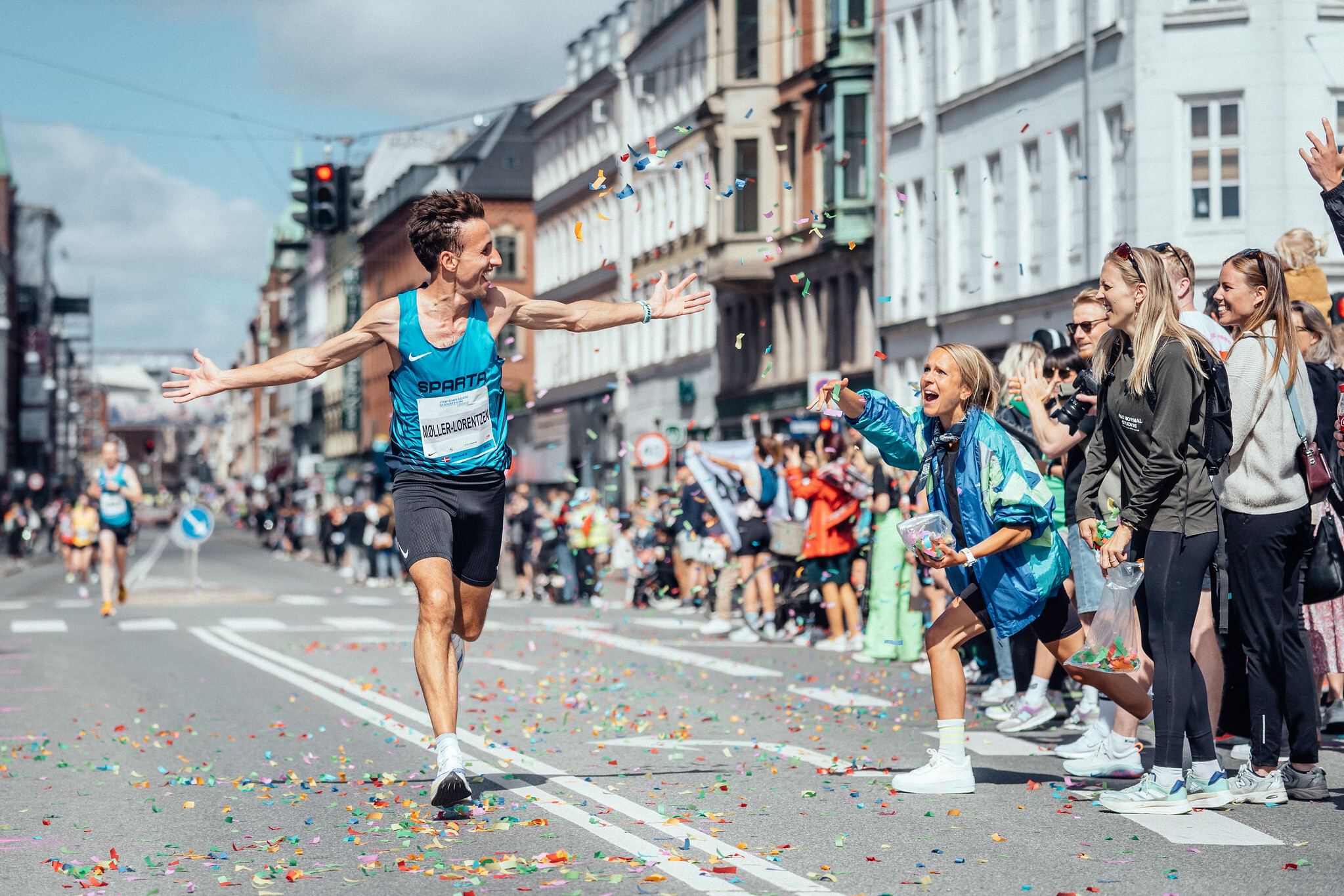
Women’s Elite Field: Ethiopia Stacks the Front Line
The women’s field is also loaded with talent—particularly from Ethiopia. Leading the charge is Tigist Getnet, who ran 2:23:17 in Dubai in 2023. Close behind is Sofia Assefa, the Olympic silver medalist in the steeplechase, now focusing on the marathon. She clocked 2:23:33 last year in Amsterdam.
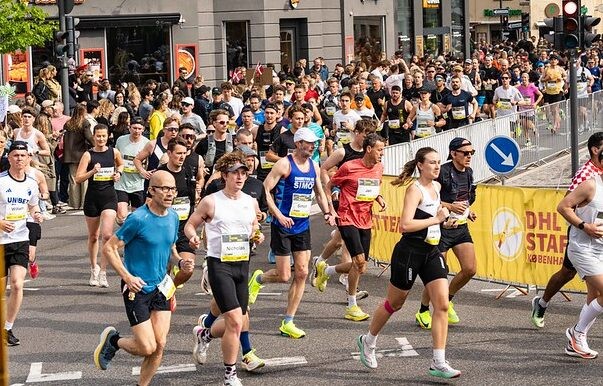
Tigist Gashaw, now competing for Bahrain, recently won the Chongqing Marathon in 2:24:39 and looks poised for another strong showing. Other top Ethiopians include Abebech Afework (2:30:44) and Tinbit Gidey (2:30:09).
Kenya is well represented by Caroline Jepchirchir (2:29:00), Gladys Jemaiyo (1:08:18 for the half marathon), and Charon Kiptugen (1:09:00 for the half).
To challenge the women’s course record of 2:23:14, set by Rodah Chepkorir Tanui of Kenya in 2023, the front-runners will need to go out with intent—but the weather and course could make that goal very realistic.
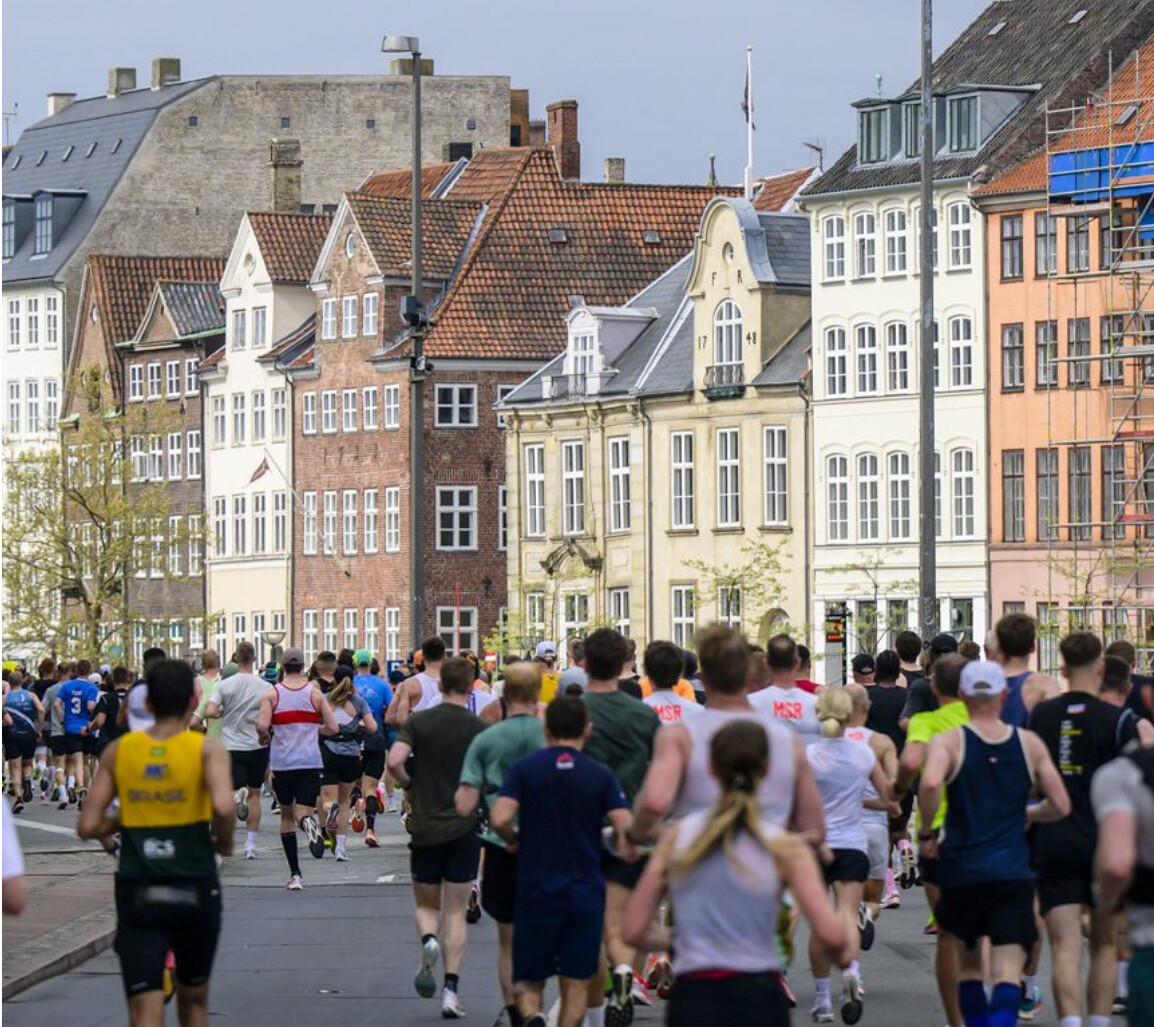
Ready for a Historic Day
The 2025 Copenhagen Marathon is not just the biggest ever in Denmark—it’s shaping up to be one of the fastest as well. With nearly perfect conditions and some of the world’s top endurance athletes toeing the line, Copenhagen is set to host a race that could deliver breakthrough performances, new course records, and personal bests for thousands.
Whether you’re watching from the lead vehicle or tracking from home, Sunday’s race will be one to remember.

by Boris Baron
Copenhagen Marathon
The race is special in many ways But one thing is the course around almost every part of Copenhagen. The course goes to Frederiksberg which is a very beautiful part of the city. Theres a fantastic atmosphere in the city, and a lot of spectators along the route. The course is pretty fast, and the field of elite runners is...
more...Why more runners are making the leap from 5k to 50k and beyond
In the not-so-distant past, ultramarathons were seen as the extreme edge of running—reserved for a rare breed of hardened athletes who thrived in pain caves and ran through mountain storms for fun. But something is changing.
Across the globe, more everyday runners are stretching beyond the familiar finish lines of 5Ks, 10Ks, and marathons to take on the once-daunting 50K. What used to be a niche goal is becoming a natural next step.
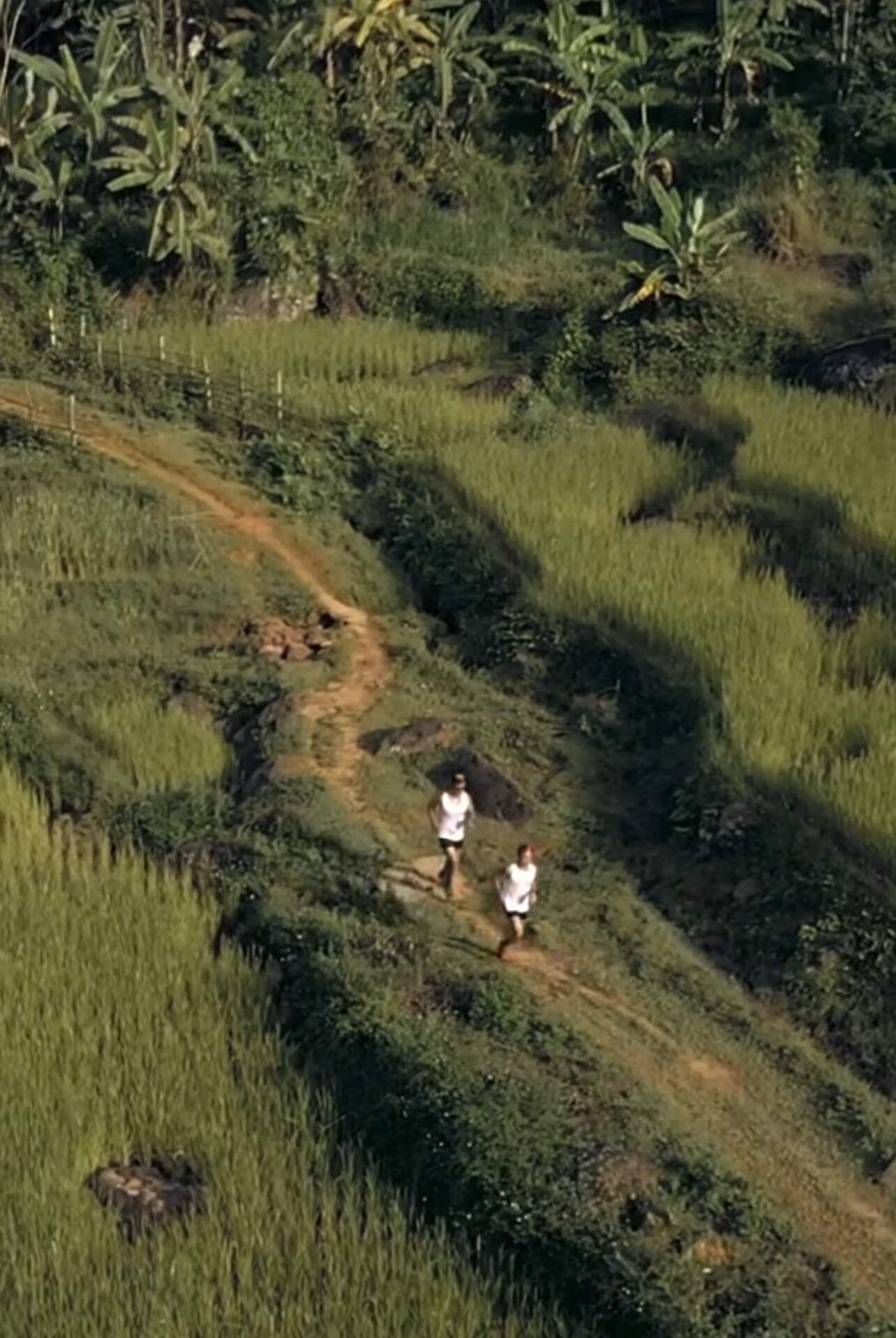
What’s Driving the Ultra Boom?
Social media has played a role, sure. So has curiosity. But at the core, it’s about something deeper.

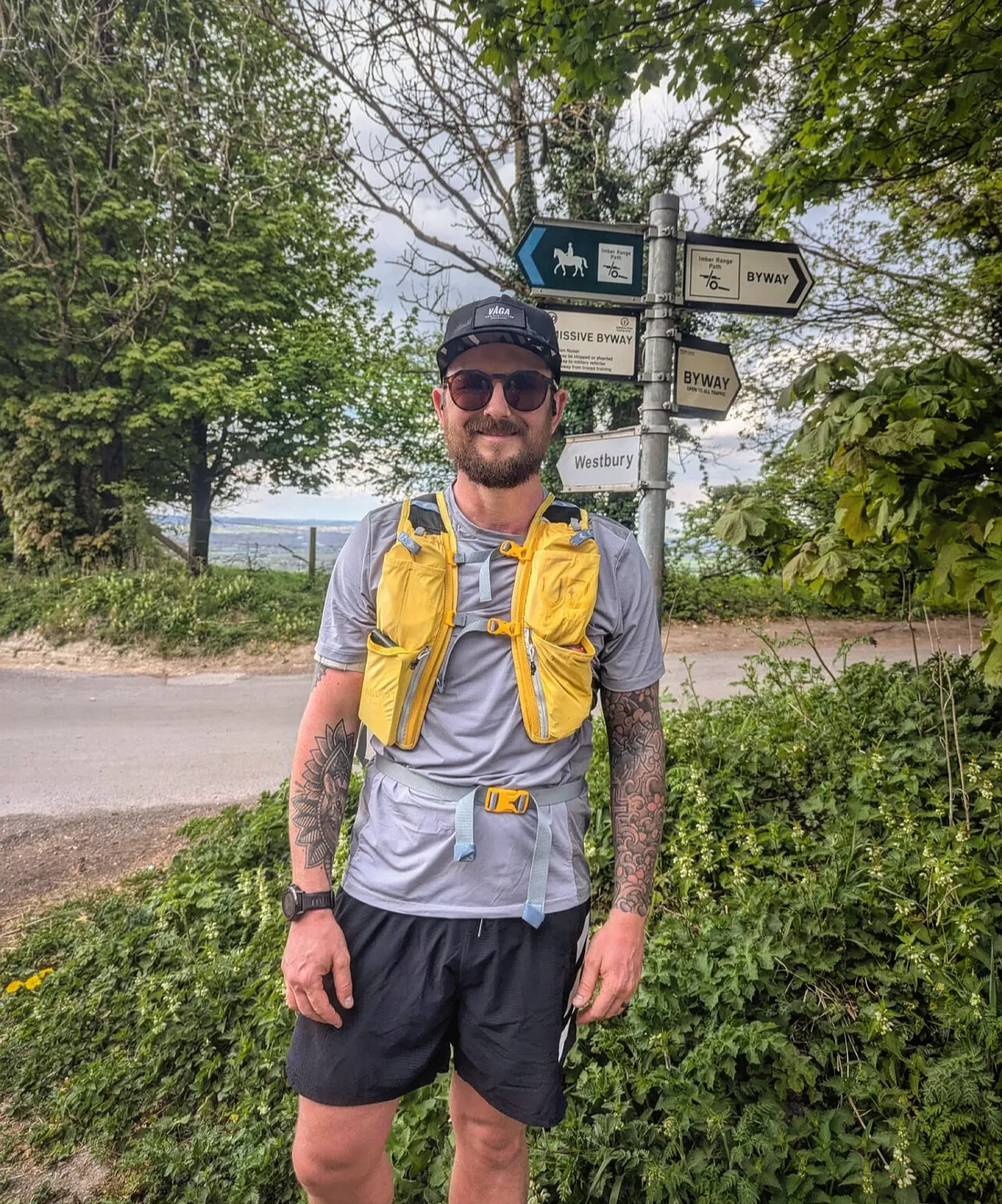
“After I ran my first marathon, I thought that was the pinnacle,” says 37-year-old Julie Ramos, who recently completed her first 50K on the trails outside Asheville, North Carolina. “But a friend talked me into trying a 50K, and it unlocked something I didn’t expect. It wasn’t just harder—it was more meaningful.”
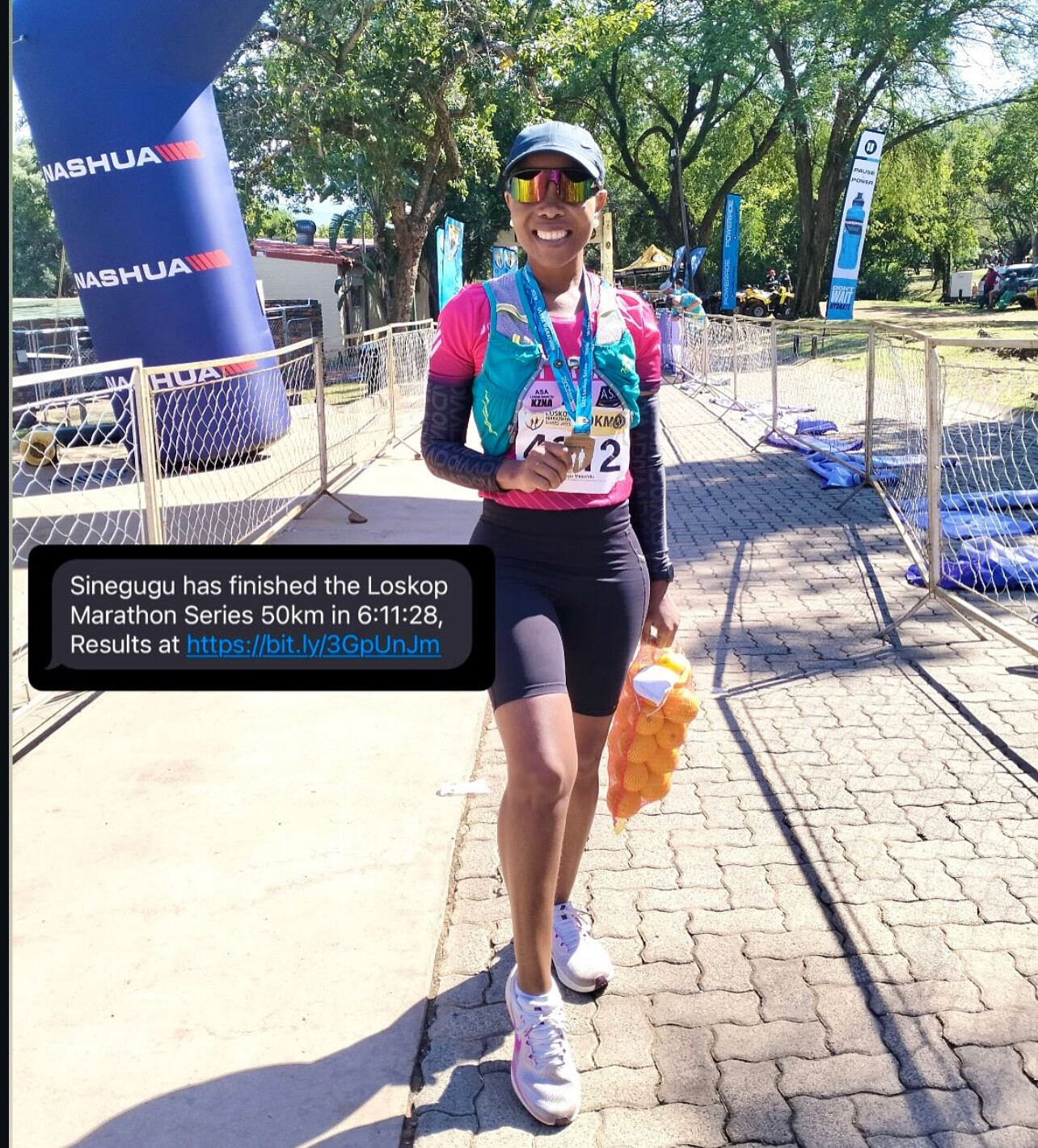
Runners are discovering that going longer doesn’t necessarily mean going faster—it means going deeper. Trail ultras, in particular, emphasize patience, community, and adaptability over raw speed.
From Speed to Sustainability
Unlike the highly structured splits of road races, ultramarathons invite a different rhythm. Walk breaks are expected. Aid stations offer more than water and gels—they serve up peanut butter sandwiches, broth, and even slices of watermelon. The vibe is supportive, not competitive.
“There’s a psychological shift,” says Bob Anderson, founder of My Best Runs. “Many runners are drawn to ultras not because they’re chasing a PR, but because they want to test their limits in a new way. There’s a freedom in going long.”
Making the Leap: What to Know
1. Mileage Must Rise Slowly: You don’t go from 5K to 50K in a month. Most runners build over 6 to 12 months, increasing their long runs gradually and incorporating back-to-back long days on weekends.
2. Fueling Is a Skill: Unlike a 10K, you can’t get through a 50K on water and grit alone. Learning how to eat during your run—without upsetting your stomach—is essential.
3. Recovery Is a Priority: Because weekly mileage often exceeds marathon training, recovery—sleep, stretching, rest days—is no longer optional. It’s the foundation.
4. Your Mind Is Half the Battle: Many first-time ultrarunners say the final miles are more mental than physical. Developing mental strategies (mantras, visualization, focusing only on the next aid station) is key.
The 50K as the Gateway Ultra
The 50K, just over 31 miles, has become the entry point for most new ultrarunners. It’s a logical step from the marathon, with just 5 more miles—but those extra miles often take place on trails, where terrain and elevation replace city streets and cheering crowds.
“There’s something raw and pure about it,” says 29-year-old Aaron Cho, who finished his first trail ultra last month in Utah. “It feels like running stripped down to its essence.”
Final Stride
Ultras aren’t just about distance—they’re about rediscovering your relationship with running. As more 5K and 10K runners look for new goals, the 50K offers a powerful alternative to racing faster: running farther, with purpose.
And for many, that’s exactly what they’ve been looking for.
(05/07/2025) ⚡AMPby Boris Baron
Oscars Bump the LA Marathon Off Its March 15 Date — What Runners Need to Know
The 2026 Los Angeles Marathon will not take place on March 15 as originally planned. That date now belongs to the Oscars.
After weeks of behind-the-scenes negotiations, Los Angeles Mayor Karen Bass brokered an agreement between the McCourt Foundation, which organizes the marathon, and the Academy of Motion Picture Arts and Sciences. The result: Hollywood’s biggest night stays on schedule, while 25,000 runners, thousands of volunteers, and months of race prep will now pivot to a new date—yet to be announced.

Why the Change Matters to Runners

For serious runners, a marathon isn’t just a weekend event—it’s the culmination of a finely tuned training cycle that can last four to six months. Moving the race date throws off race-day pacing, tapering schedules, and peak performance planning. A March 15 marathon typically means starting heavy training in November. Runners may now need to reset their cycles entirely, depending on how late in March the new date lands.
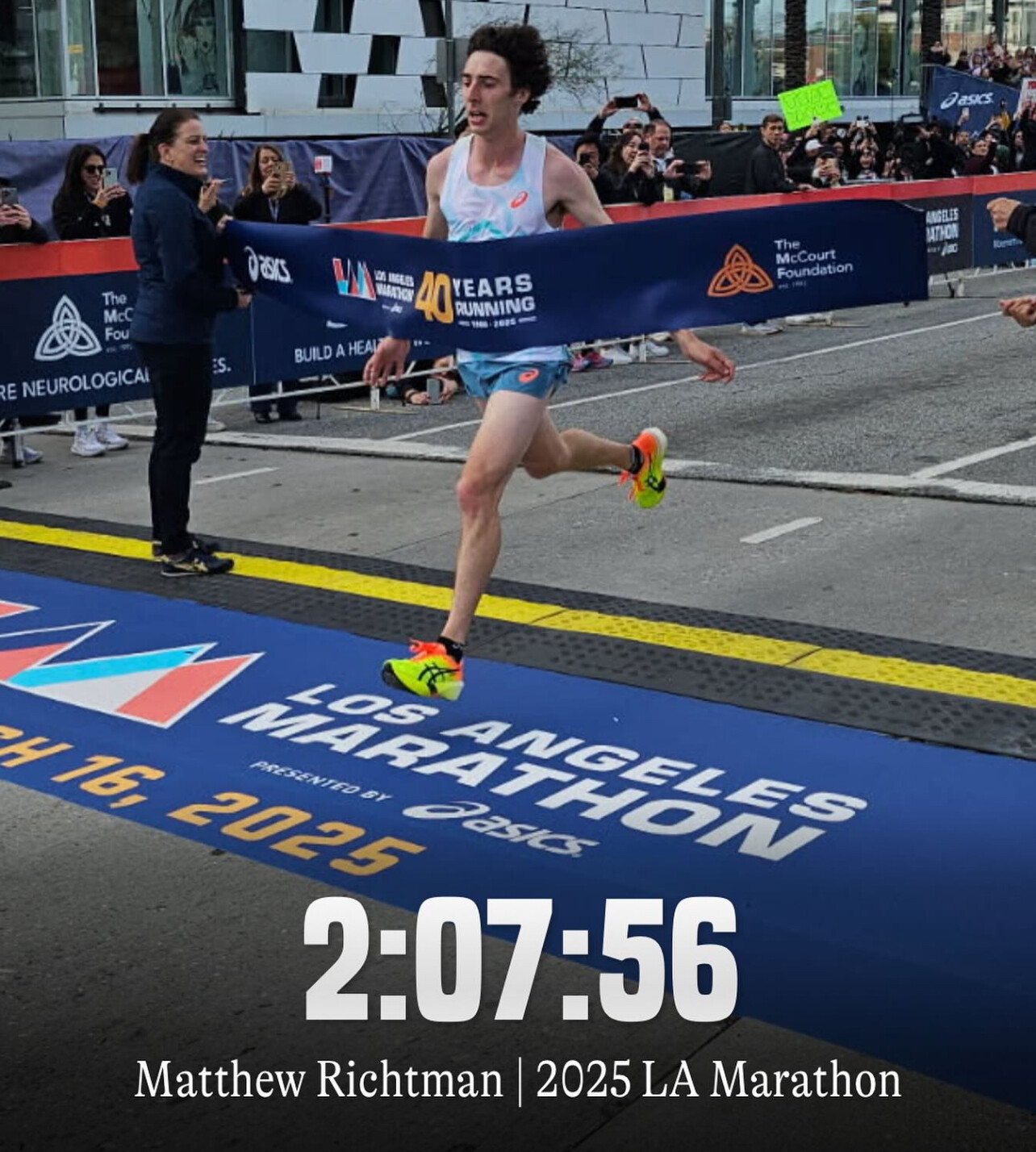
From a logistics standpoint, the Oscars and the marathon simply couldn’t coexist. The LA Marathon runs directly past the Dolby Theatre—home of the Academy Awards. Cleaning the course and securing the red carpet area within a few hours of 25,000 runners moving through was always going to be unrealistic.
“There are two major facilities—Dodger Stadium and Century City—connected by what’s really a 26-mile stage,” said Murphy Reinschreiber, COO of the McCourt Foundation. “The number of people, communities, and businesses impacted by a date change is mind-boggling.” And yet, the show must go on—for Hollywood.
Runners Left in Limbo

Over 5,000 people had already registered for the 2026 marathon. Organizers are offering full refunds, but for many runners, that doesn’t undo the disruption to travel plans, accommodations, or their training momentum.
While the Academy has agreed to keep the third Sunday of March reserved for the marathon in future years, 2026 is a reminder that endurance sports—even ones with 25,000 participants—still take a back seat to red carpets and TV ratings in Los Angeles.
To add further complexity, the LA Marathon has a history of calendar shifts. It moved to Memorial Day in 2009, ran alongside the Olympic Trials in 2016, and was postponed to November during the pandemic. But this latest move—prompted not by weather or global events, but by entertainment scheduling—feels like a blow to the running community.
Looking Ahead
No new race date has been announced yet. Runners hoping to use LA 2026 as a Boston qualifier or spring PR race will need to keep options open—and perhaps reconsider race calendars altogether.
As the marathon world continues to grow and intersect with larger city-wide events, this situation serves as a reminder: even the best-planned races aren’t immune to outside forces.
(05/06/2025) ⚡AMPby Boris Baron
Bodey Lutes Breaks Prefontaine’s 800m Record at Marshfield High
A new chapter has been written in the storied history of Marshfield High School’s track program. On May 2, senior Bodey Lutes broke the school’s 800-meter record with a time of 1:53.00, surpassing a mark set by none other than running legend Steve Prefontaine, who held the previous record of 1:53.8 for over 50 years.
Lutes’ performance came on the Pirates’ home track in Coos Bay, Oregon—just miles from where Prefontaine’s legacy began. Social media lit up with praise for the standout senior, with fans calling the effort “an incredible accomplishment” and some suggesting he now deserves a mural of his own—alongside the iconic image of Pre that already adorns school walls.

Prefontaine, who graduated in 1969, went on to become one of America’s most celebrated distance runners, holding numerous American records and captivating the world with his fearless front-running style. For Lutes to break one of his school records is not just a personal triumph—it’s a moment that links past and present in Oregon’s rich running tradition.
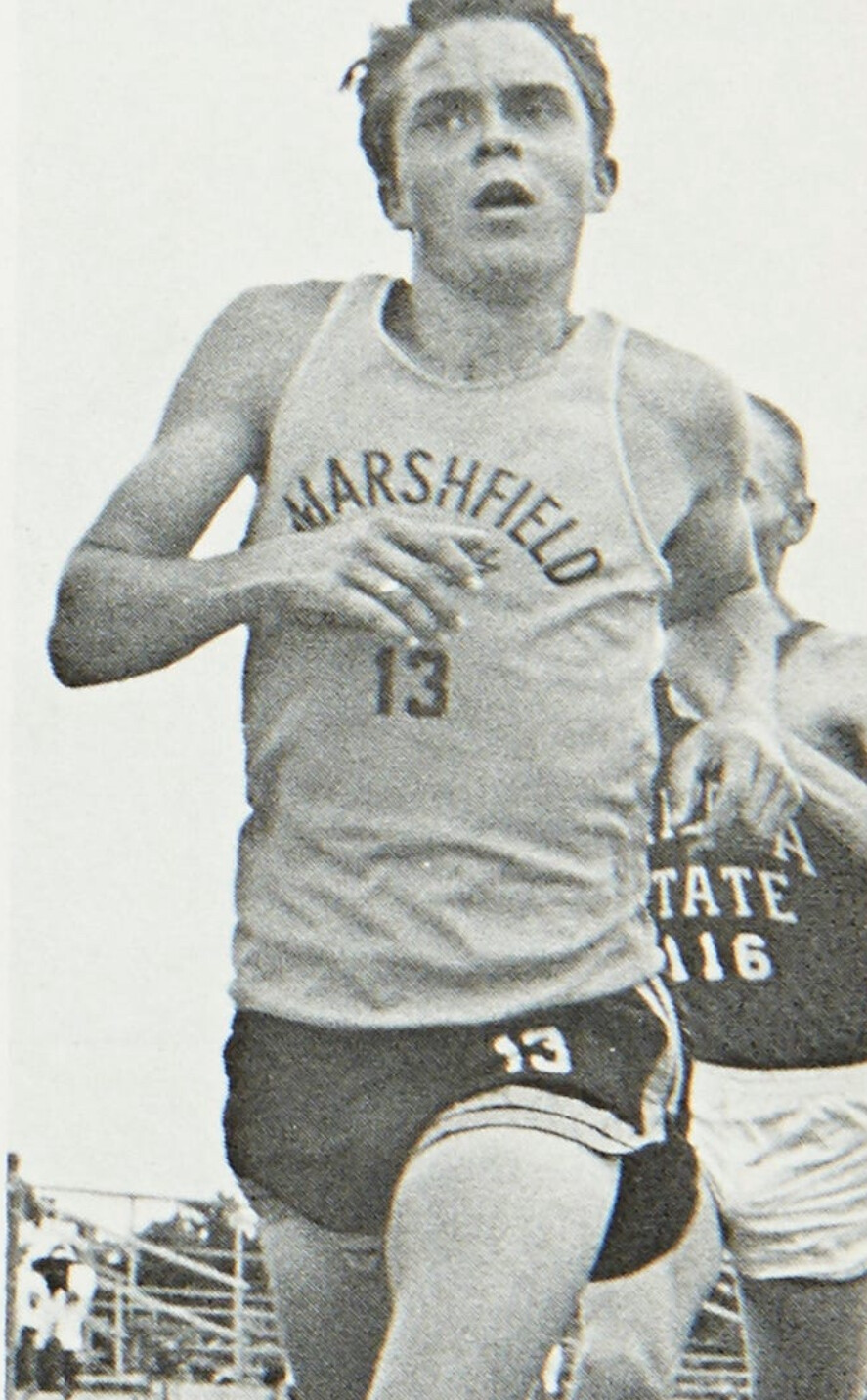
“It’s an honor just to be mentioned alongside Prefontaine,” Lutes said. “He paved the way for so many runners, and to be part of that story now means everything.”

As Bodey Lutes prepares for state championships and a future that likely includes collegiate competition, his name is now forever etched in Marshfield history—right next to one of the greatest names in the sport.
(05/06/2025) ⚡AMPby Boris Baron
The Importance of Recovery Runs in Distance Training
As distance runners, we're often tempted to push ourselves to the limit in every workout, believing that more intense training will yield better results. However, this approach can lead to burnout, injury, and stagnation. That's where recovery runs come in – a crucial yet often overlooked component of a well-structured training plan.
What are Recovery Runs?

Recovery runs are easy, low-intensity runs that take place after a hard workout or long run. They're designed to help your body recover from the stress and strain of intense training, promoting blood flow, and flushing out waste products that can build up in your muscles.
Why are Recovery Runs Important?
1. Reduces Muscle Soreness: Recovery runs help to reduce muscle soreness and inflammation by increasing blood flow and promoting the removal of waste products.
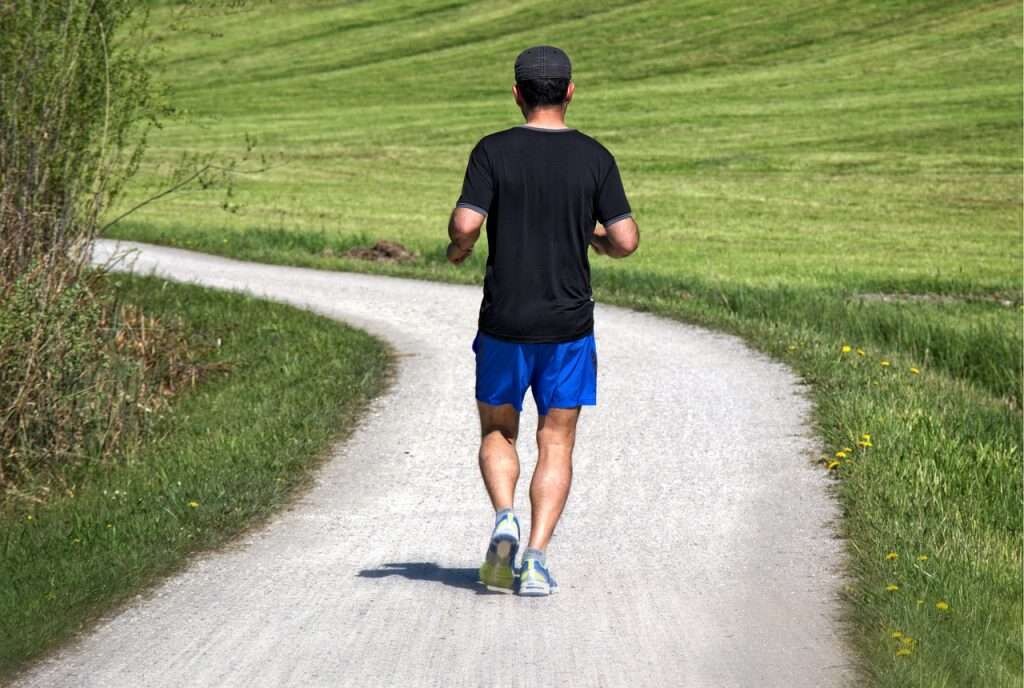
2. Promotes Active Recovery: Recovery runs keep your muscles active, which can help to prevent stiffness and promote faster recovery.
3. Maintains Fitness: Easy runs keep your cardiovascular system working, maintaining your fitness level without putting excessive strain on your body.
4. Mental Break: Recovery runs can provide a mental break from the intensity of training, helping to reduce stress and prevent burnout.
How to Incorporate Recovery Runs into Your Training
1. Keep it Easy: Recovery runs should be significantly easier than your hard workouts. Aim for a pace that's 1-2 minutes slower per mile than your normal easy run pace.
2. Keep it Short: Recovery runs should be shorter than your normal runs. Aim for 20-30 minutes, or 3-5 miles.
3. Listen to Your Body: If you're feeling extremely fatigued or sore, it may be better to take an active rest day or cross-train instead of doing a recovery run.
4. Make it a Habit: Incorporate recovery runs into your training schedule, ideally after hard workouts or long runs.
Tips for Making Recovery Runs More Effective
1. Focus on Form: Pay attention to your running form, making sure to maintain good posture, foot strike, and stride length.
2. Stay Relaxed: Keep your arms and shoulders relaxed, and try to enjoy the scenery around you.
3. Use Music or Podcasts: Listening to music or podcasts can help distract you from any discomfort and make the run more enjoyable.
4. Get Creative: Mix up your recovery run route or try running at a different time of day to keep things interesting.
Recovery runs are a vital component of distance training, allowing your body to recover, rebuild, and adapt to the demands of running. By incorporating recovery runs into your training schedule, you'll be able to perform at a higher level, reduce your risk of injury, and enjoy the process of training. So next time you're feeling tempted to skip recovery runs, remember: they're not just a necessary evil, but a key to unlocking your full potential as a distance runner.
Ready to put these tips into practice? Share your favorite recovery run routes or tips with us on social media using #MyBestRuns!
(05/06/2025) ⚡AMPby Linda Porter
Tommy Hughes at 65 Still Breaking Records and Defying Expectations
Tommy Hughes is not just running into his golden years—he’s racing through them at world-record pace. Now 65 years old, the legendary Irish marathoner continues to show that age is just a number when matched with grit, discipline, and passion.
Born on January 8, 1960, Hughes has been rewriting the masters record books for the past several years. At age 60, he stunned the running world by clocking a 2:30:02 marathon, setting a new M60 world record—a blistering pace of 3:33 per kilometer. But he hasn’t stopped there.
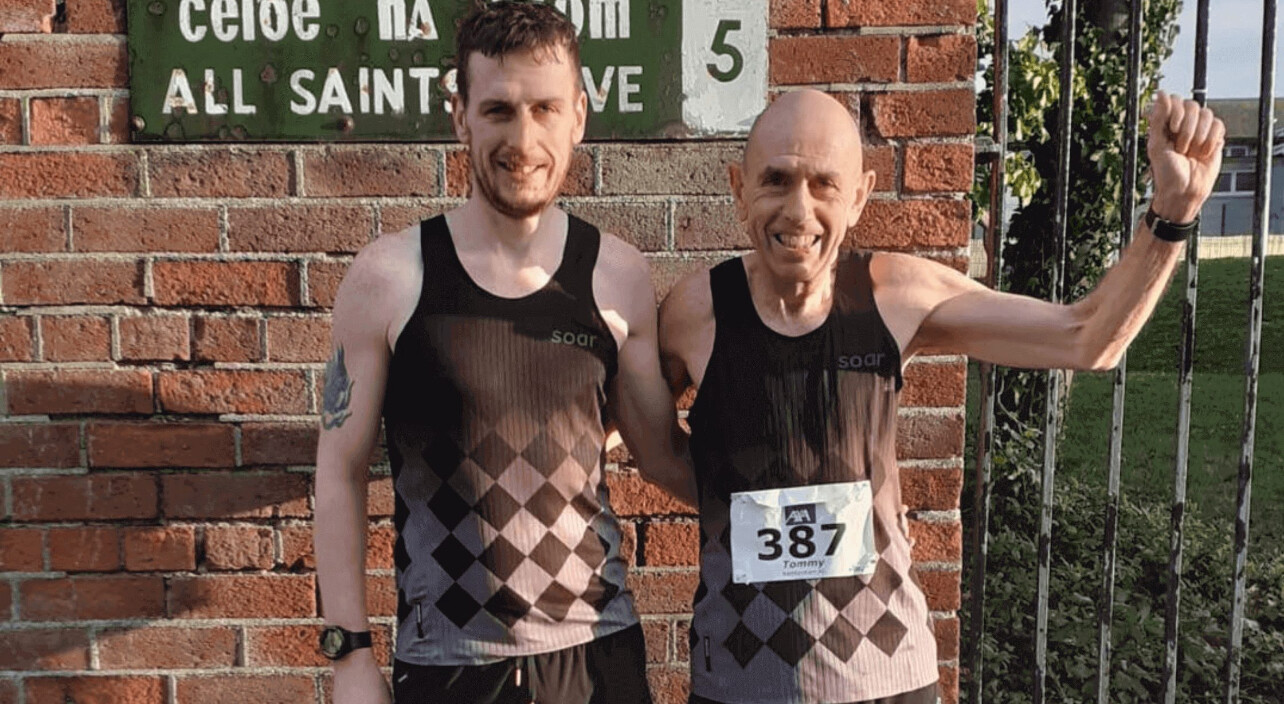
In May 2024, at 64 years old, Hughes ran the Belfast Marathon in 2:36:37, setting a new single-age world record for age 64. Despite battling a severe cold, he executed a well-paced race with a negative split, proving once again that his training and racing instincts are second to none.
Just two months later, in July 2024, Hughes added another major accomplishment to his resume by breaking the M60 10-mile world record, clocking 58:13 at the Portaferry 10-mile race—surpassing the legendary Ed Whitlock’s previous mark.
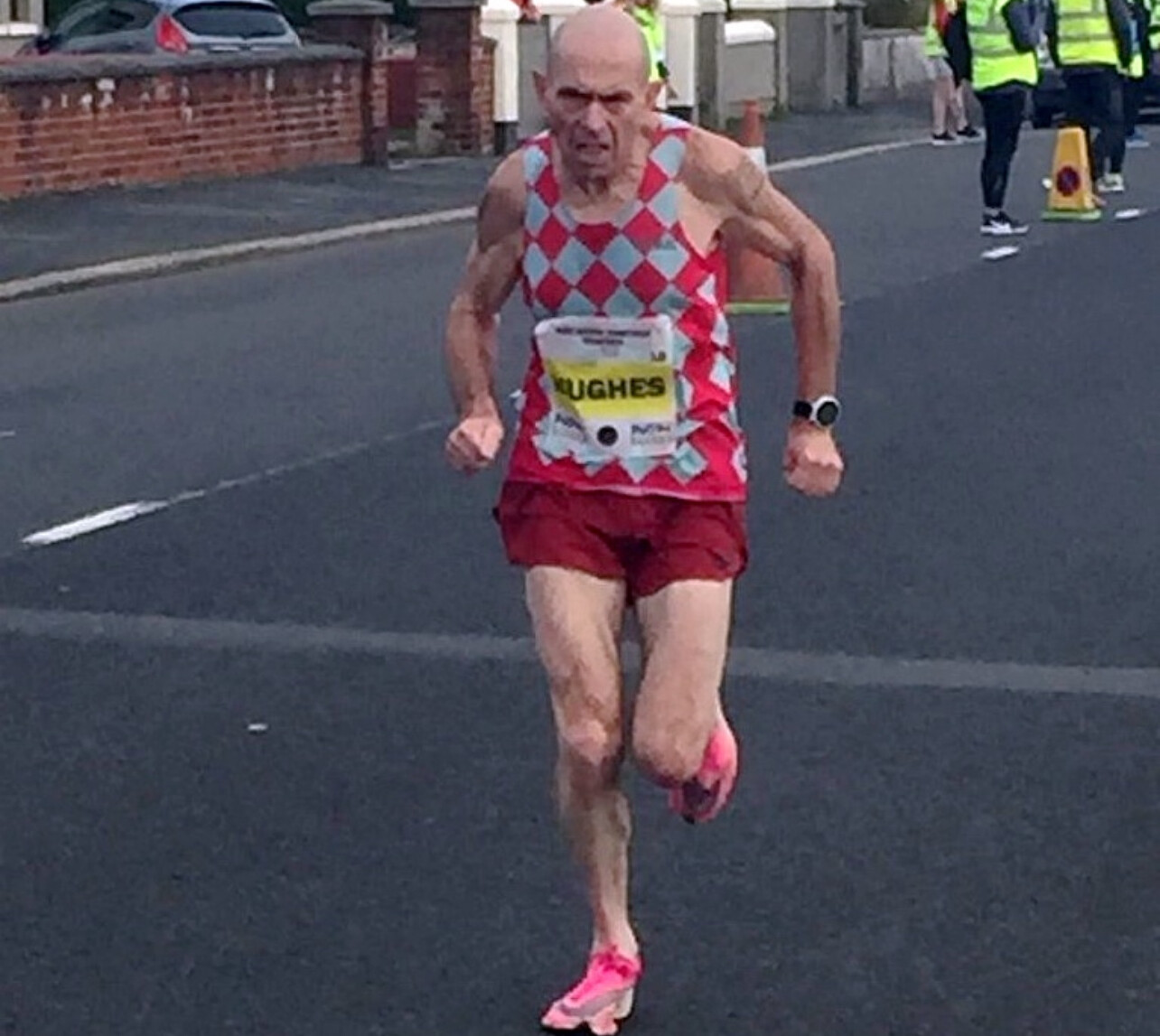
Now in the M65 age group, Hughes has his sights set on the marathon world record for this category: 2:41:57. Given his consistency and recent form, the running community is watching closely—few would be surprised if he takes that record down too.
Hughes’ achievements are all the more remarkable considering his personal journey. He began running at age 23, worked for decades as an electrician, and overcame serious challenges, including a battle with alcoholism. In 2018, he had surgery for a parathyroid tumor—a turning point that led him to embrace sobriety and double down on his running.
In addition to his individual accolades, Hughes shares a unique father-son accomplishment: in 2019, he and his son Eoin set the Guinness World Record for fastest combined father-son marathon time(Tommy in 2:27:52 and Eoin in 2:31:30 at the Frankfurt Marathon).
Today, Hughes helps with his daughter’s business and continues to train with the same determination he had decades ago. His story is one of persistence, reinvention, and inspiration—not just for master runners, but for athletes of all ages.
Tommy Hughes proves that you don’t age out of greatness—you just run into it.
(05/05/2025) ⚡AMPby Boris Baron
Meg Eckert Smashes World Record running Over 600 Miles in Six Days
American ultrarunner Meg Eckert has just rewritten the record books. Covering a jaw-dropping 603.156 miles (970.685 kilometers) over six days, Eckert shattered the women’s six-day world record at the 24H World Challenge in Policoro, Italy, making headlines in the ultrarunning world.
The previous record of 576.6 miles (928.1 km) was held by Australia’s Dipali Cunningham, set in 2001. Eckert not only surpassed that mark—she obliterated it with consistent pacing, minimal rest, and an iron will that held up through blistering heat, exhaustion, and the mental toll of running for nearly a full week.
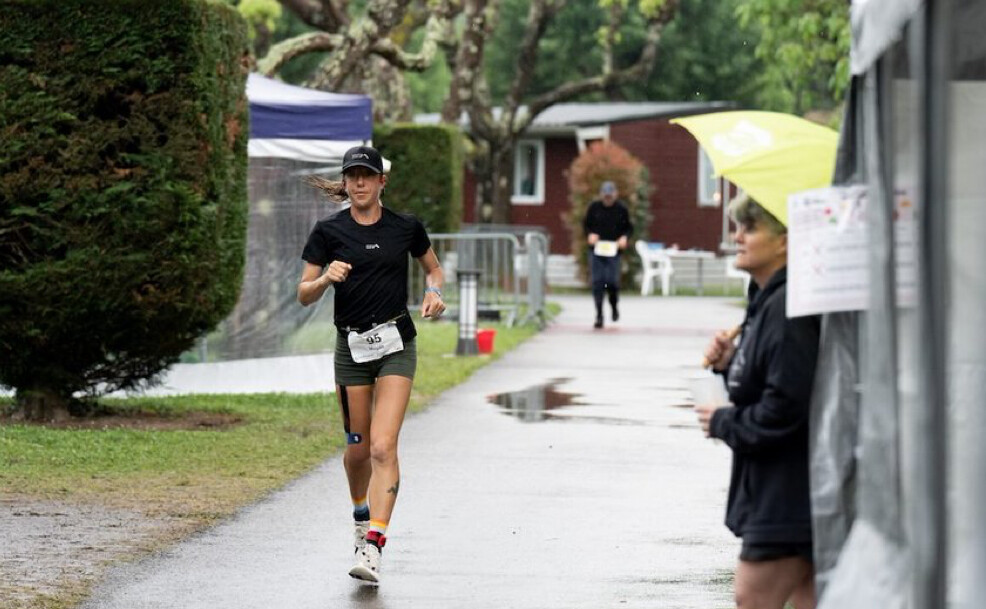
The six-day race is one of the ultimate endurance tests in ultrarunning, requiring not just physical toughness but strategic discipline. Athletes eat, rest, and sleep in short bursts, logging as many miles as possible around a looped course. Eckert averaged over 100 miles per day, an incredible feat. Many runners only average this in an entire month.
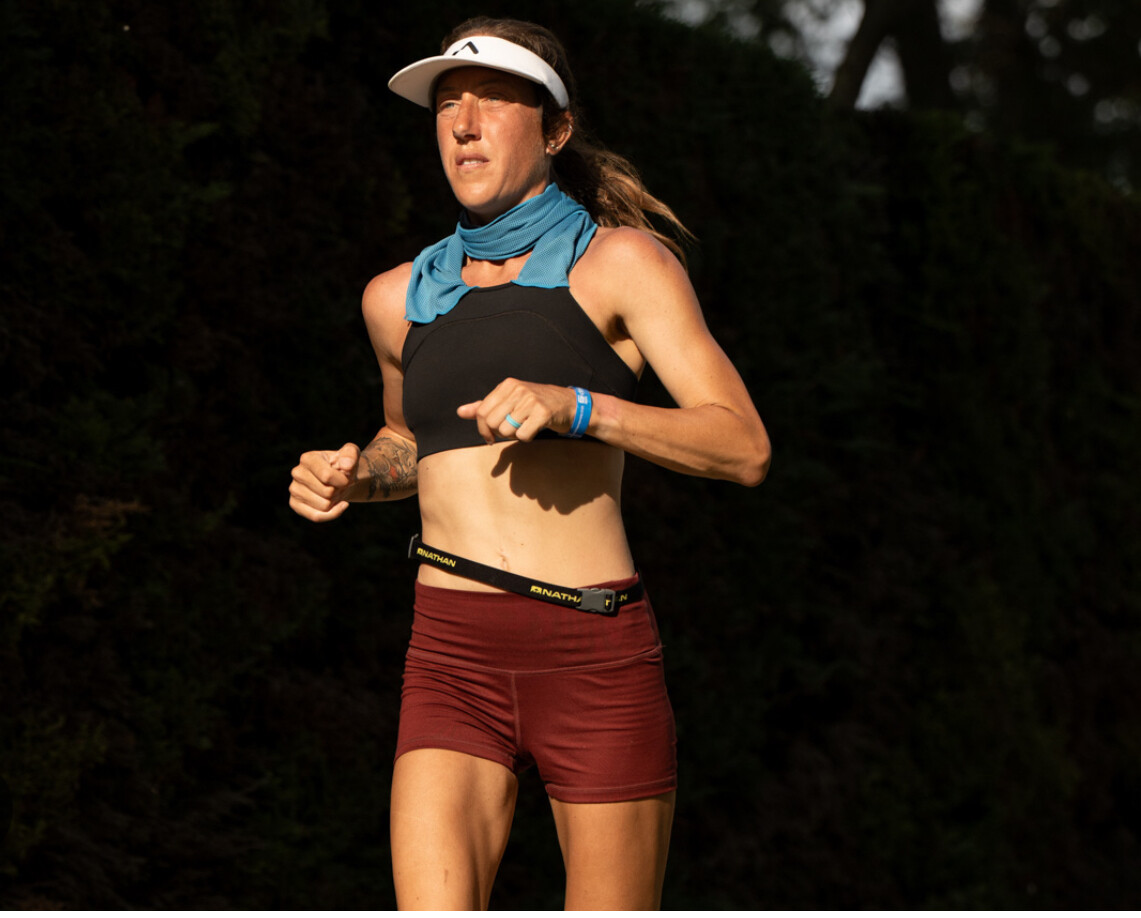
Eckert, 42, from the United States, has long been respected in the ultra community, but this performance launches her into an elite tier of historical significance. Her run wasn’t just about physical achievement—it was a showcase of mental strength and deep experience with multi-day racing.

“It was about being in the moment, one lap at a time,” Eckert said afterward. “I knew what I was capable of, but to actually do it… that took everything.”
As more runners continue to push the boundaries of what the human body and mind can handle, performances like Eckert’s redefine the limits of endurance running. Her new world record is expected to stand as a monumental benchmark for years to come.
(05/05/2025) ⚡AMPby Boris Baron


